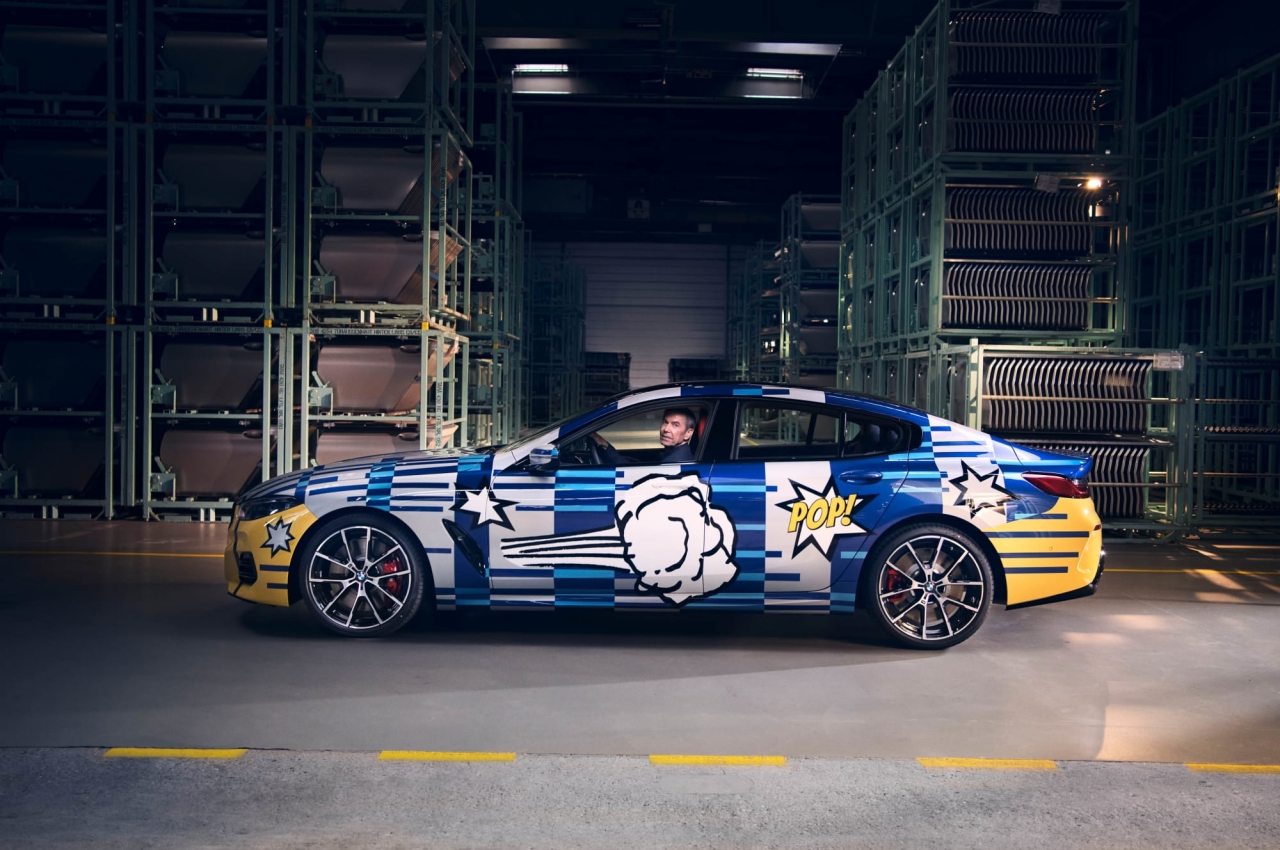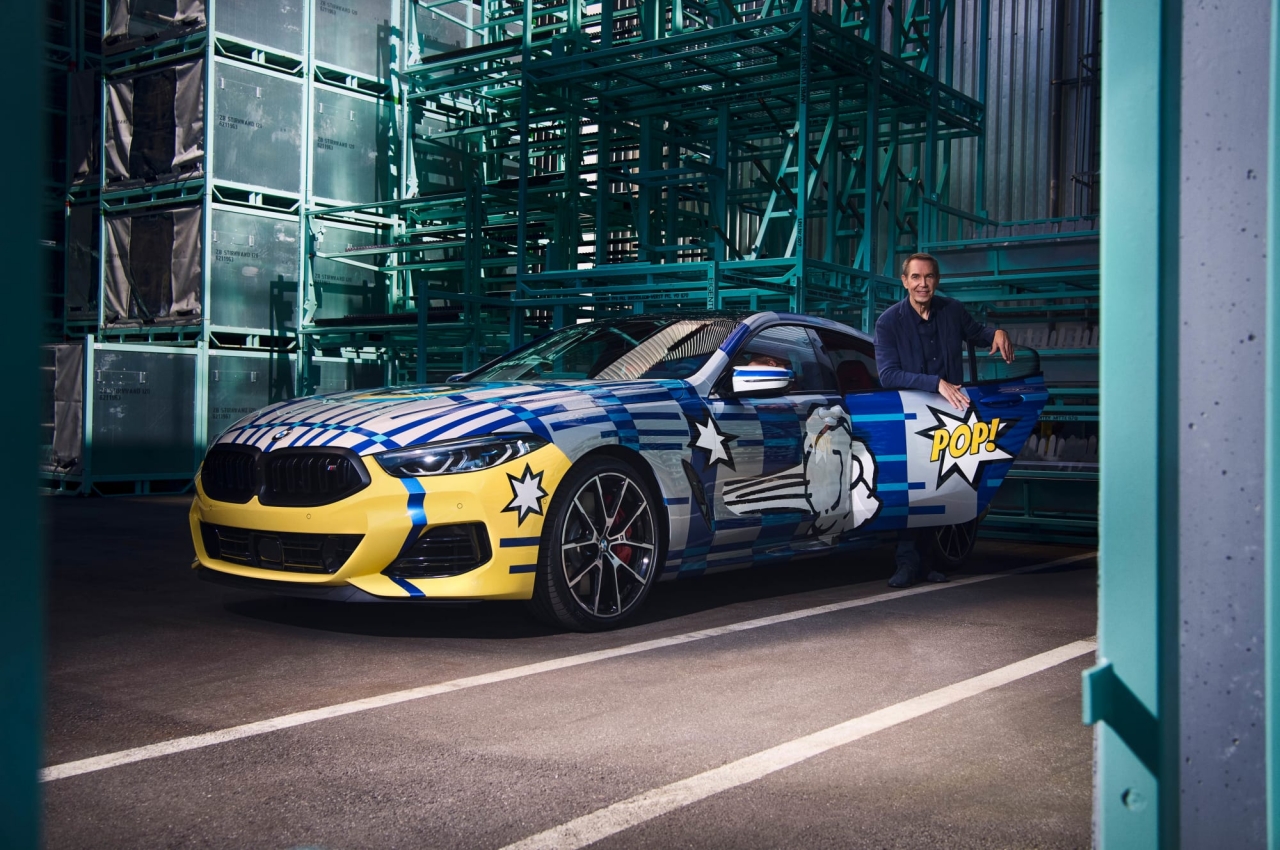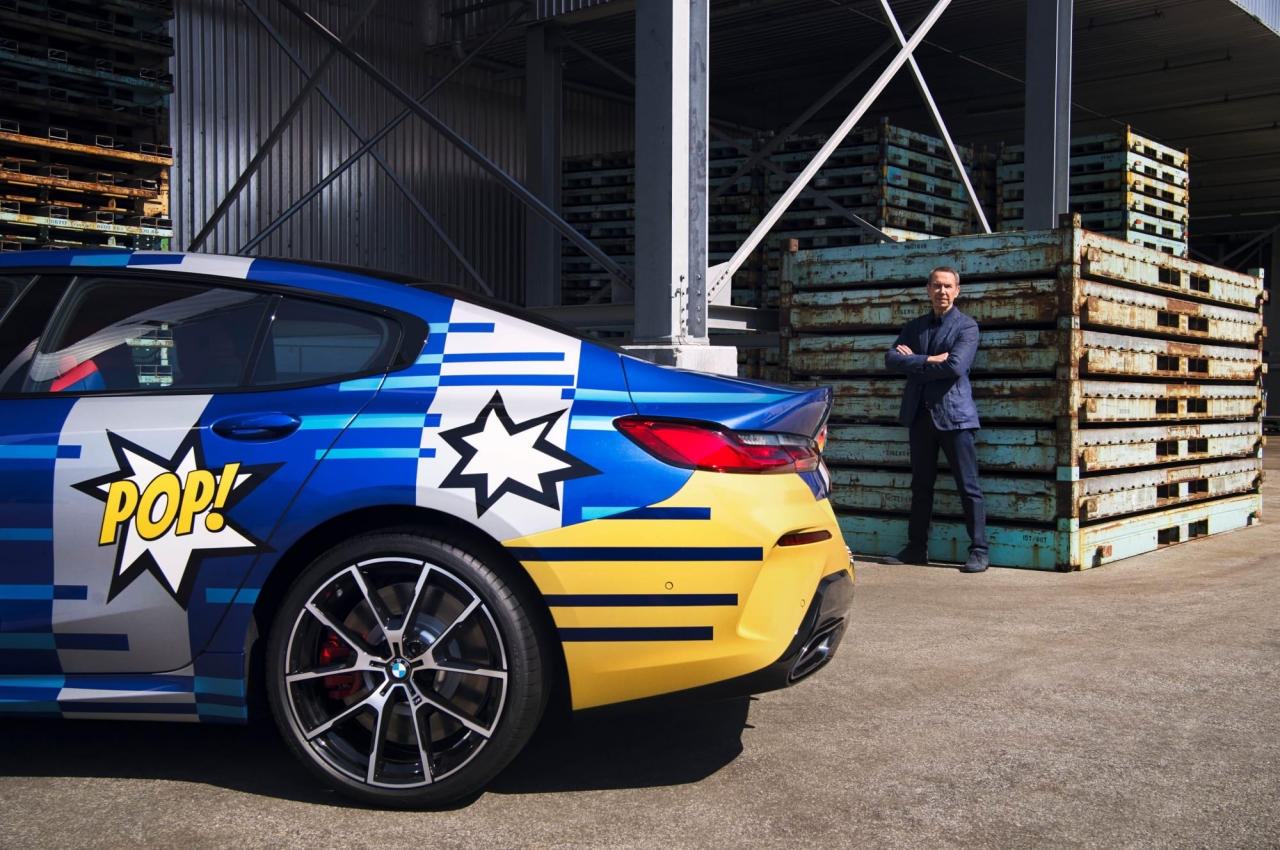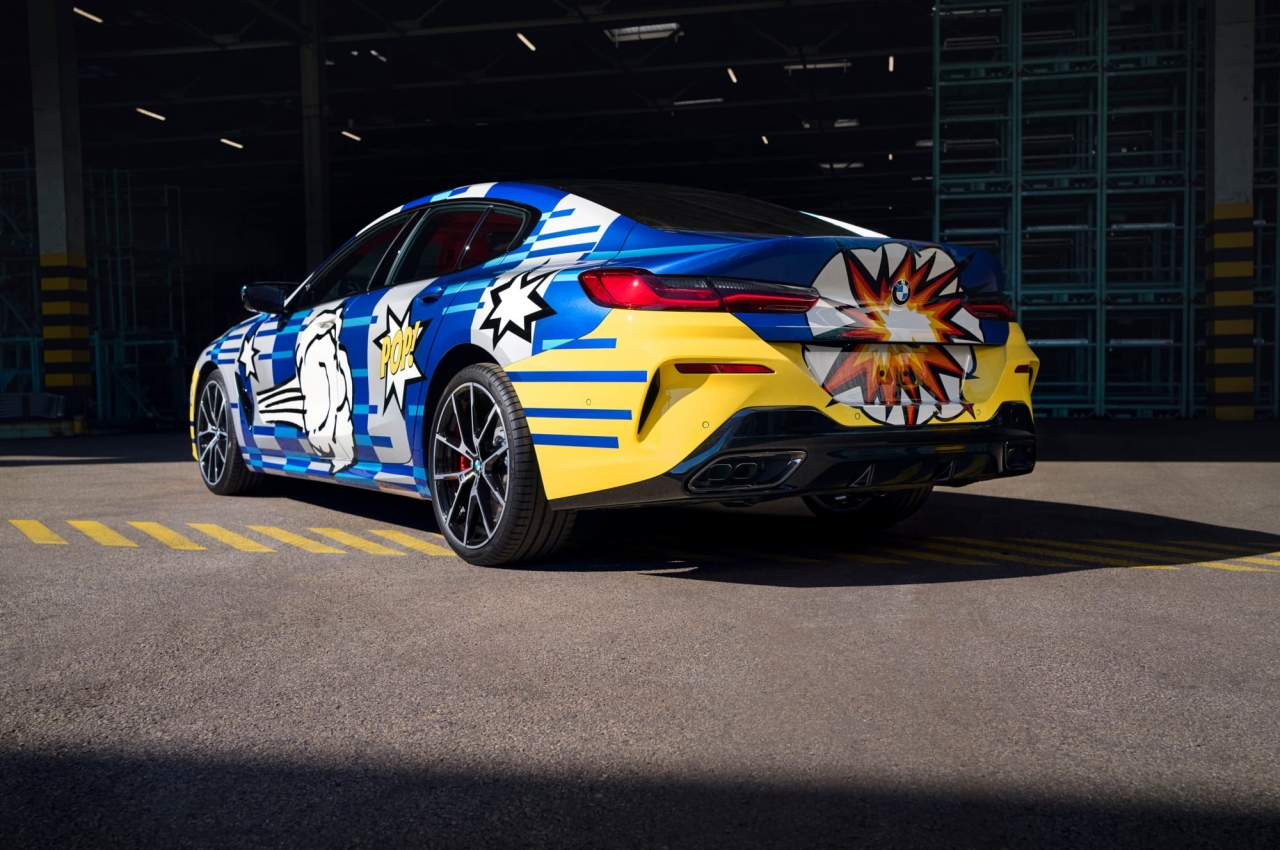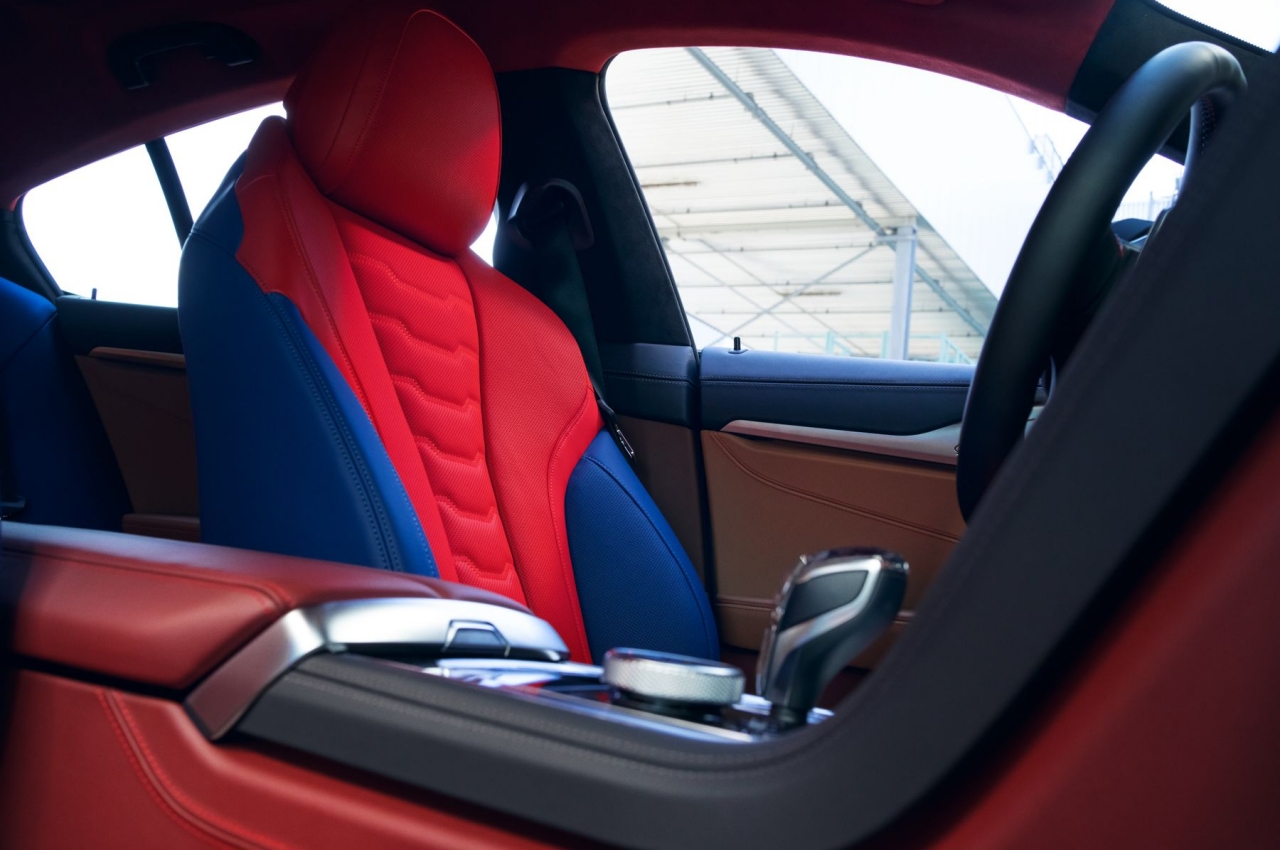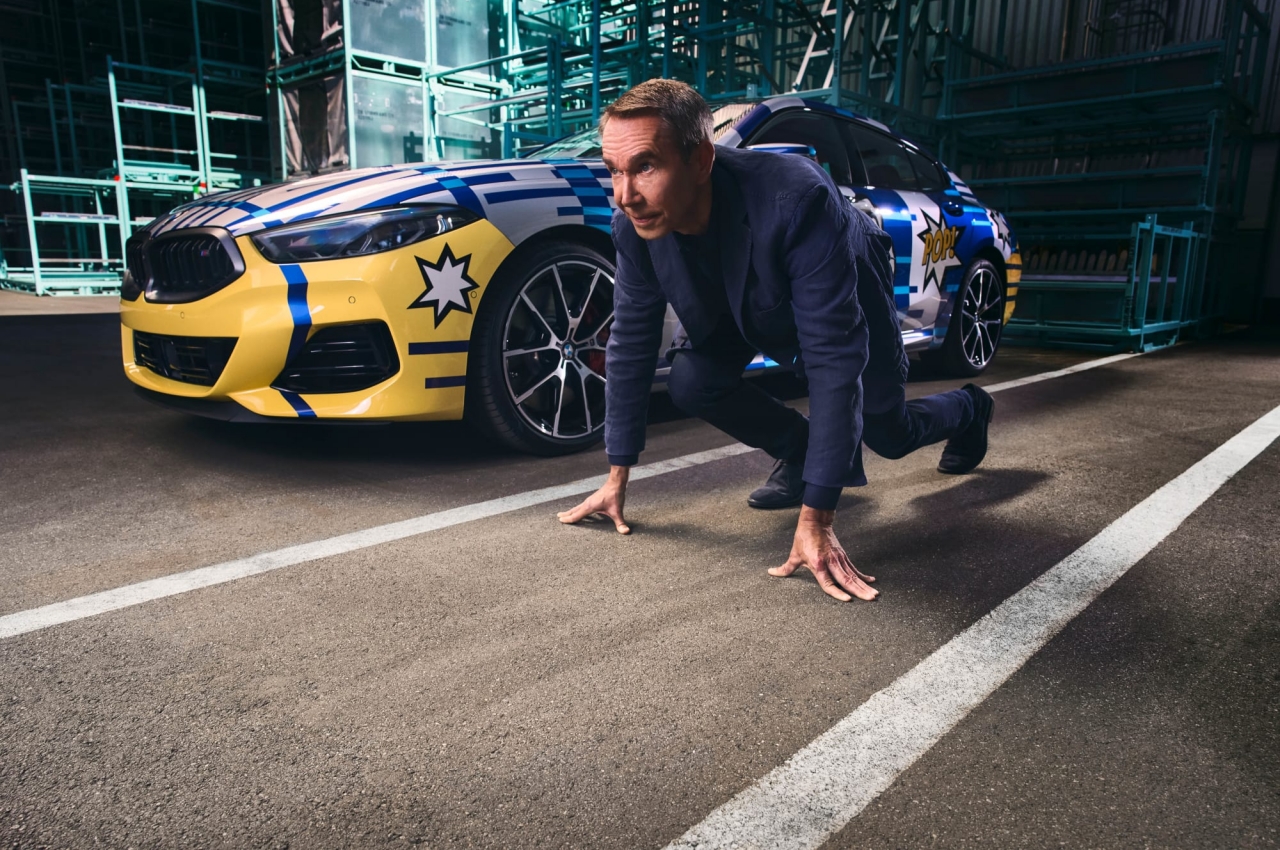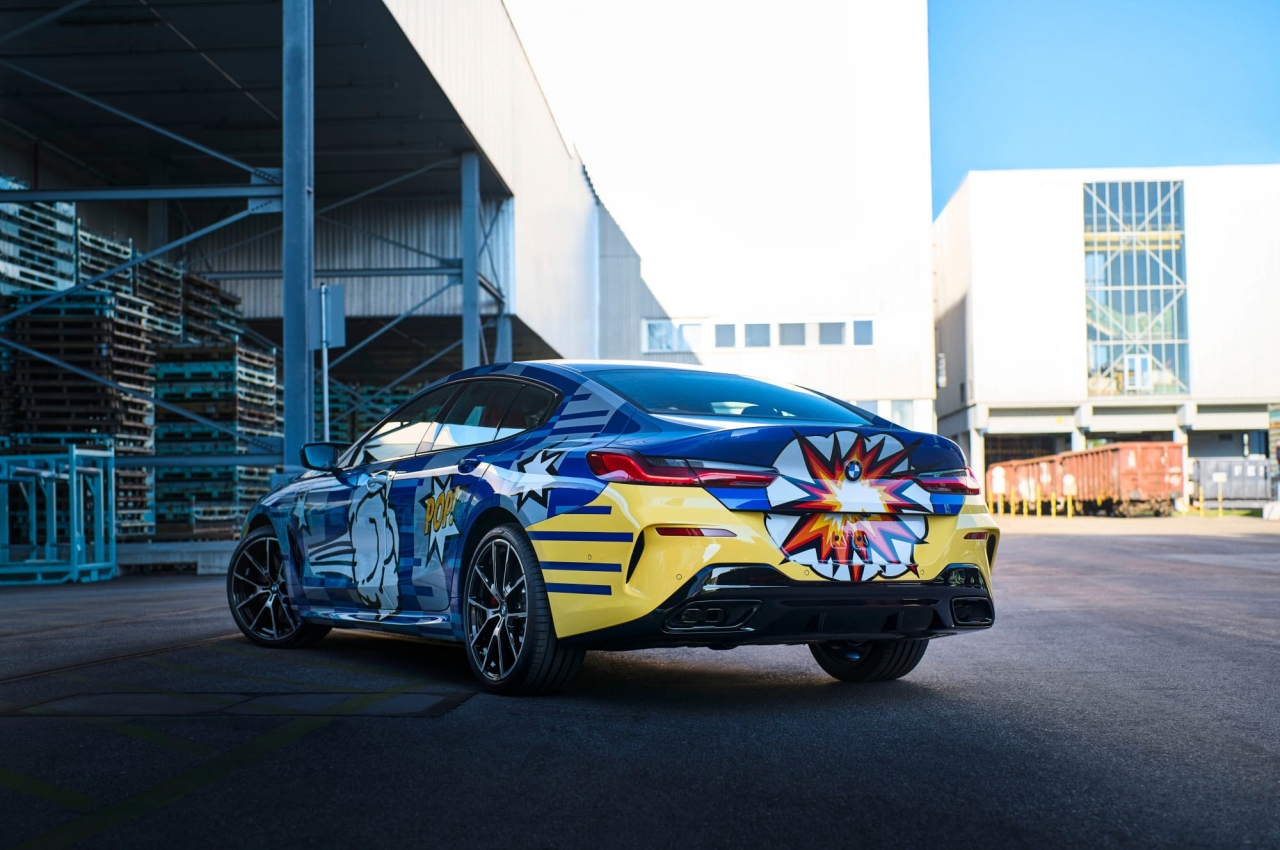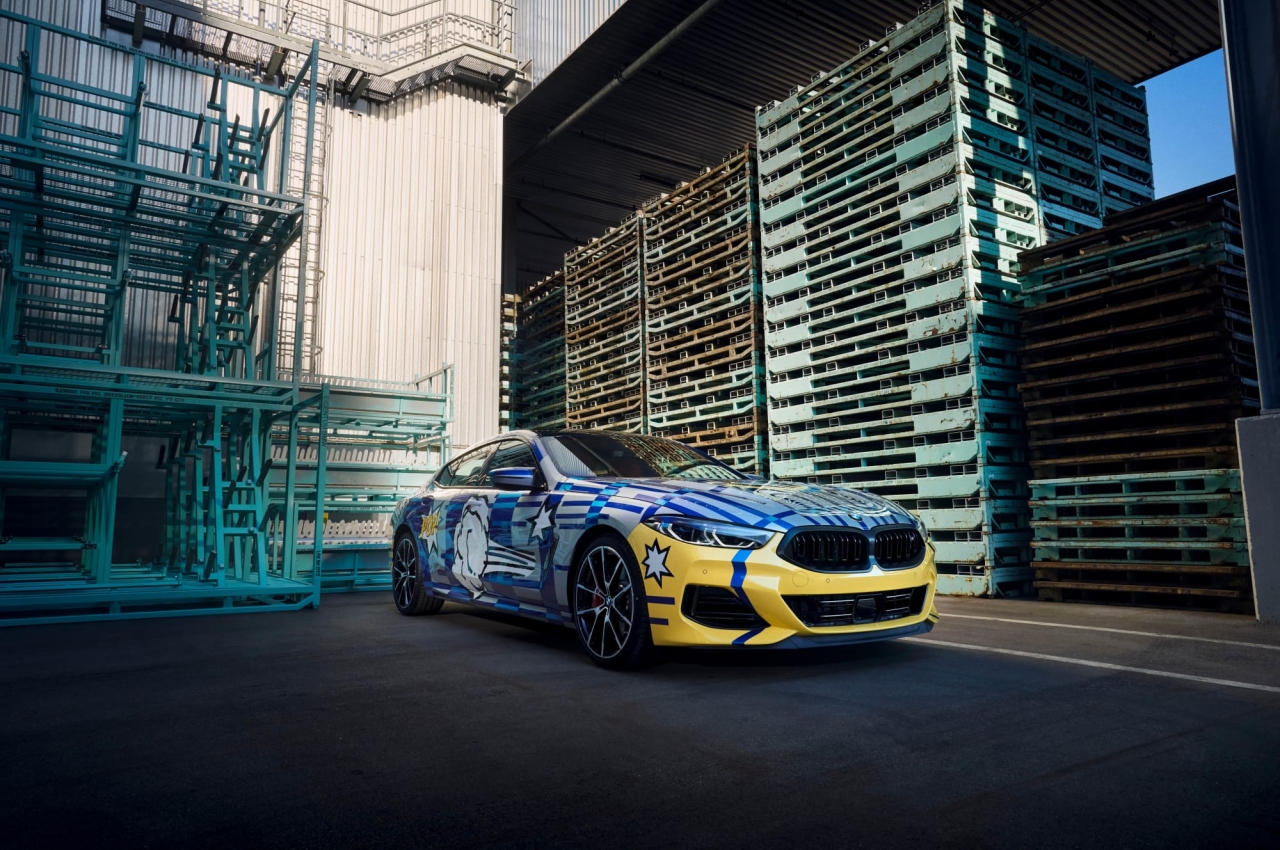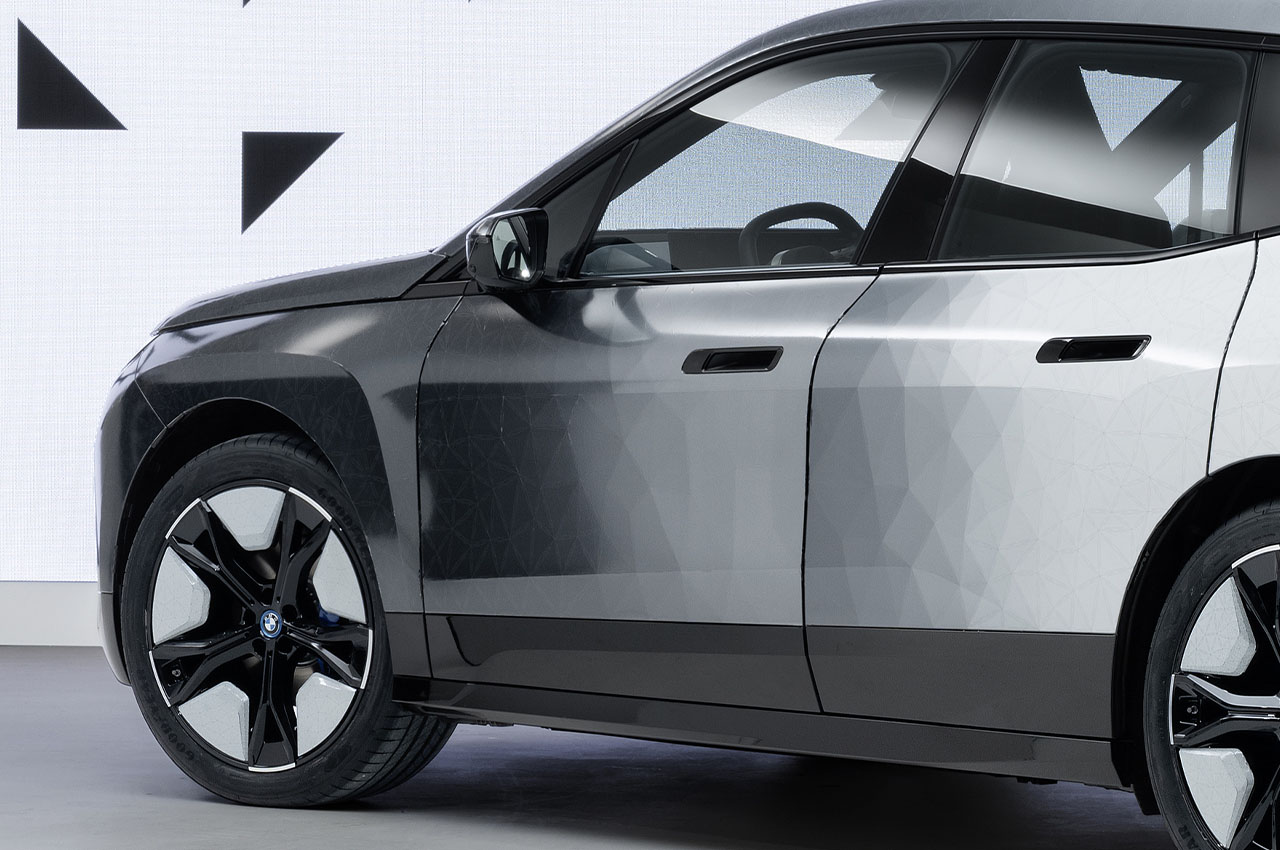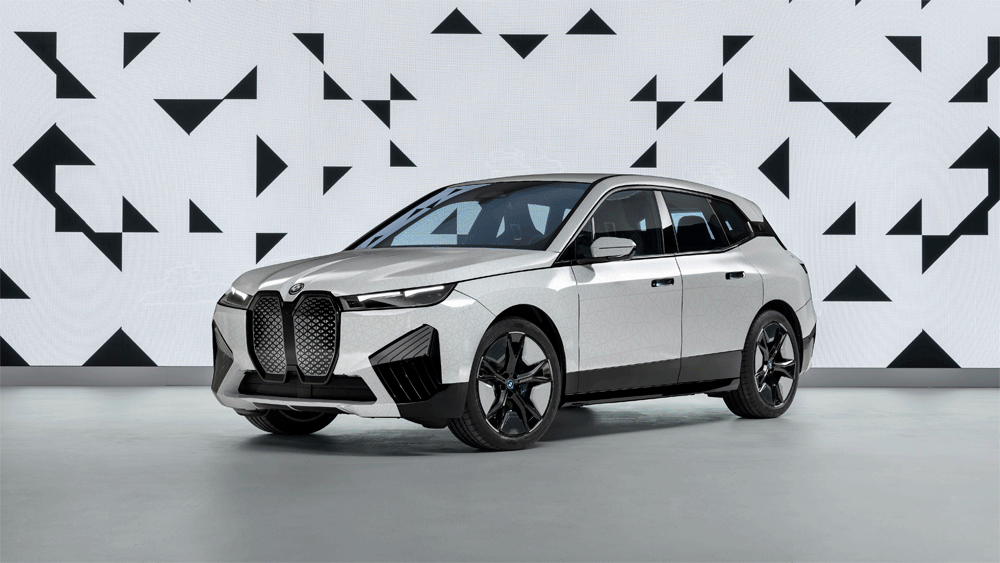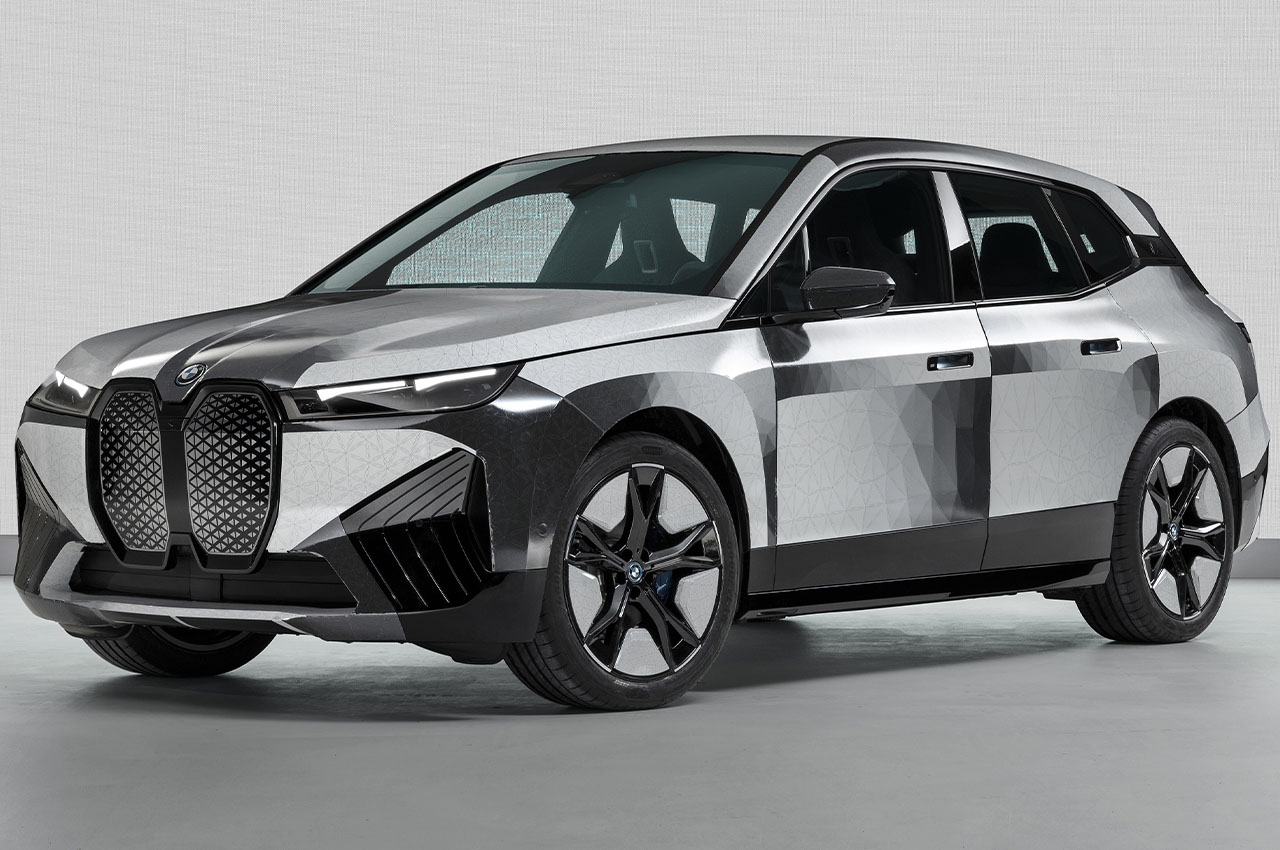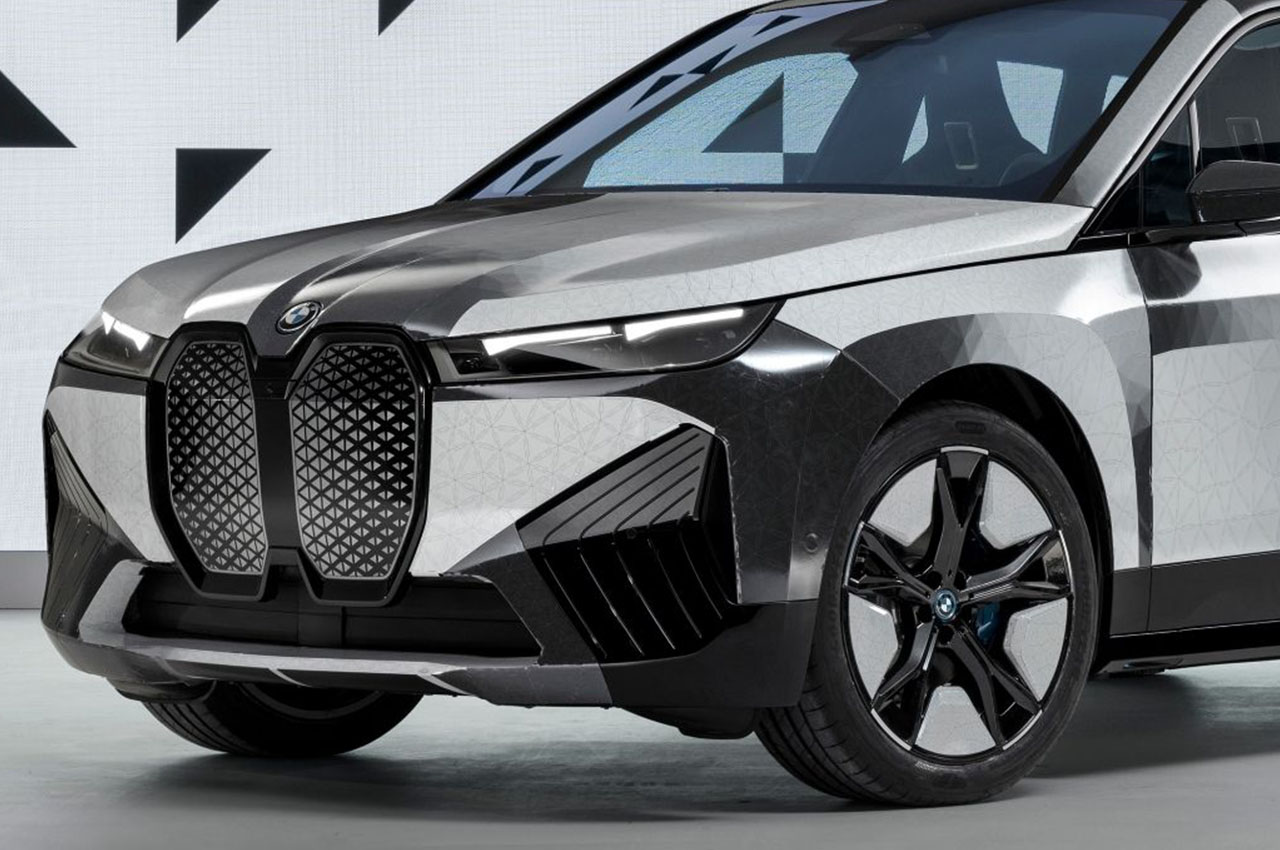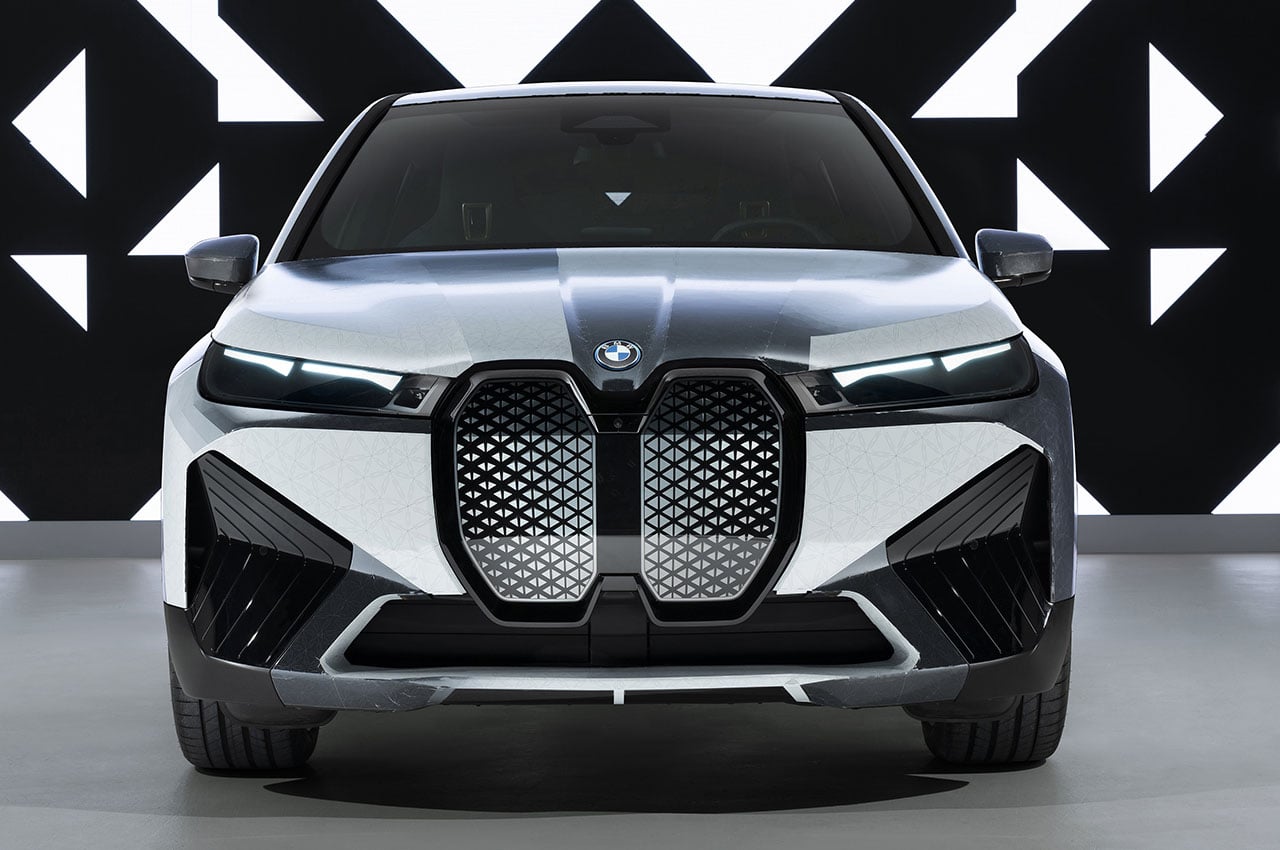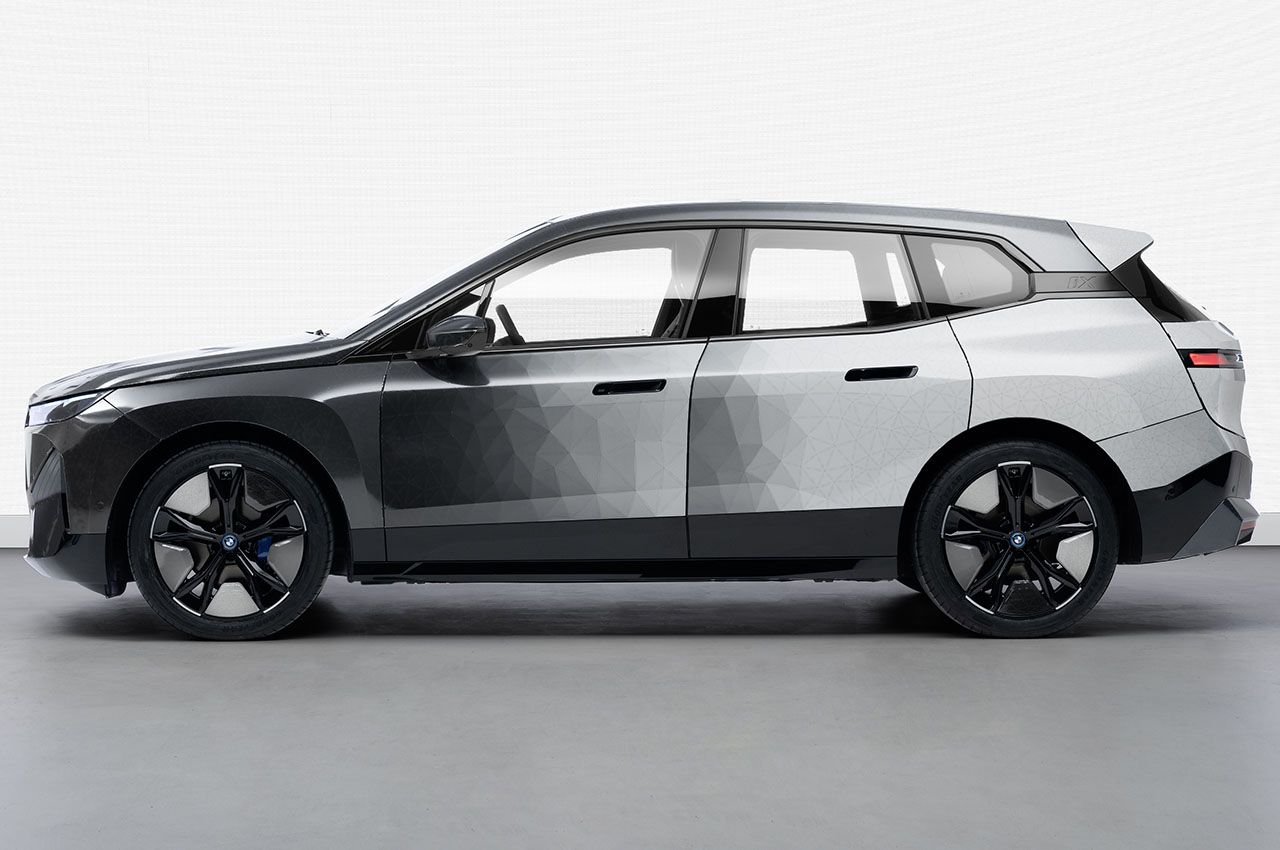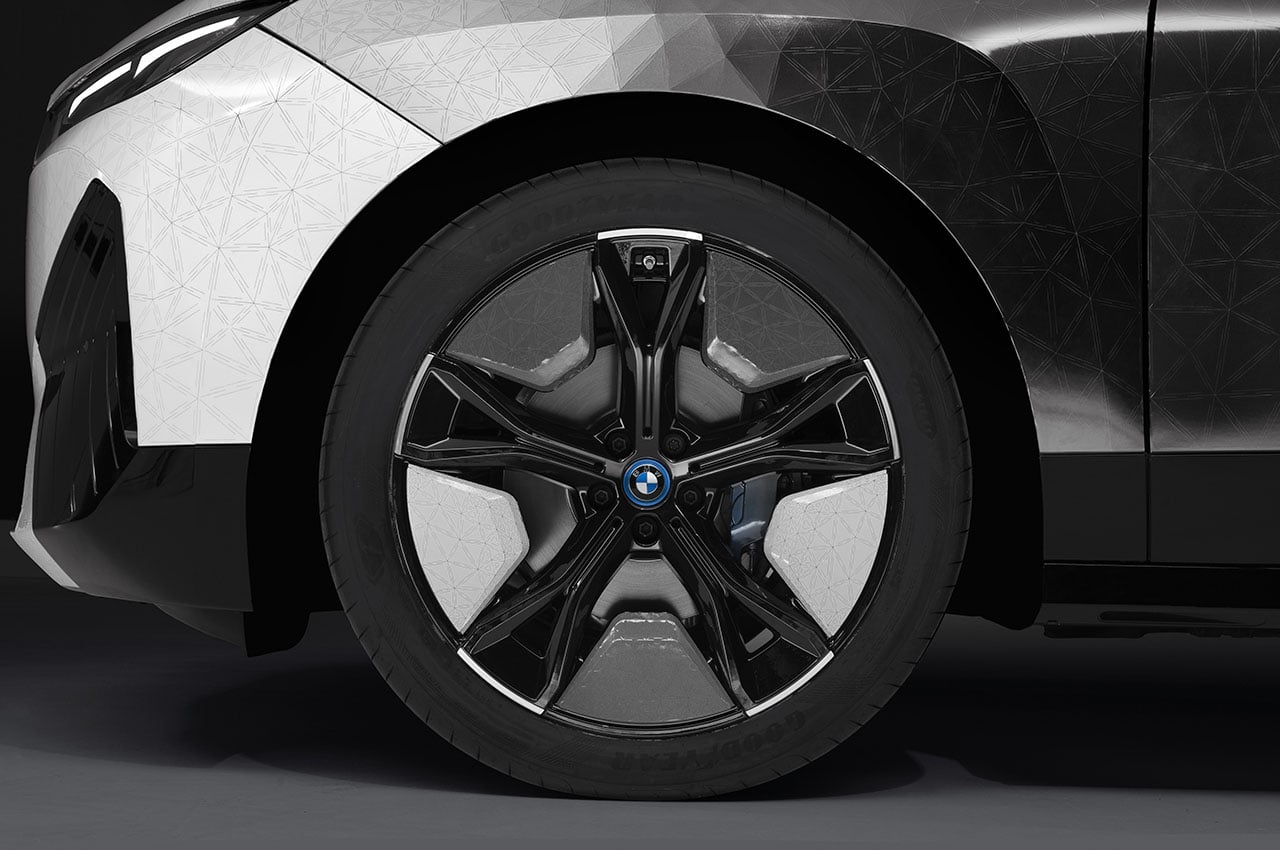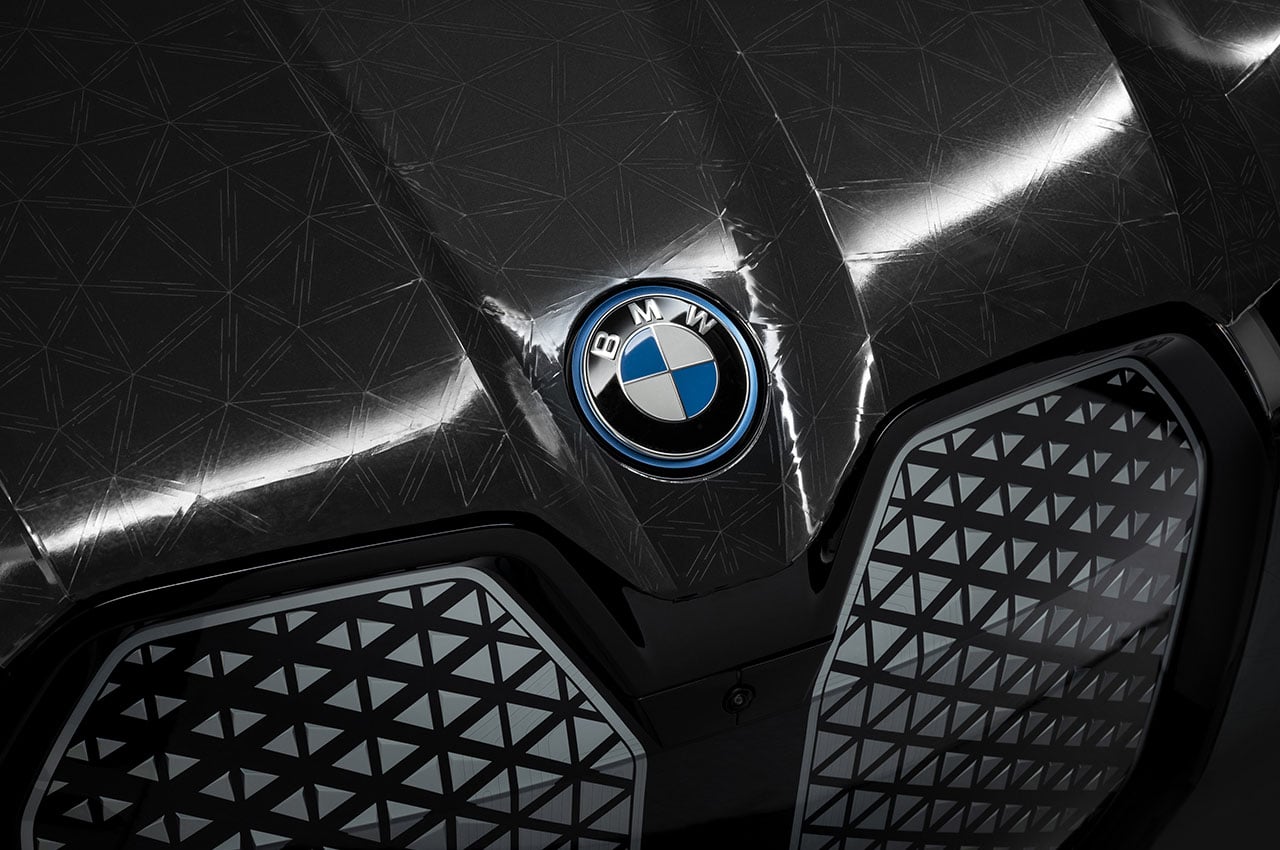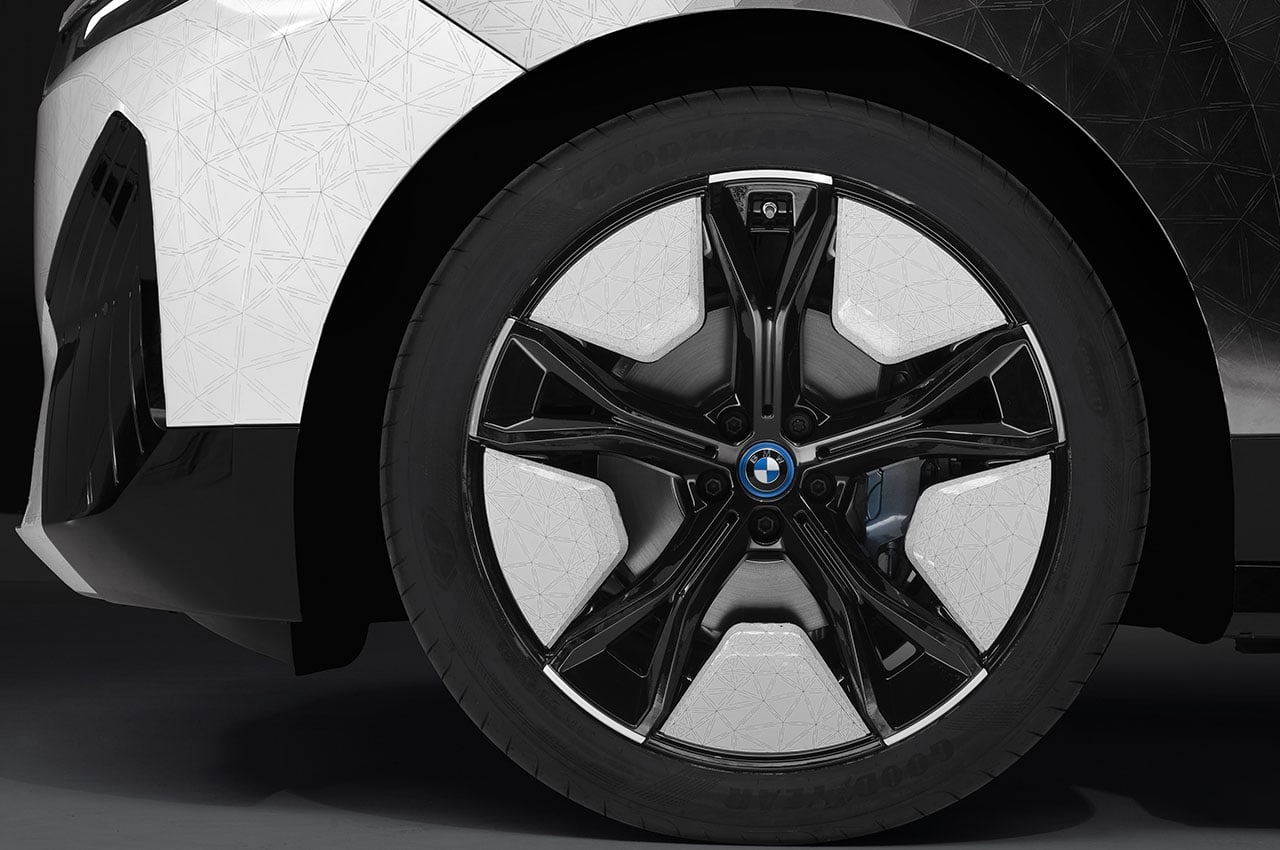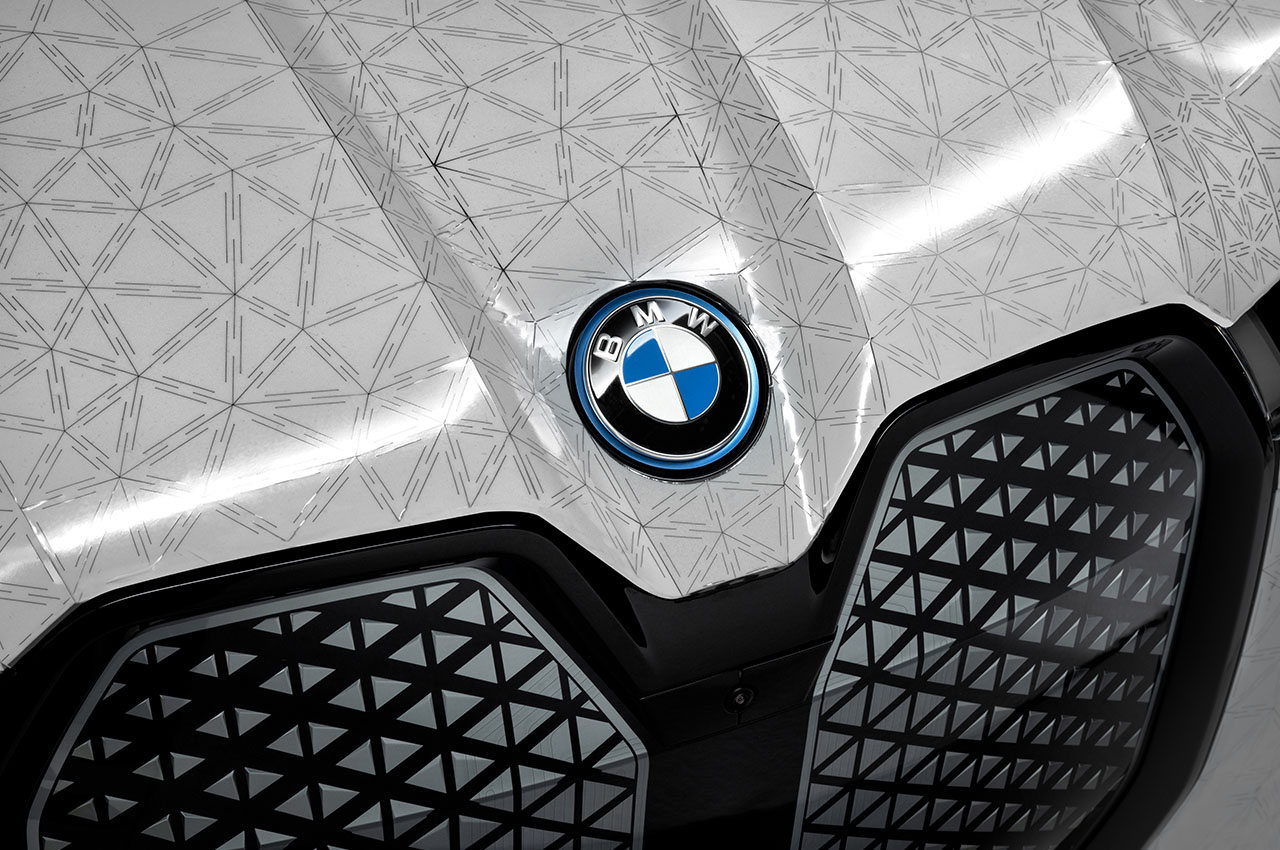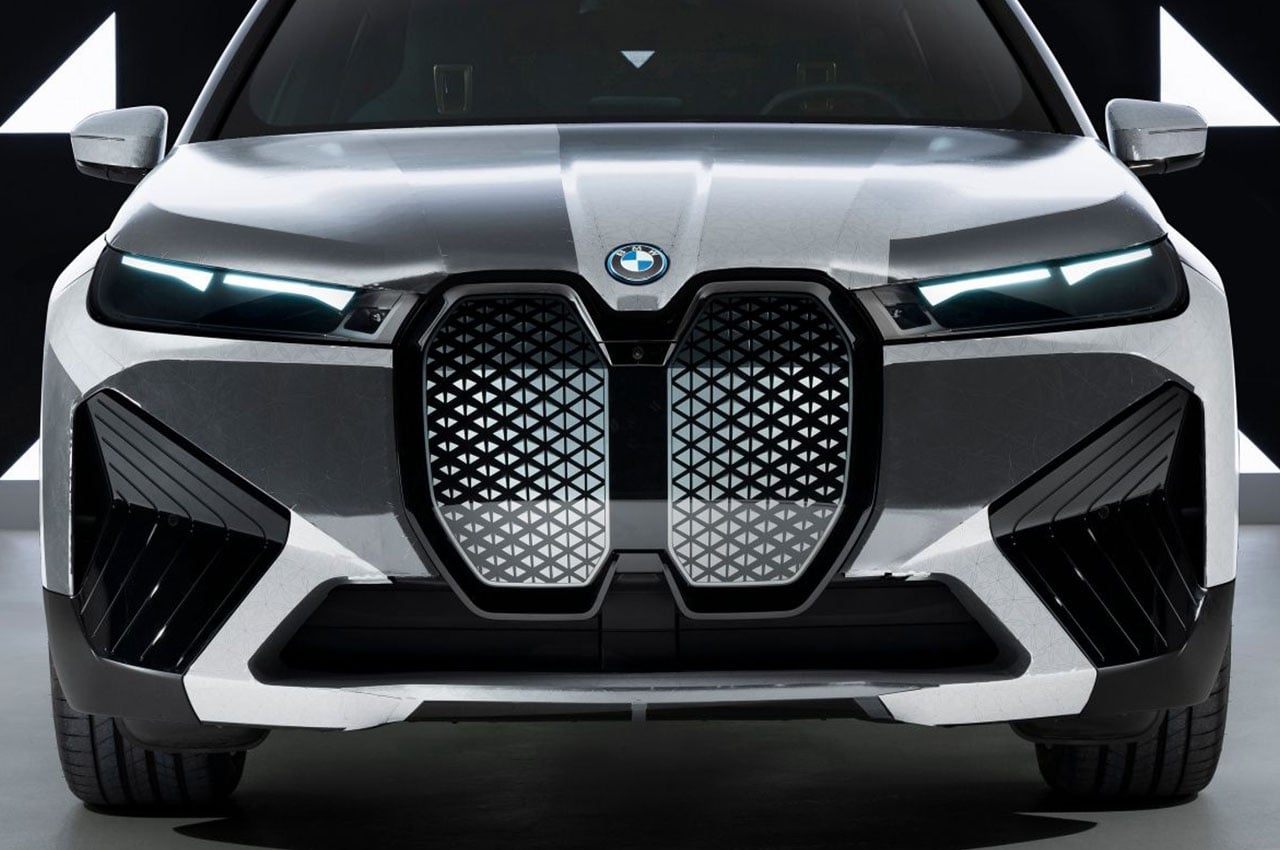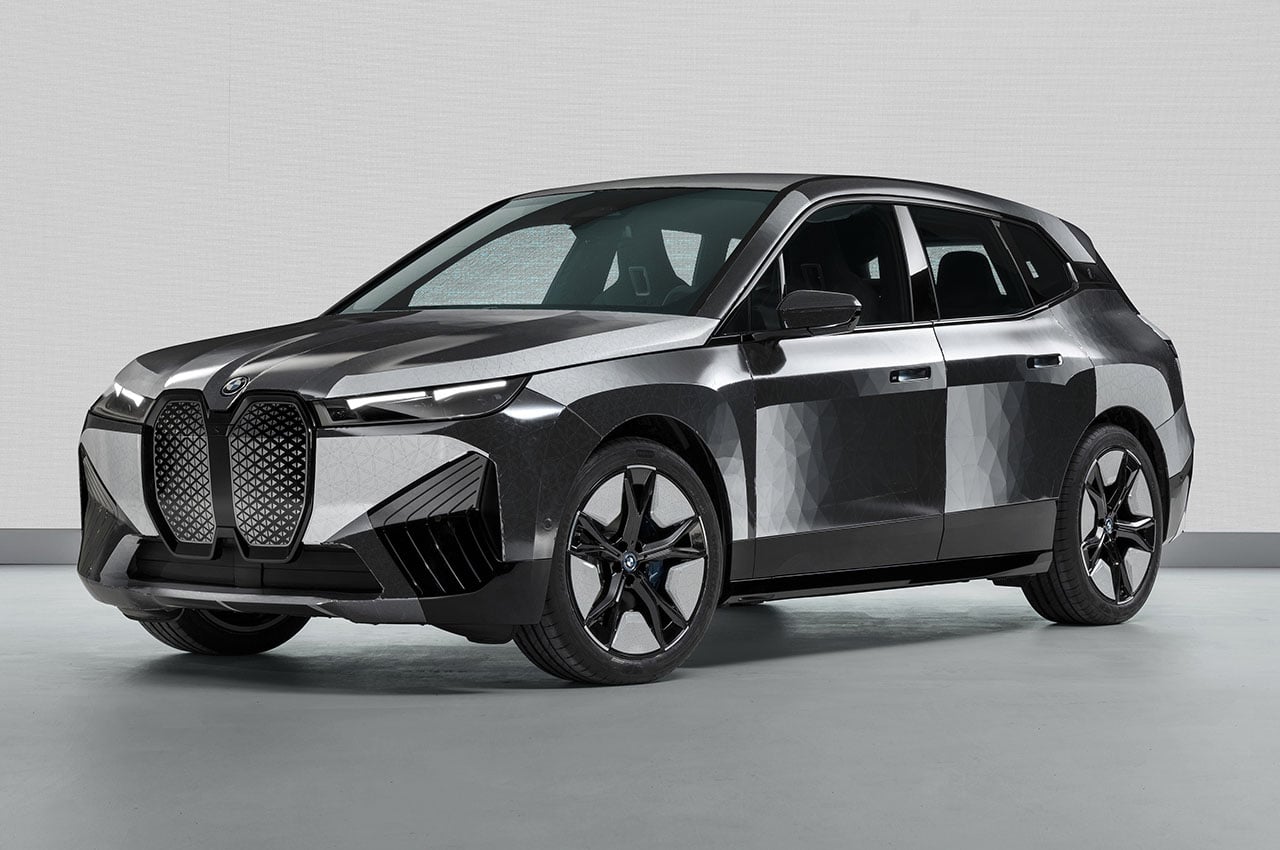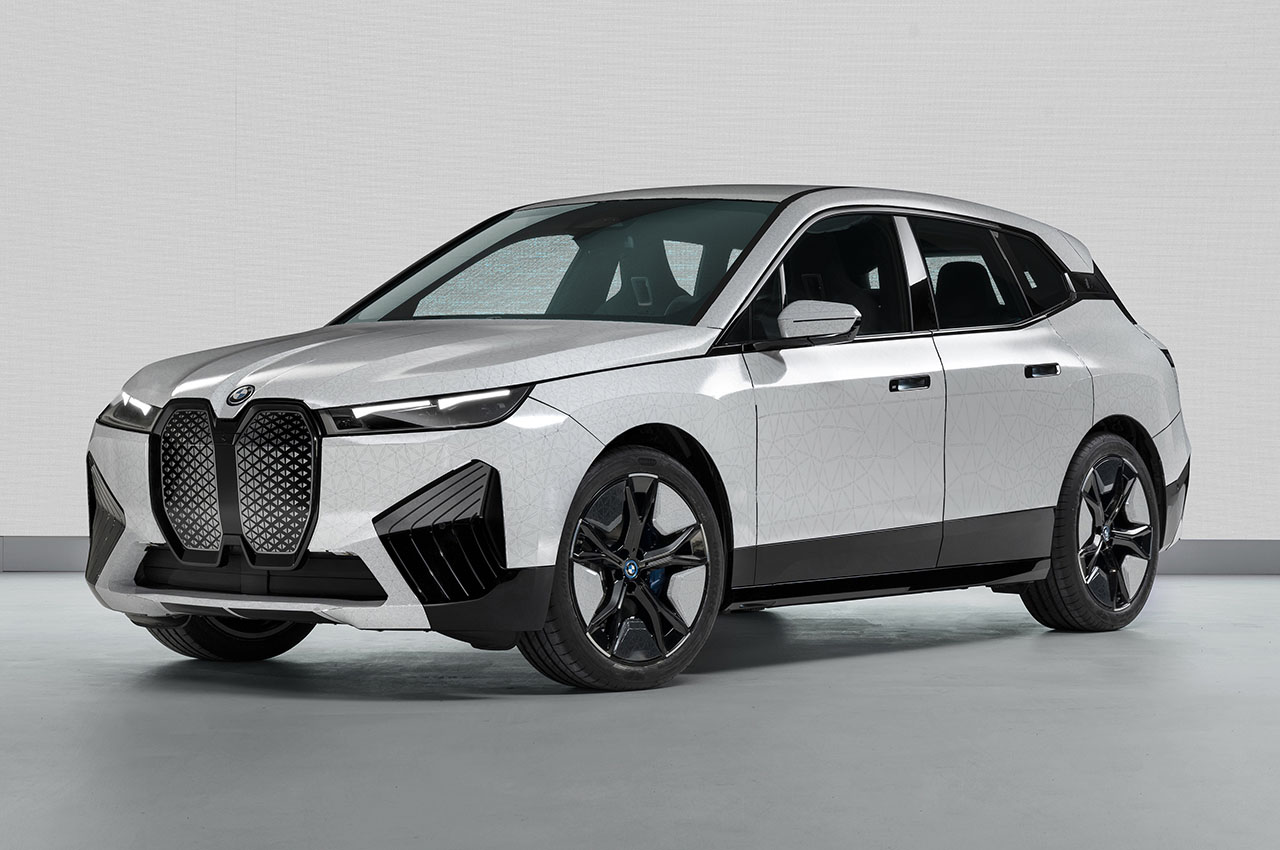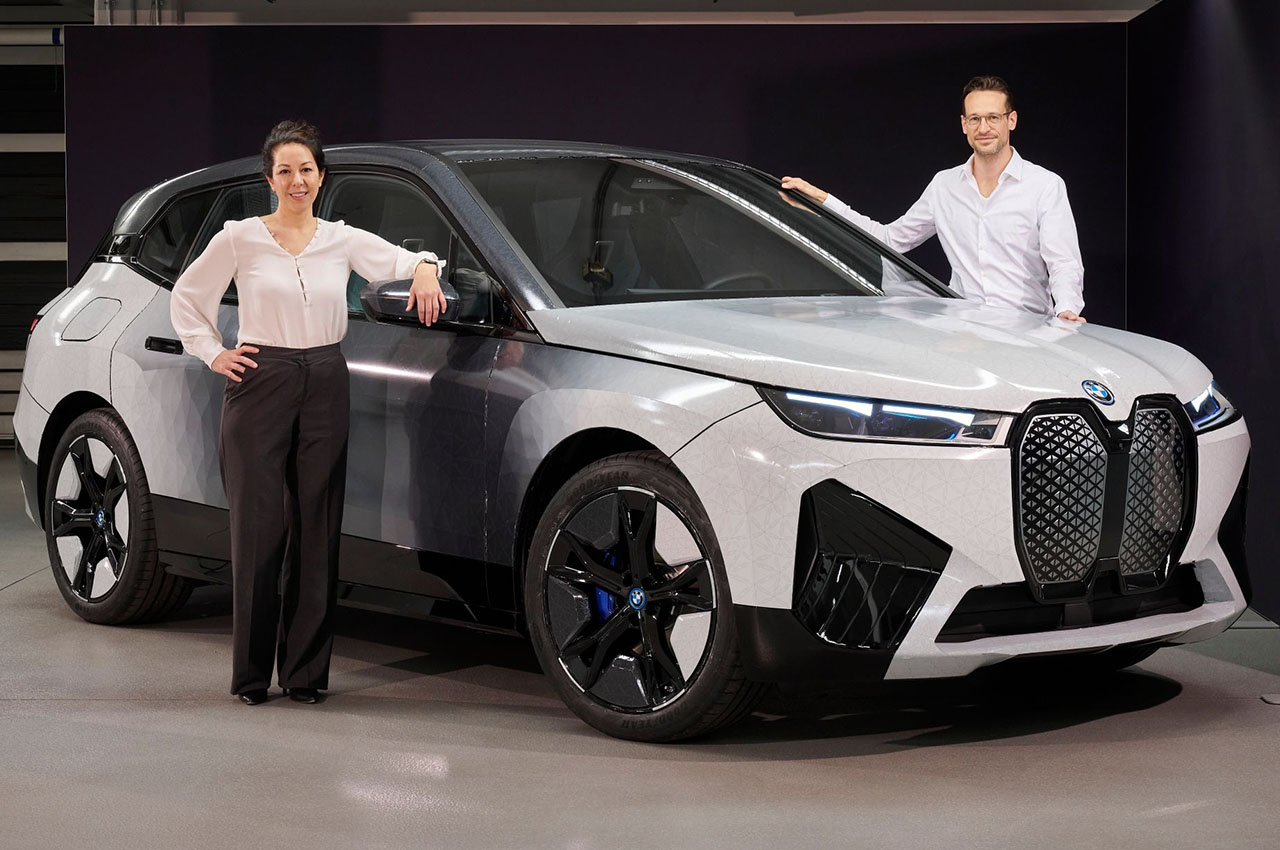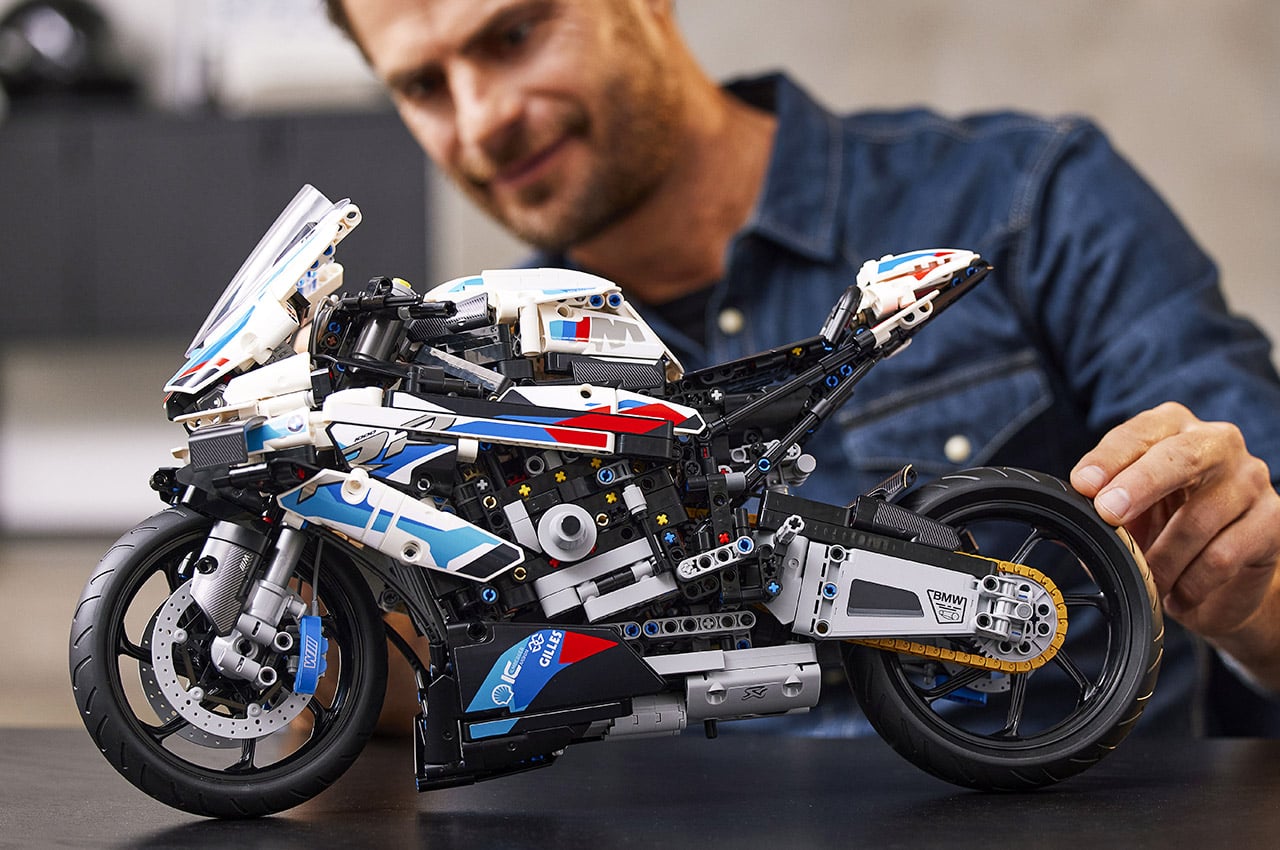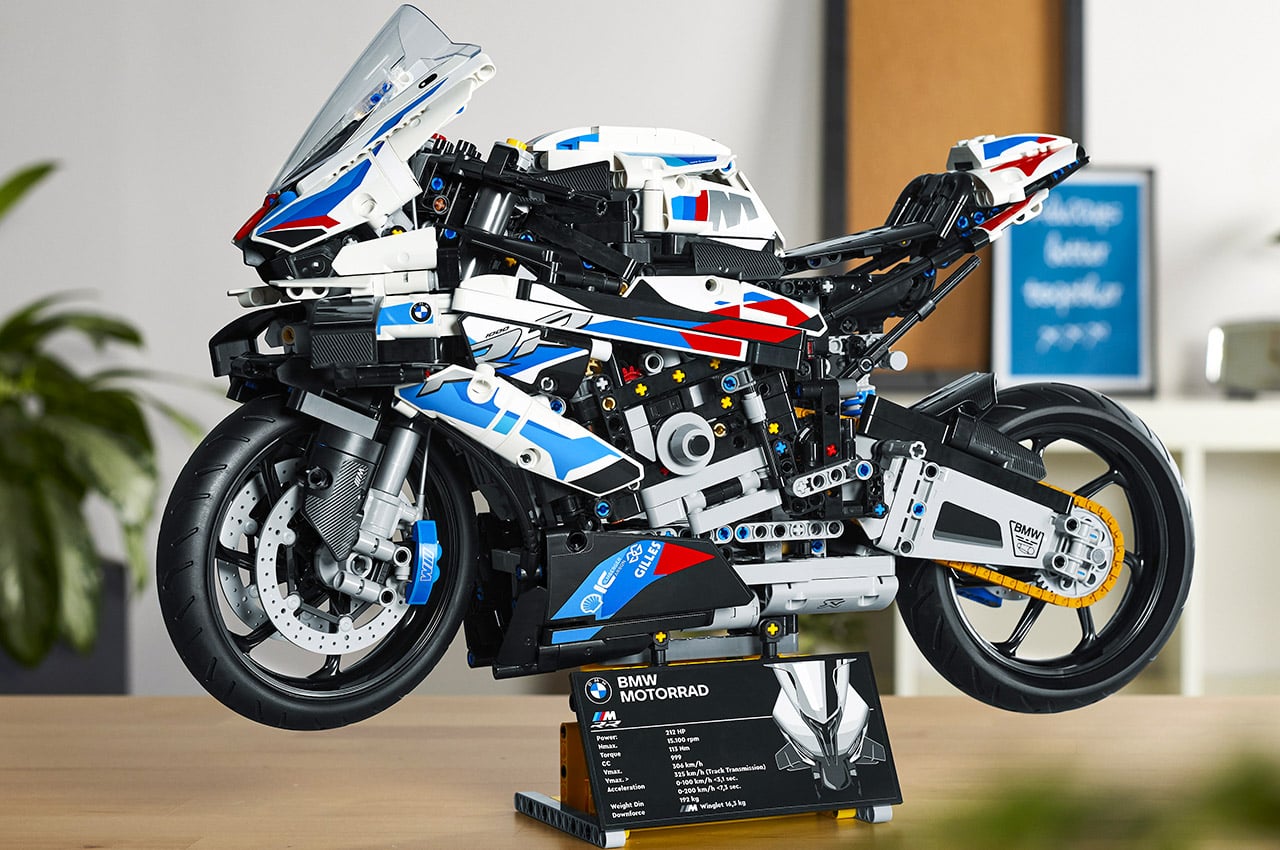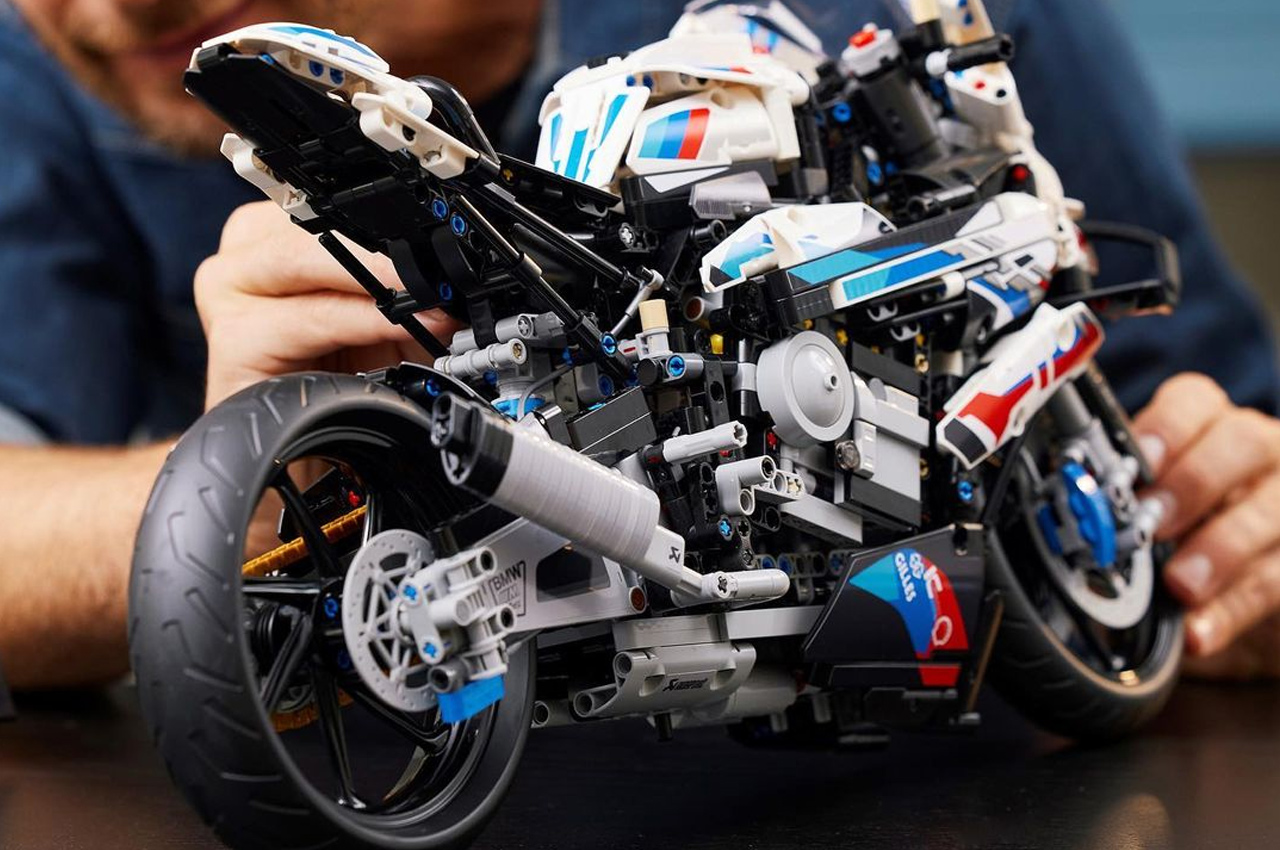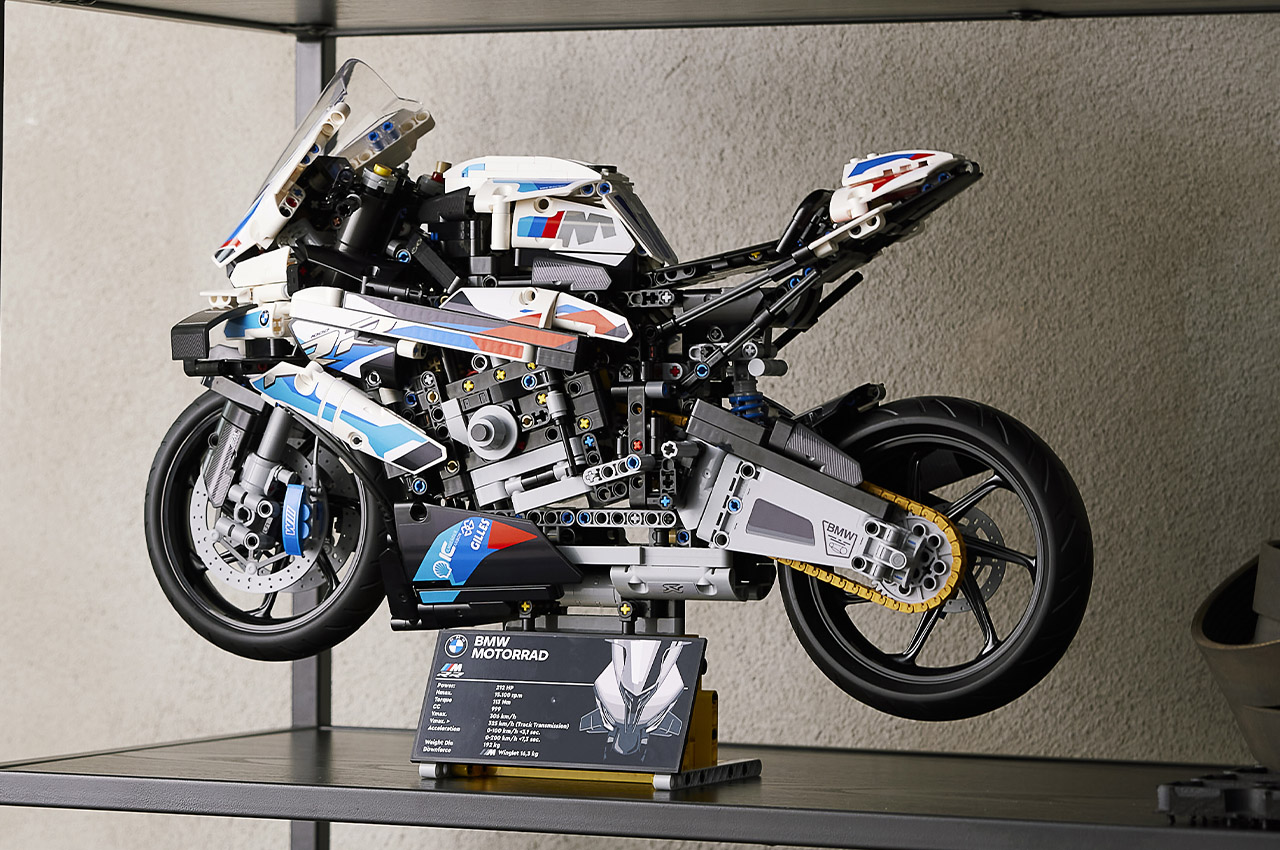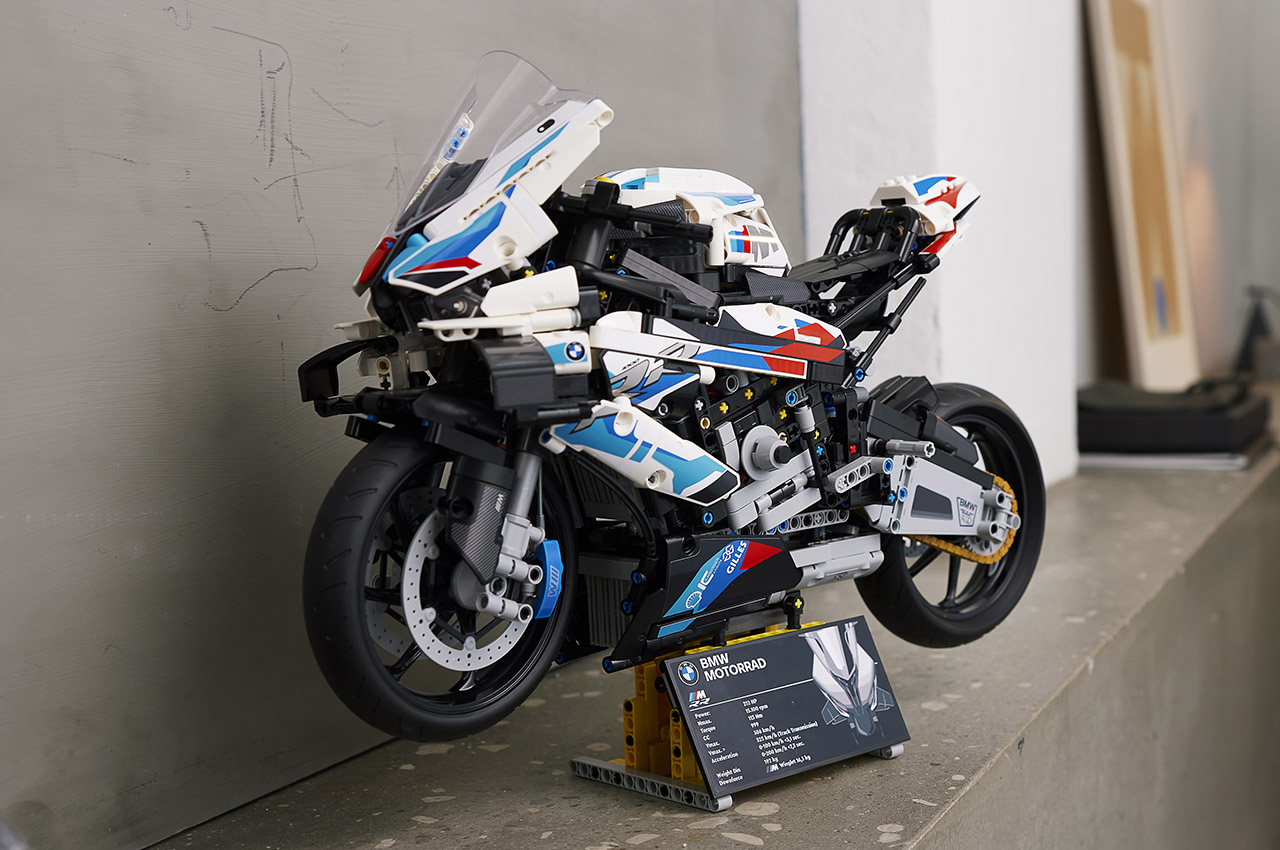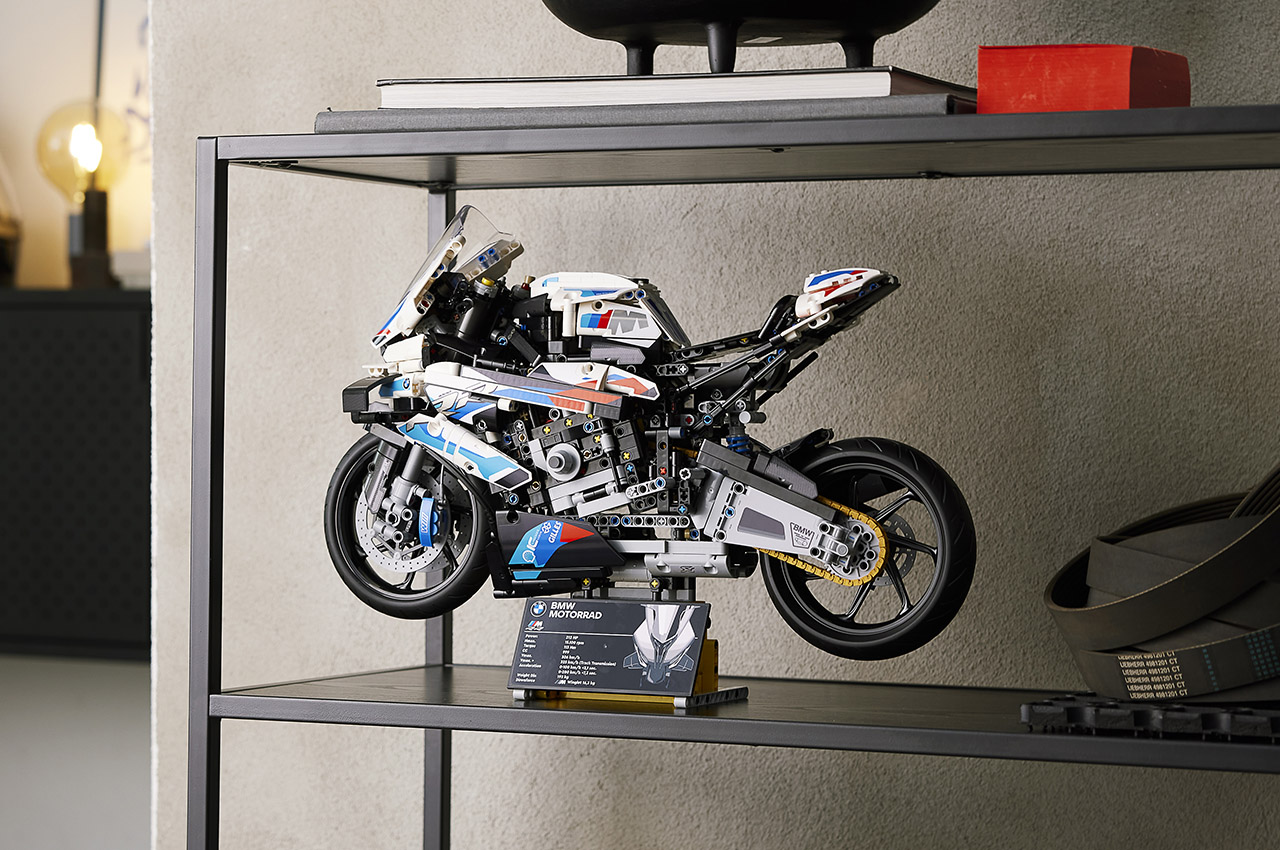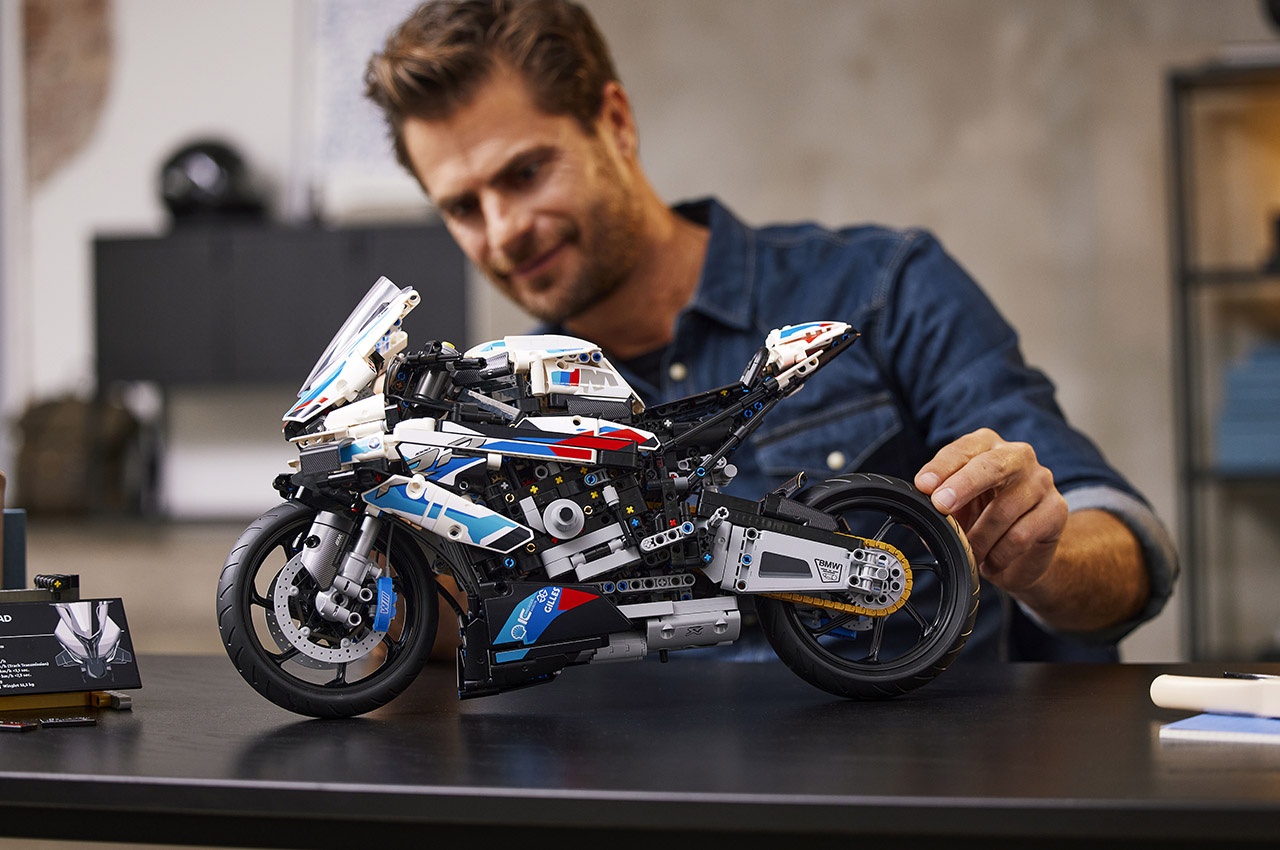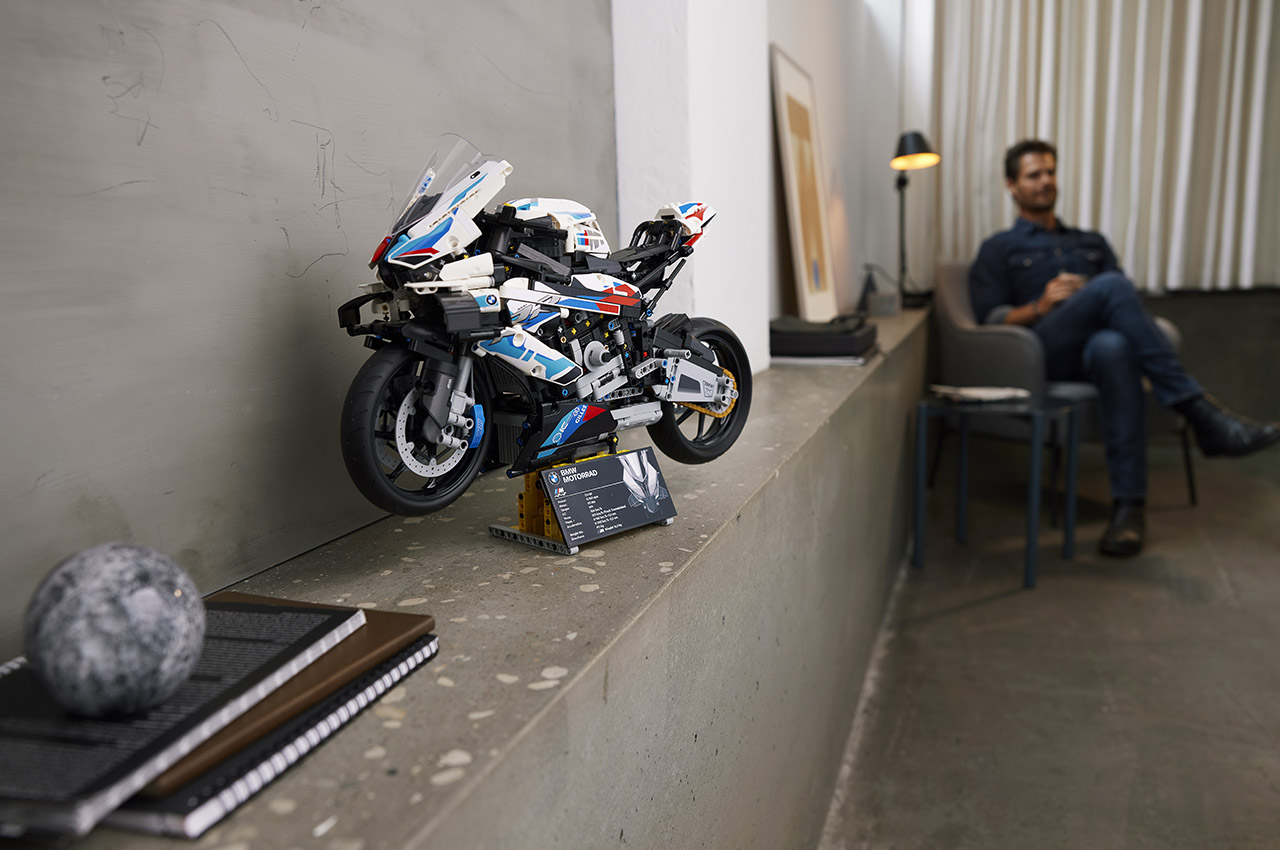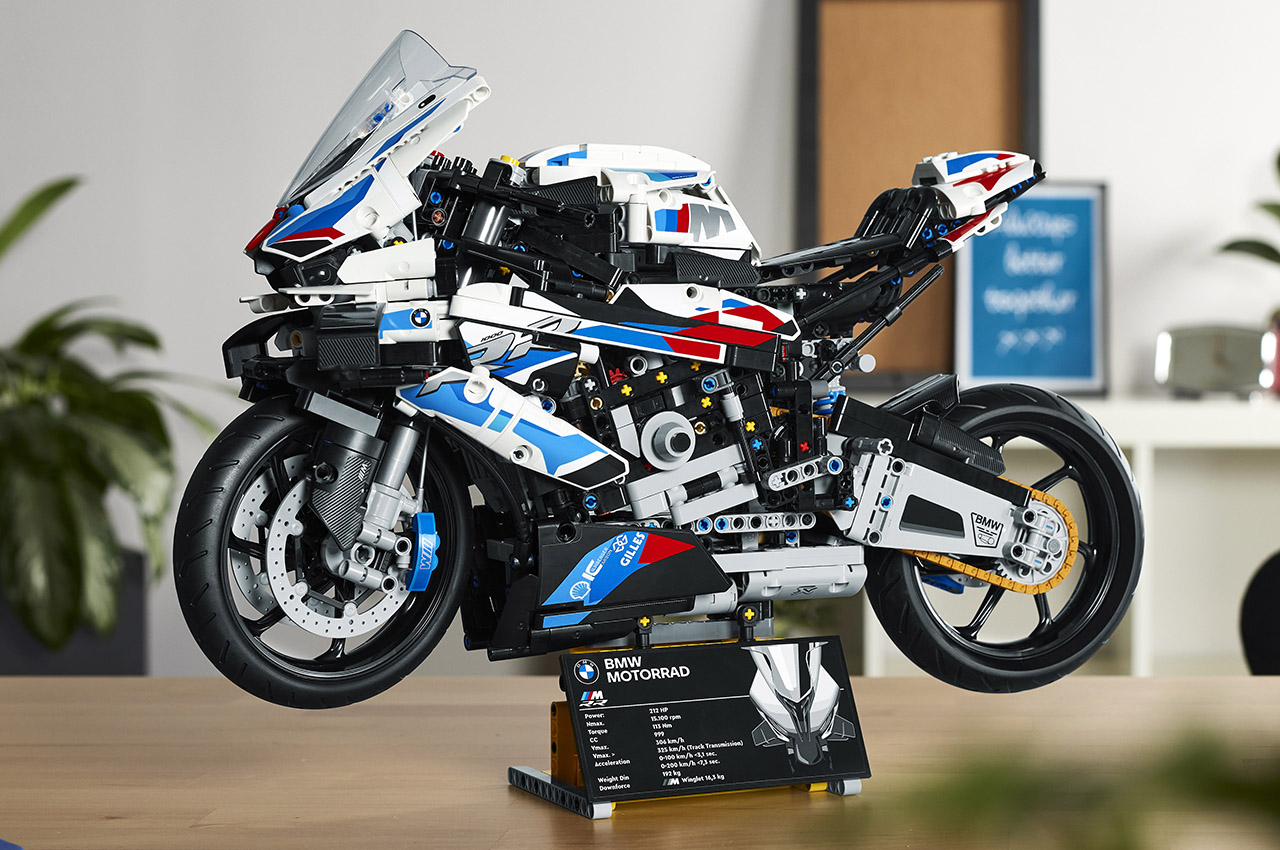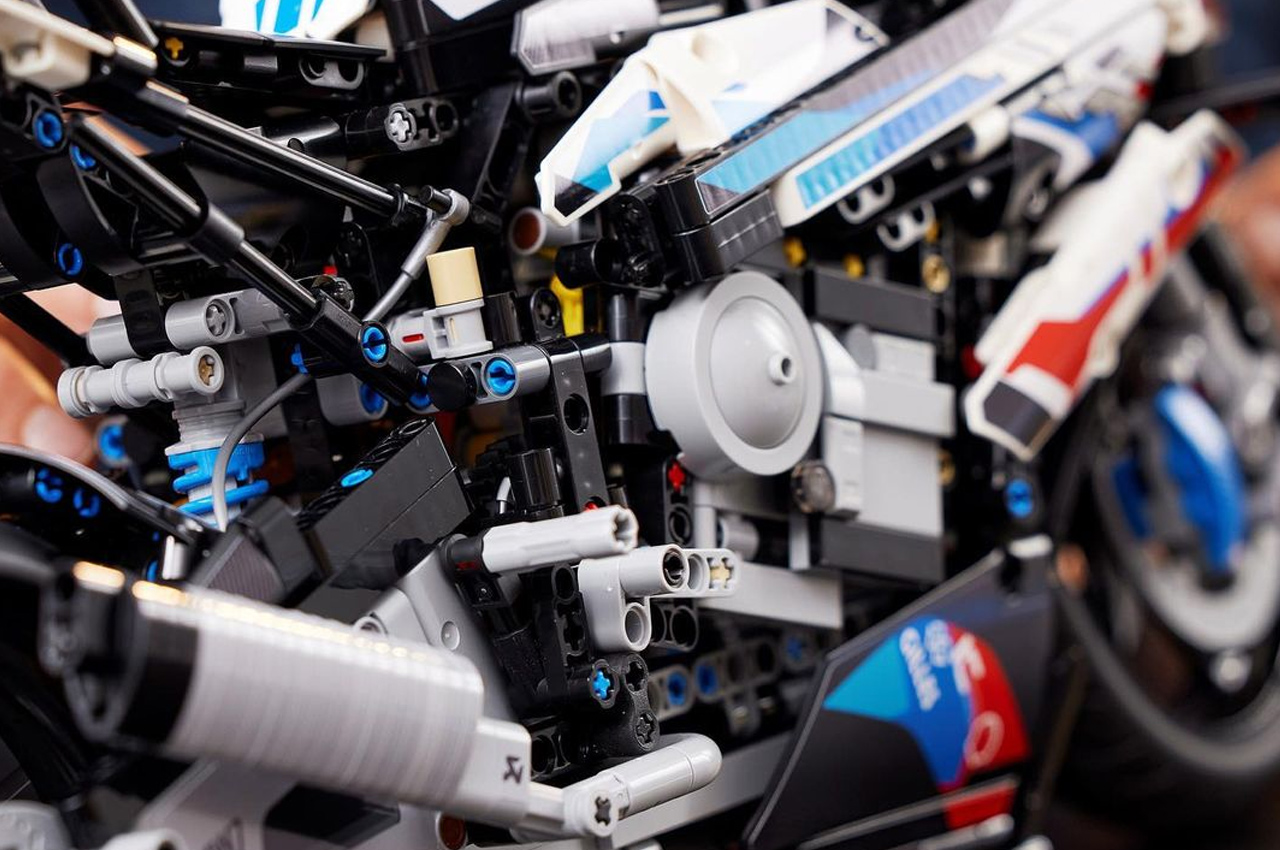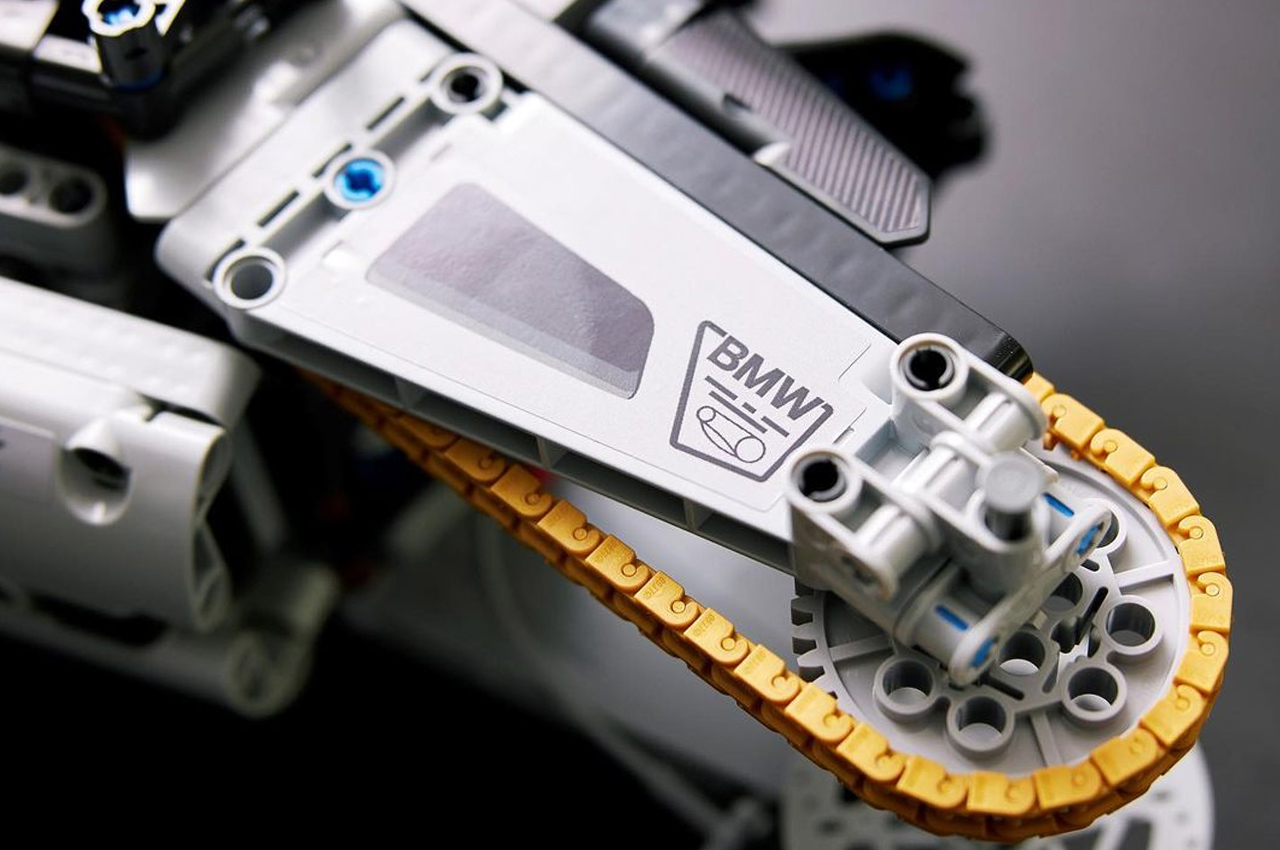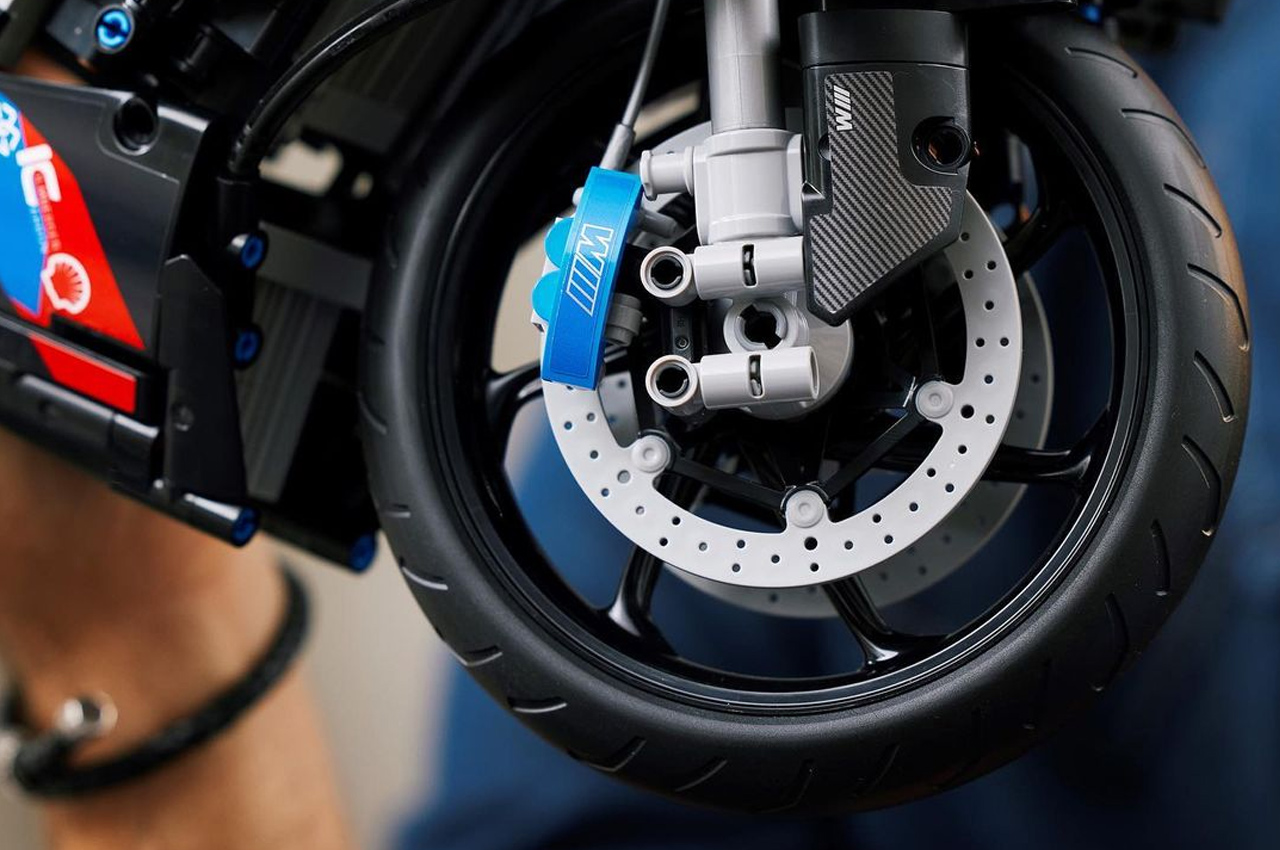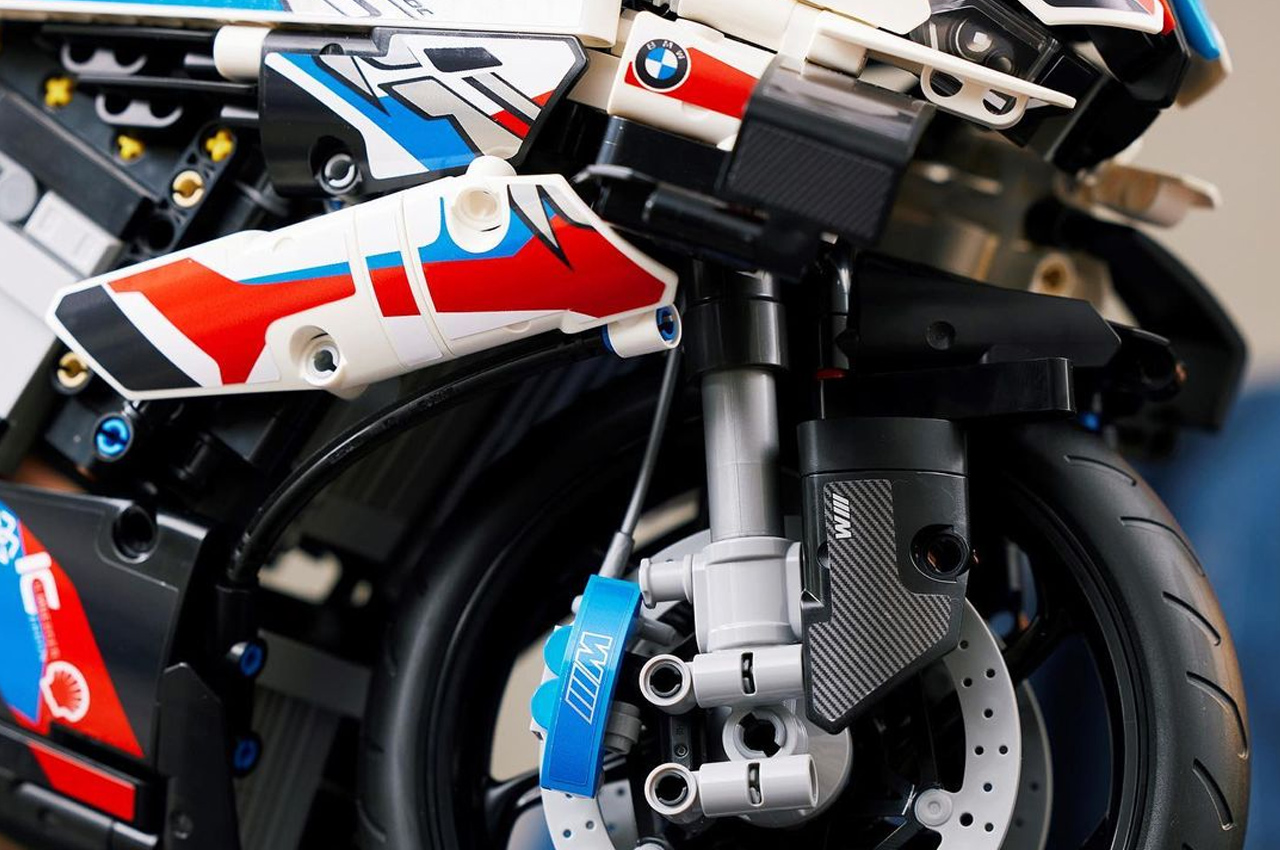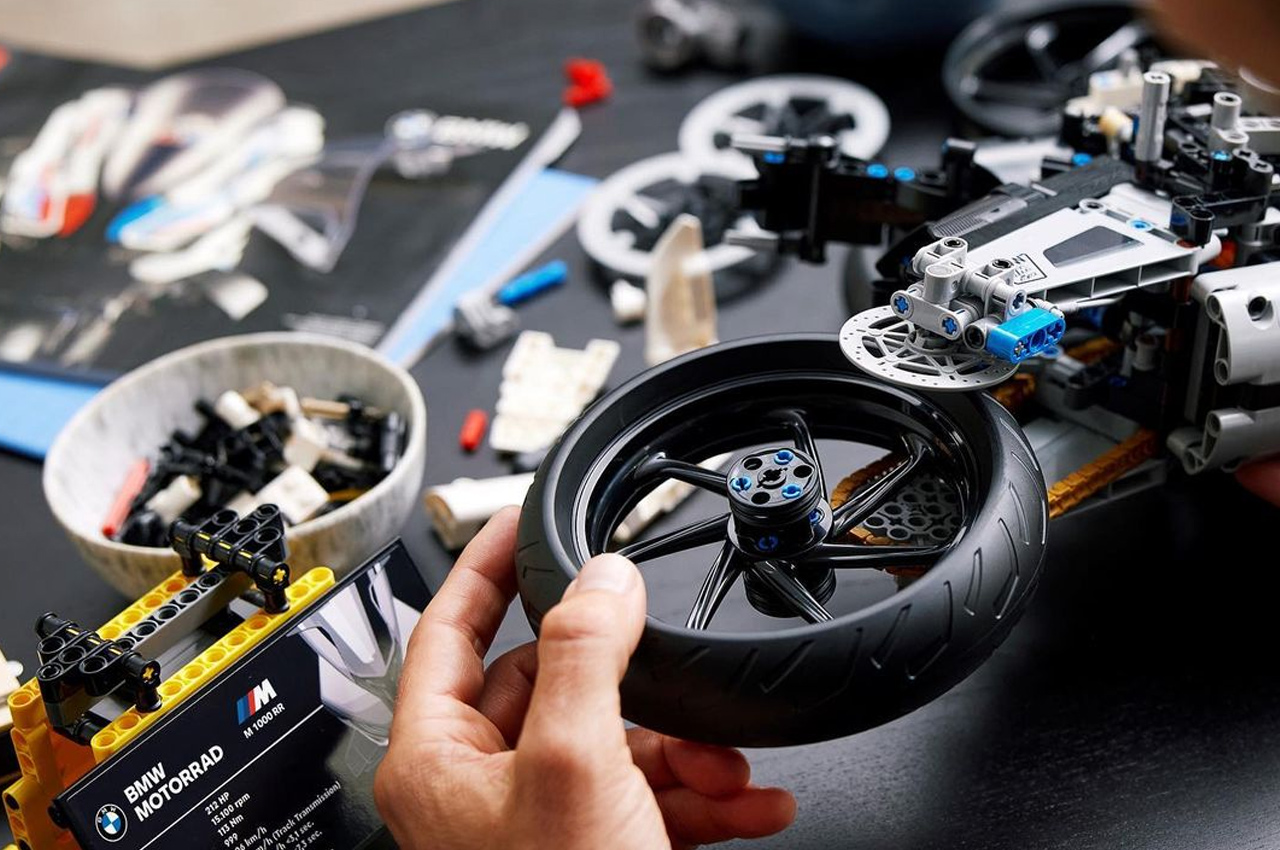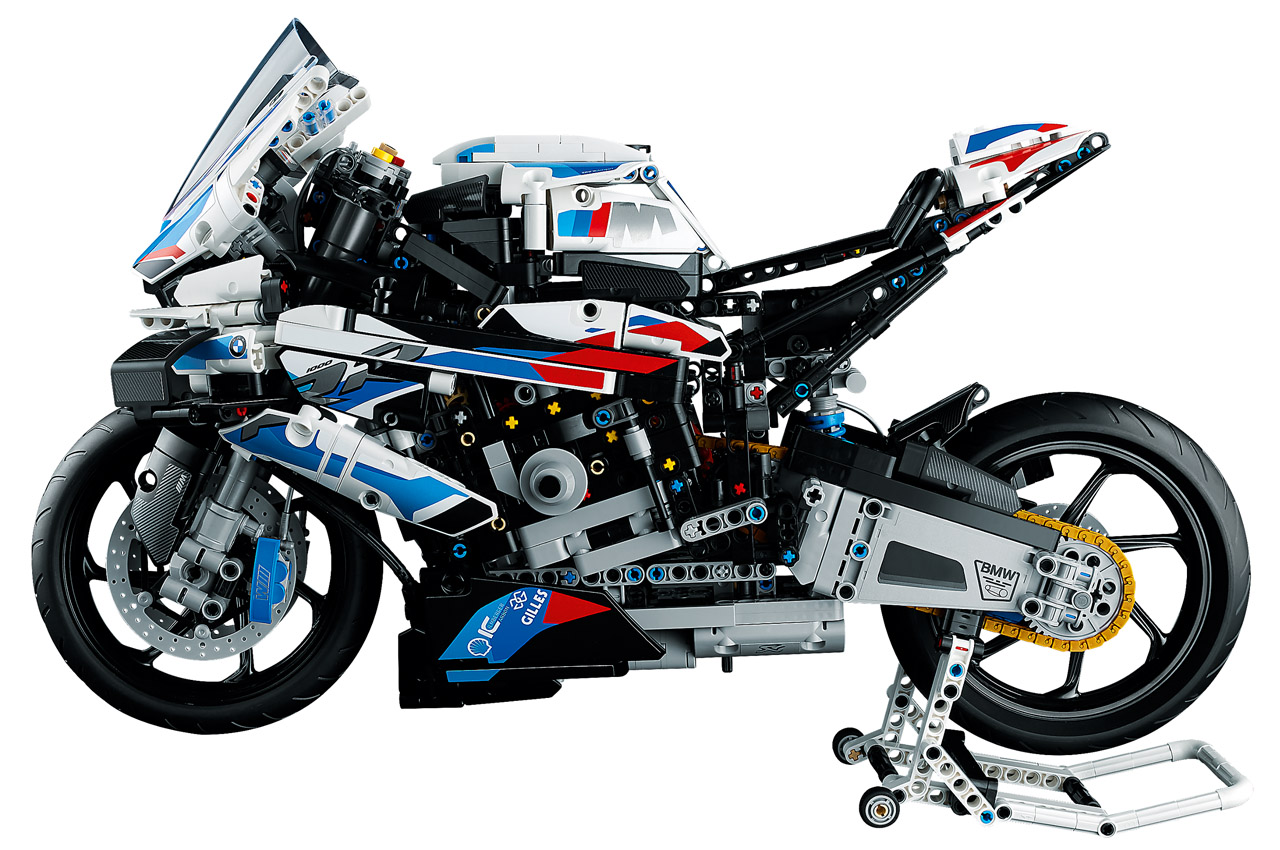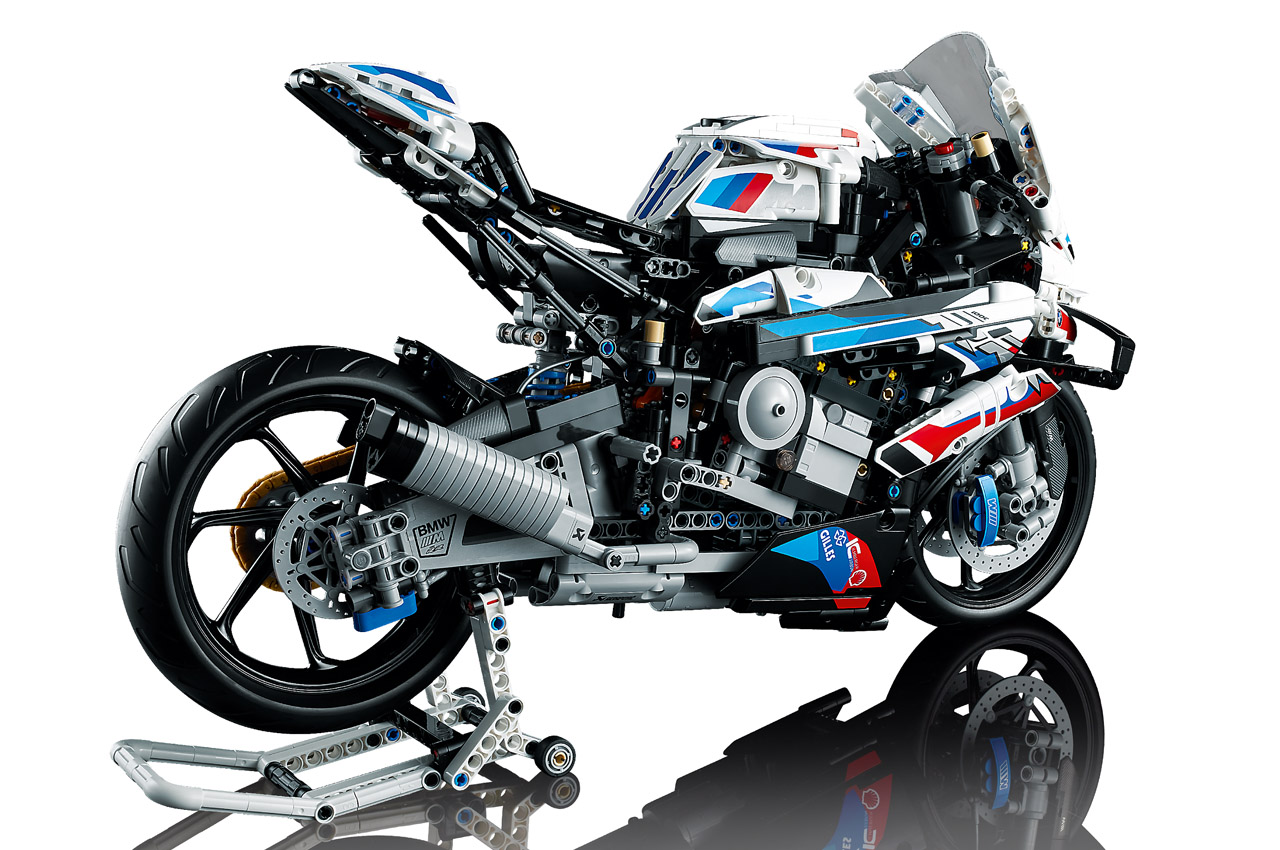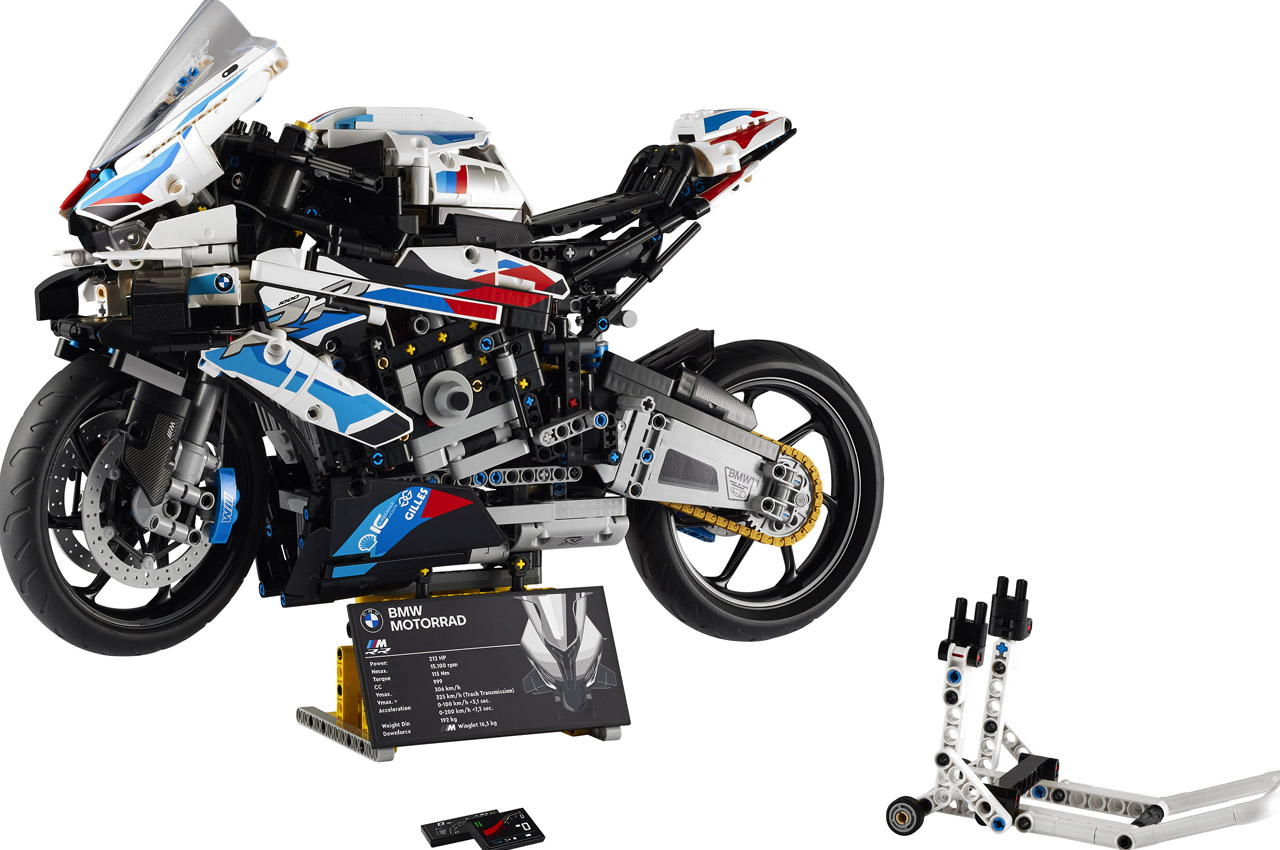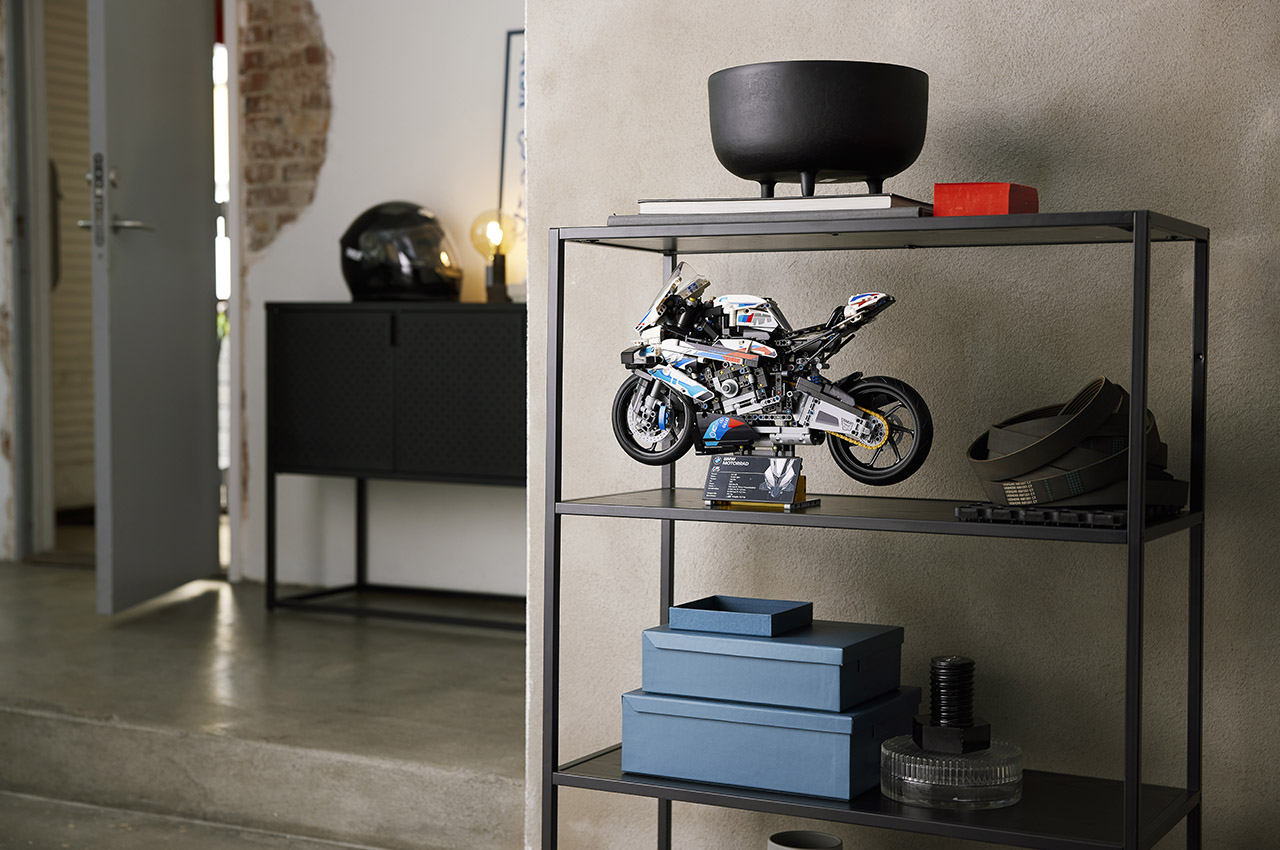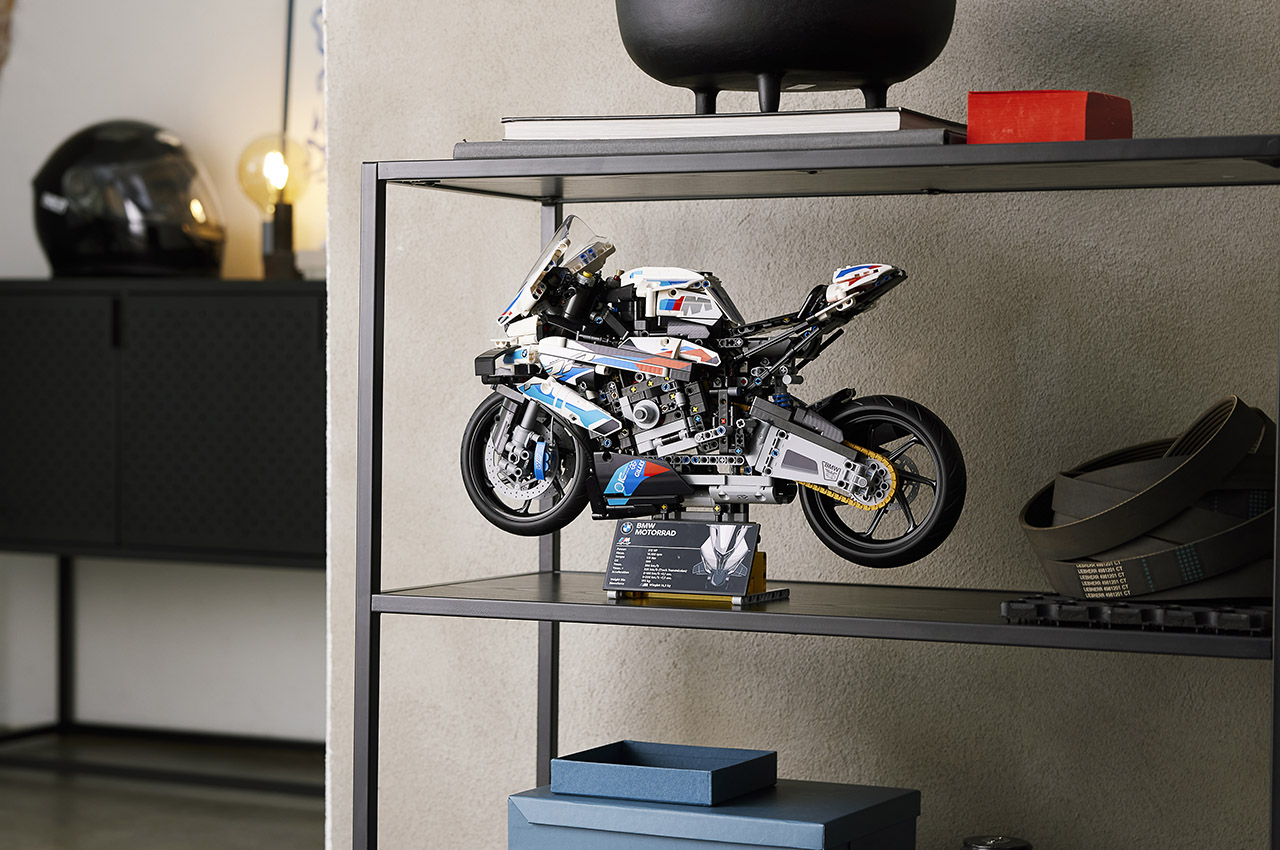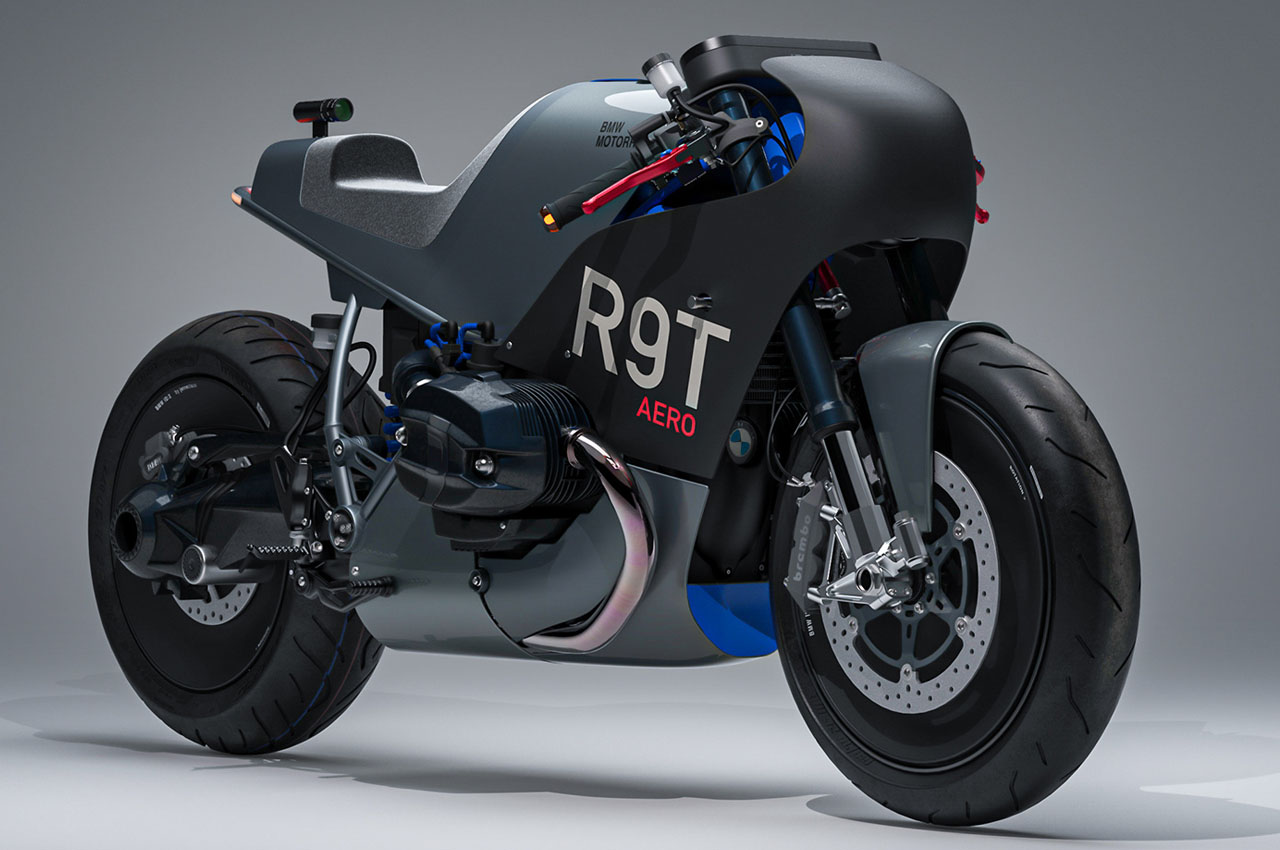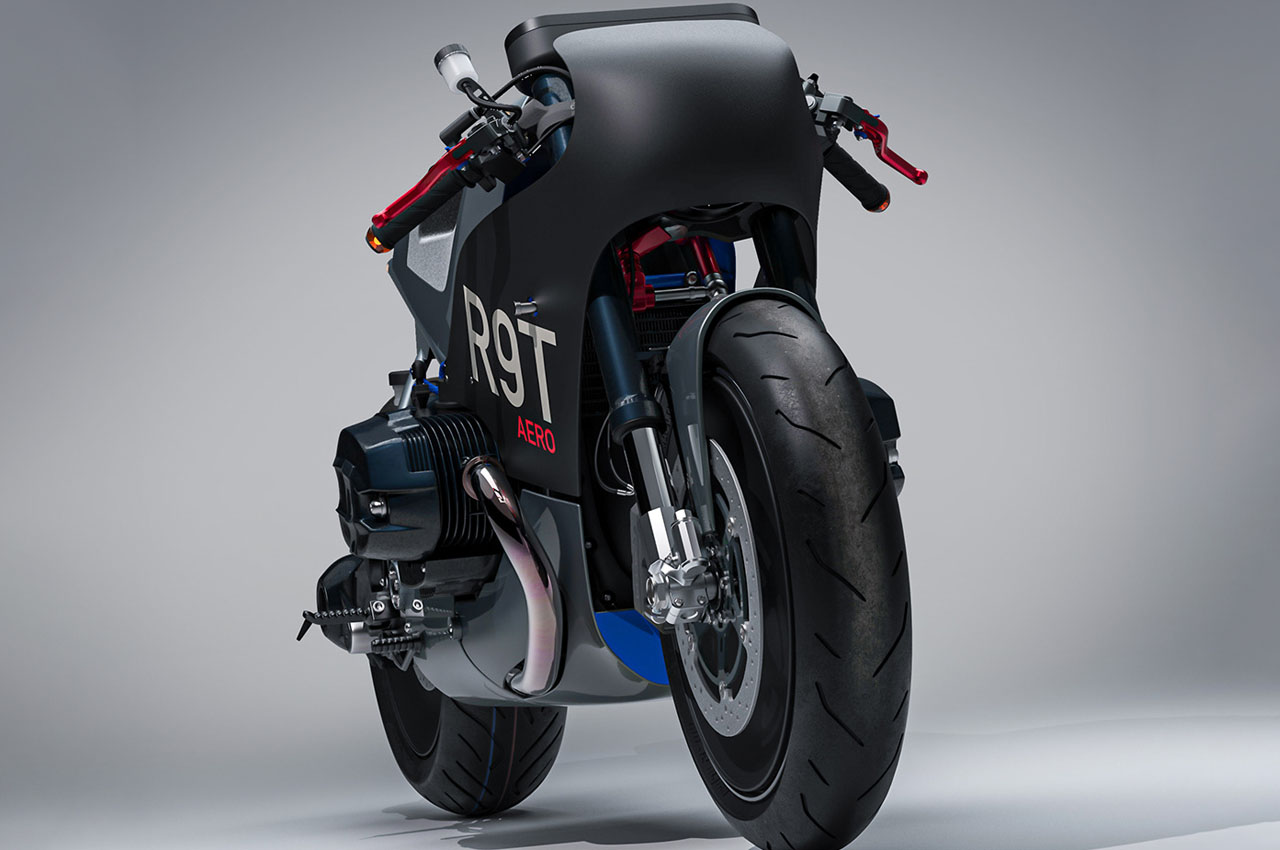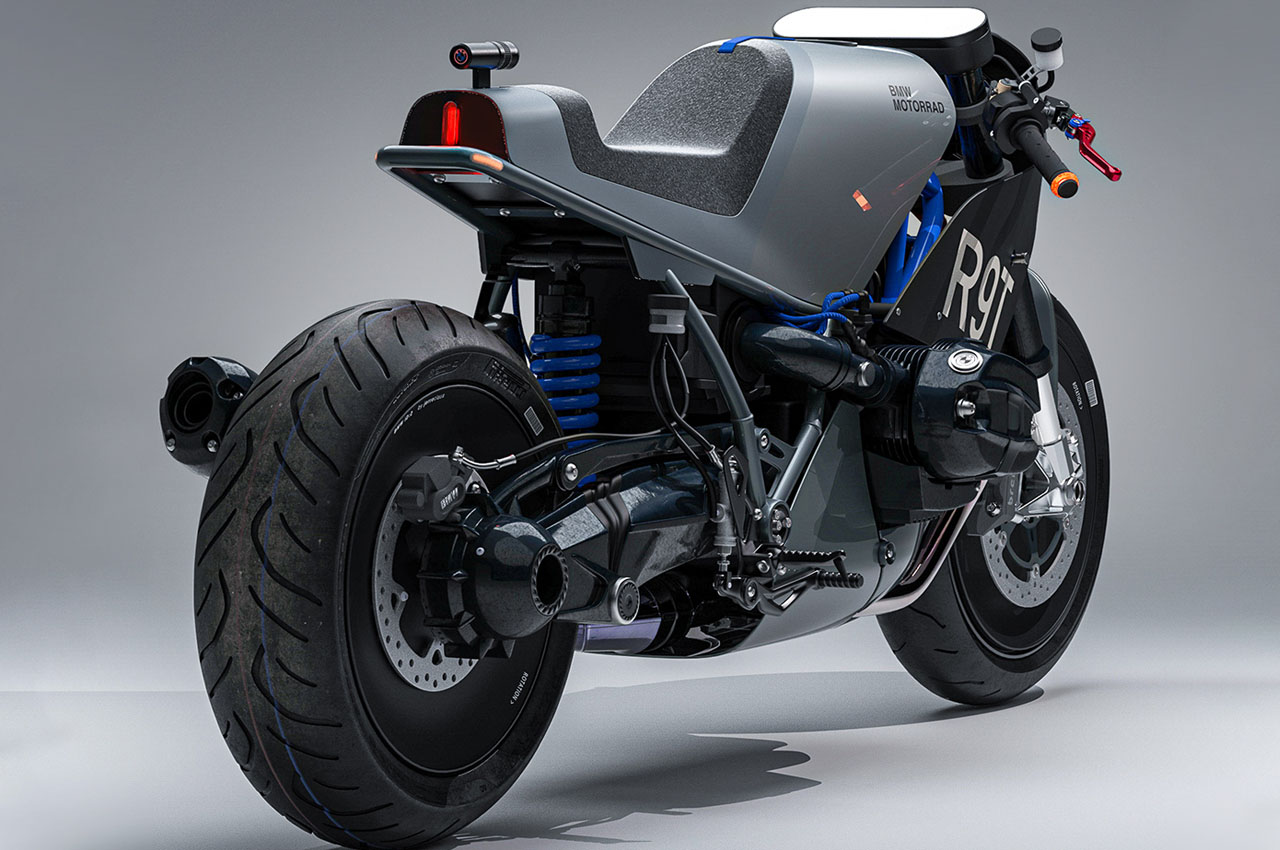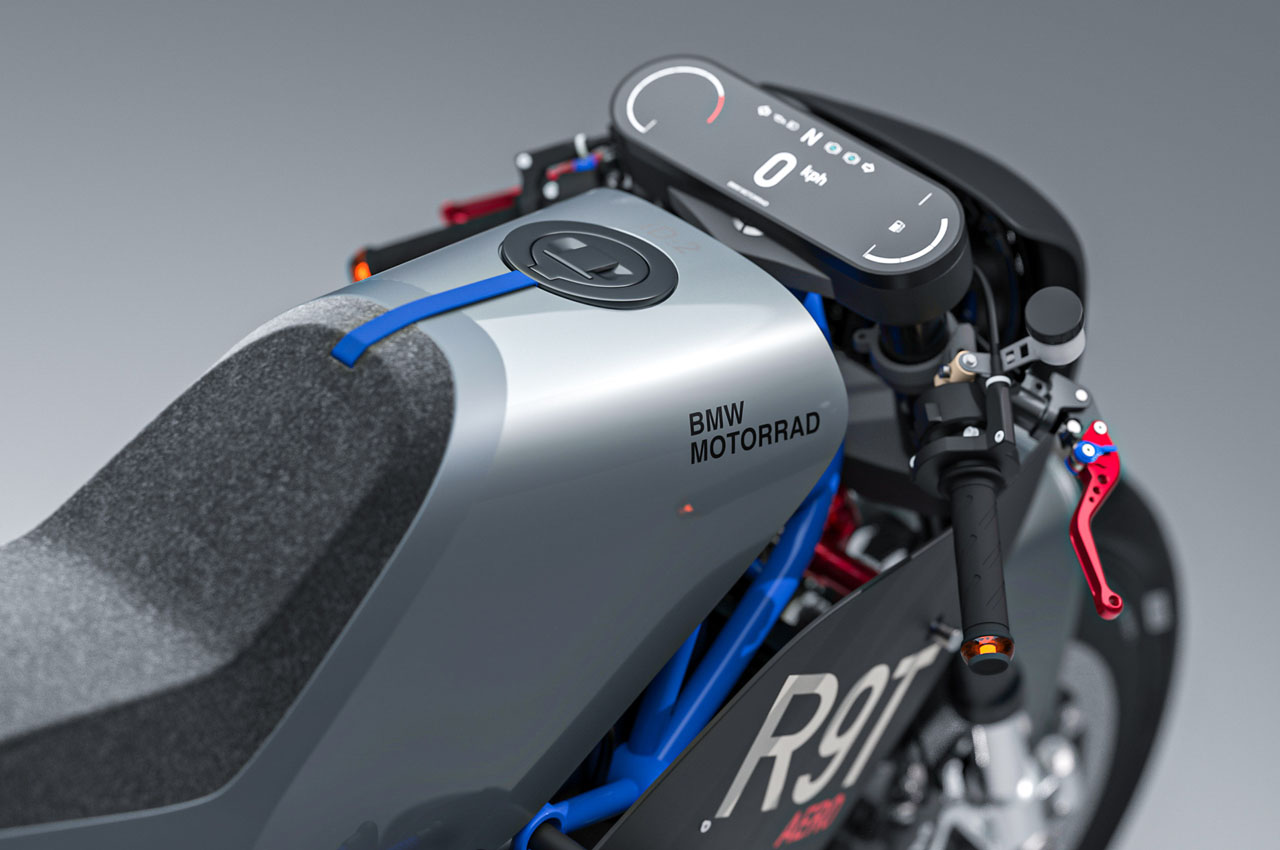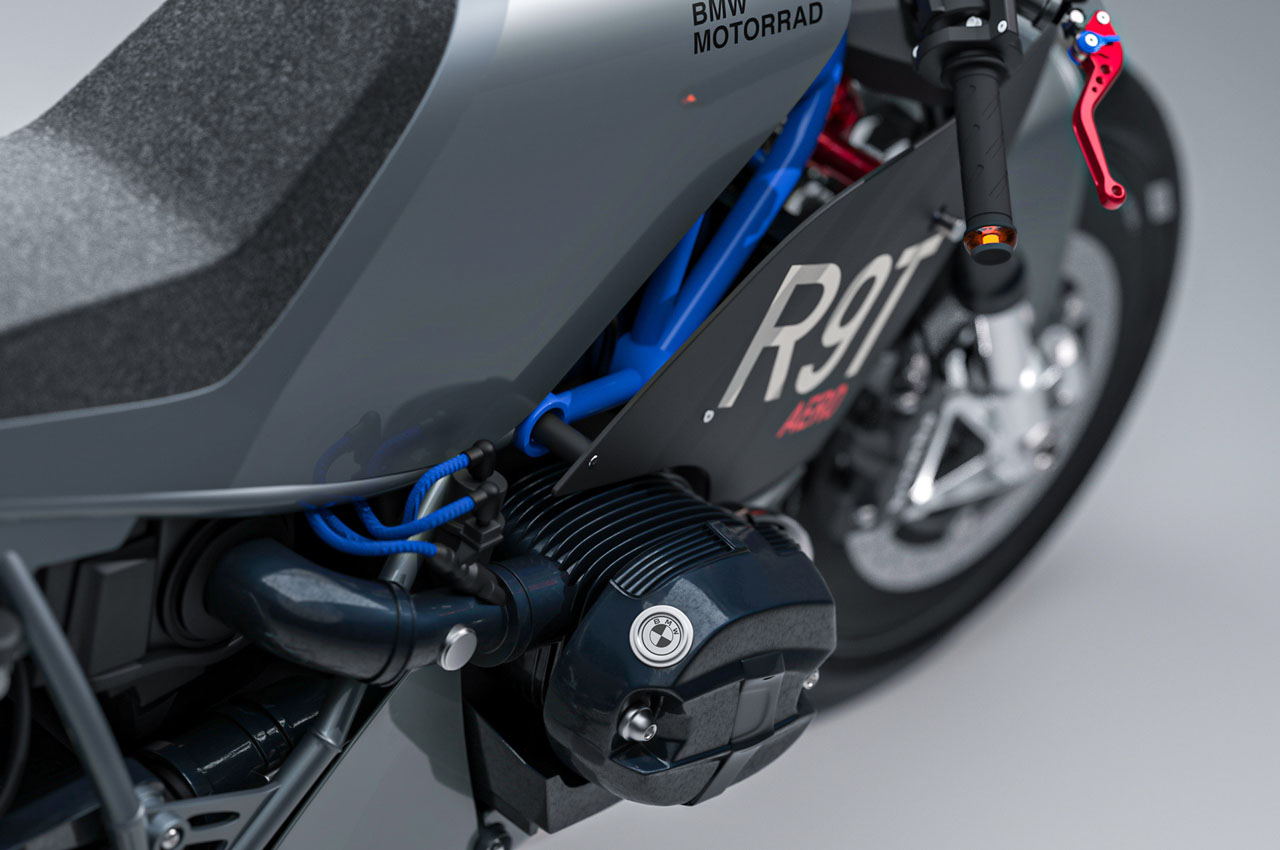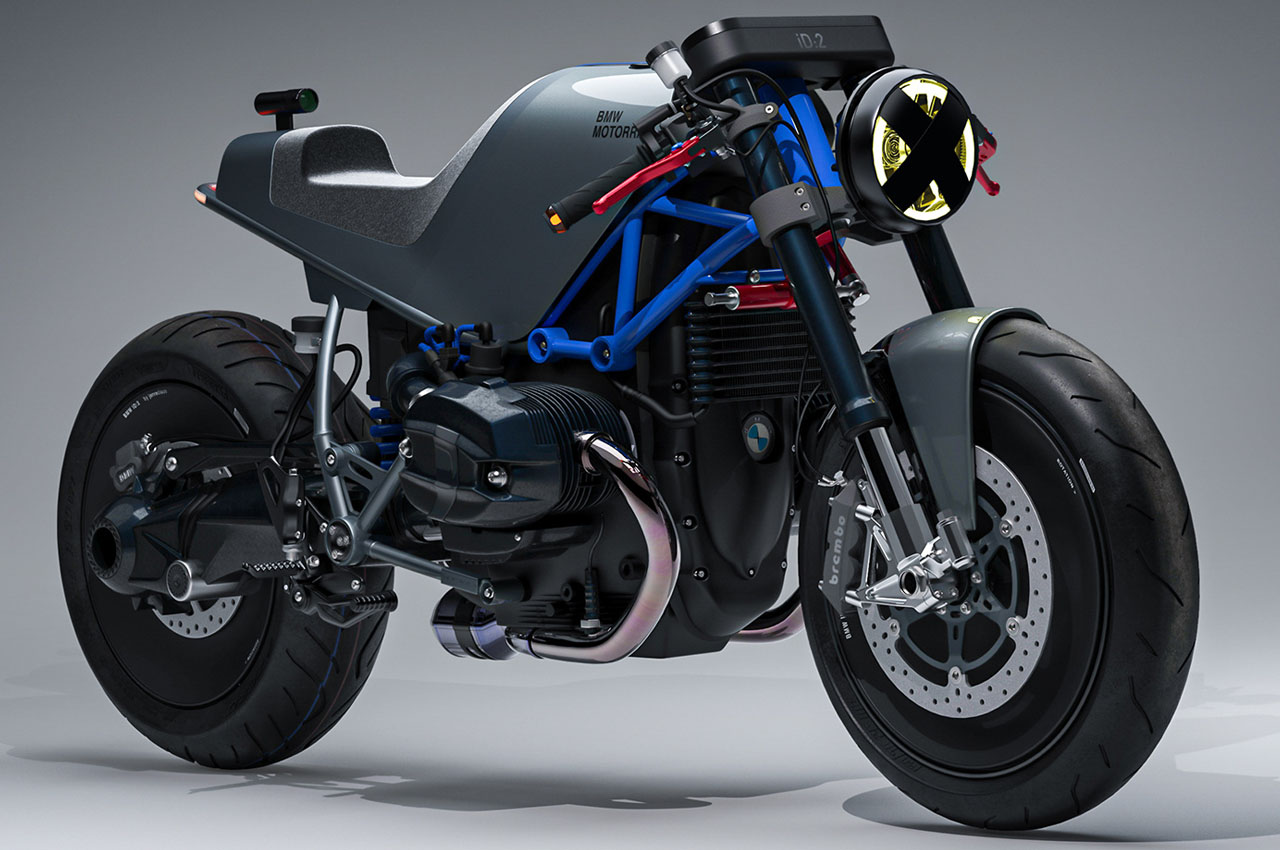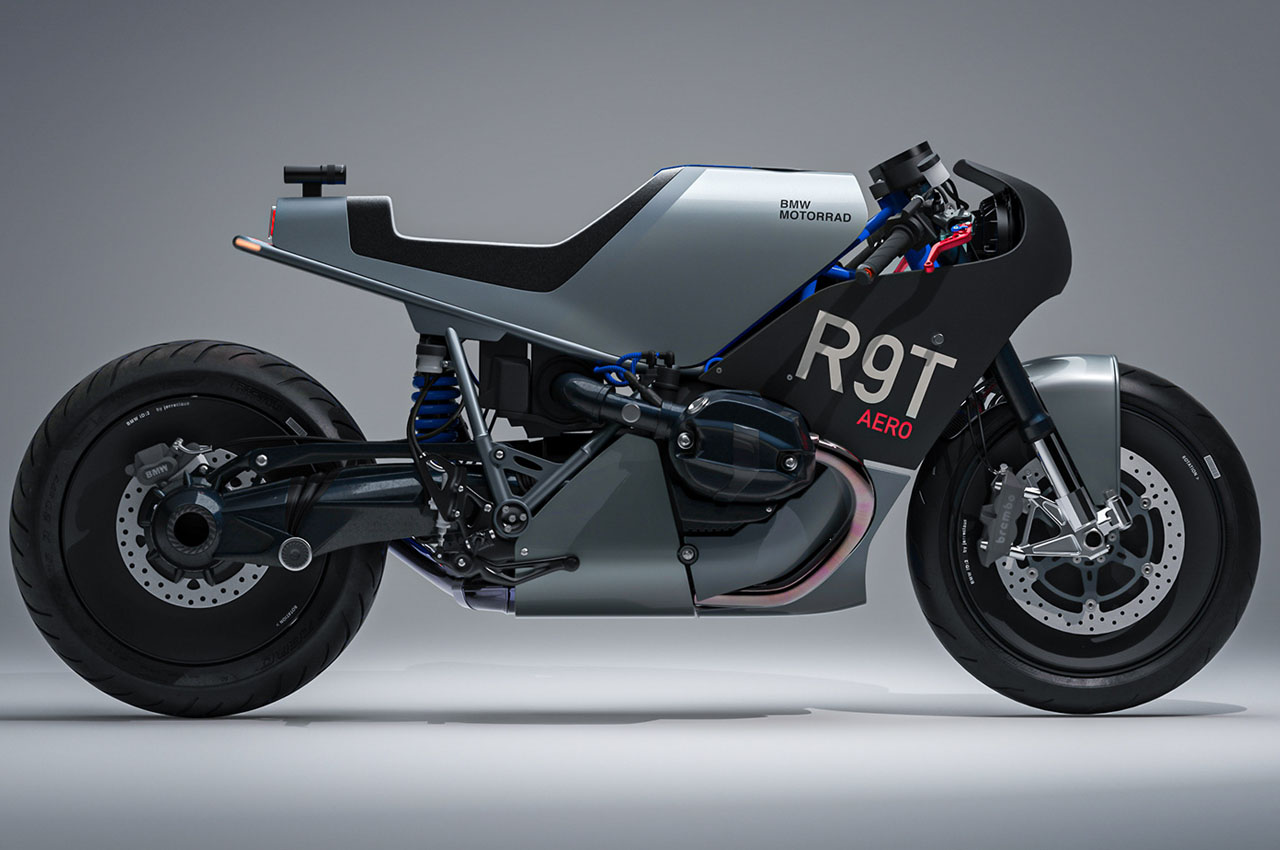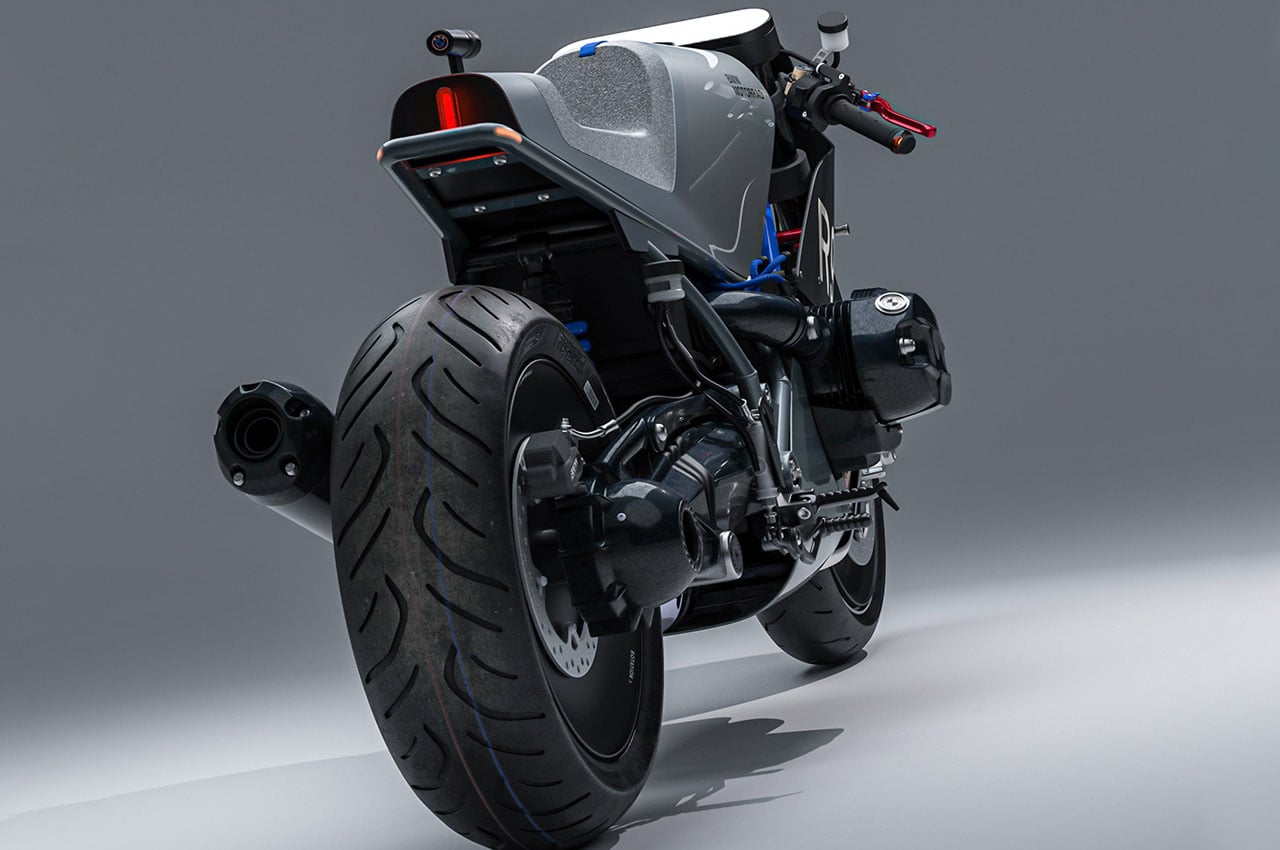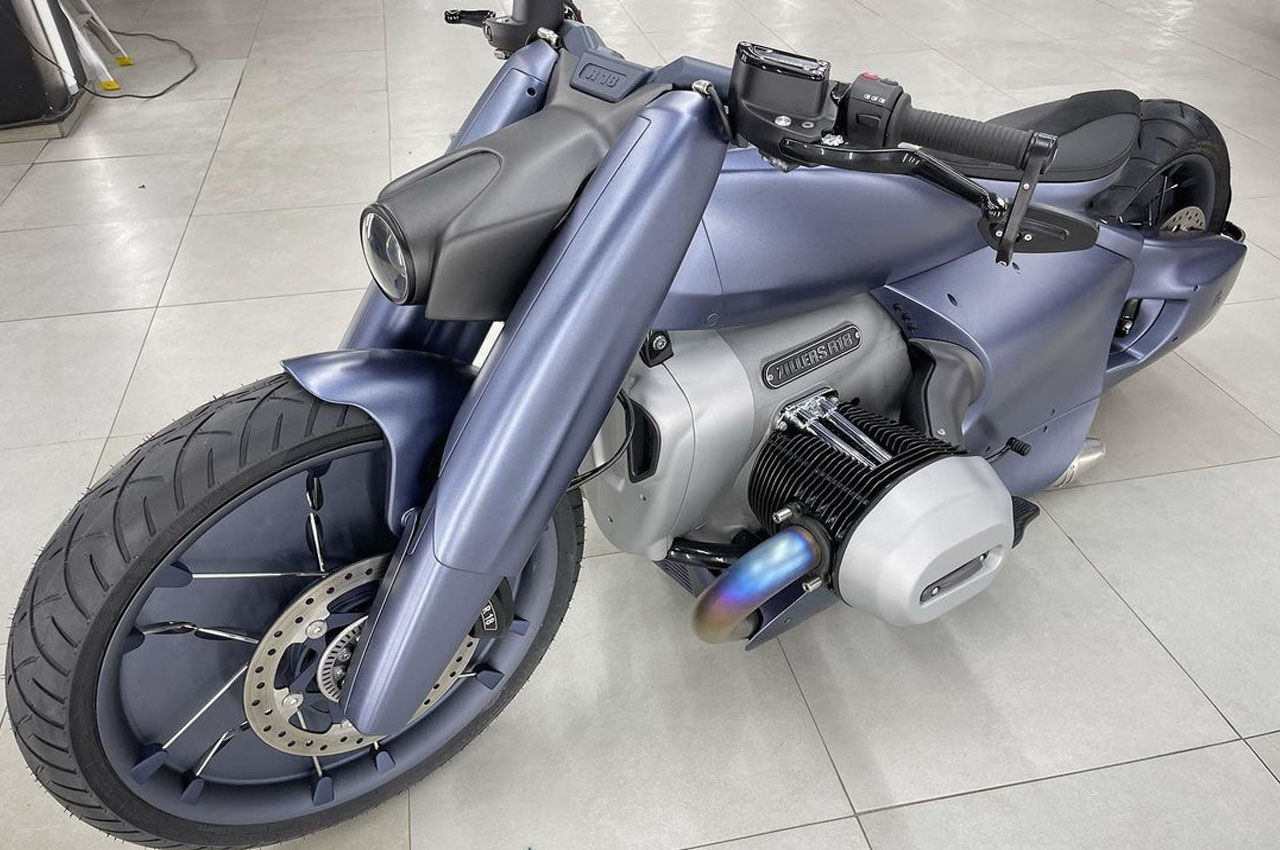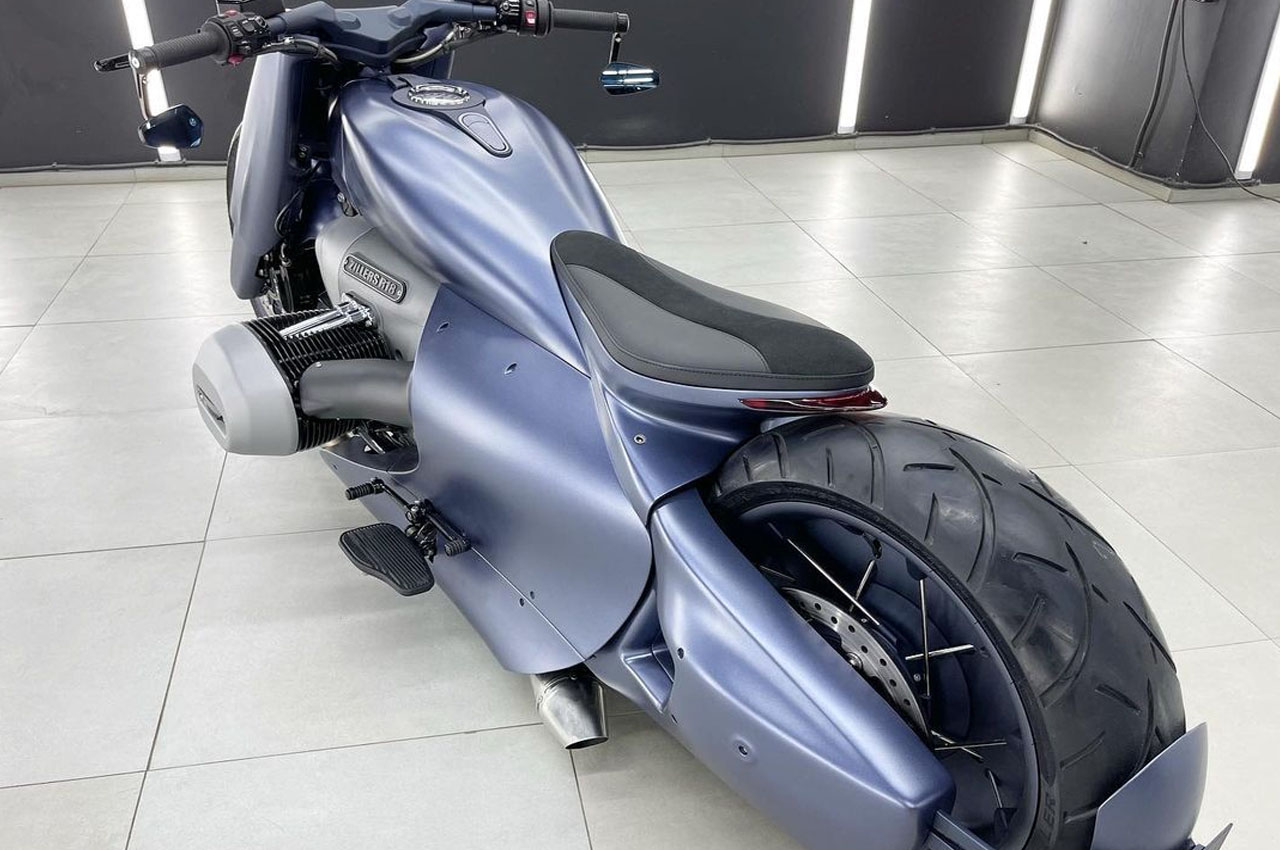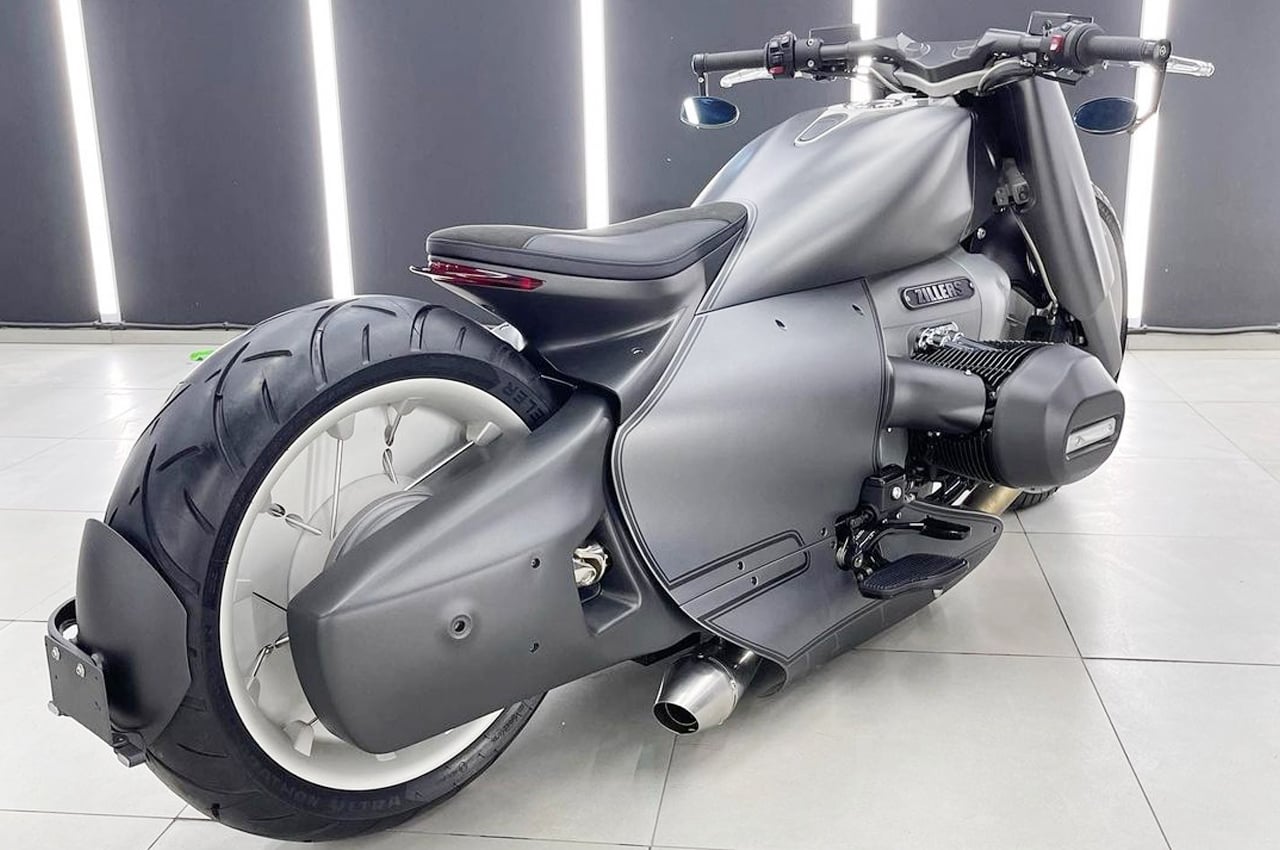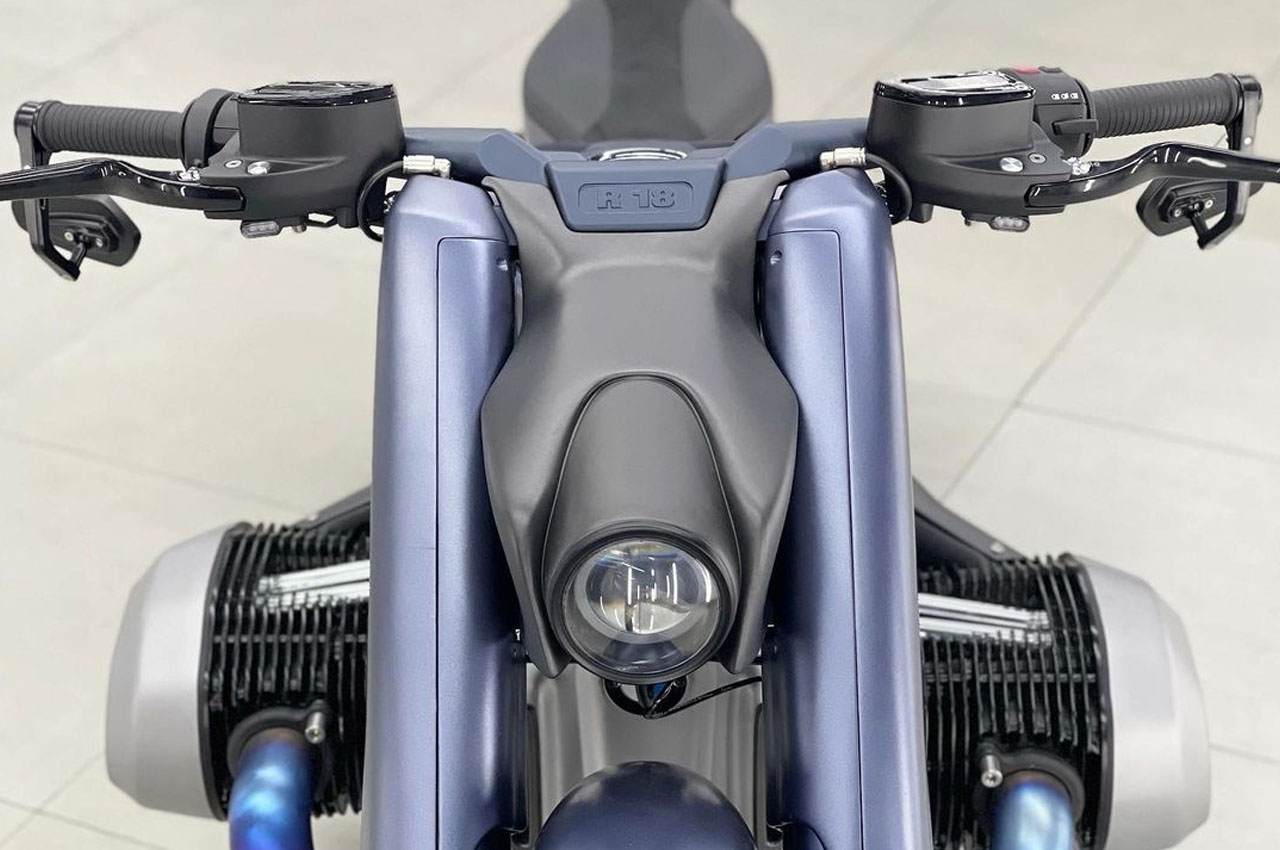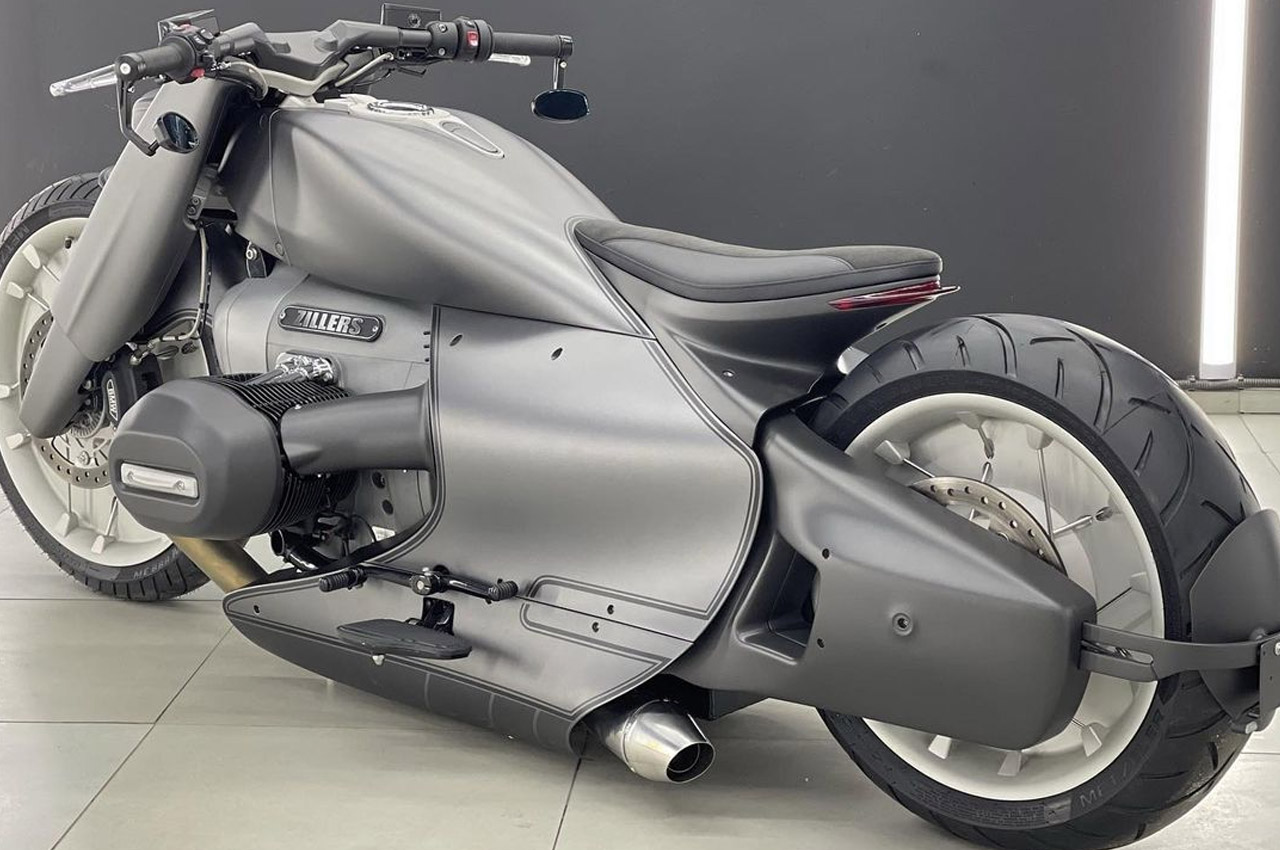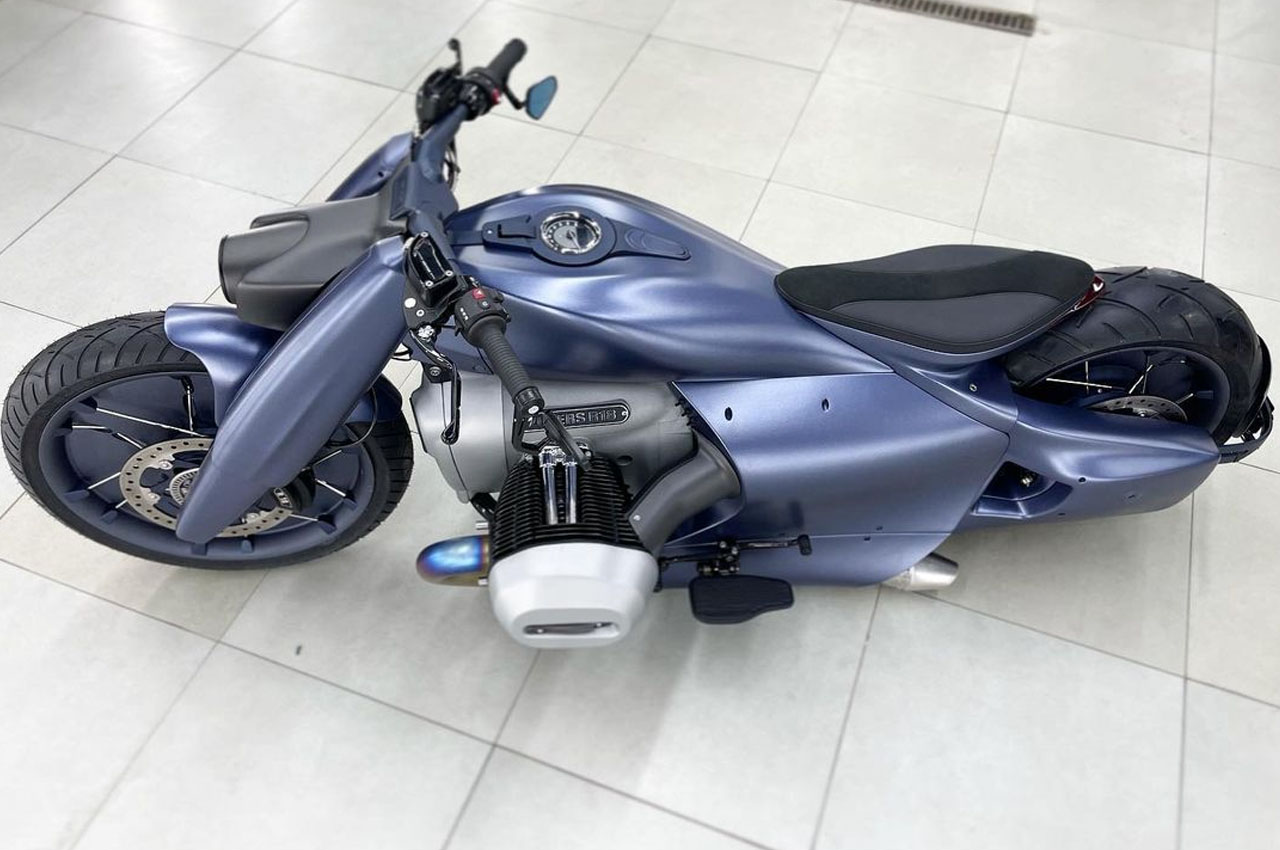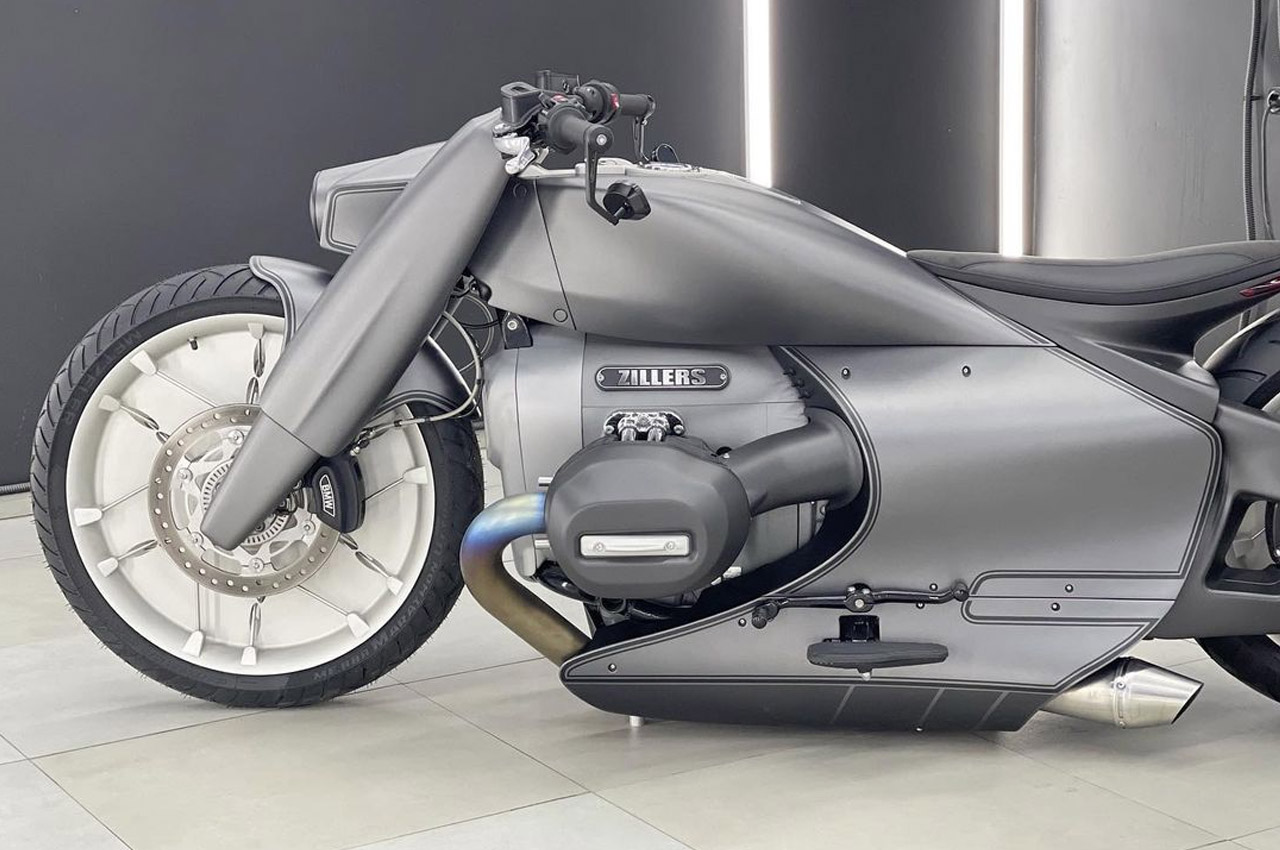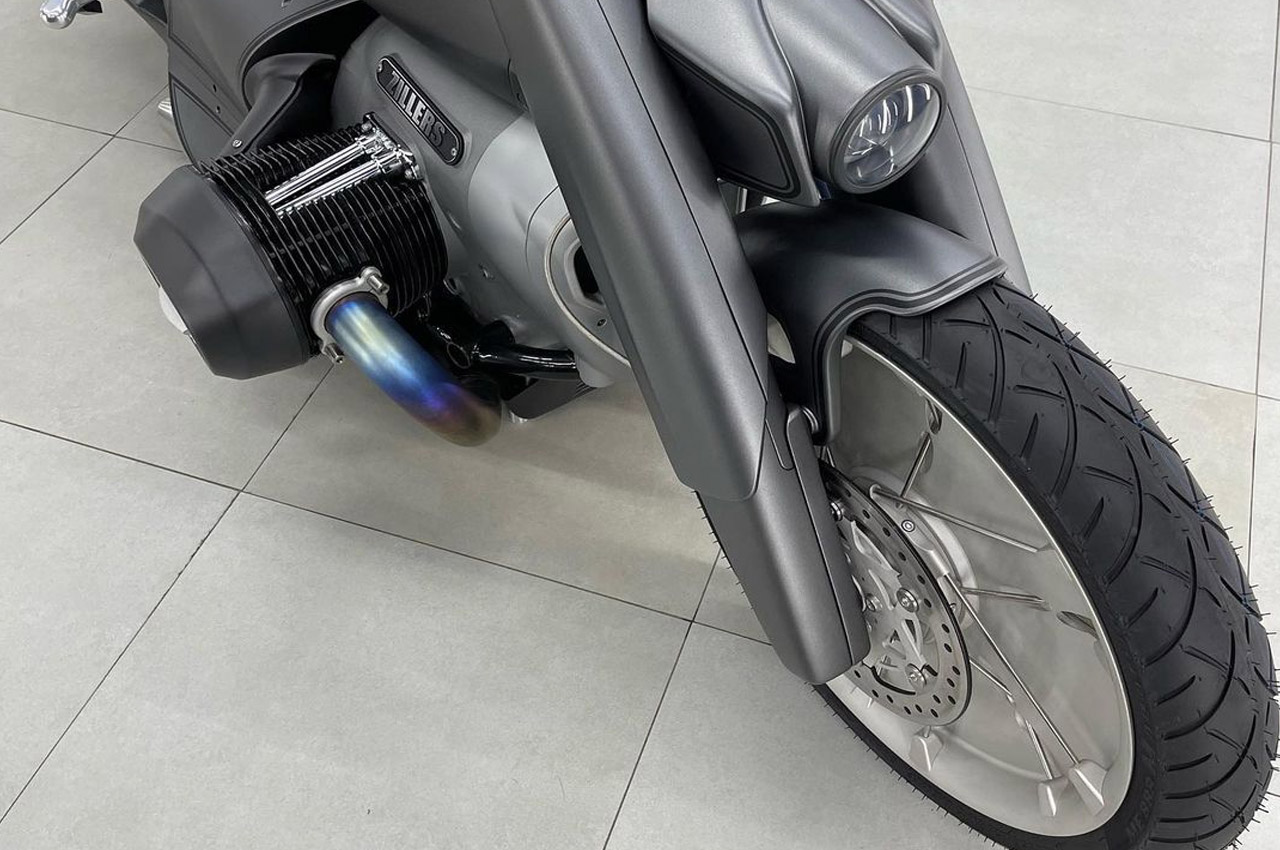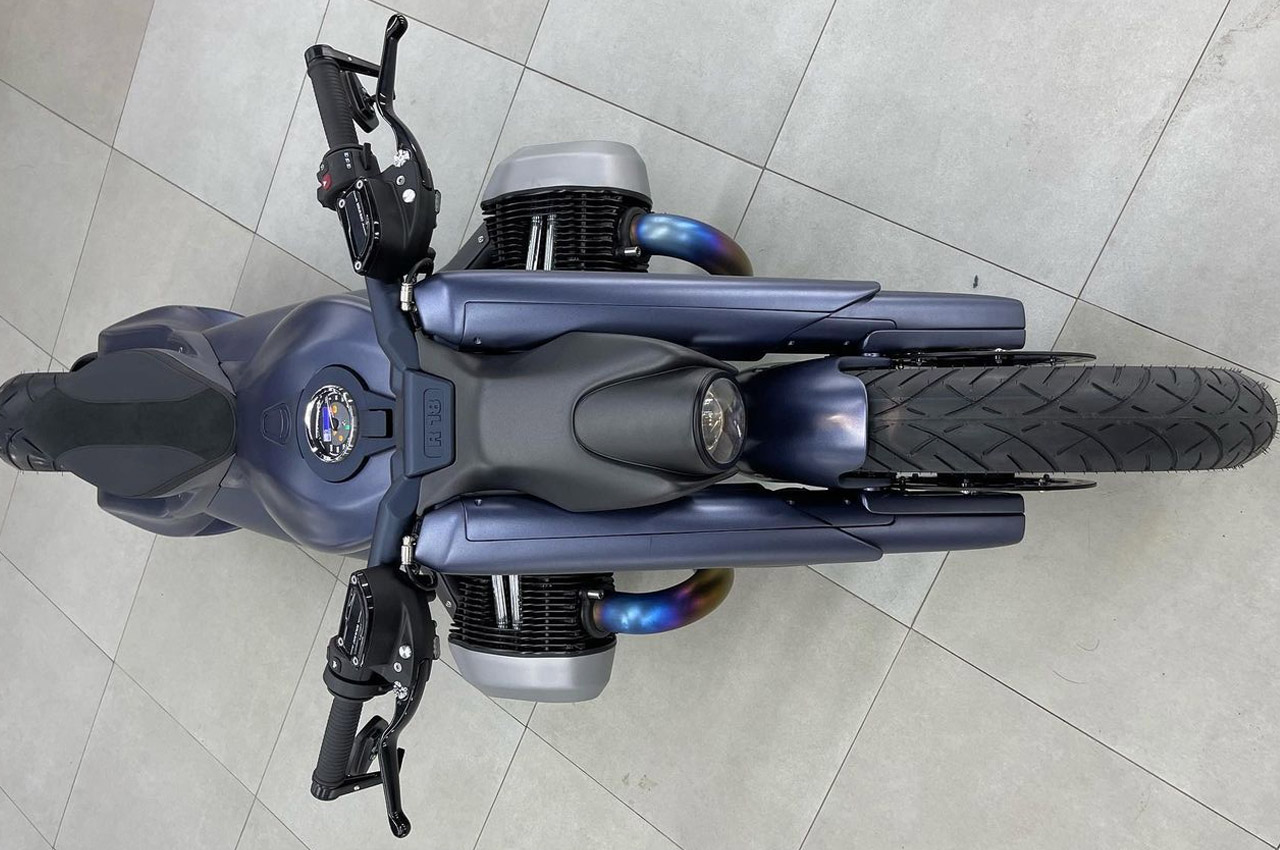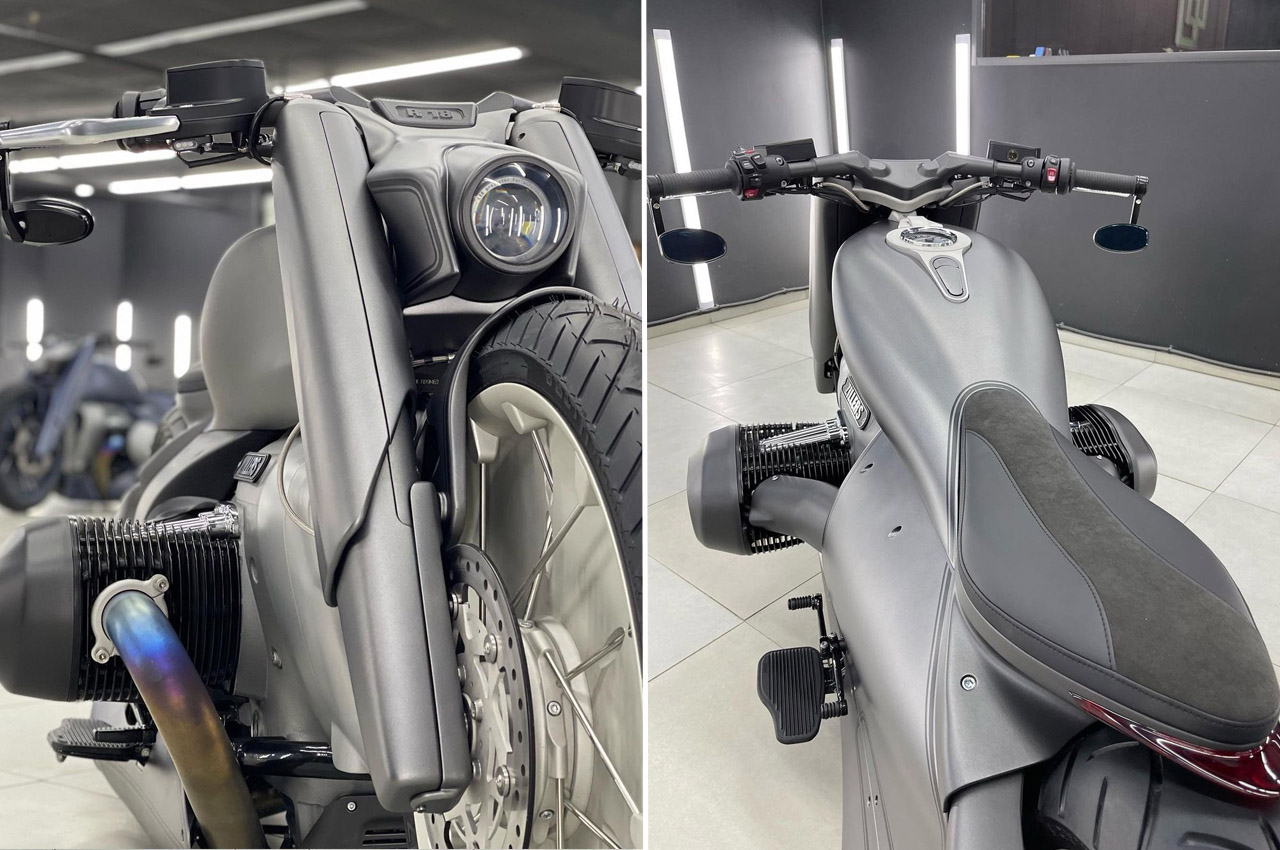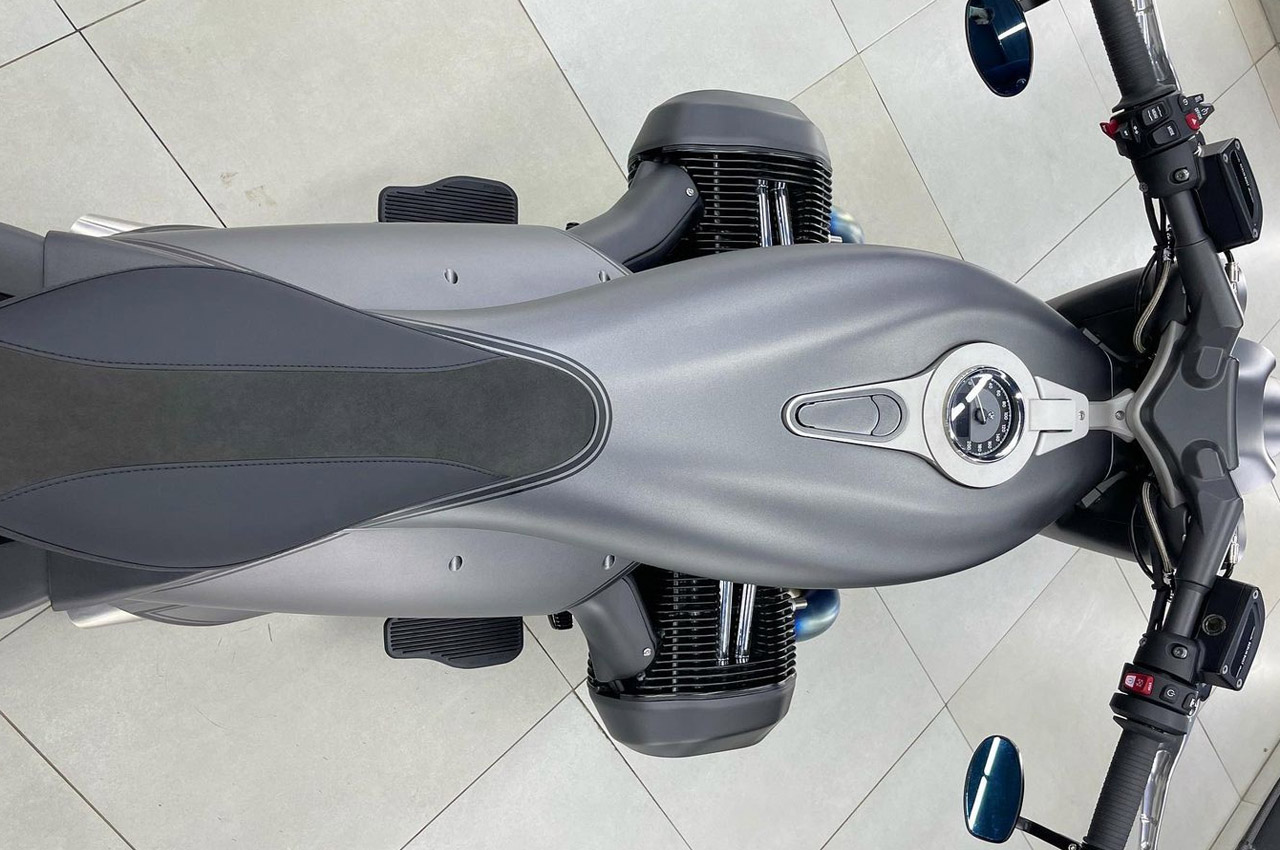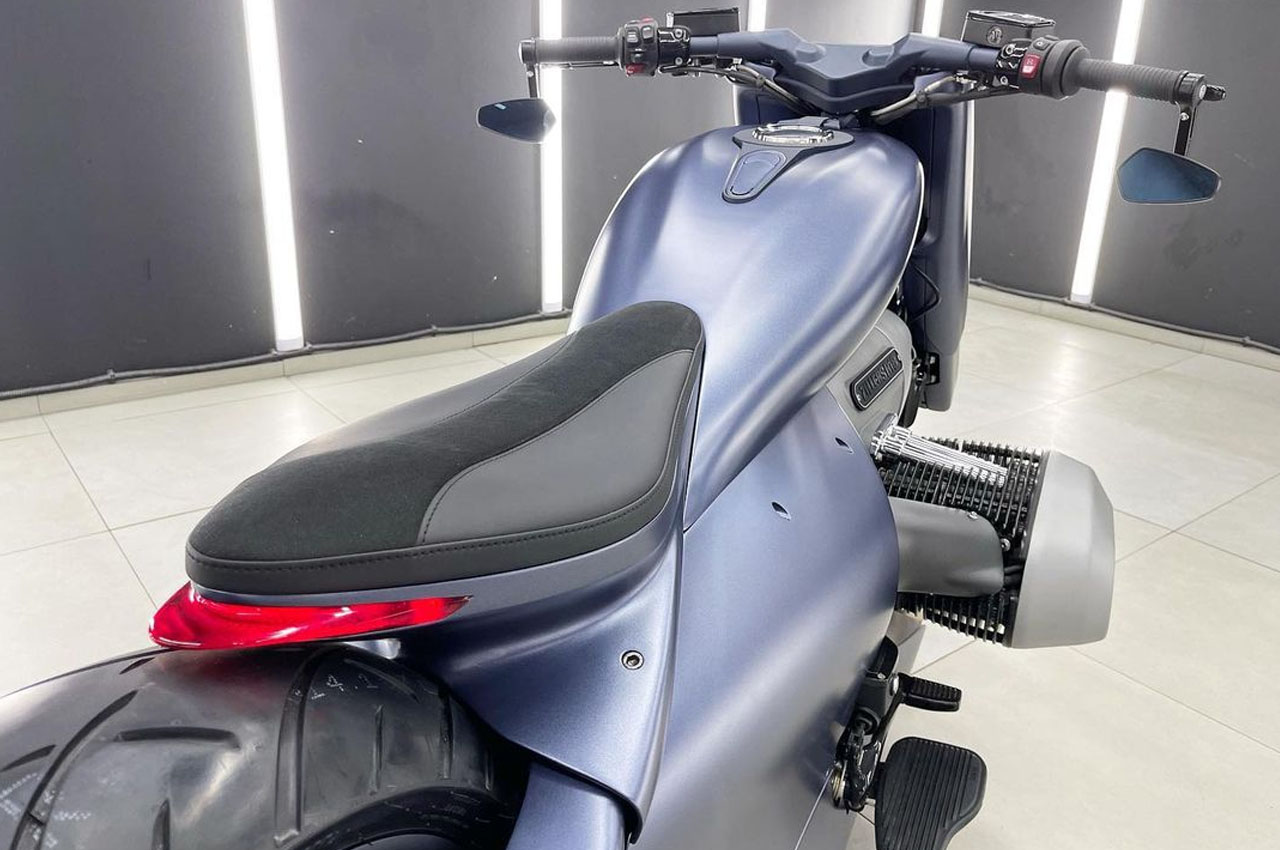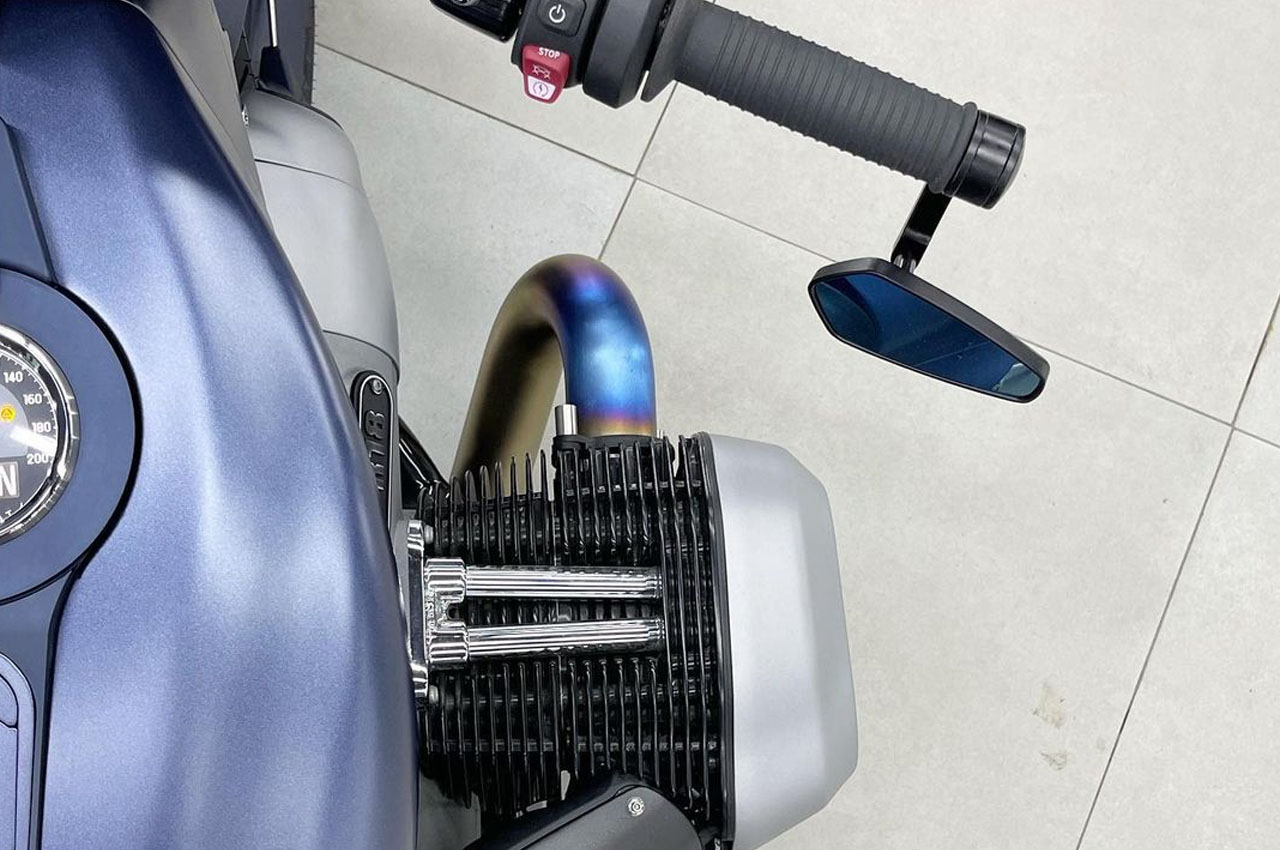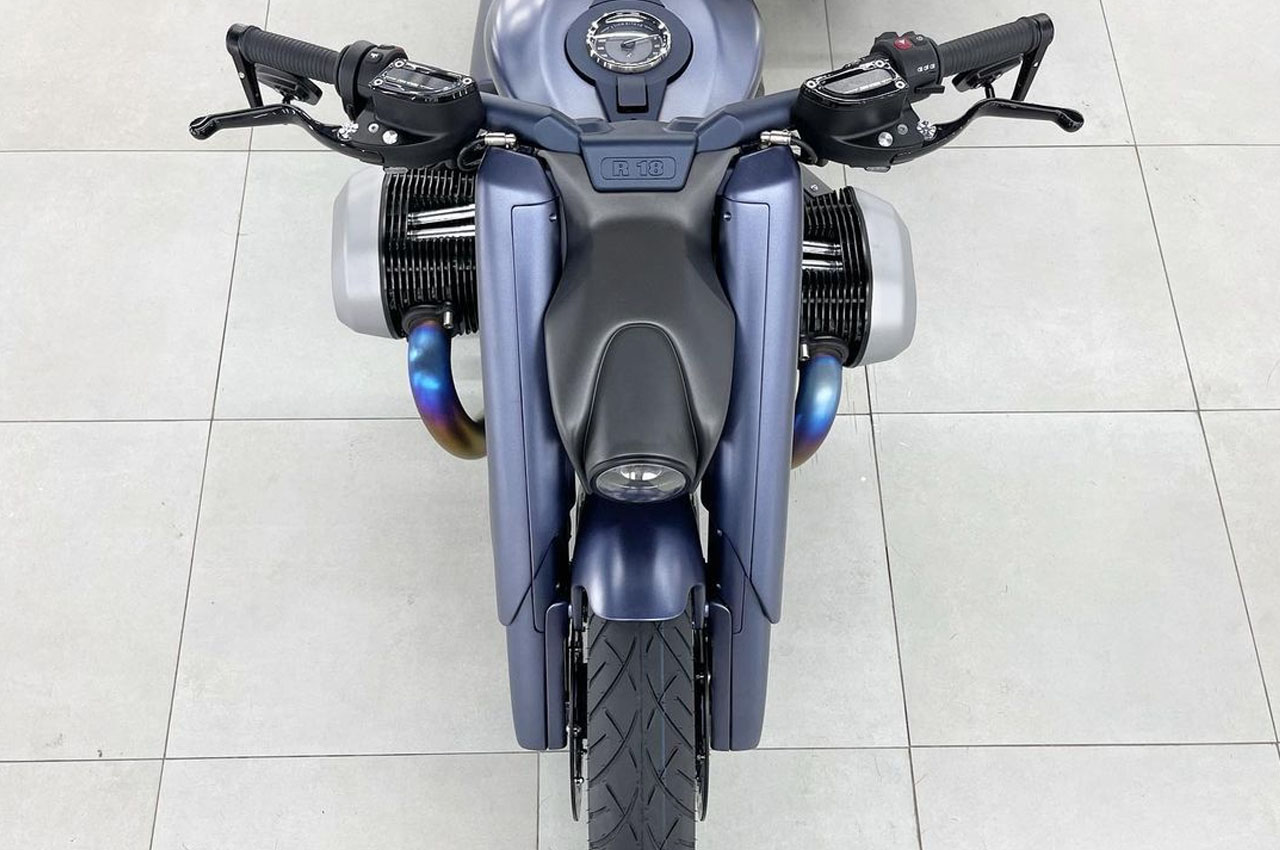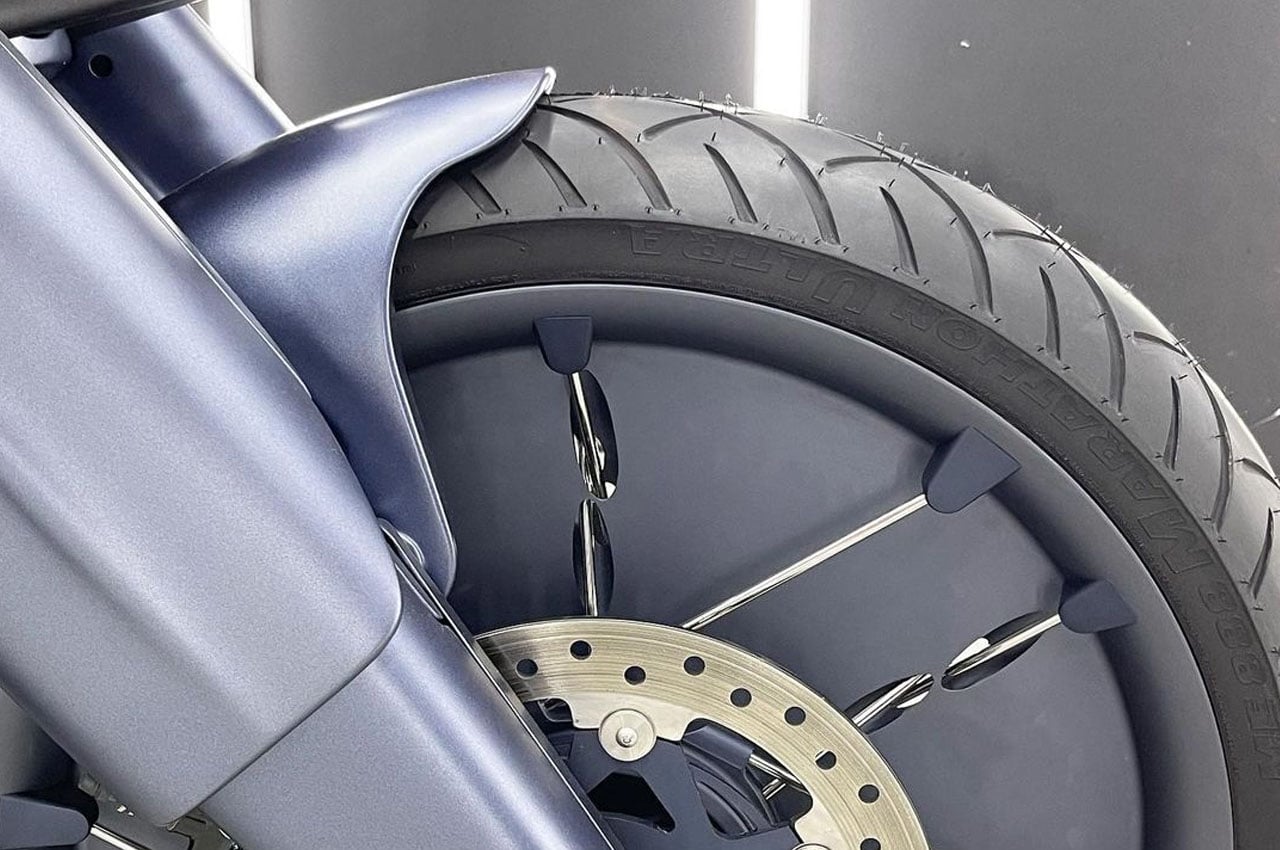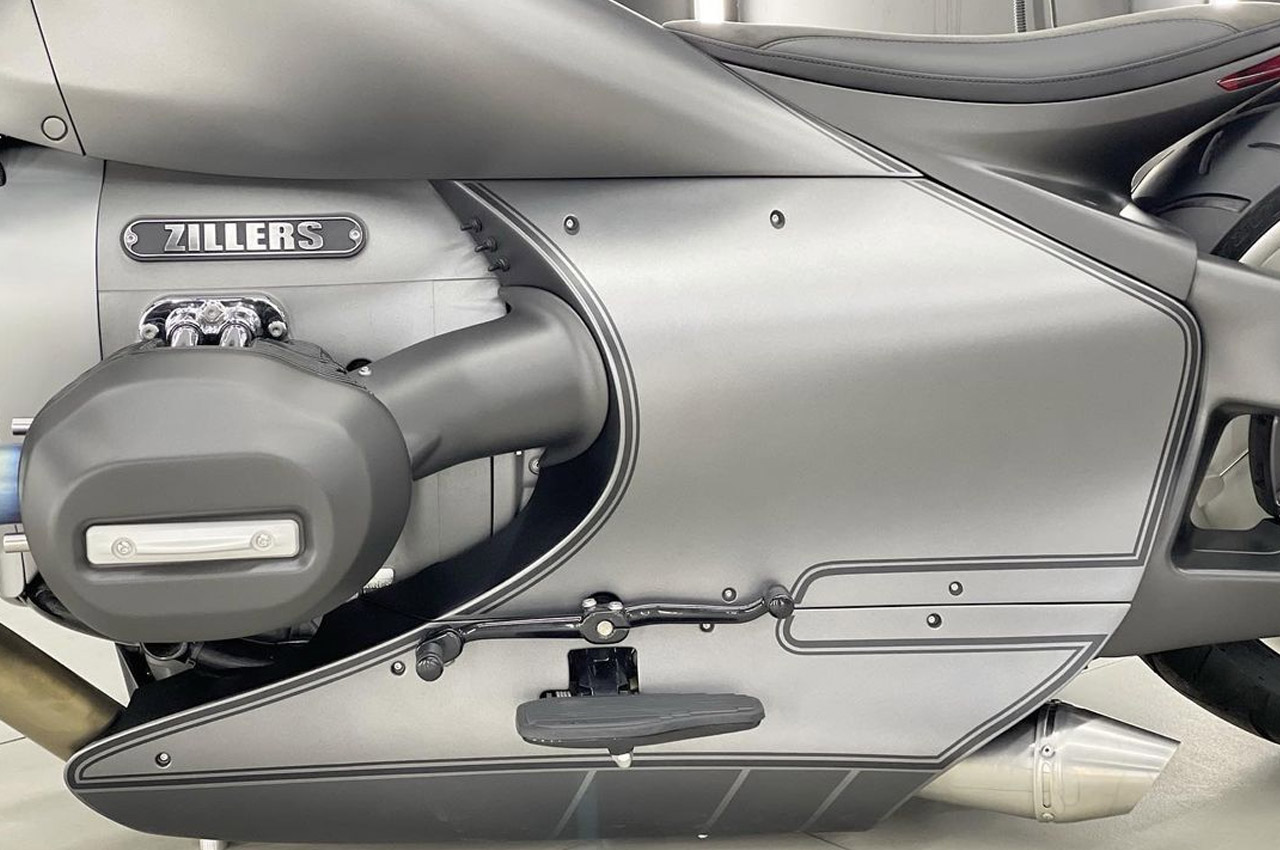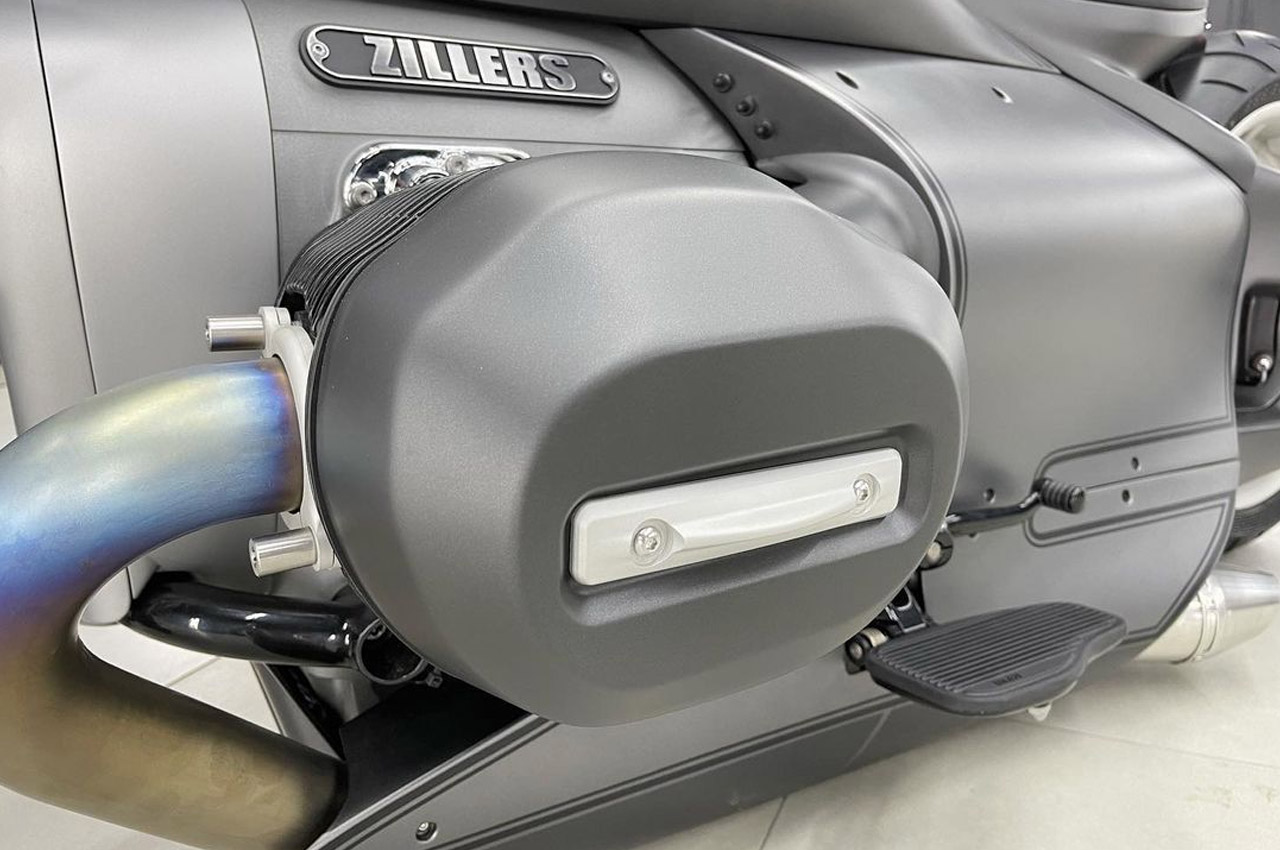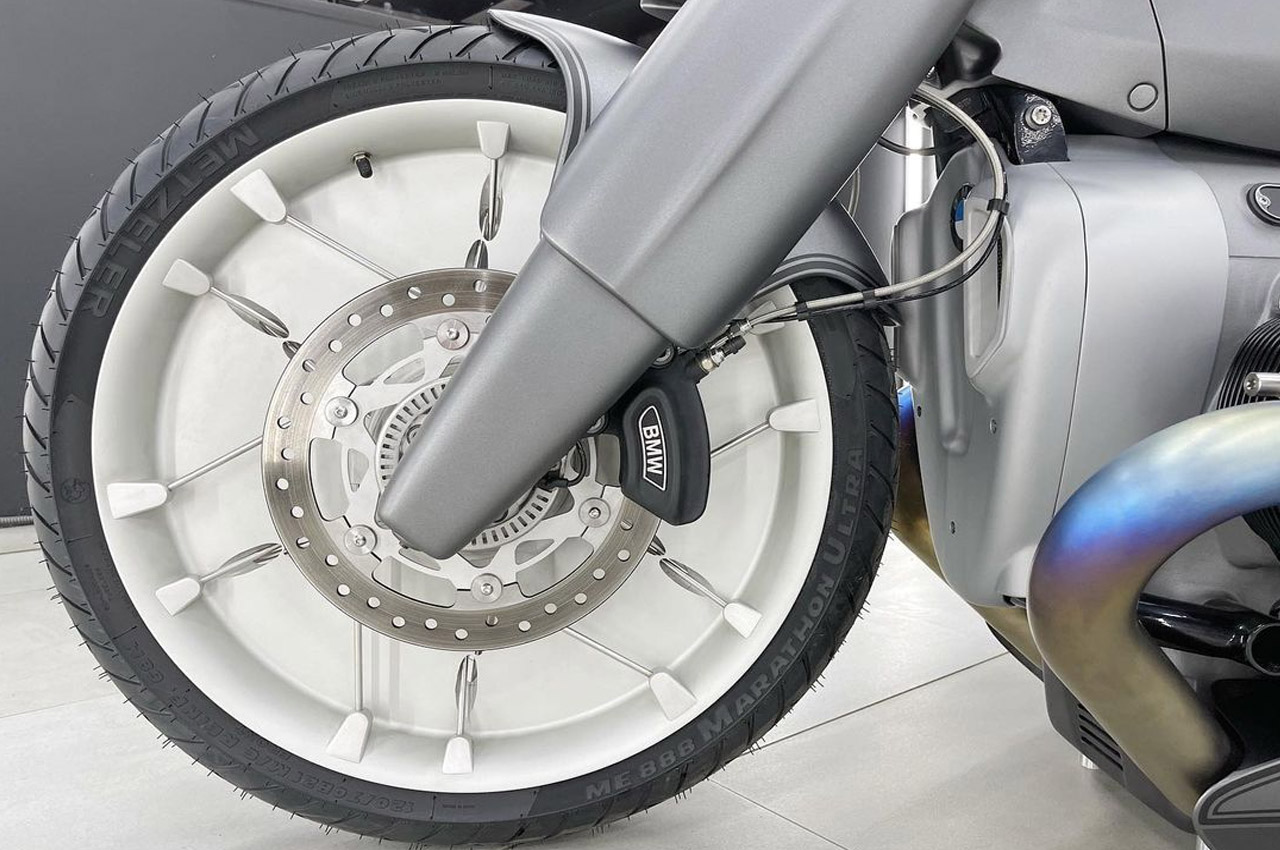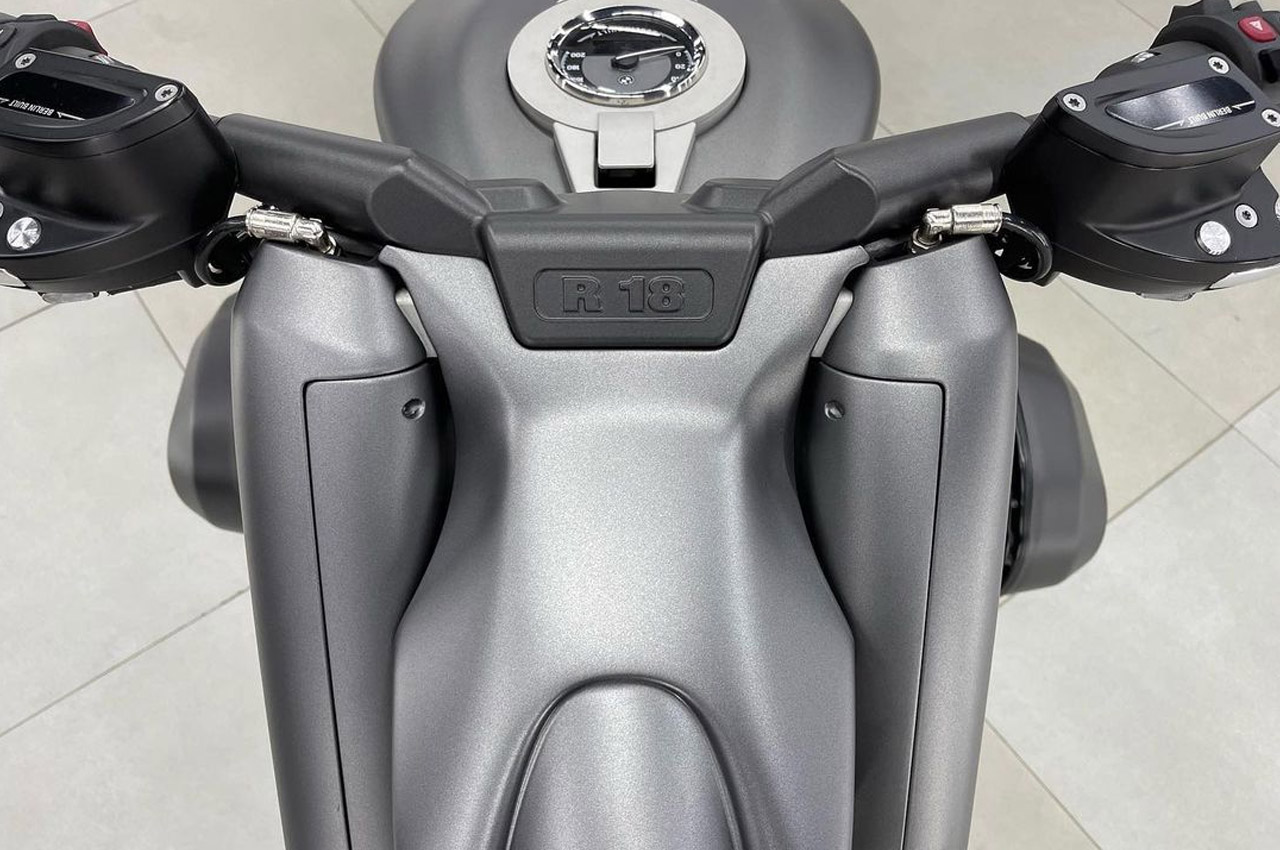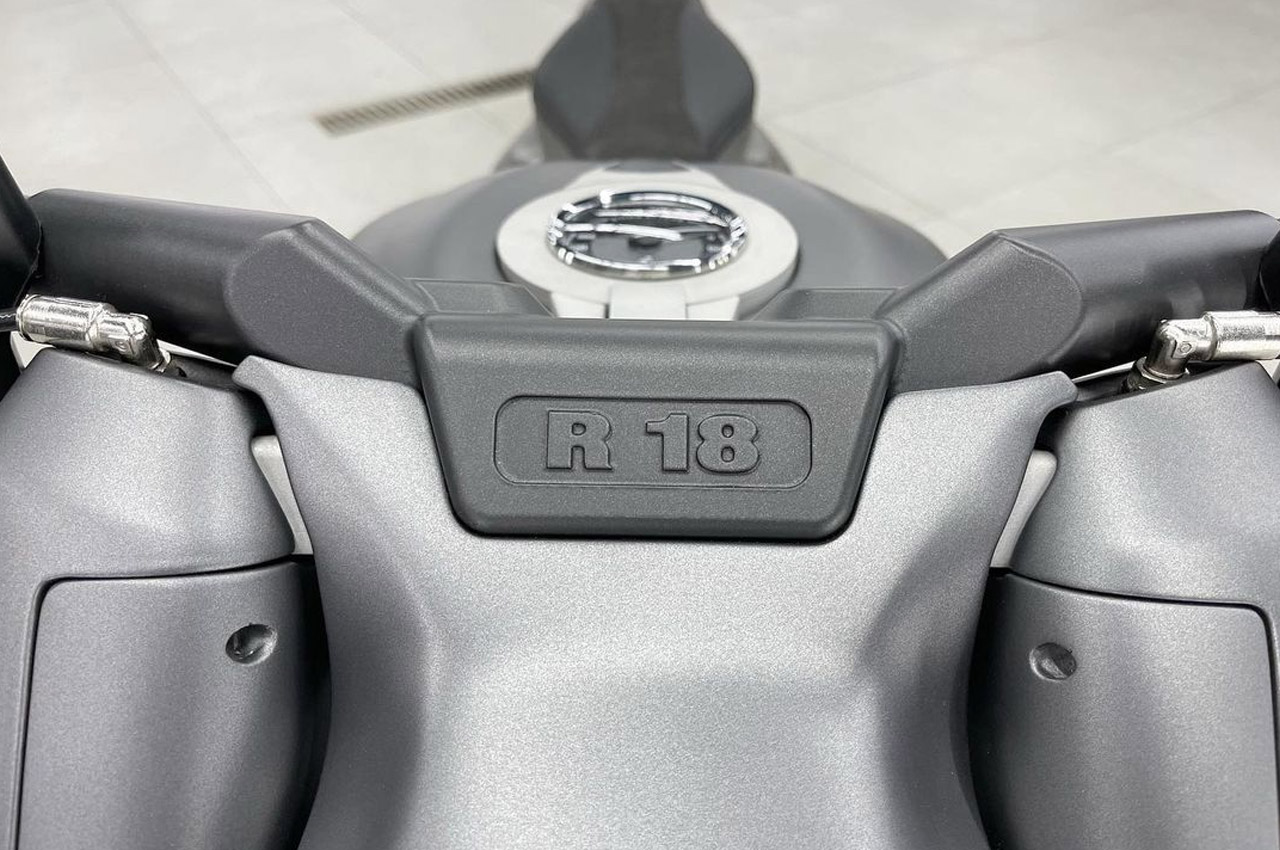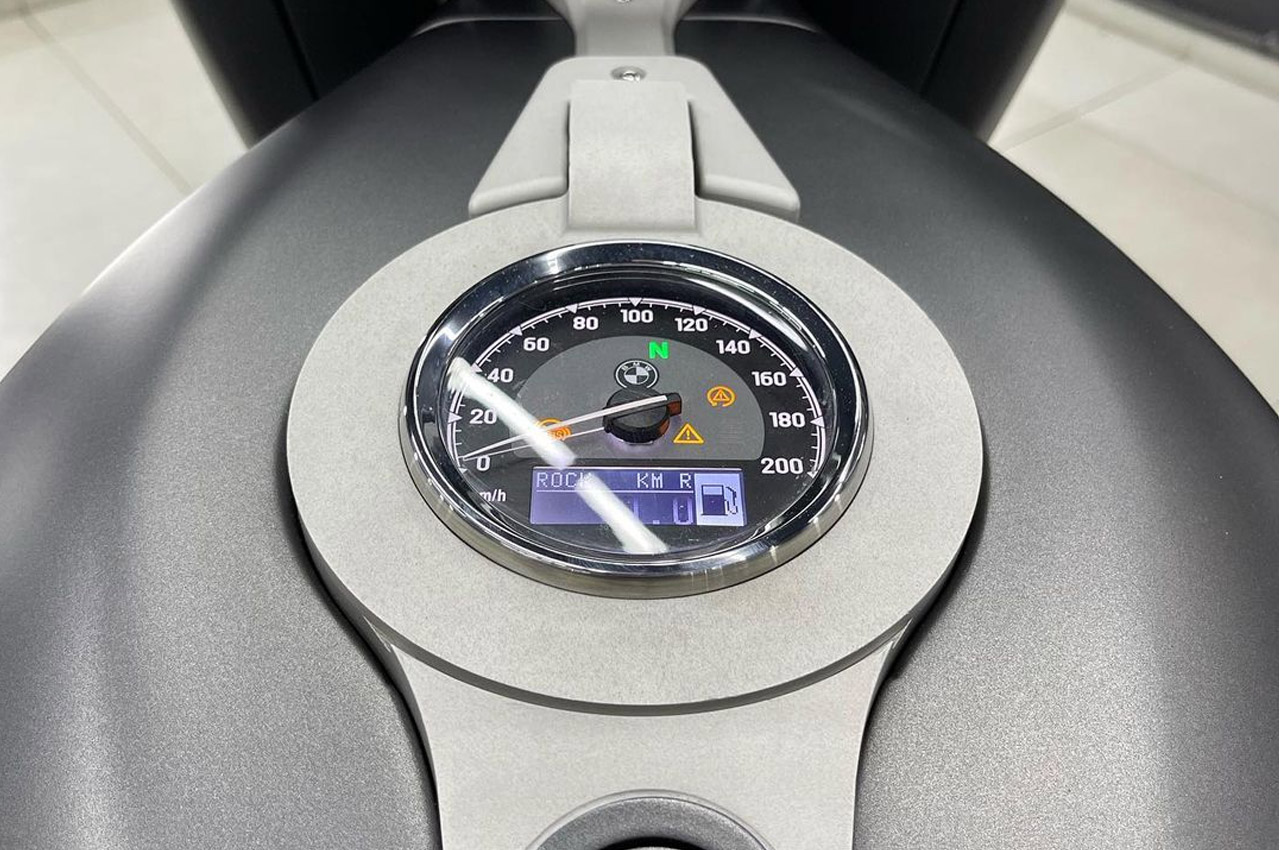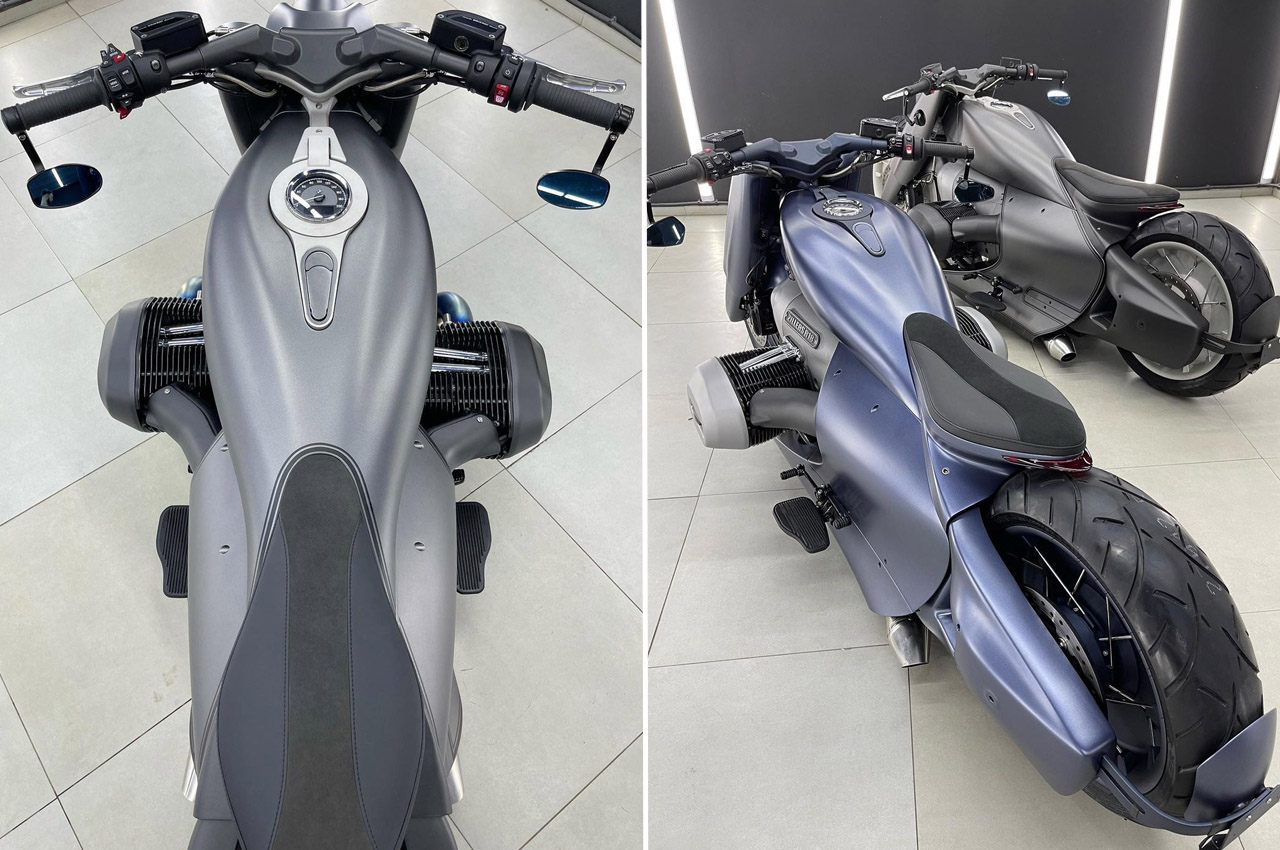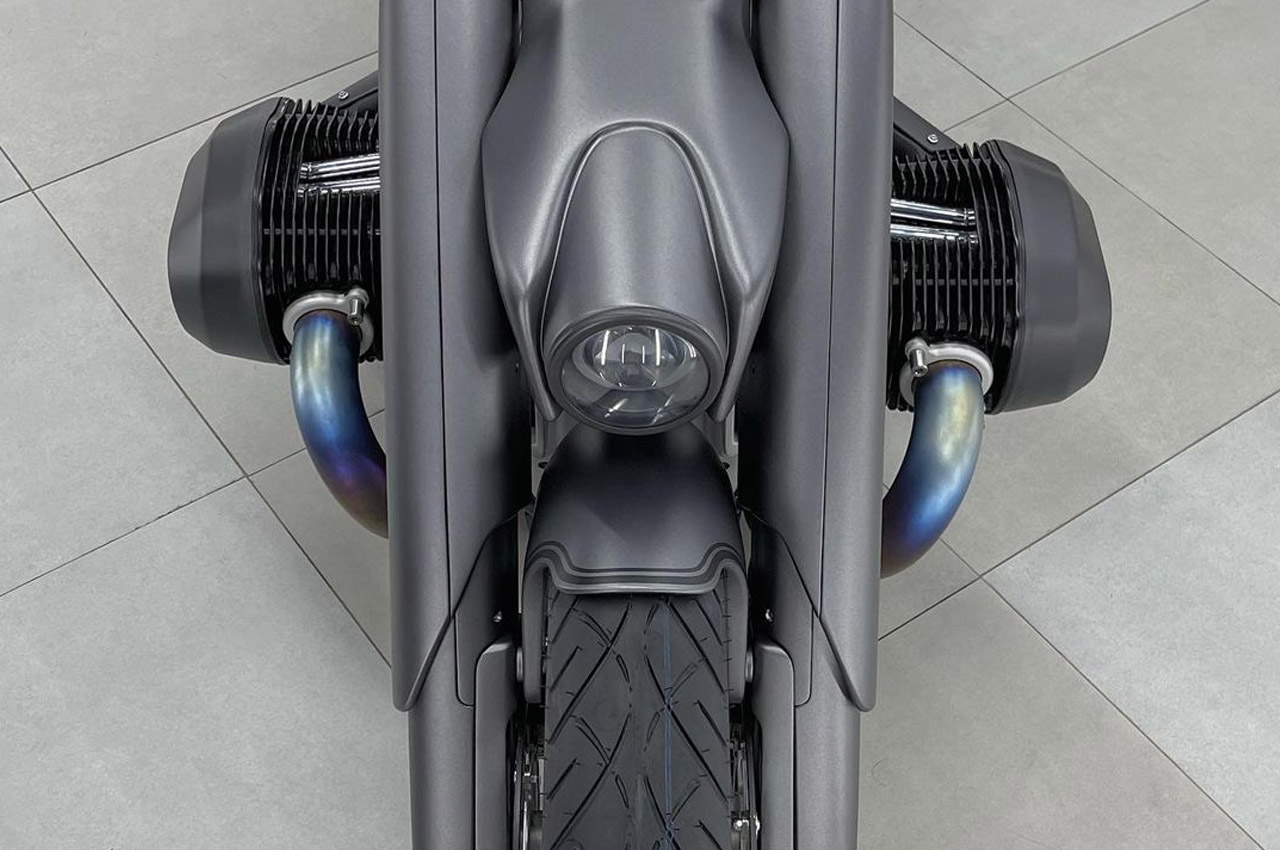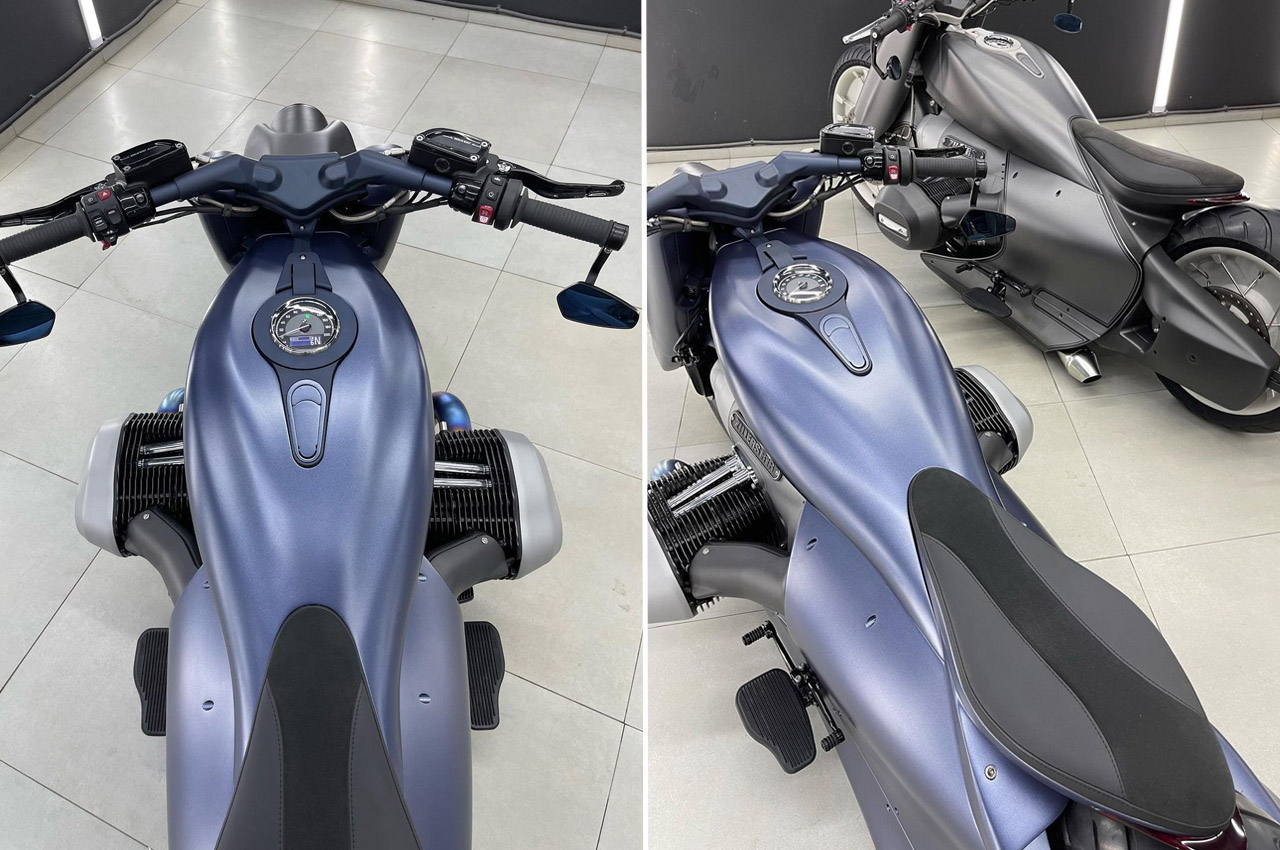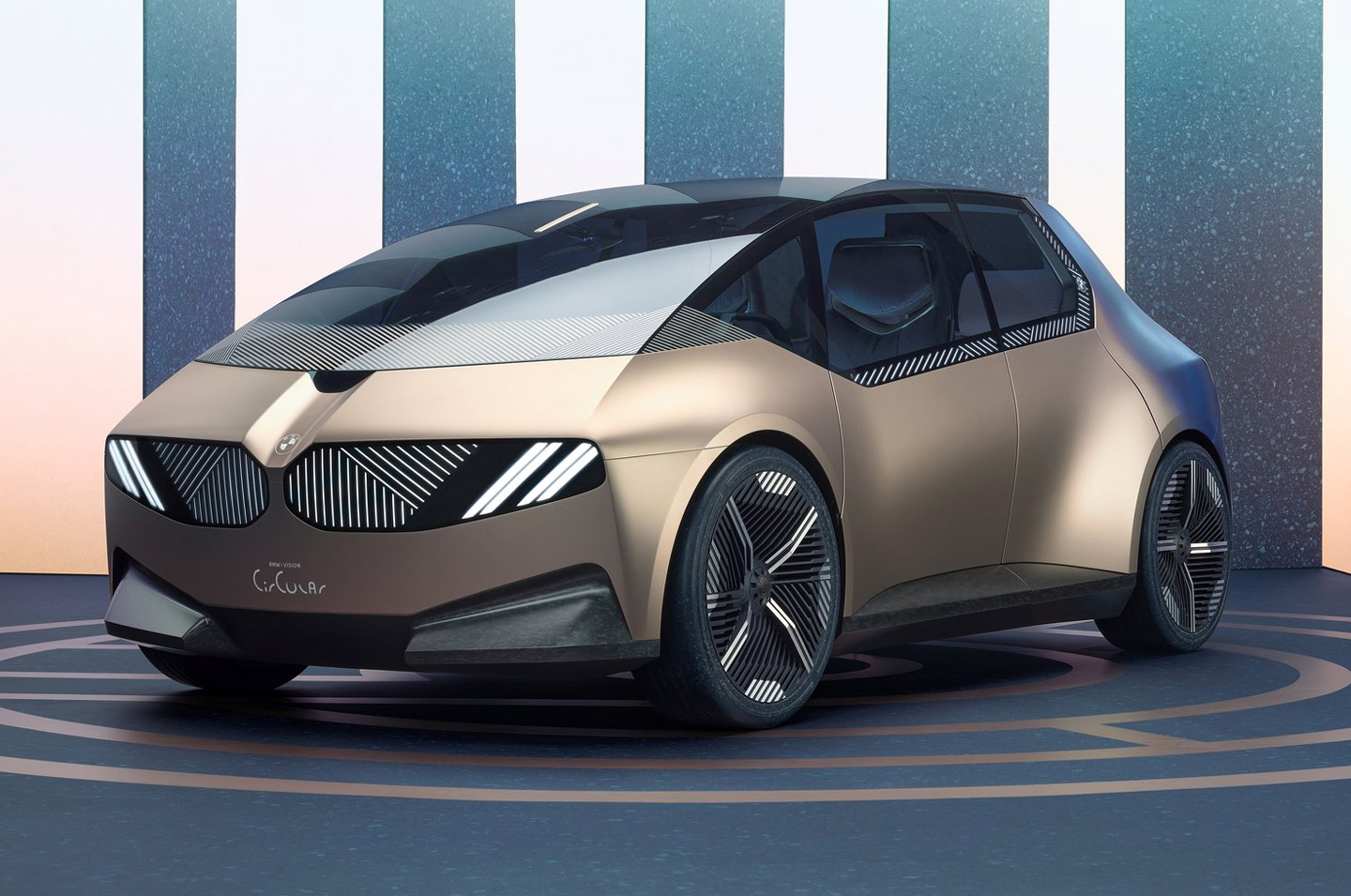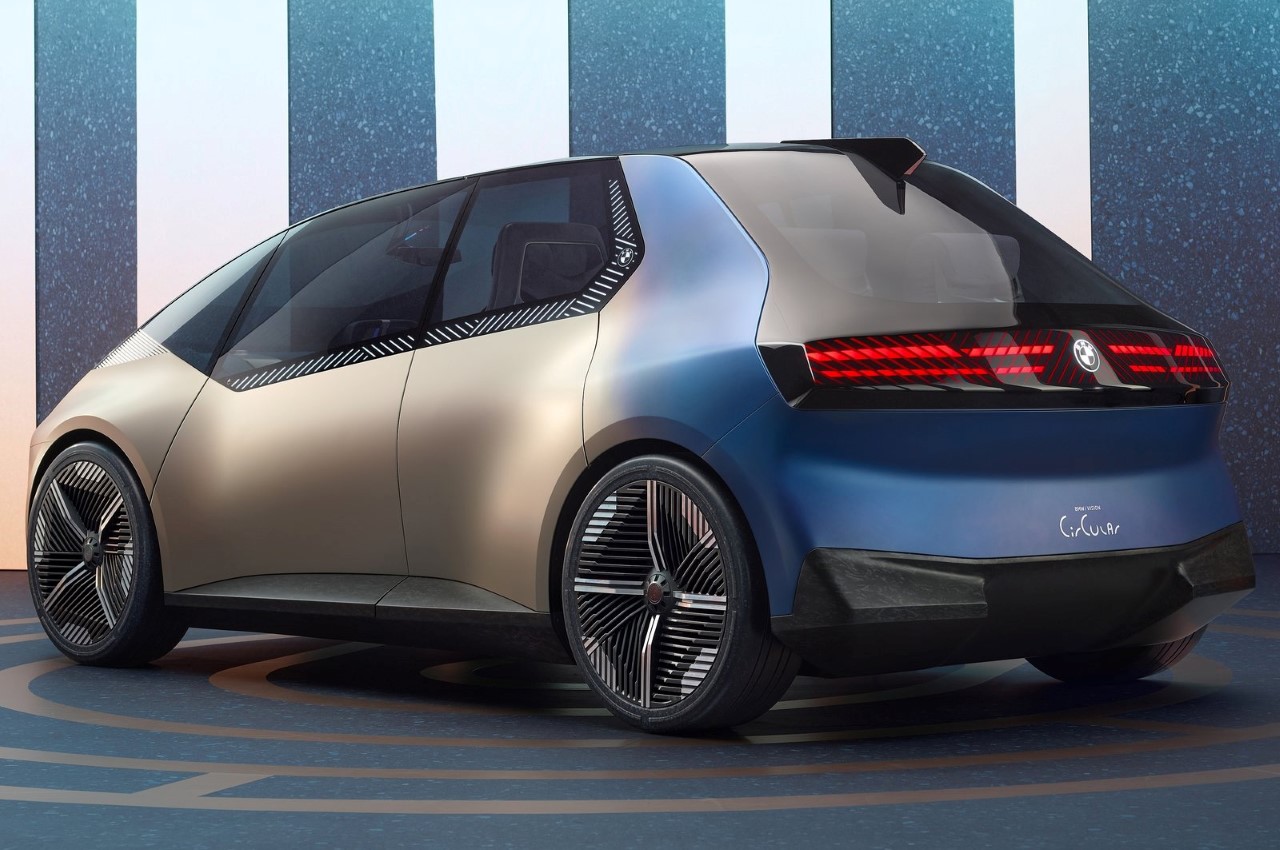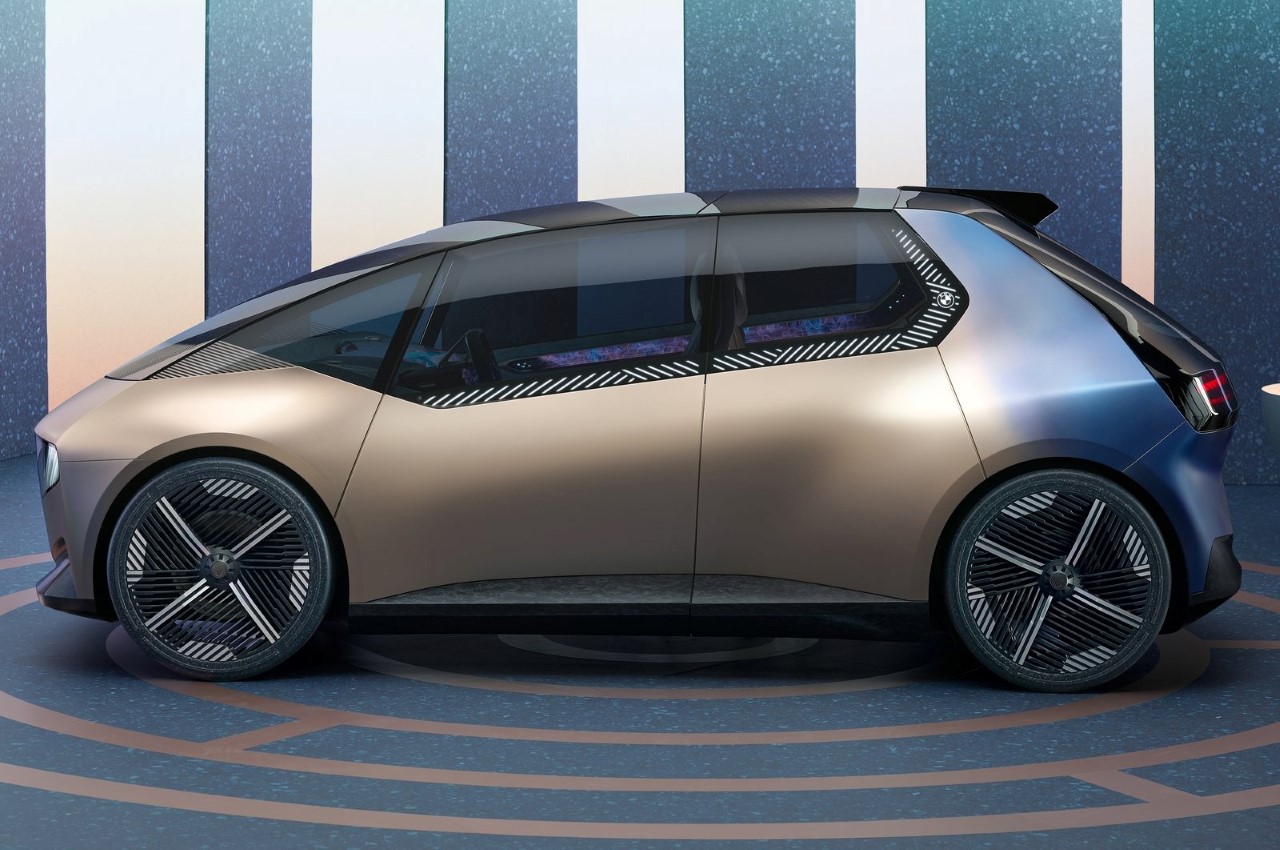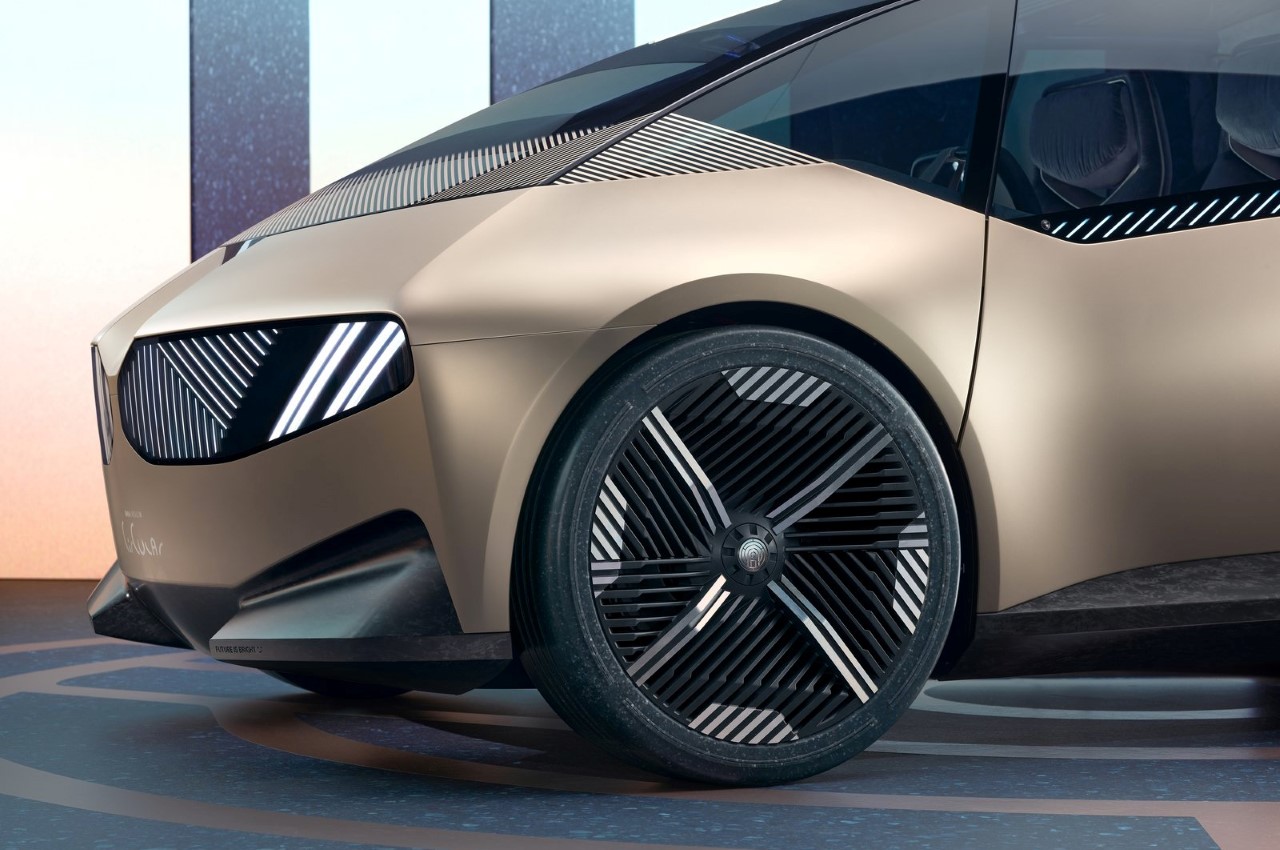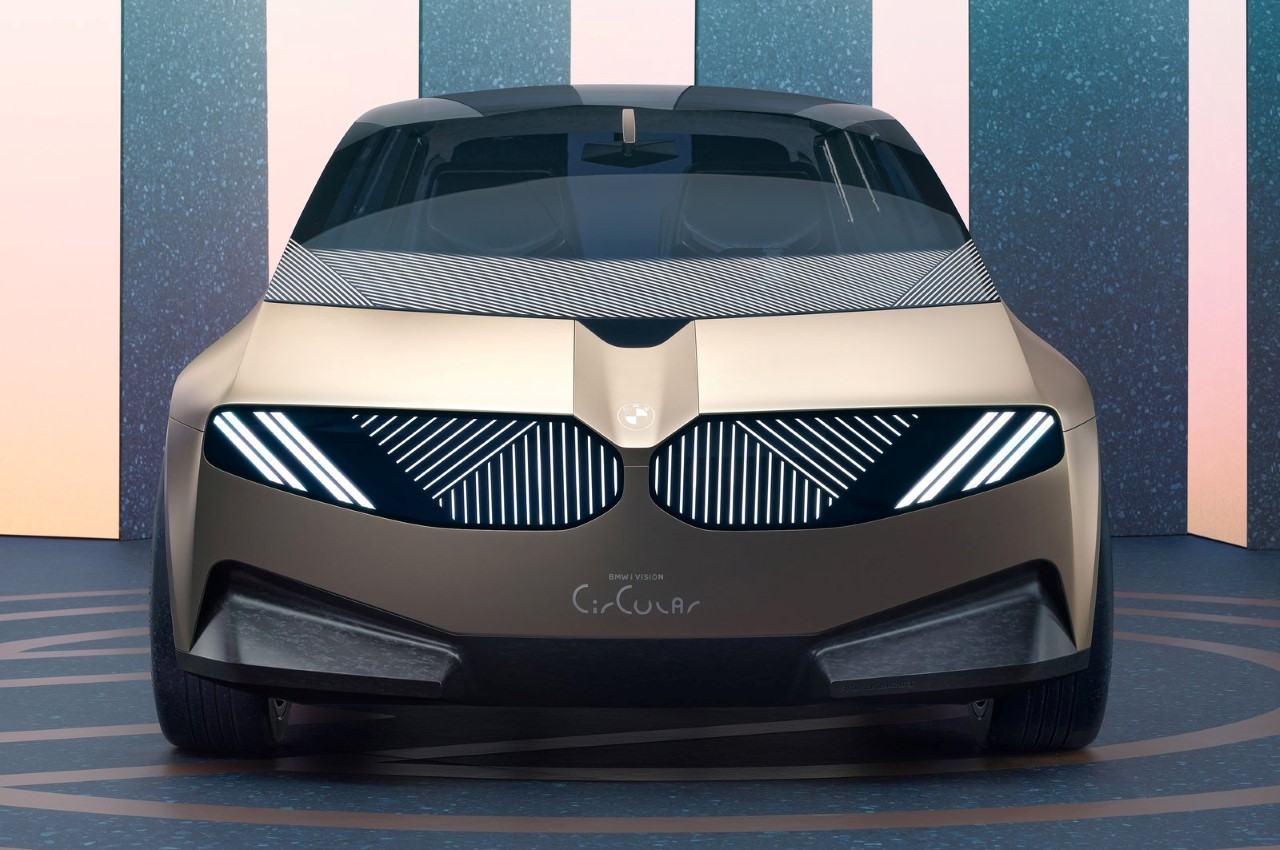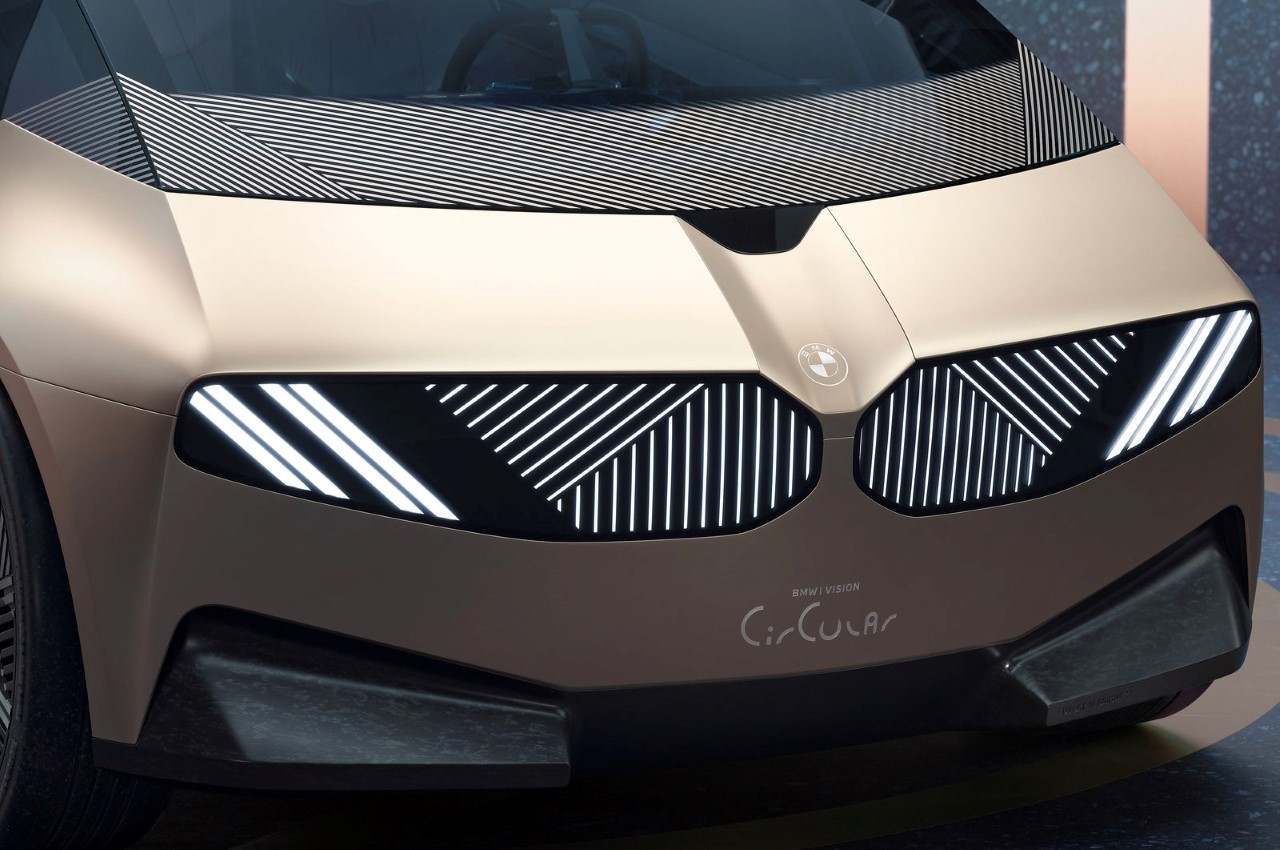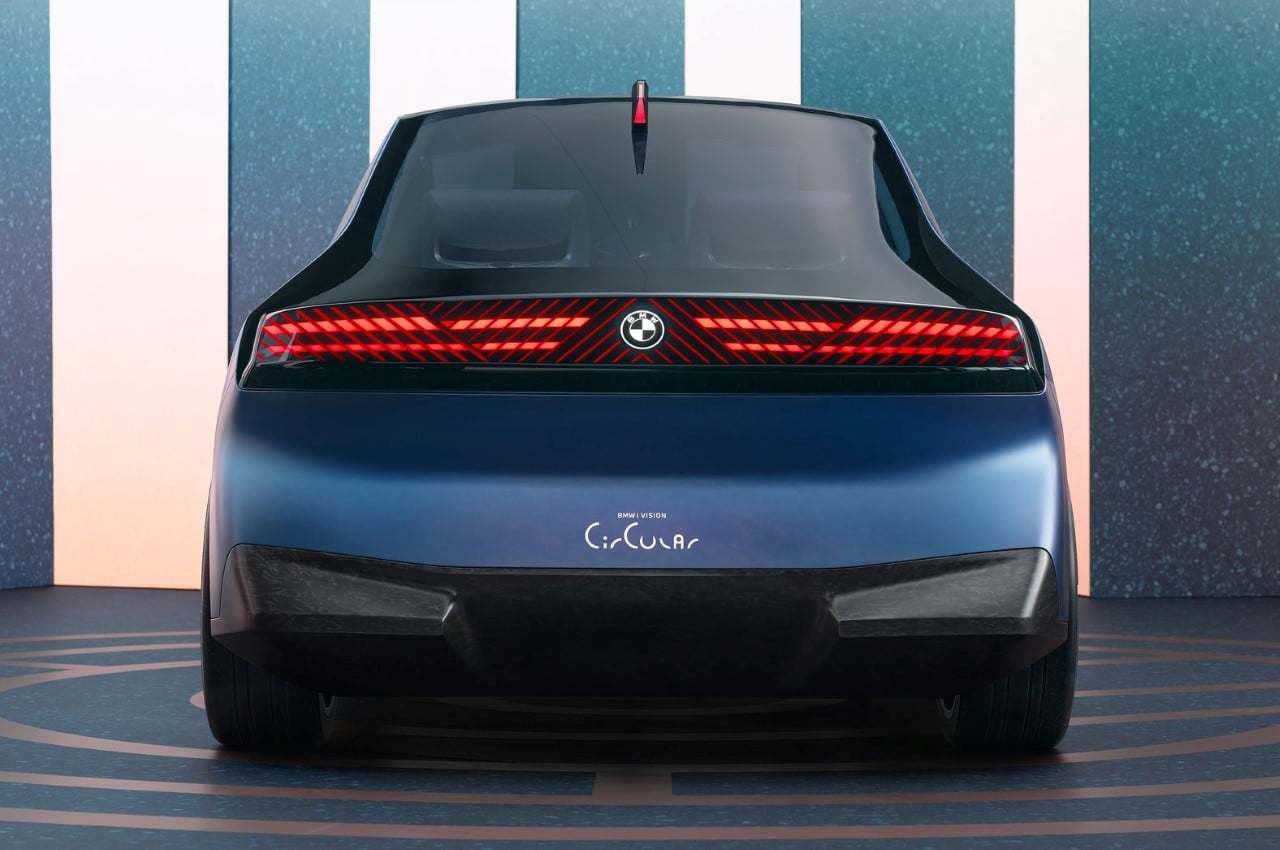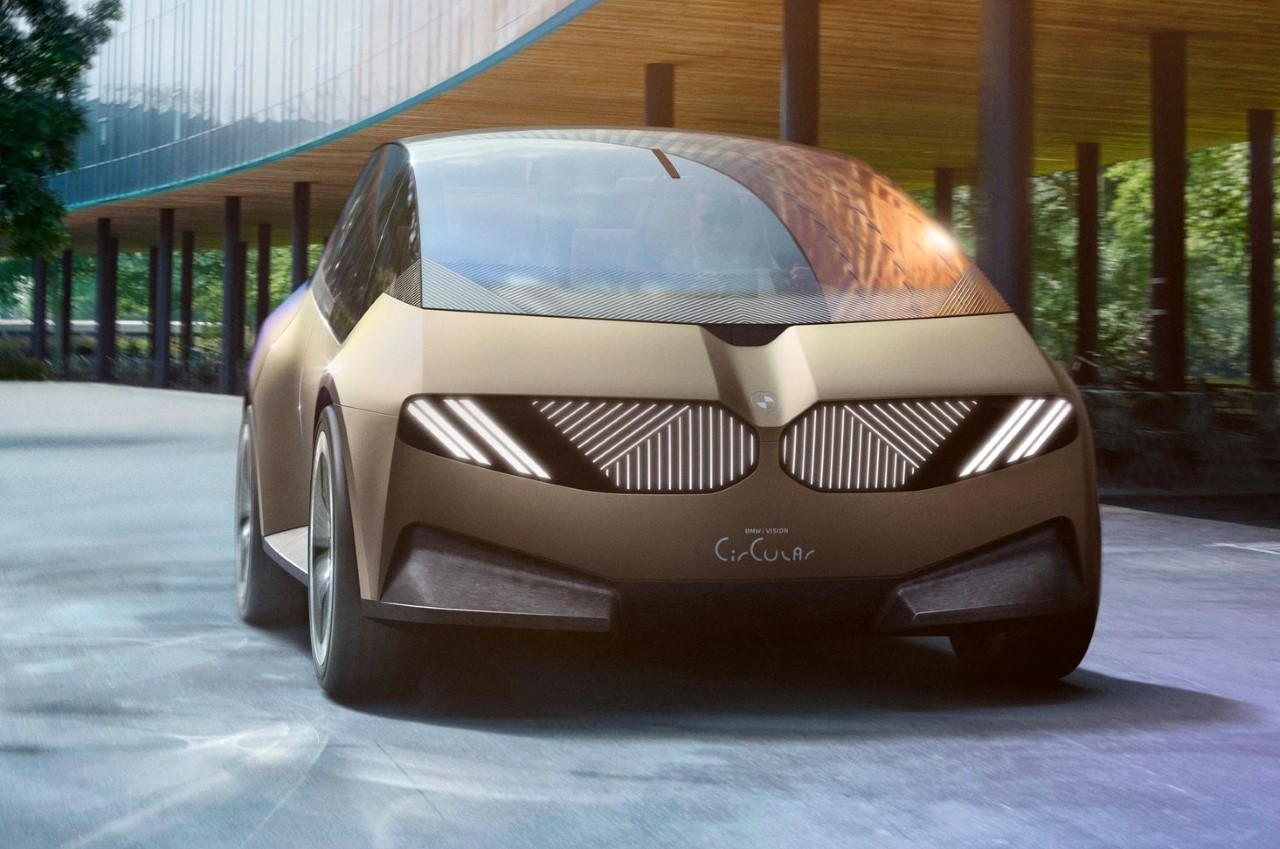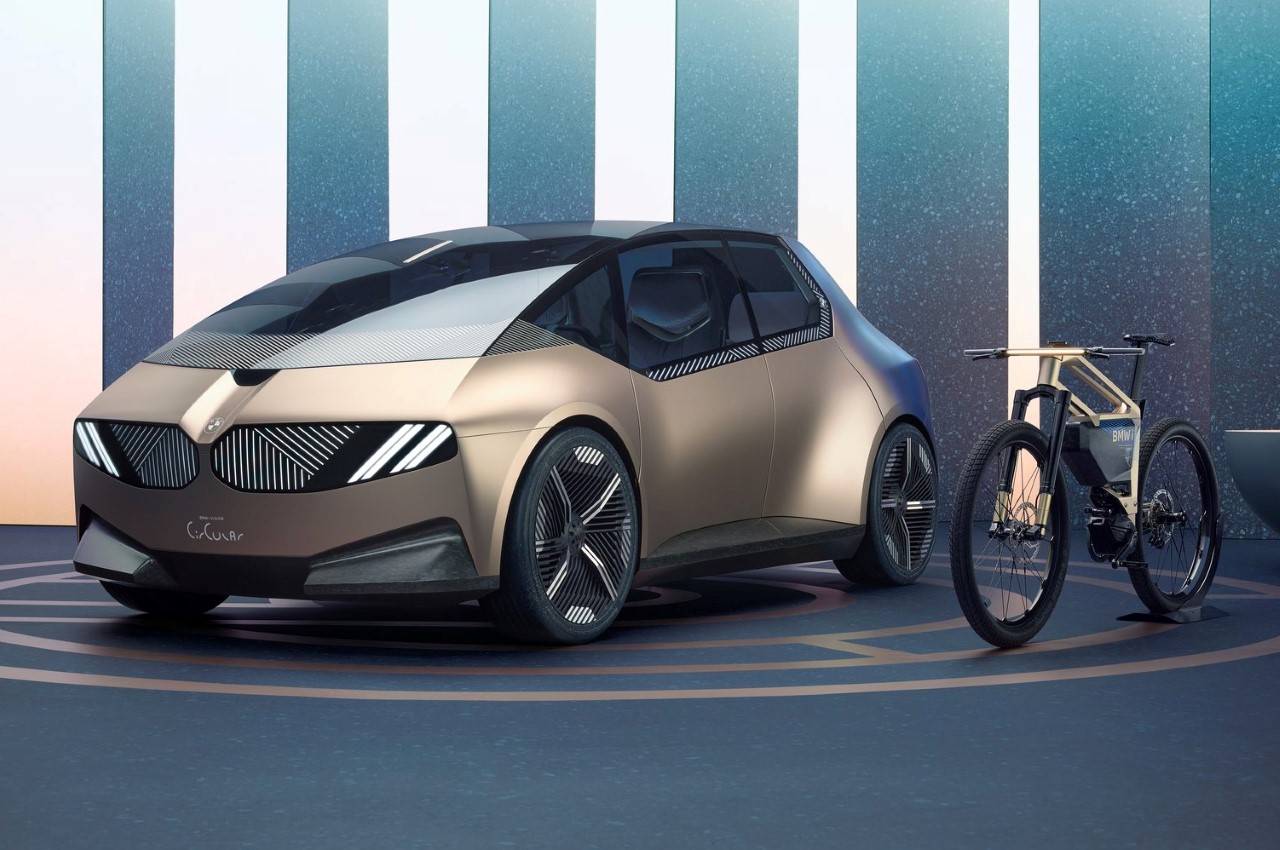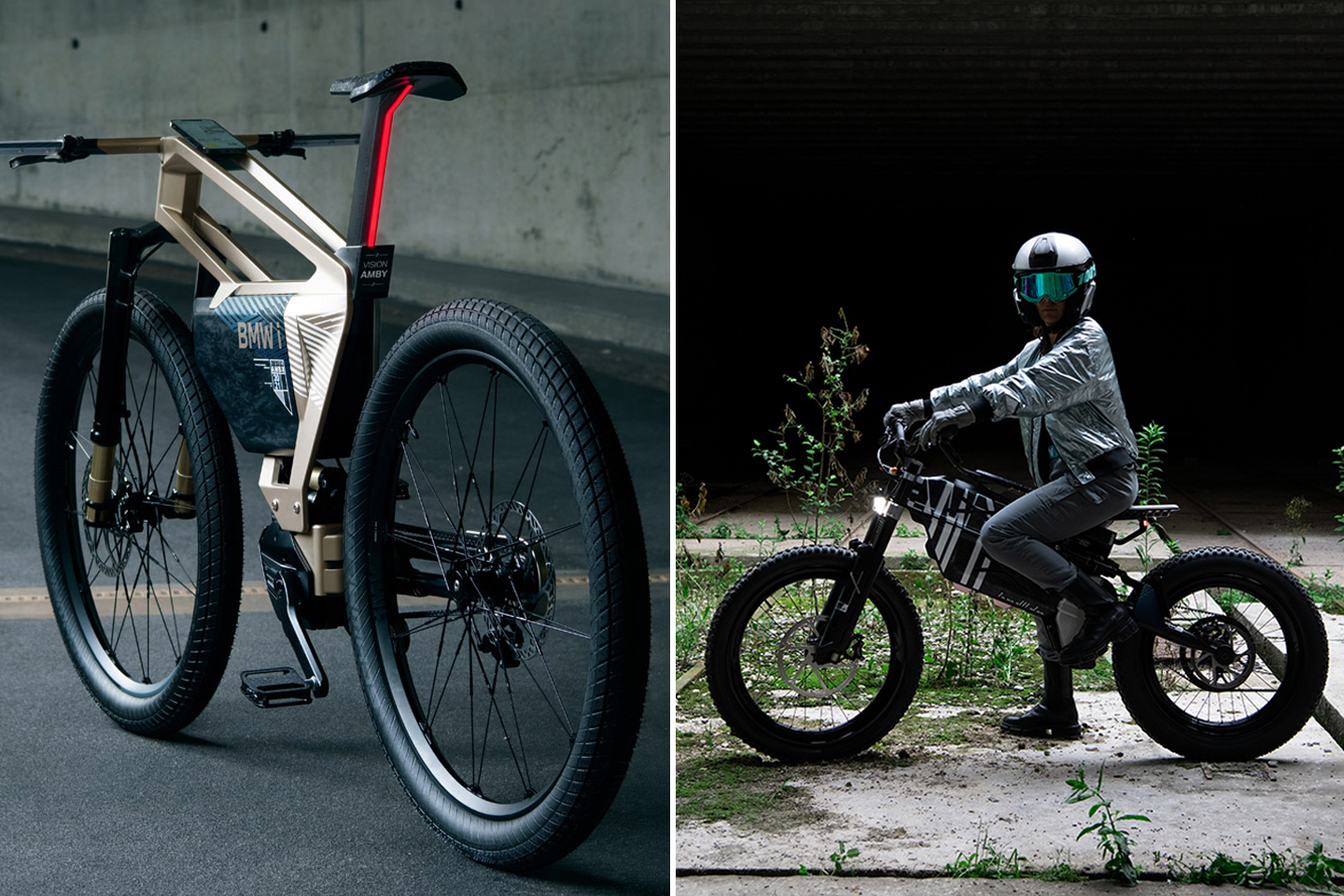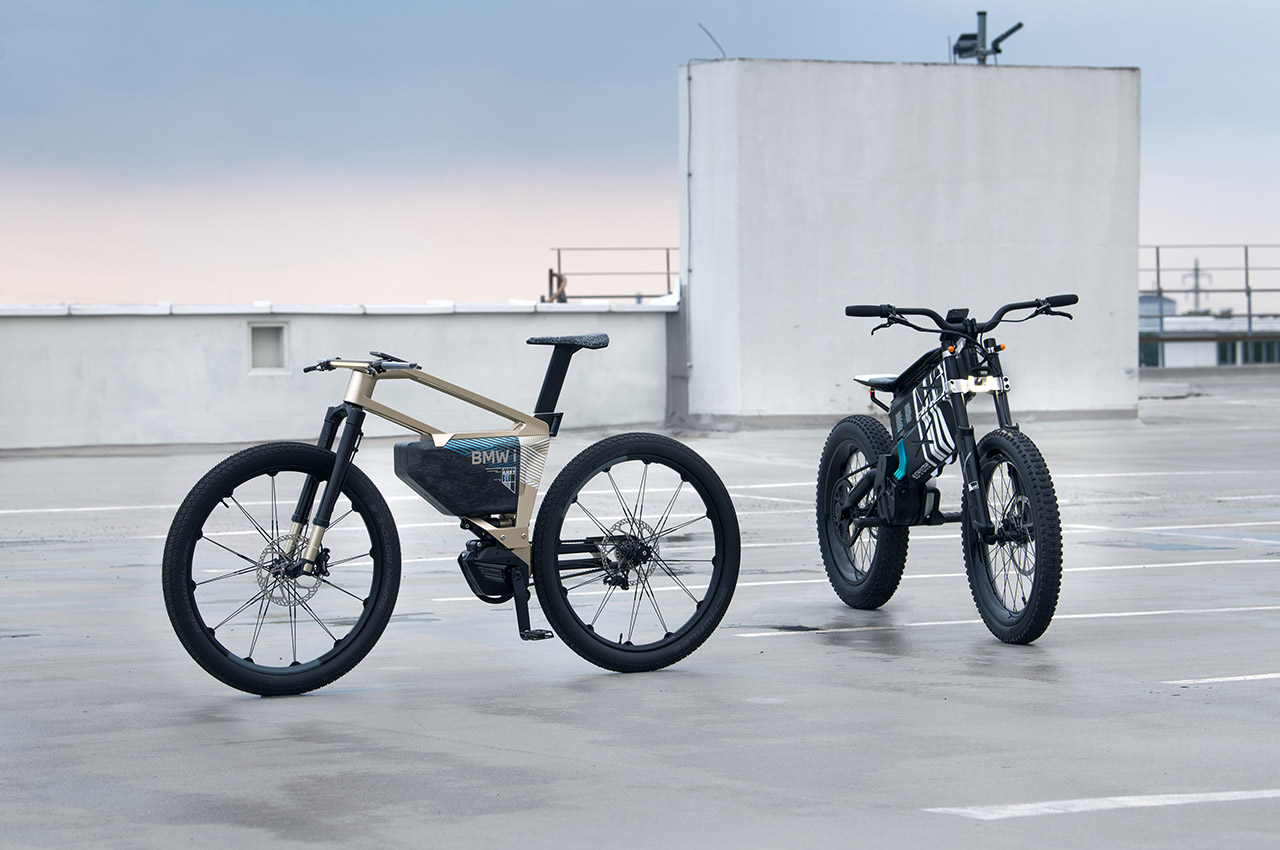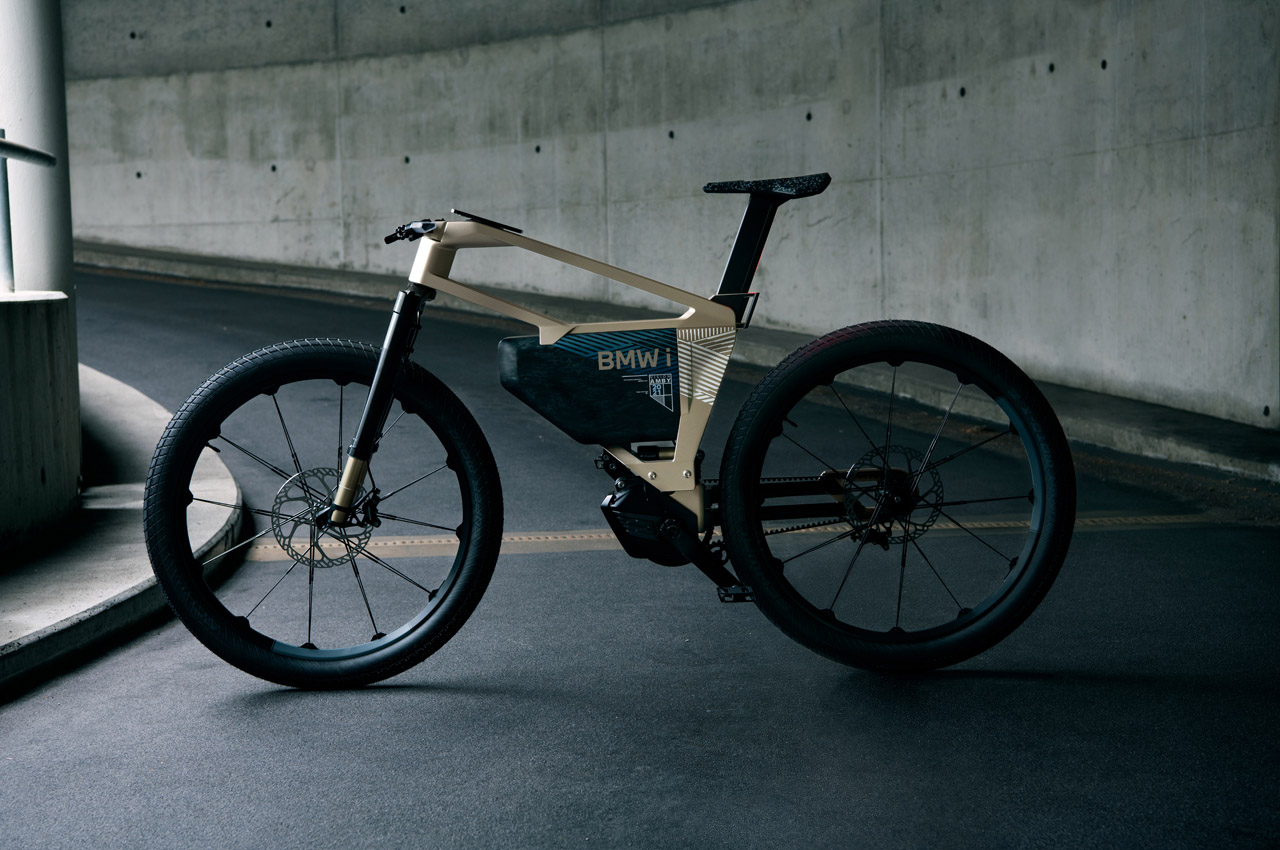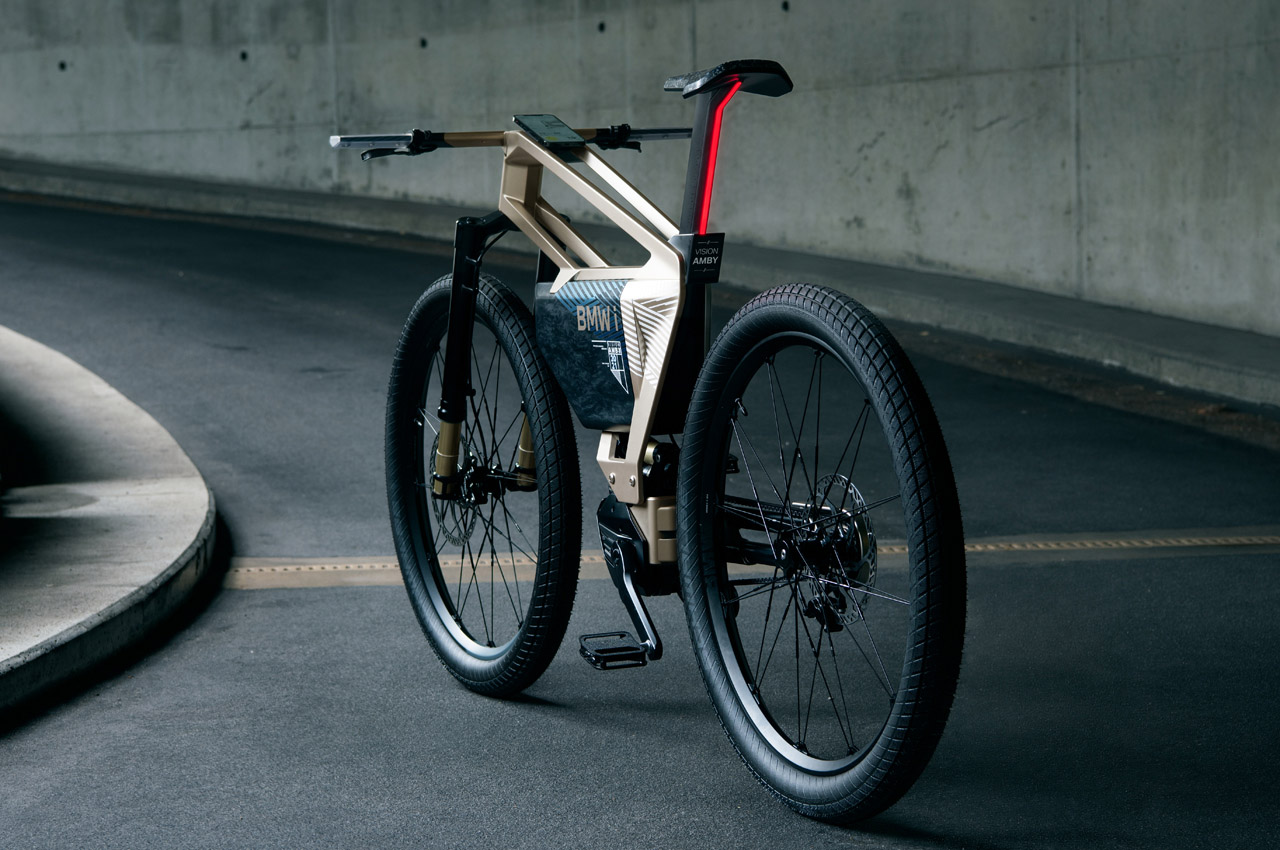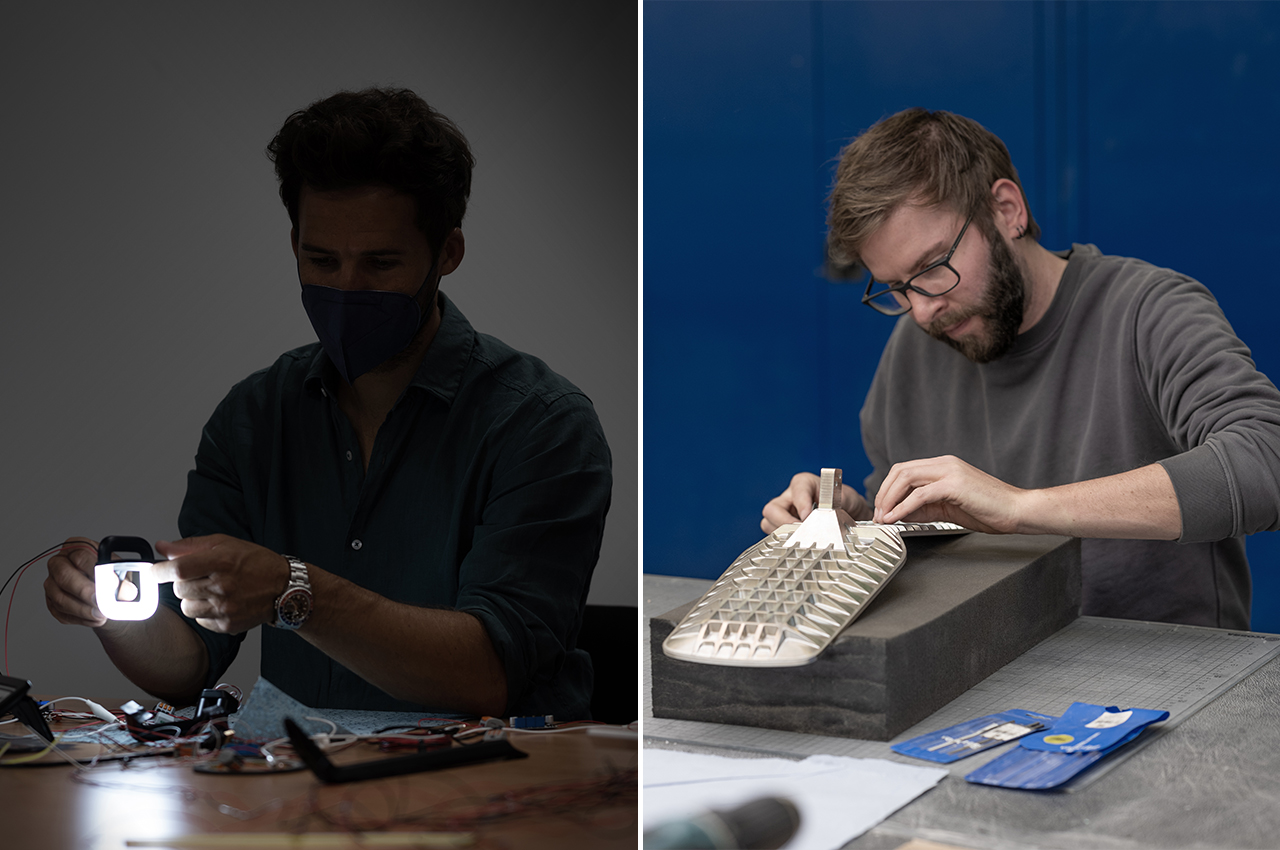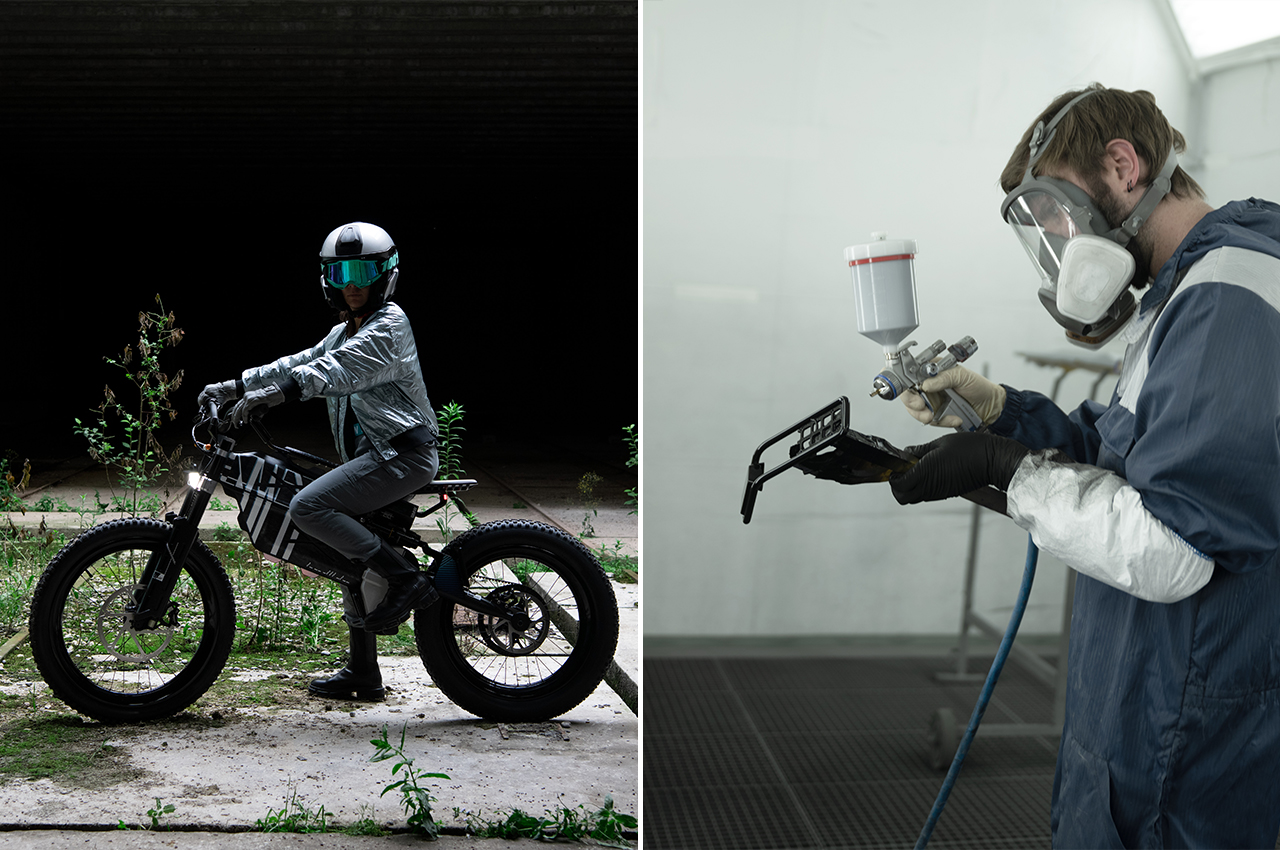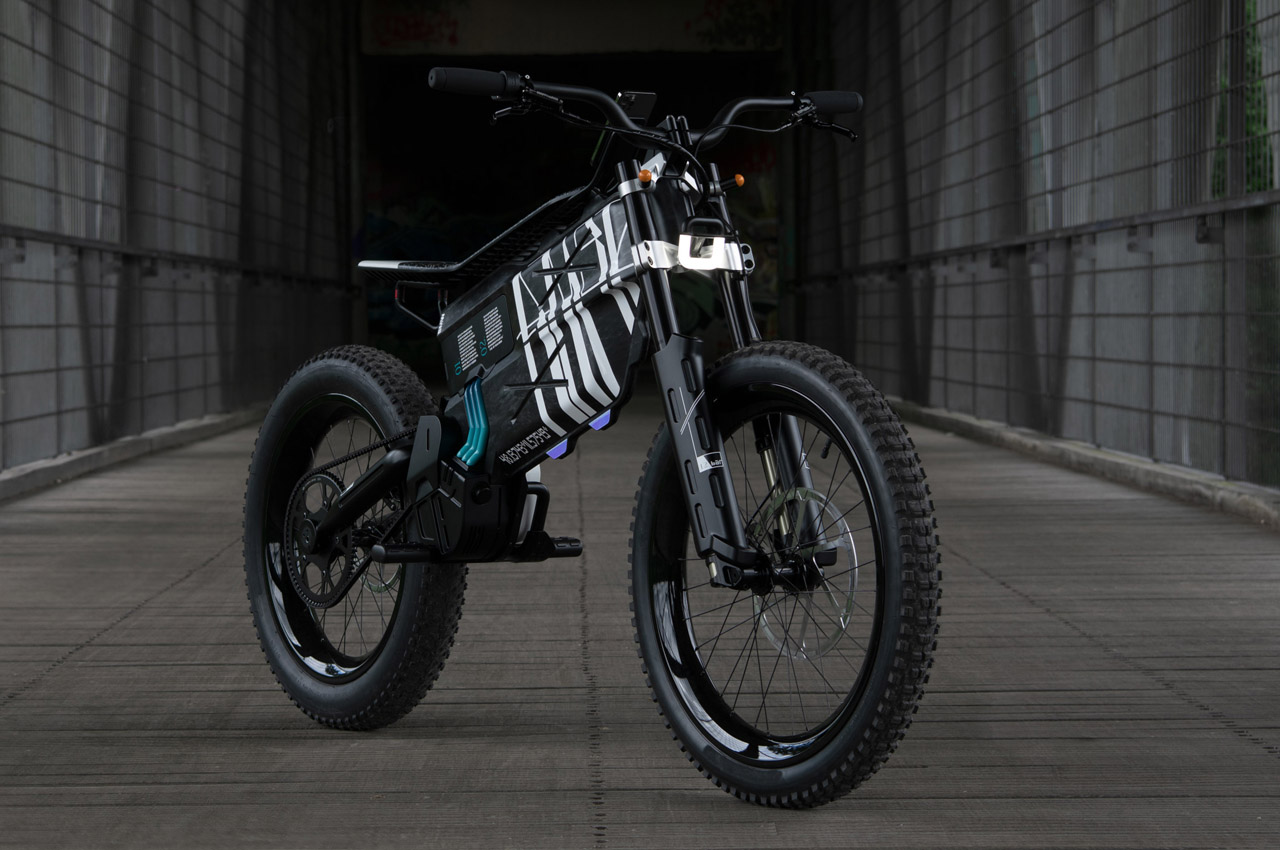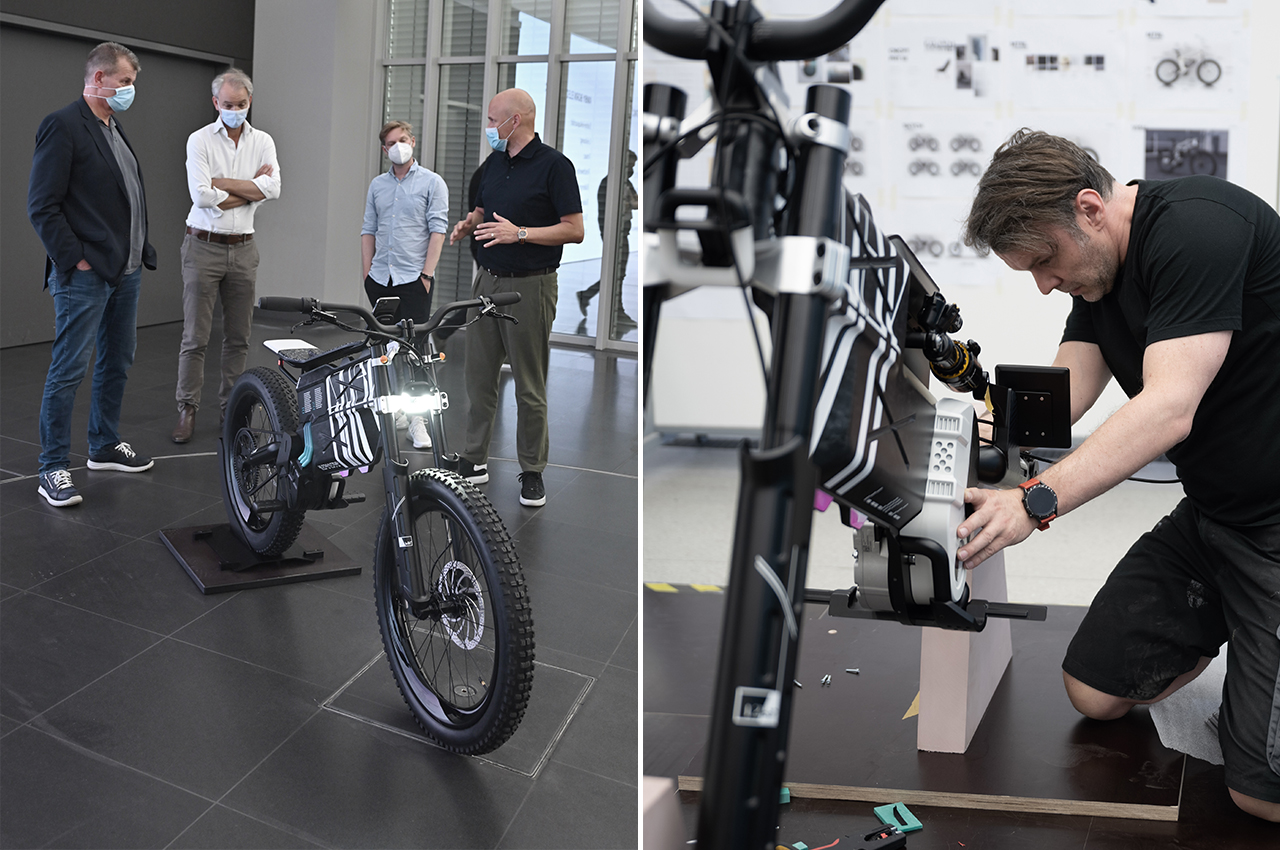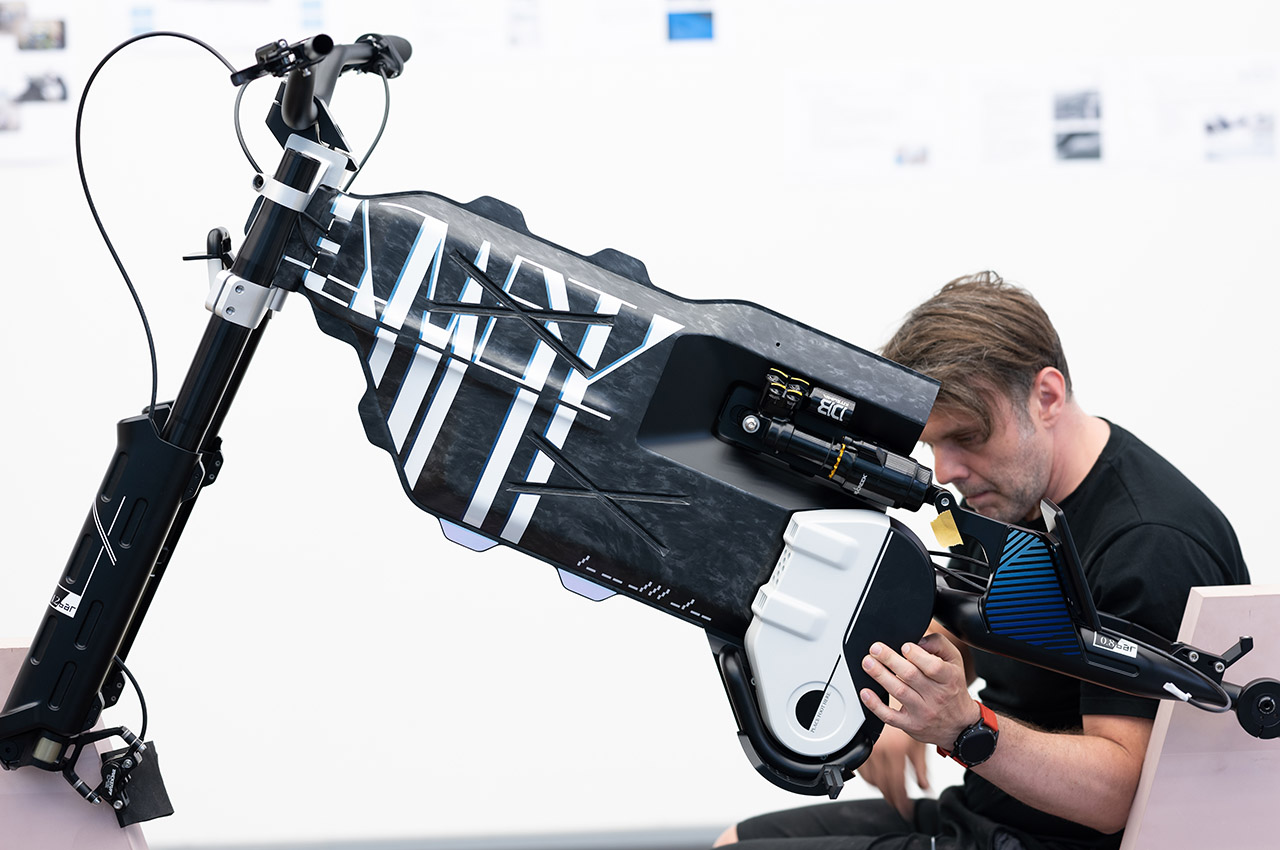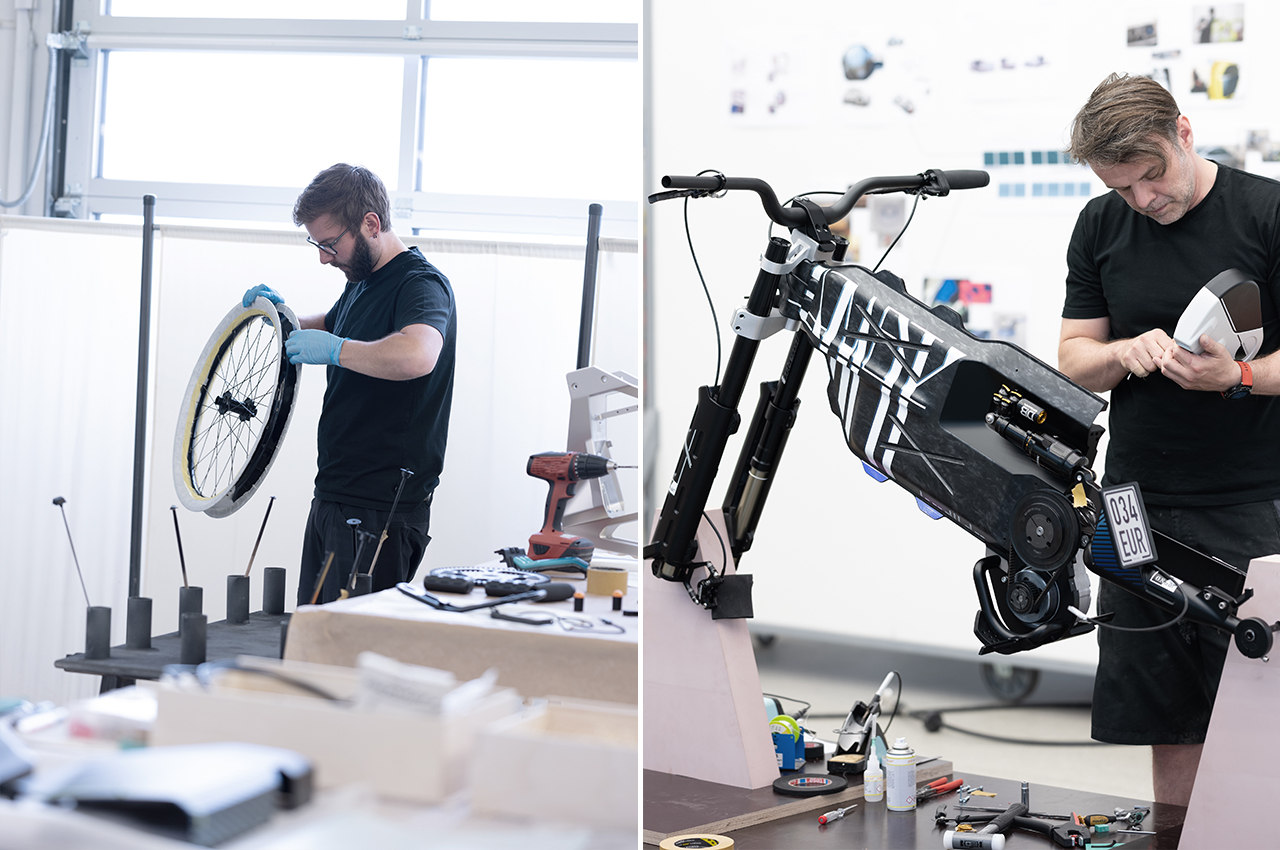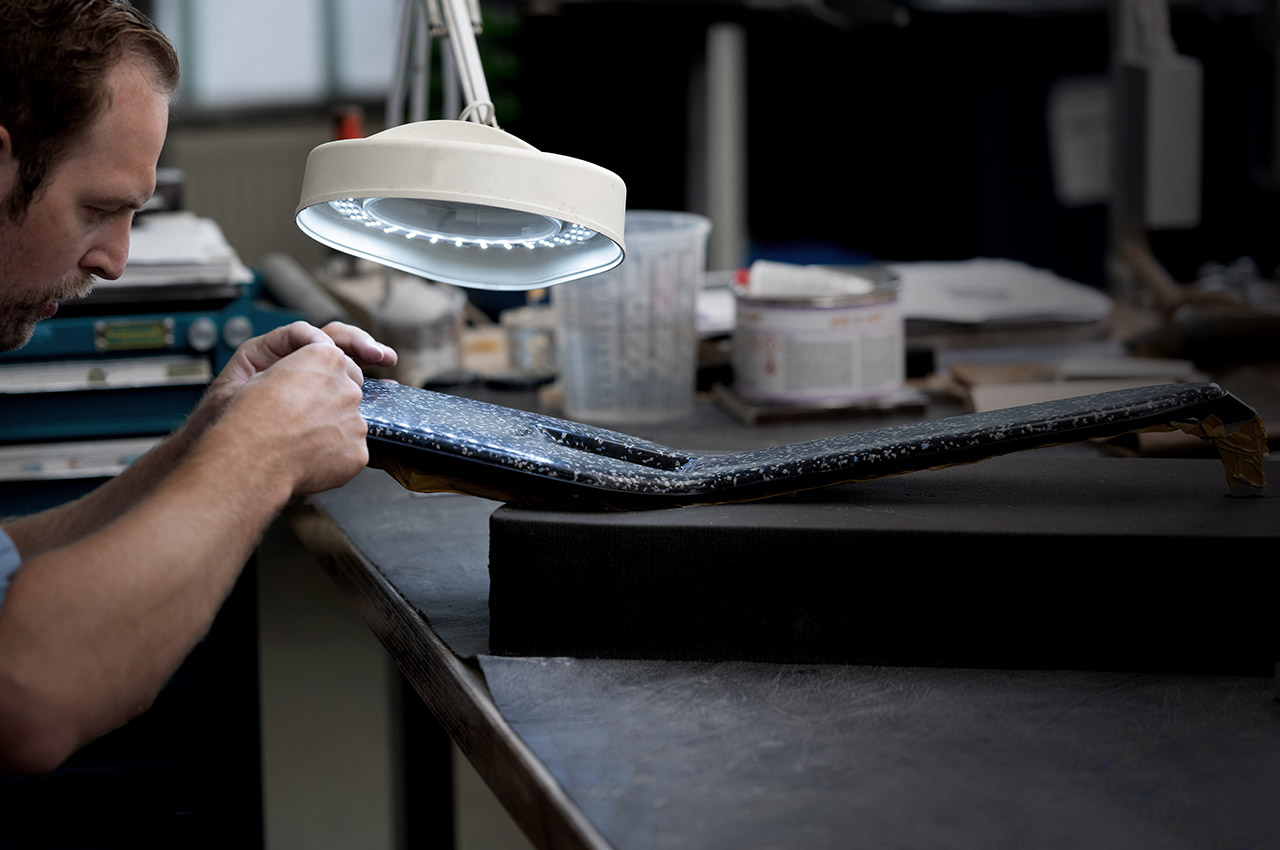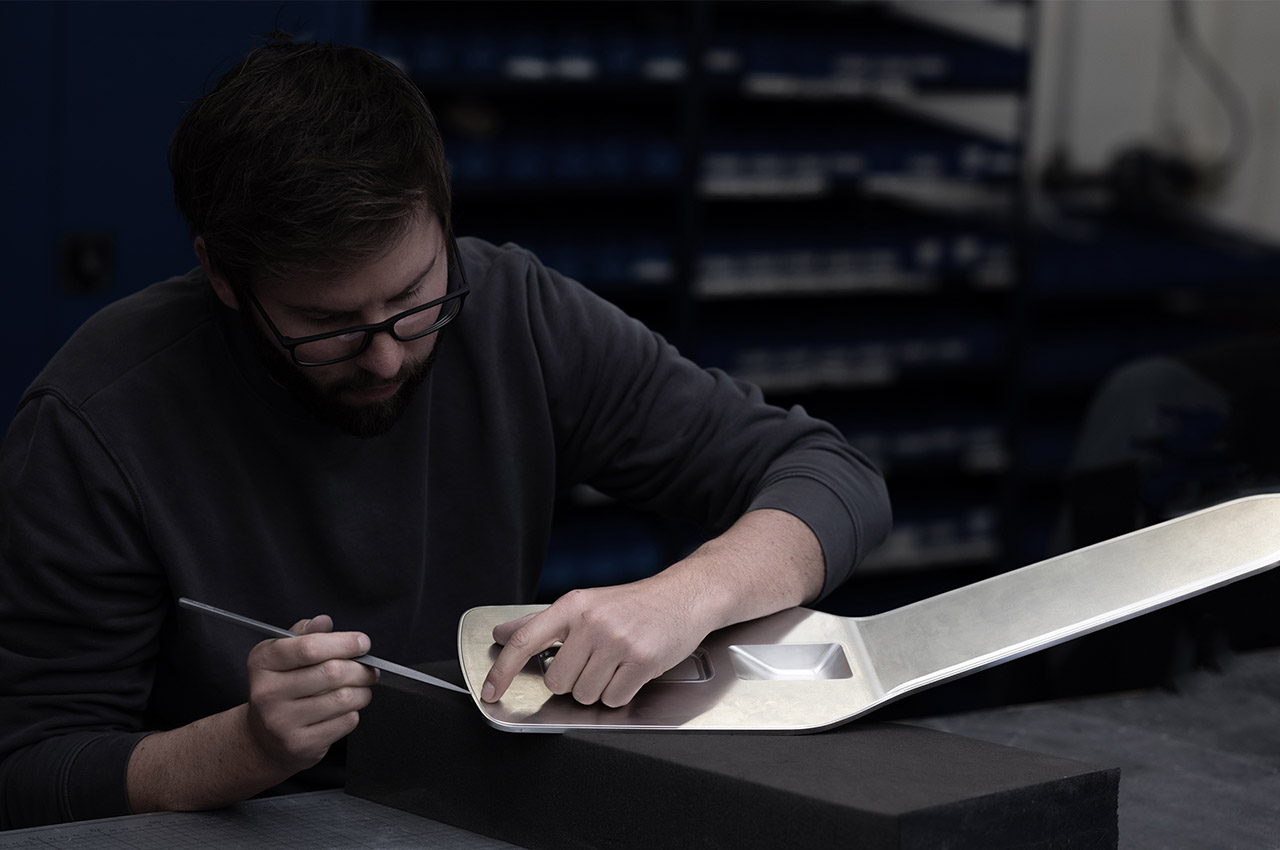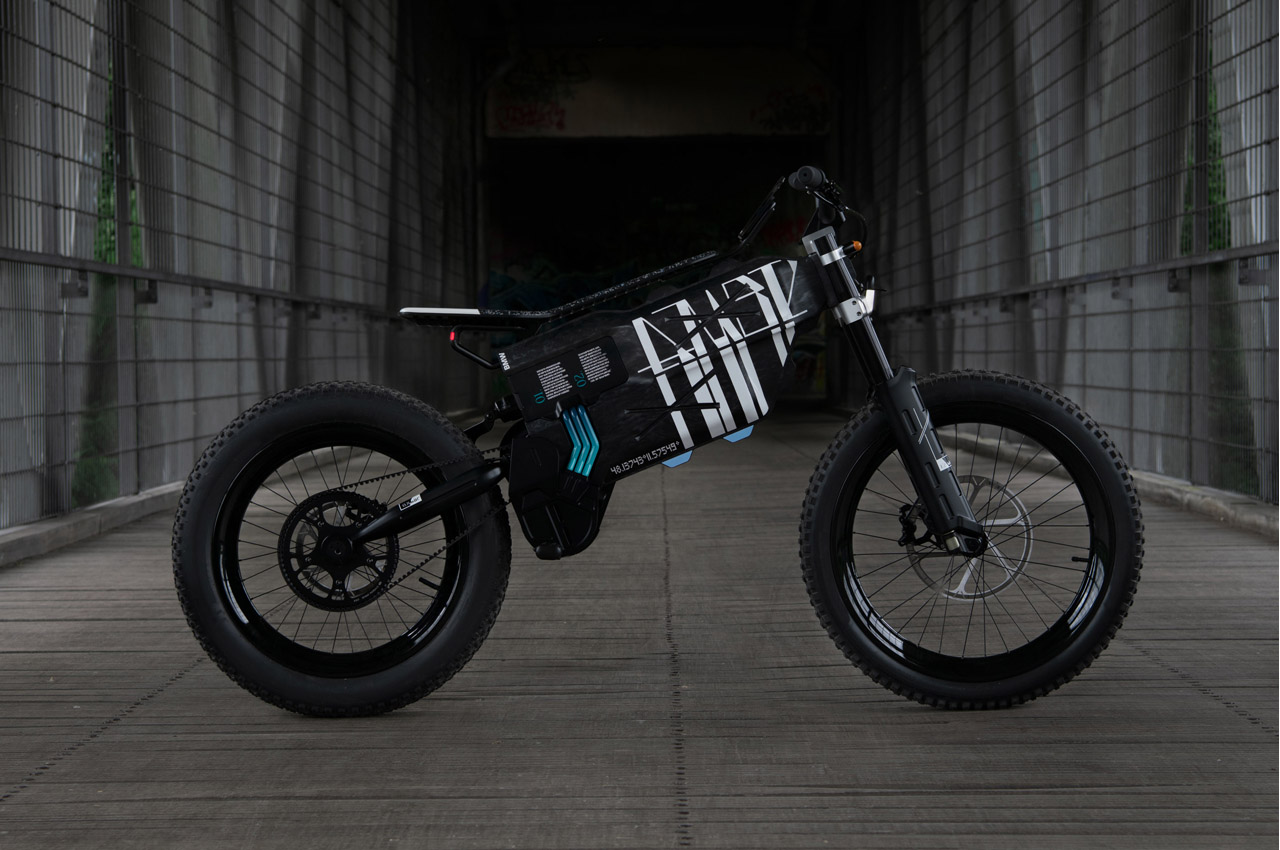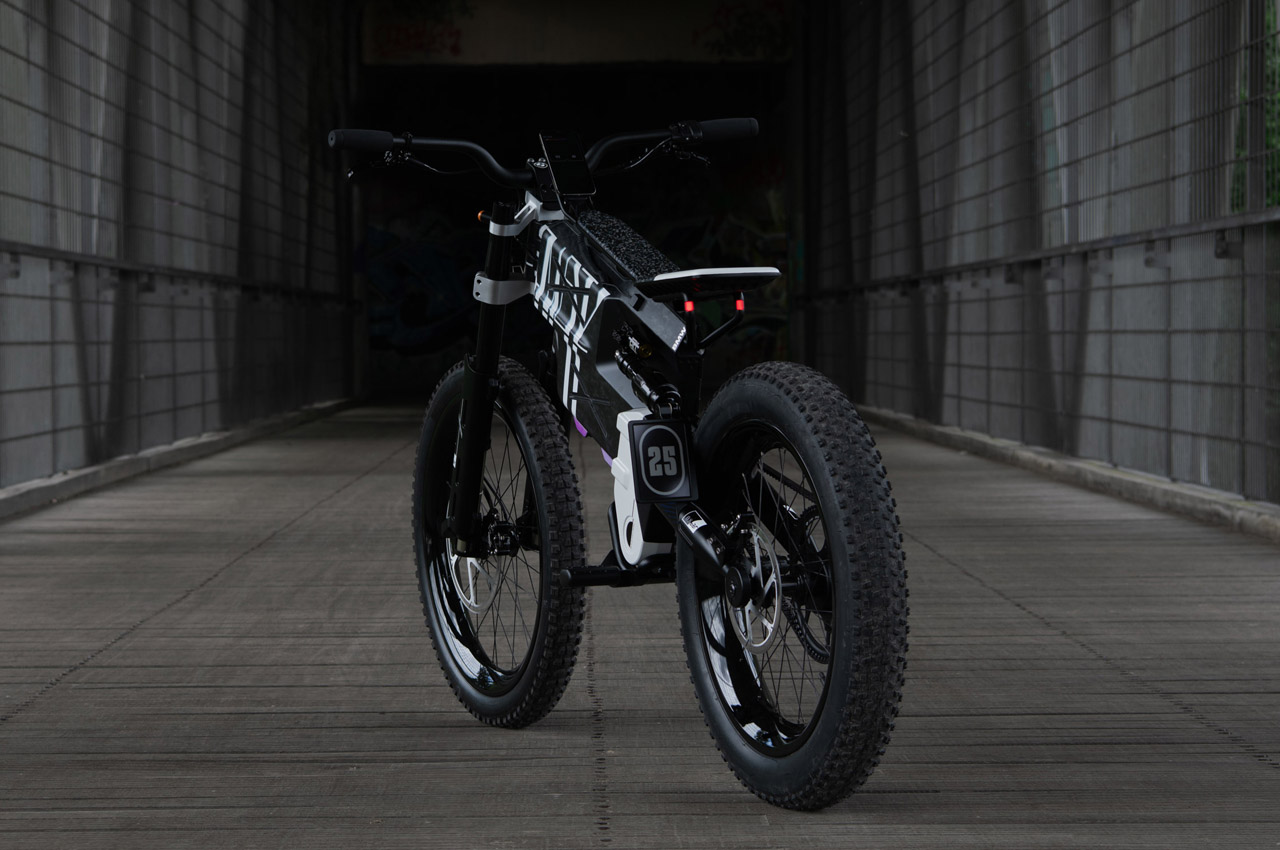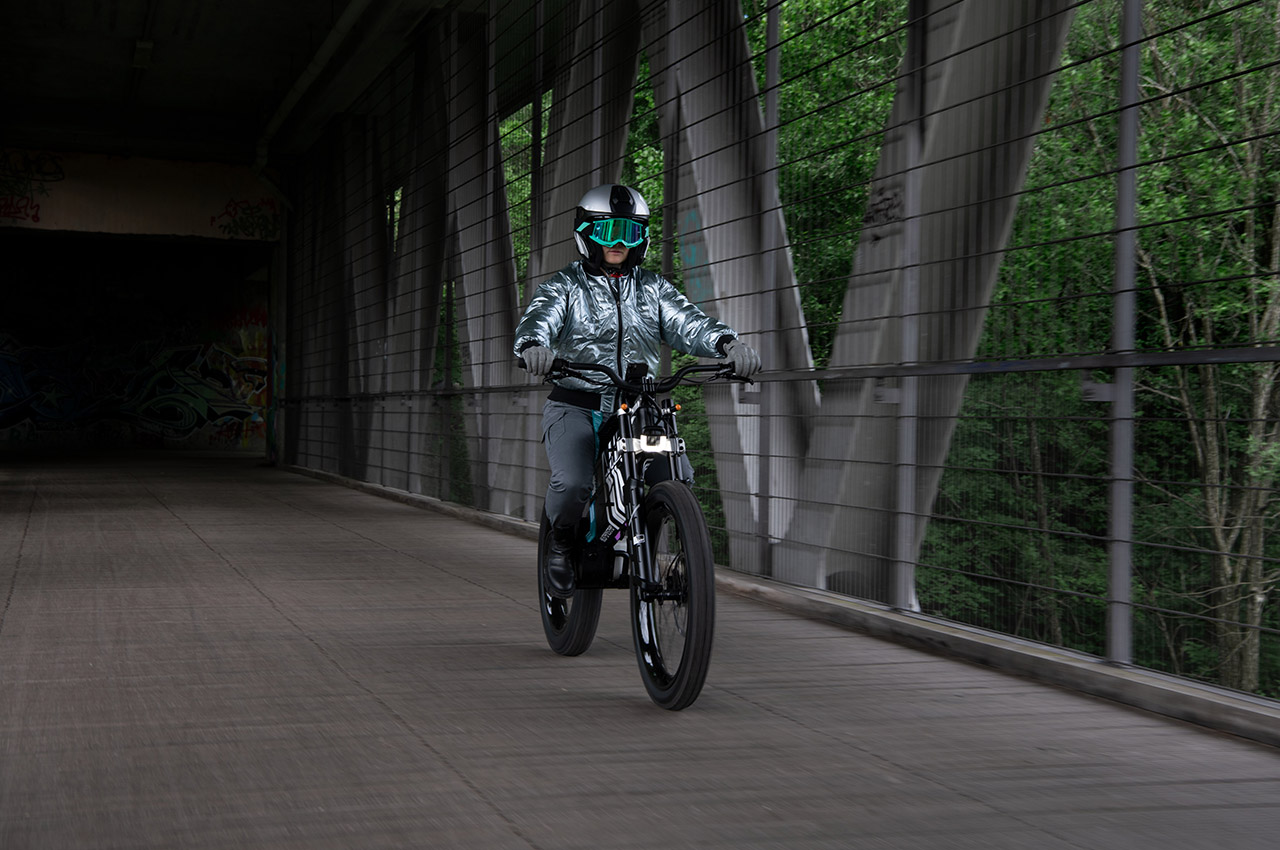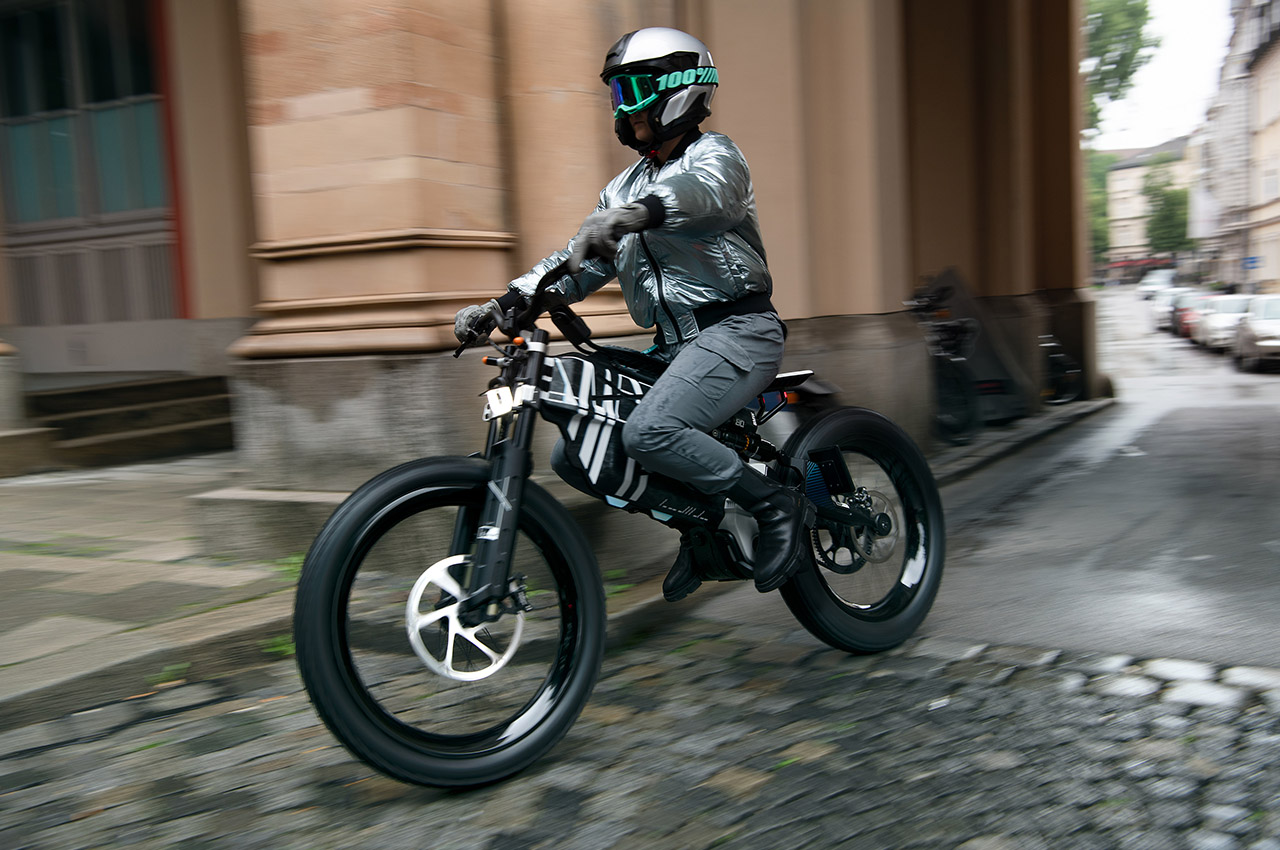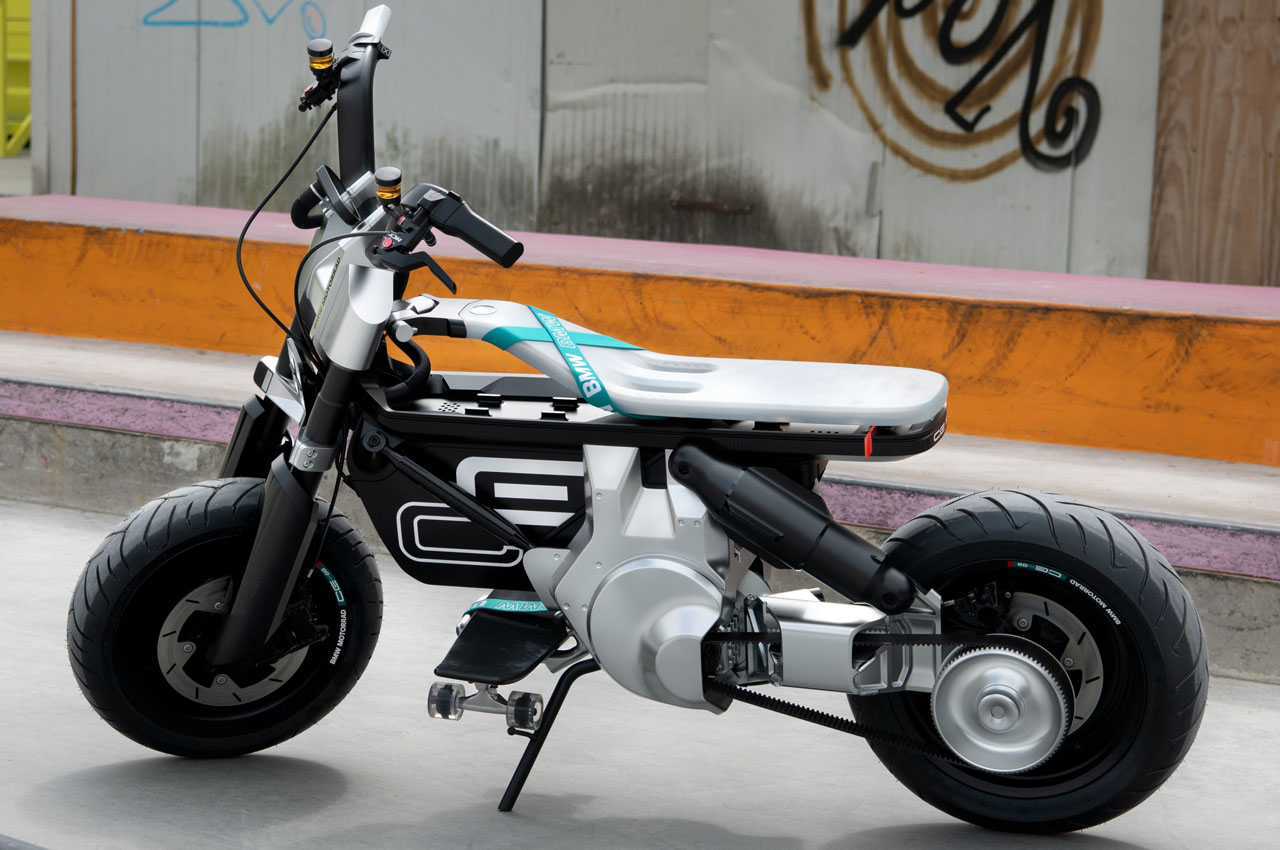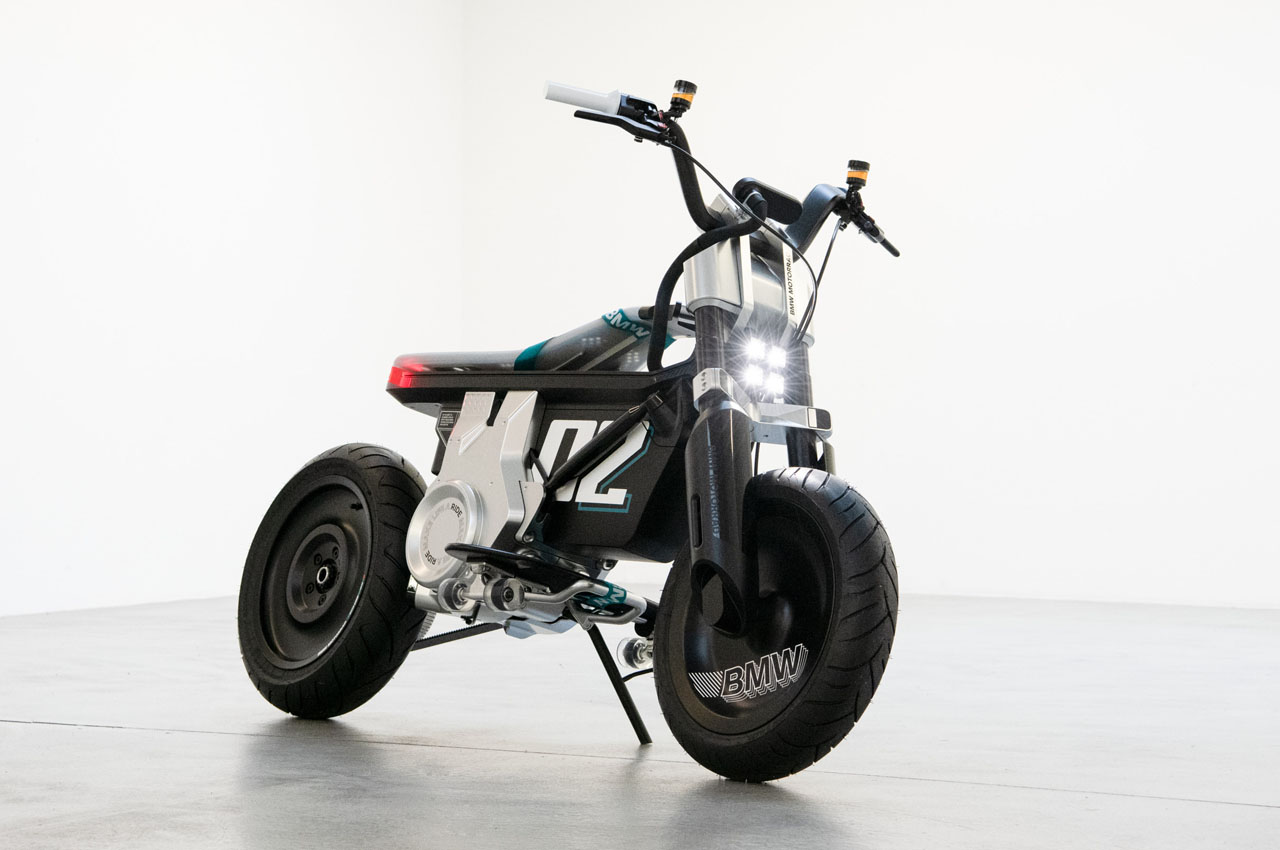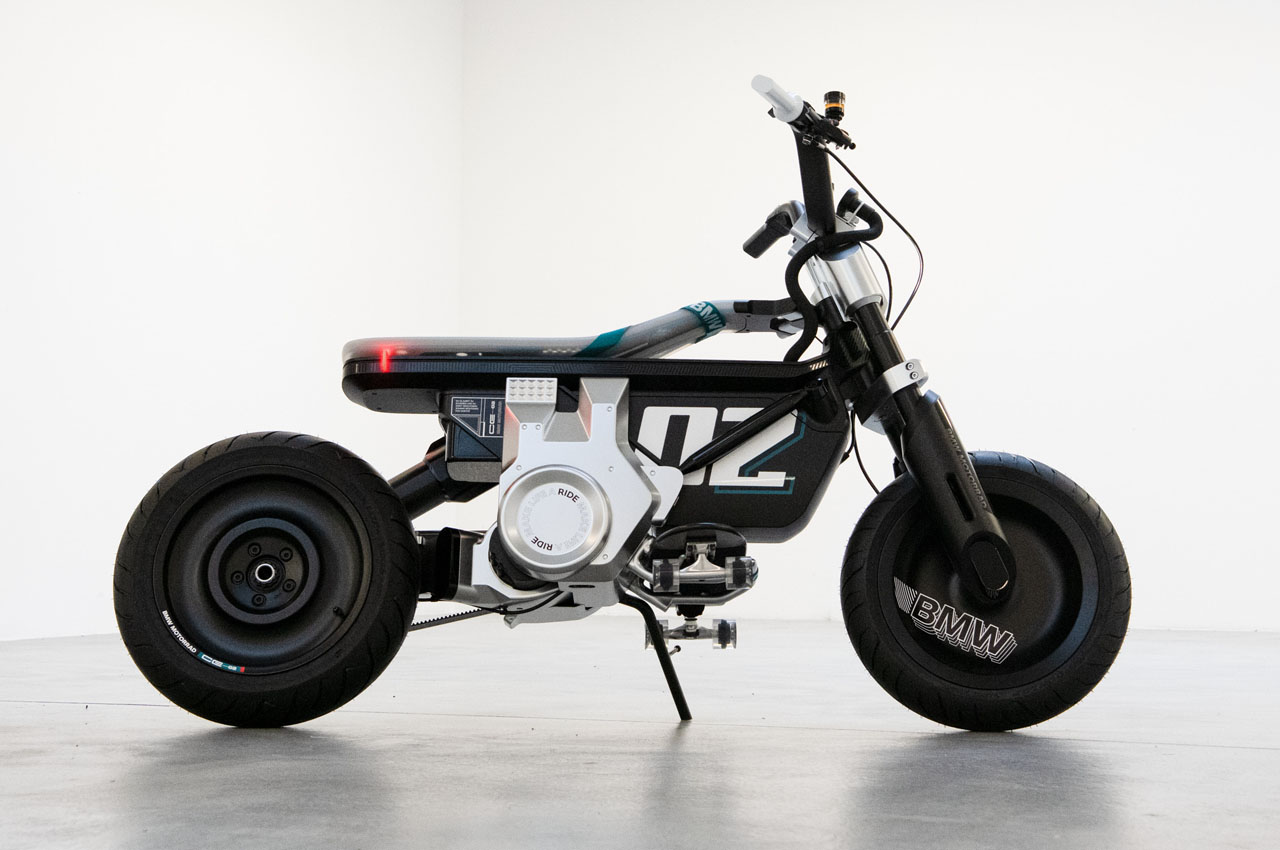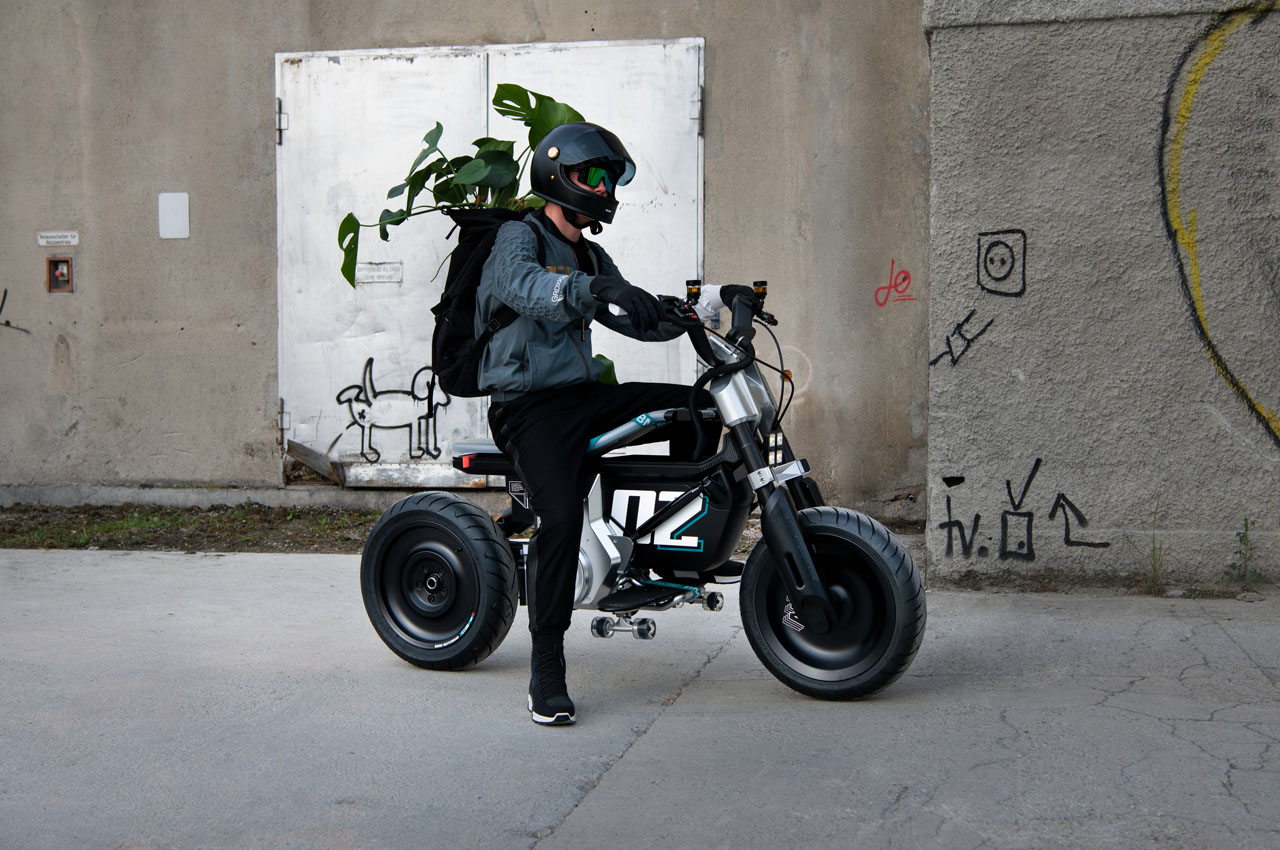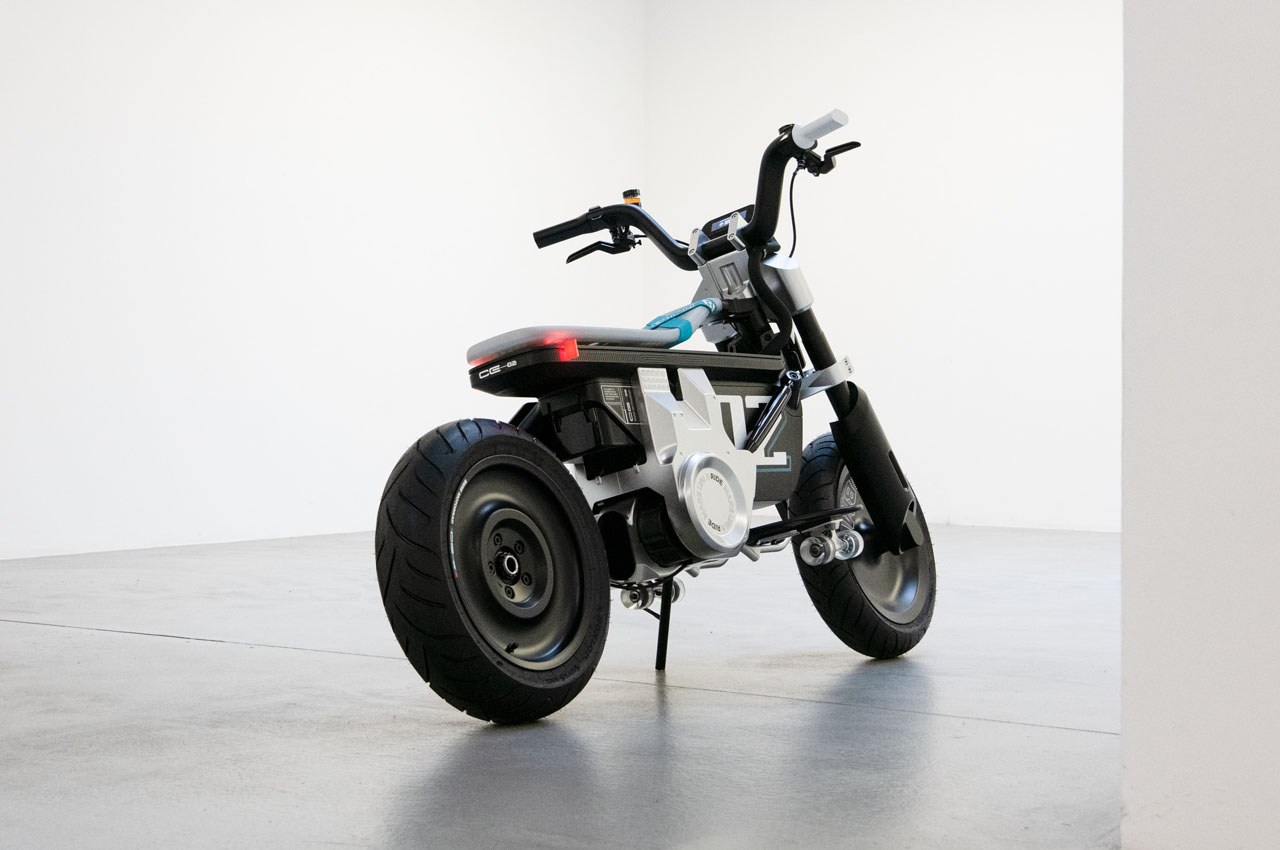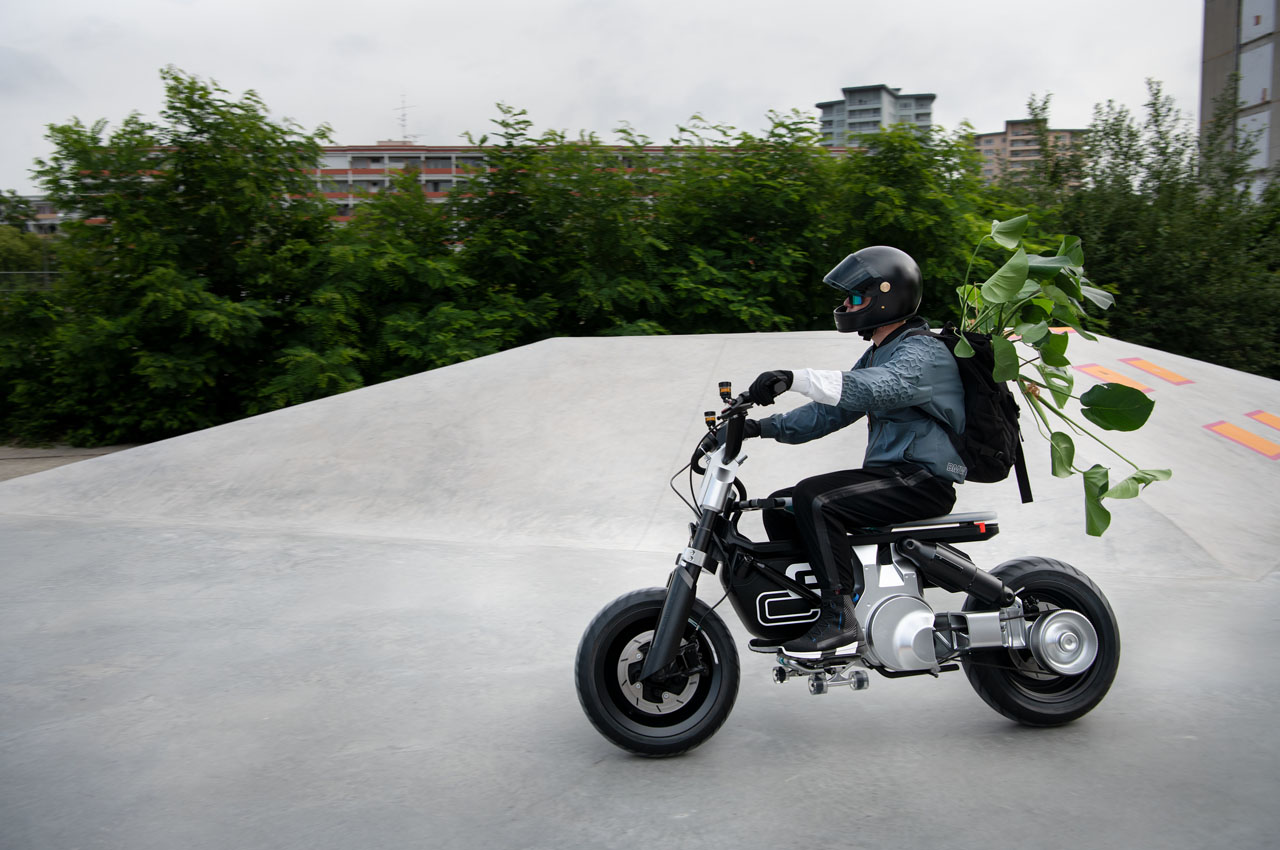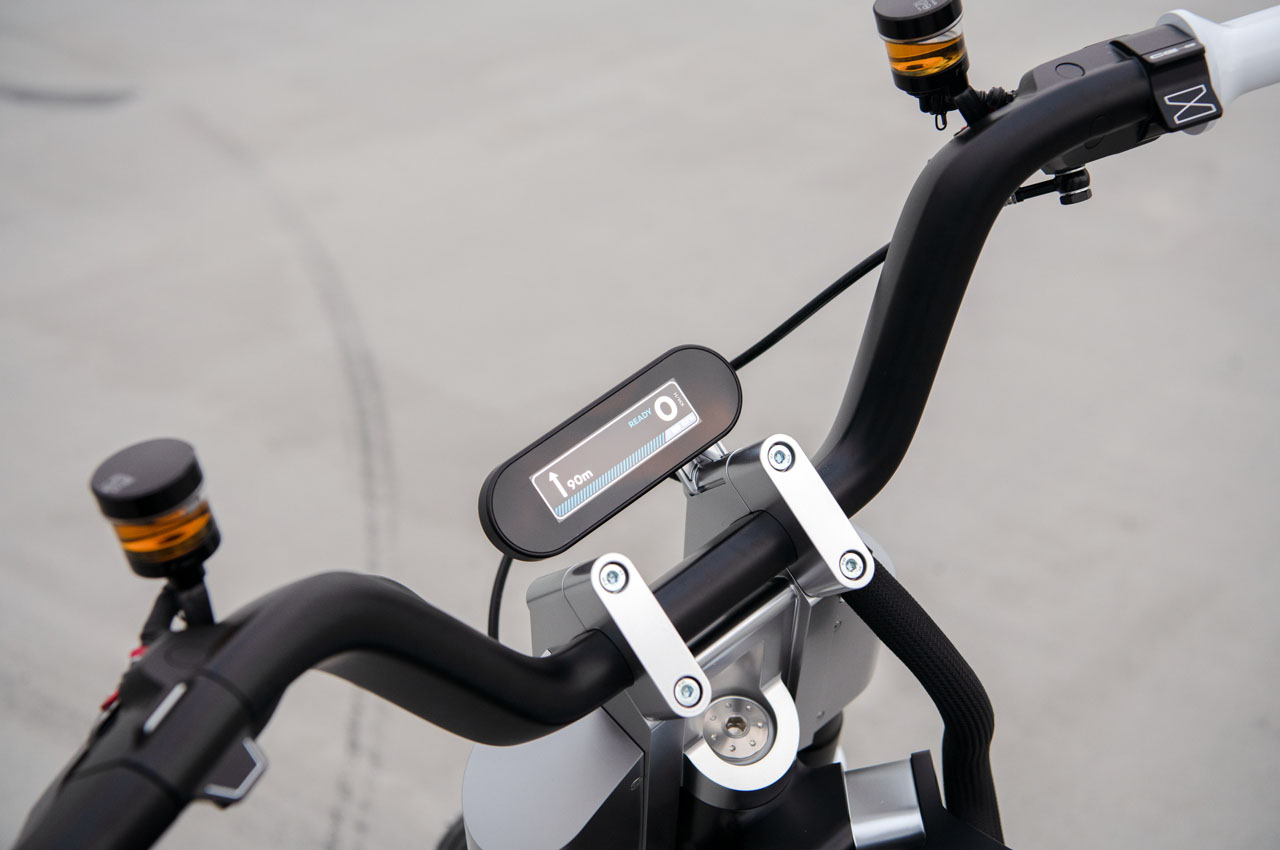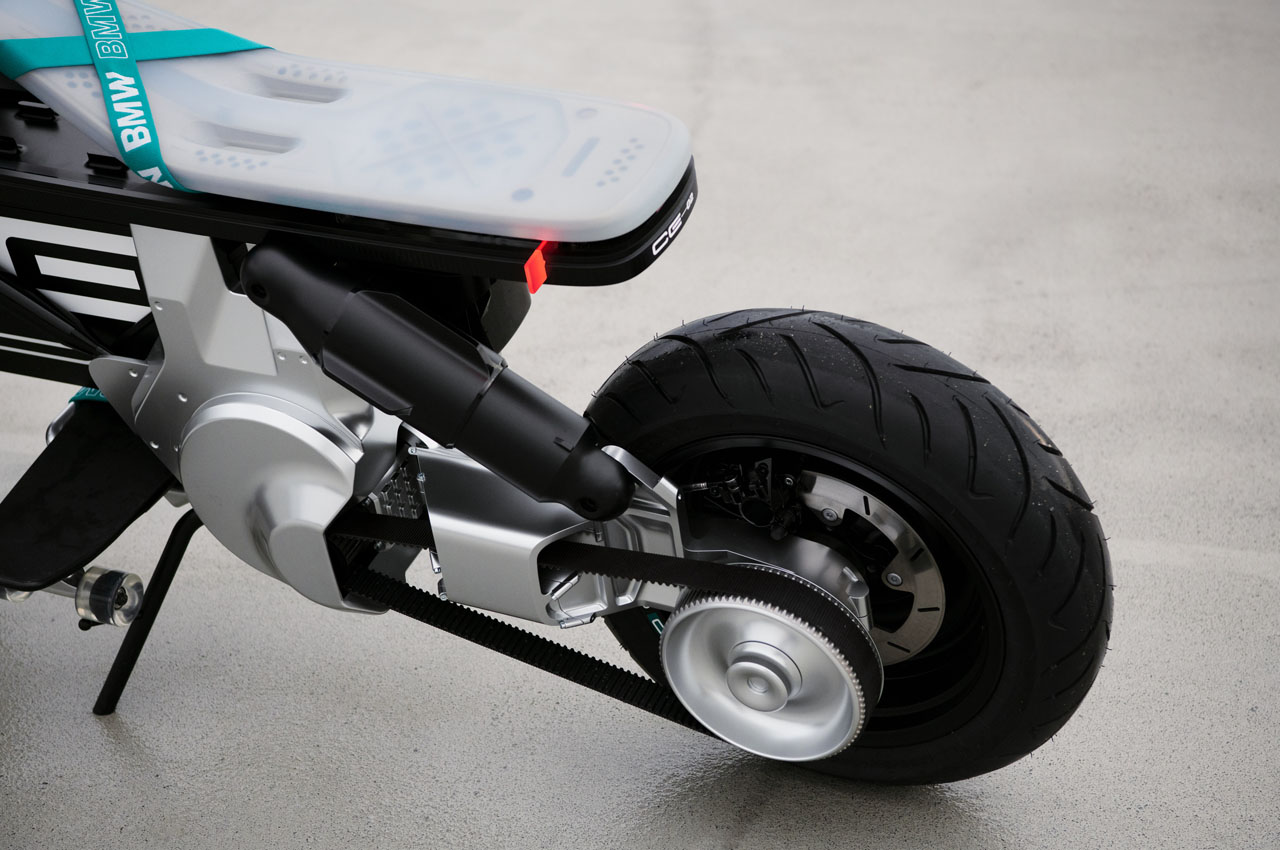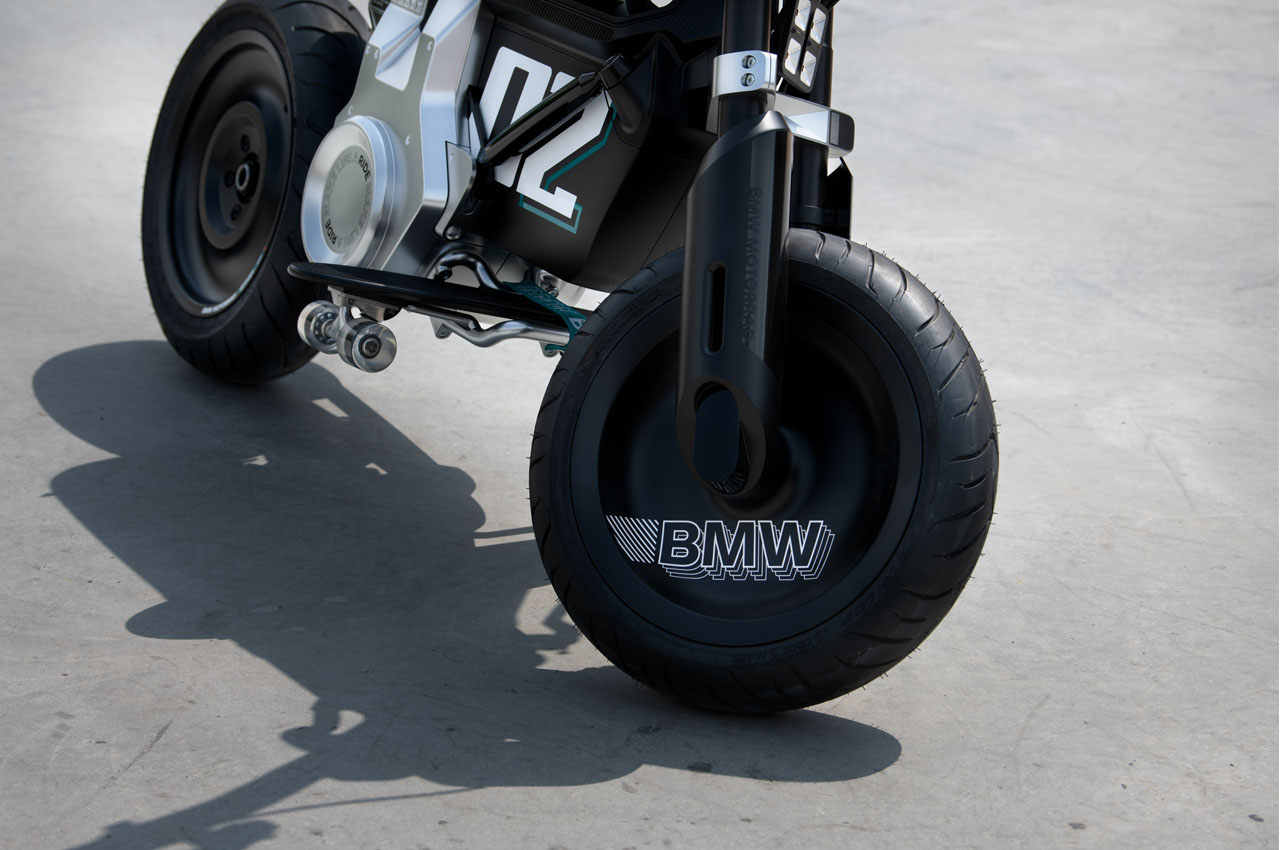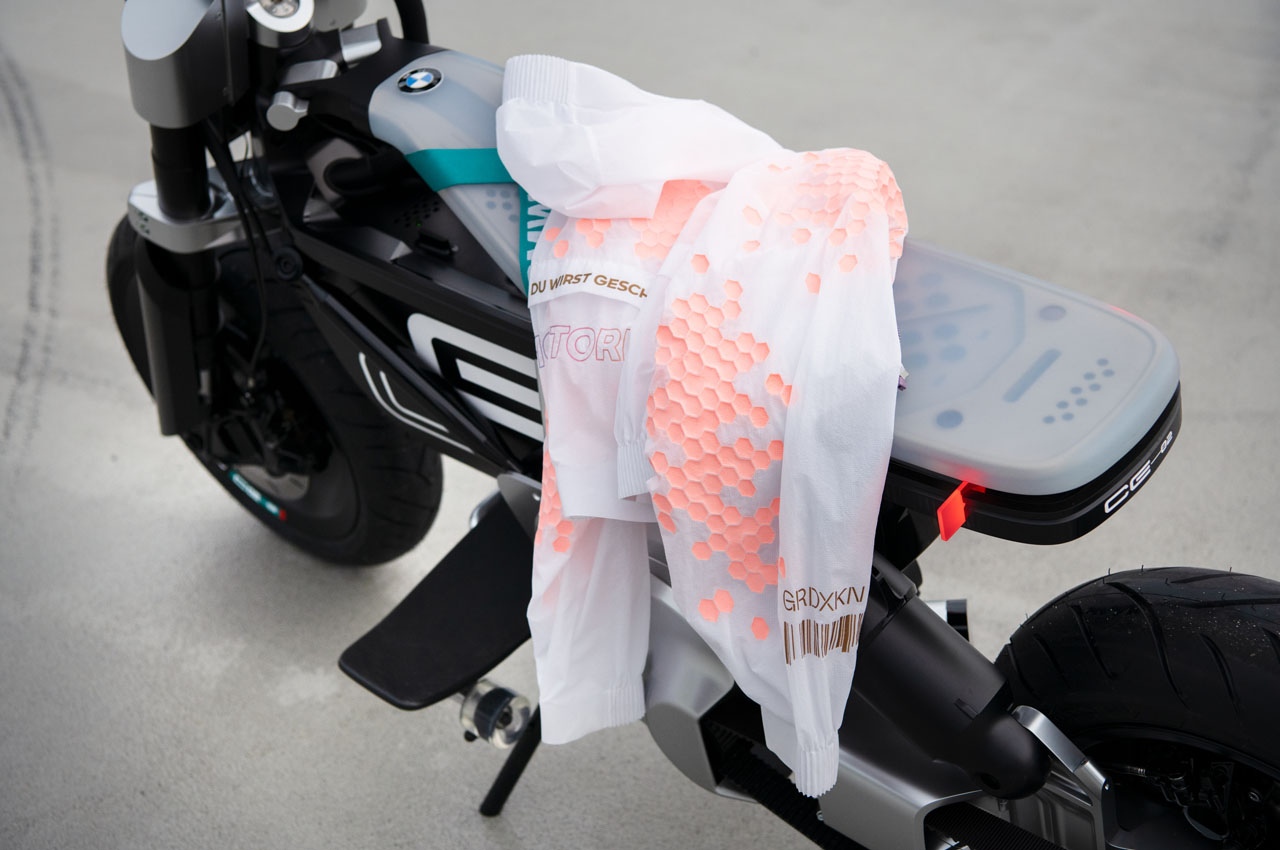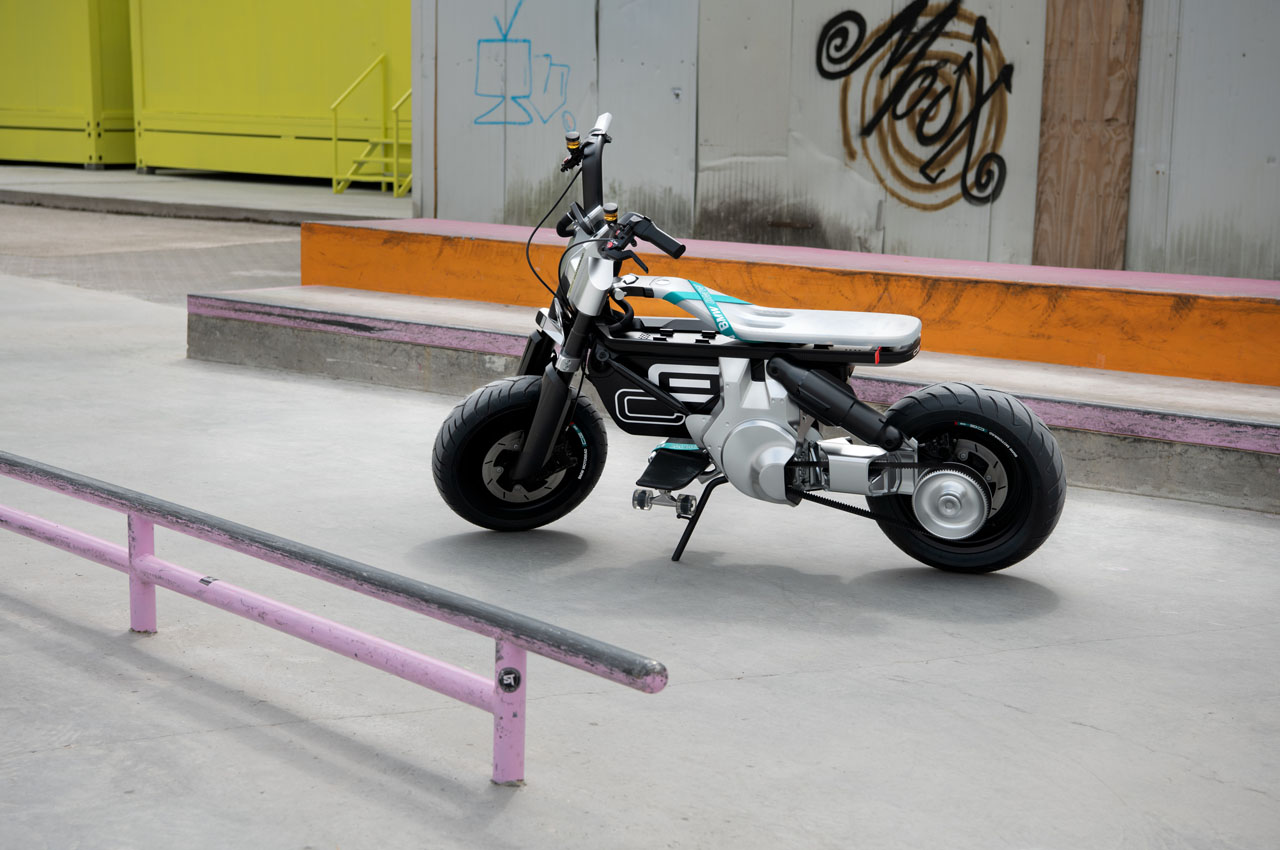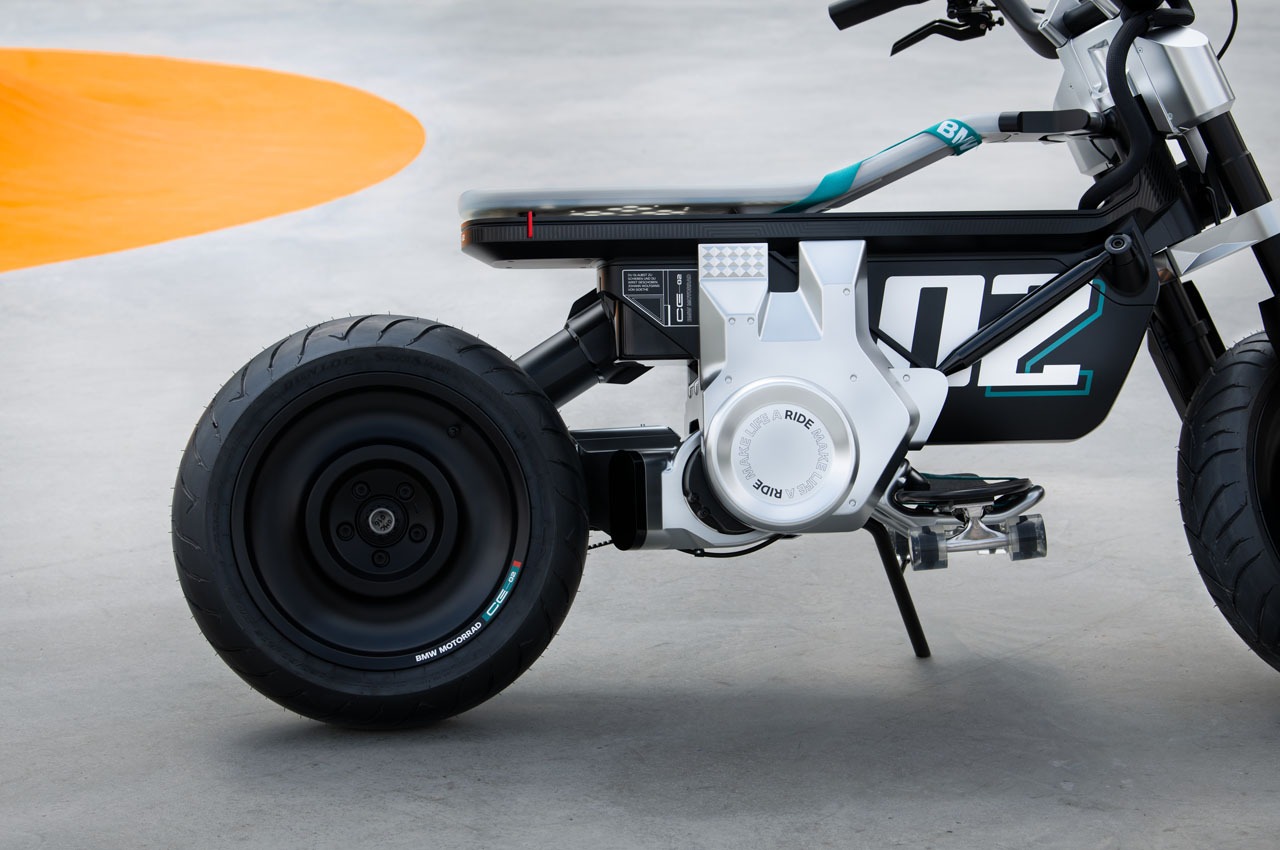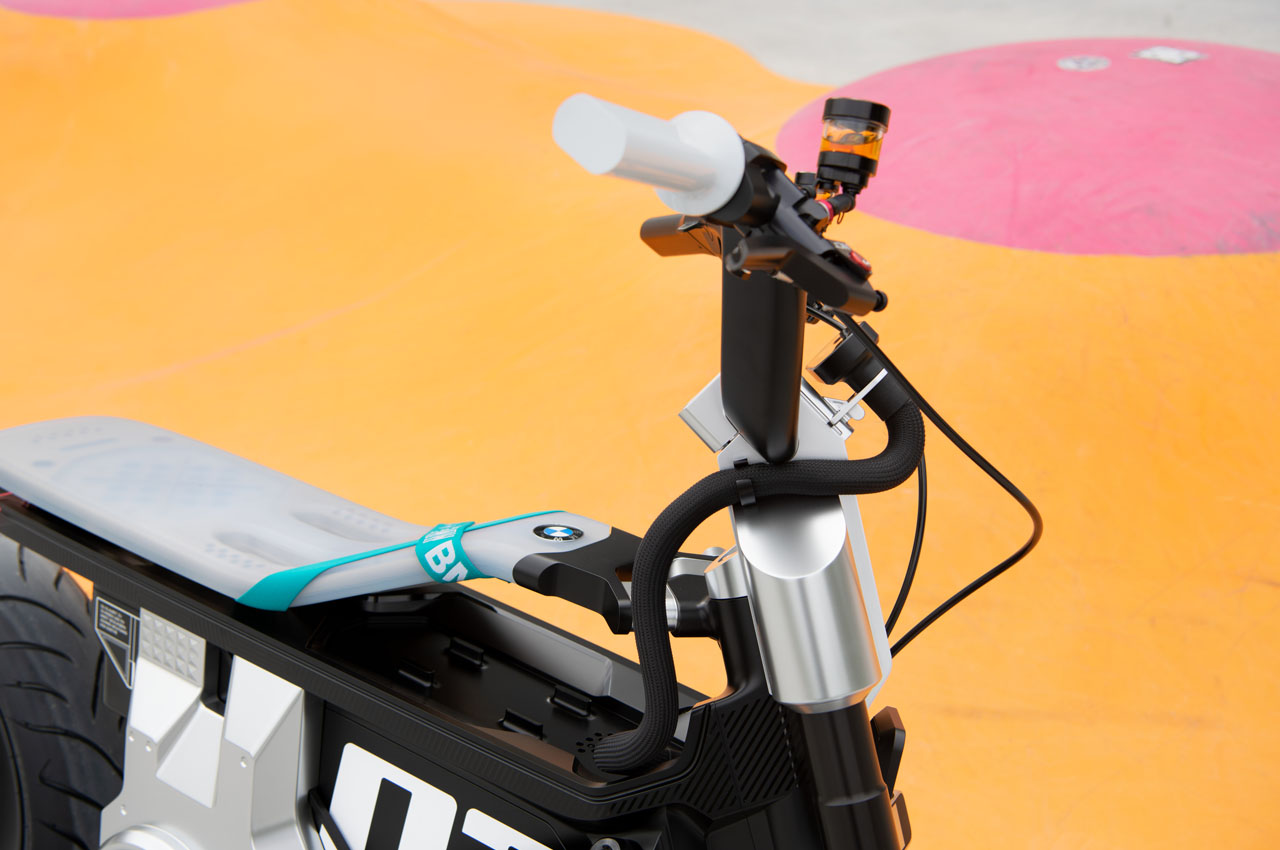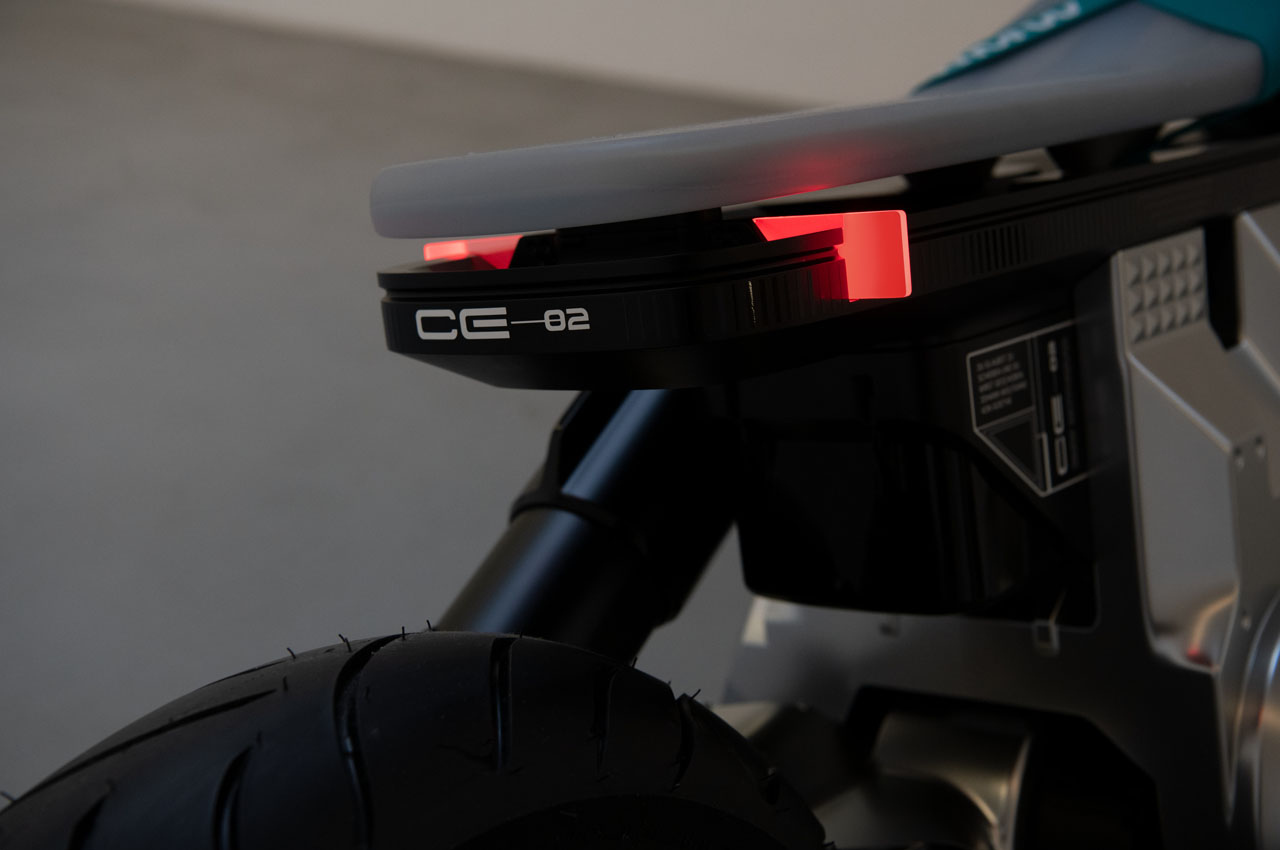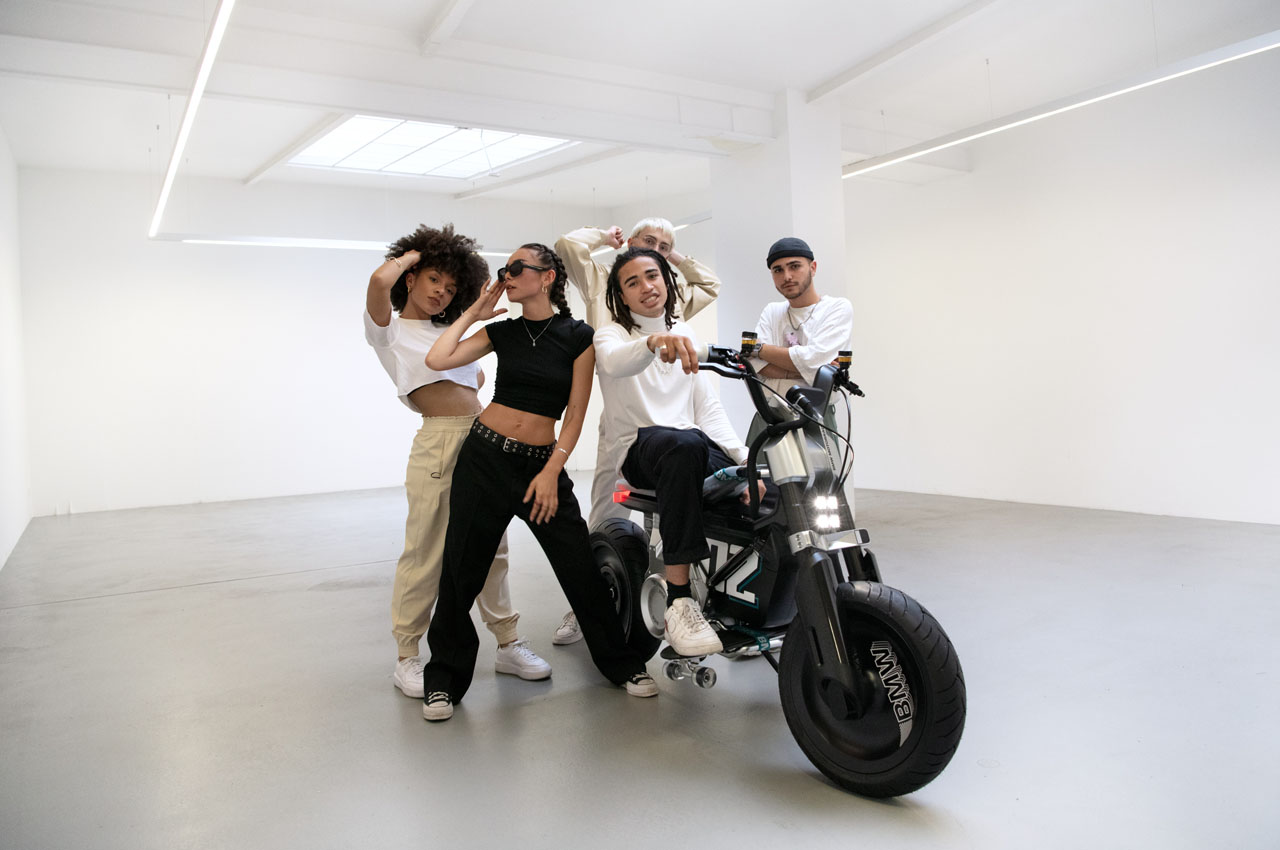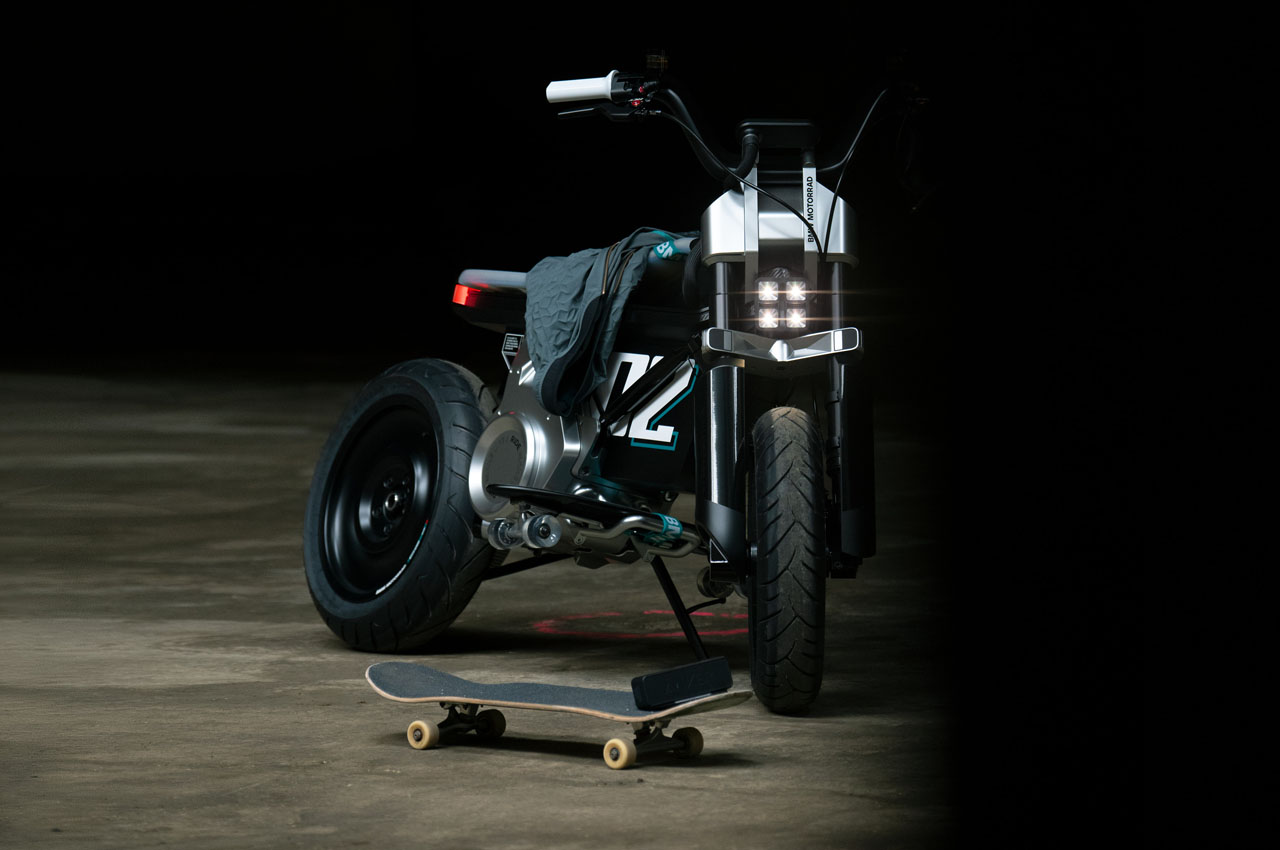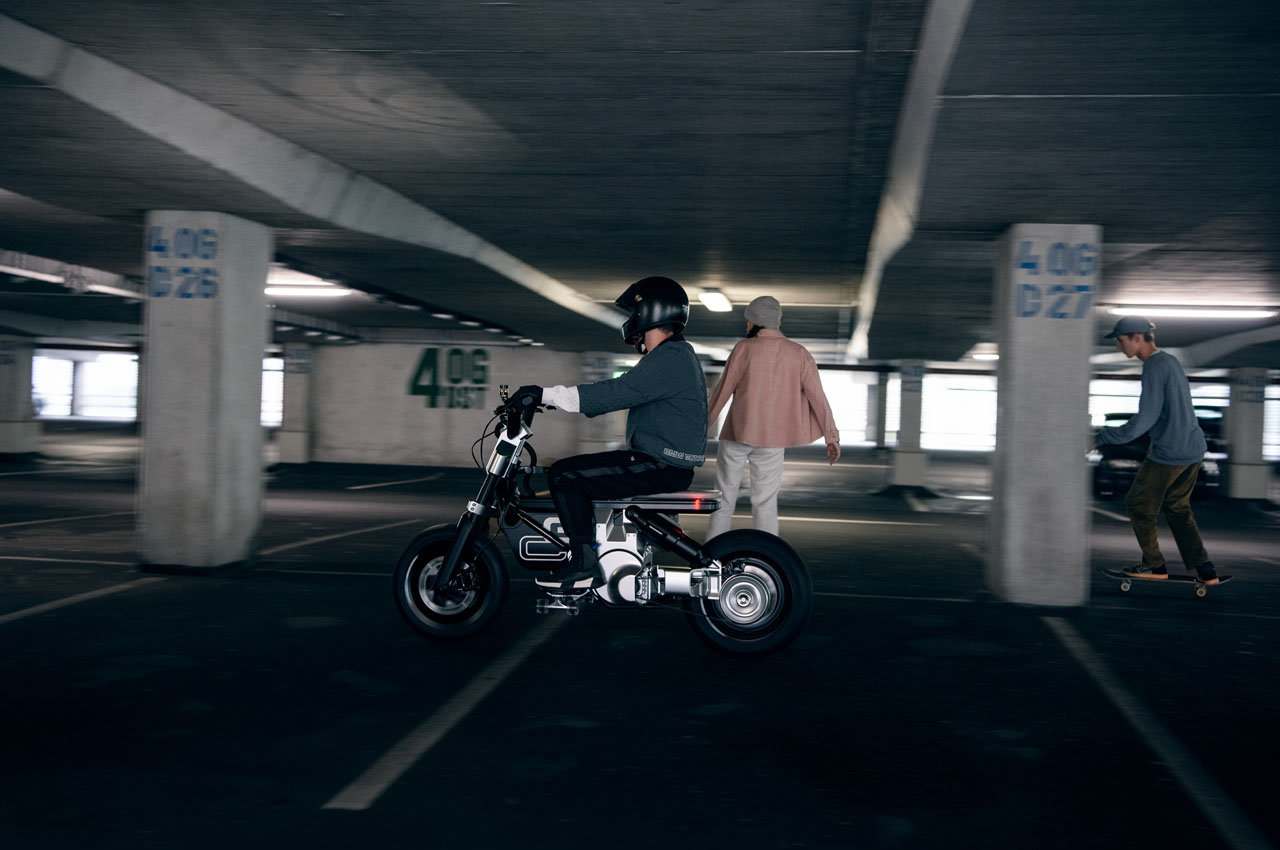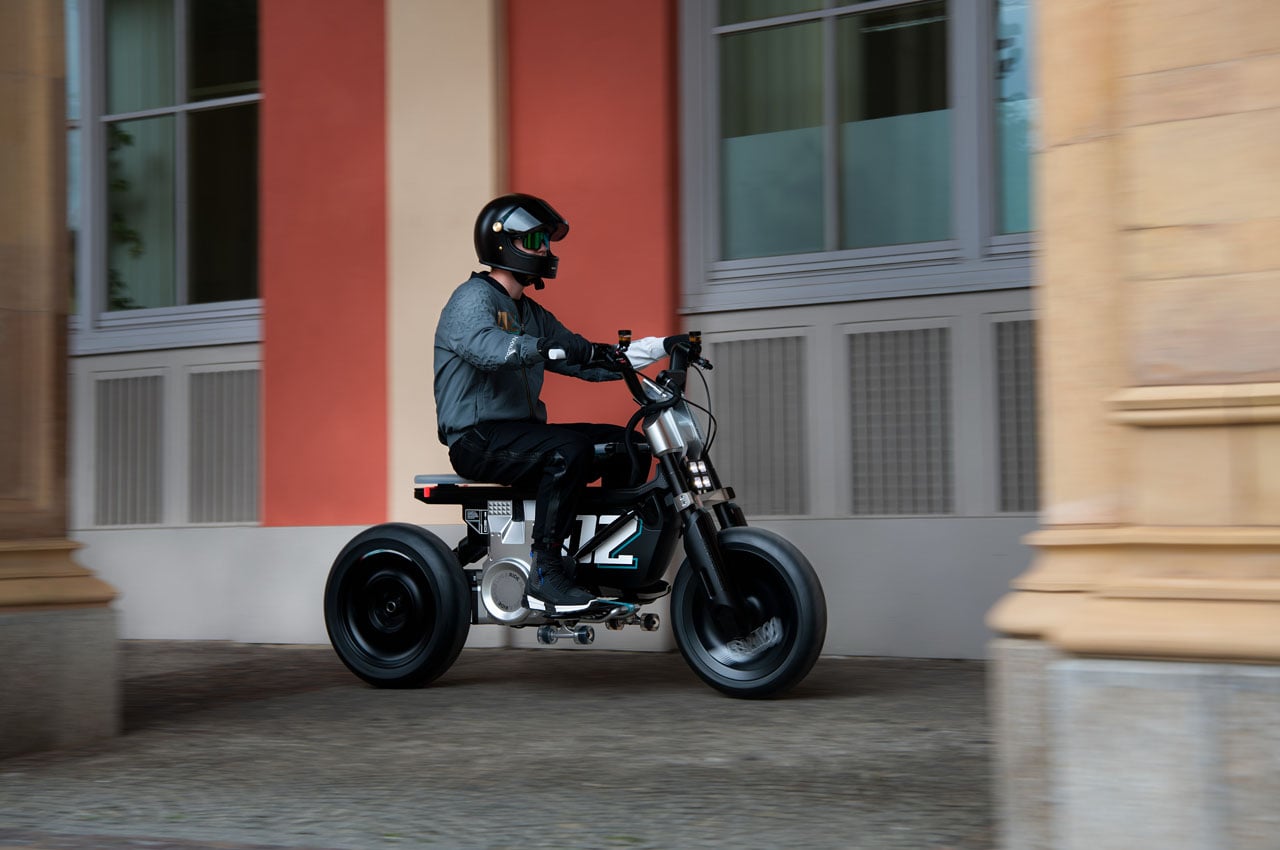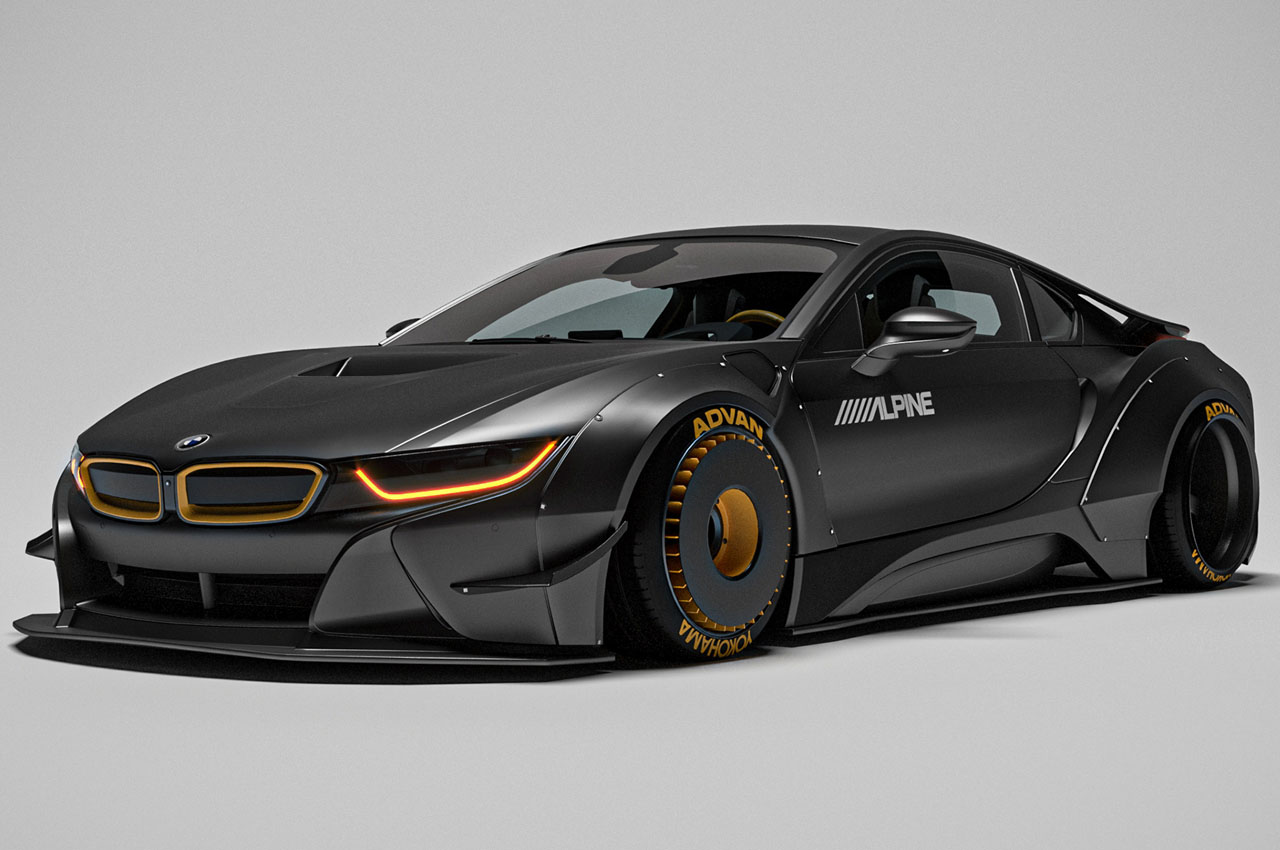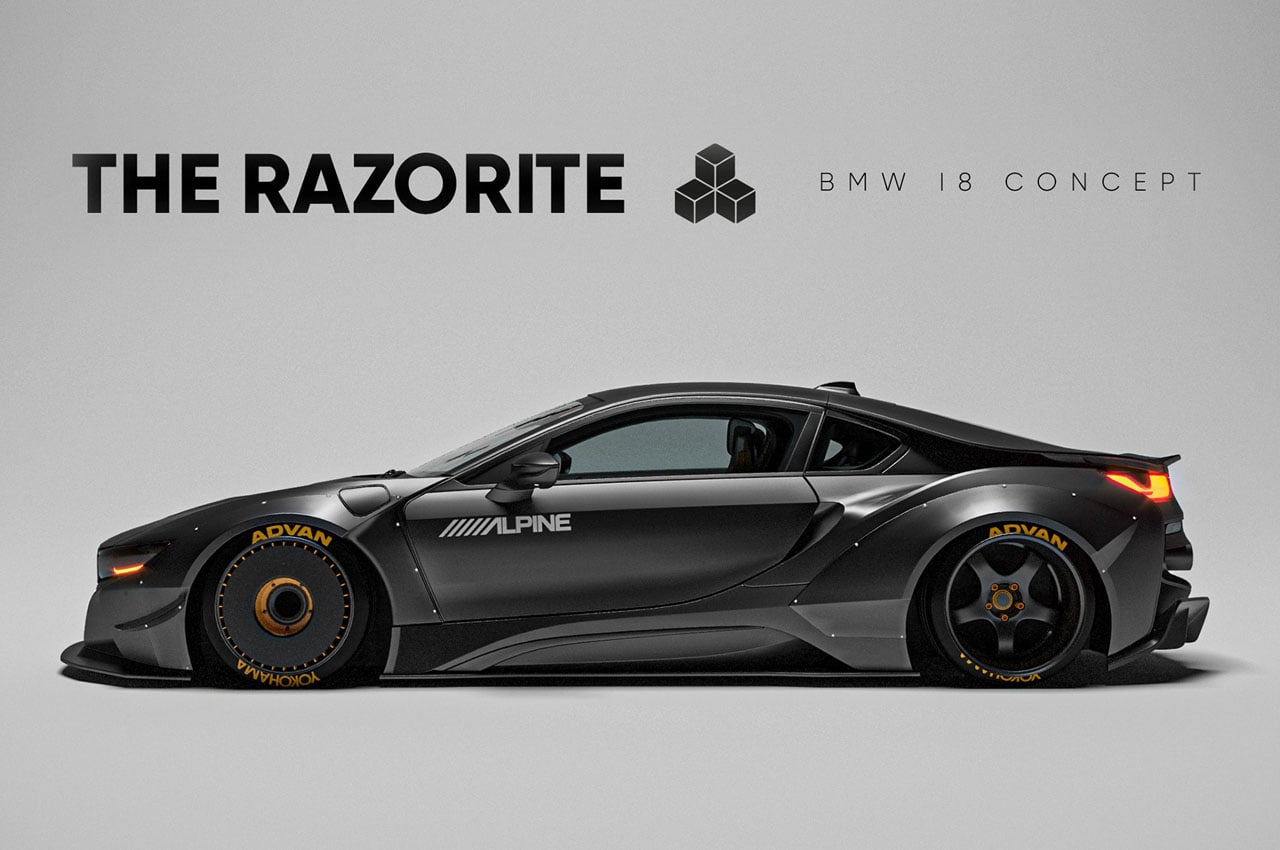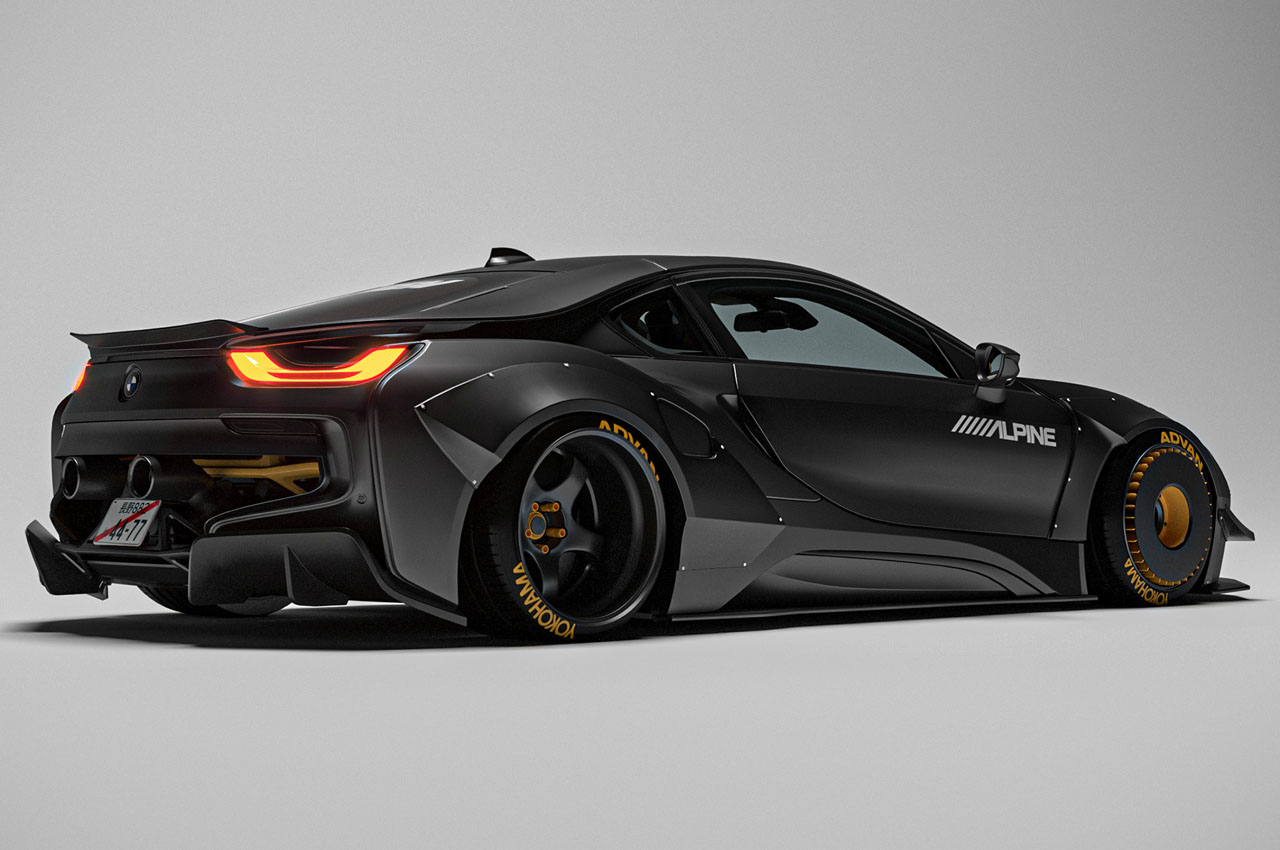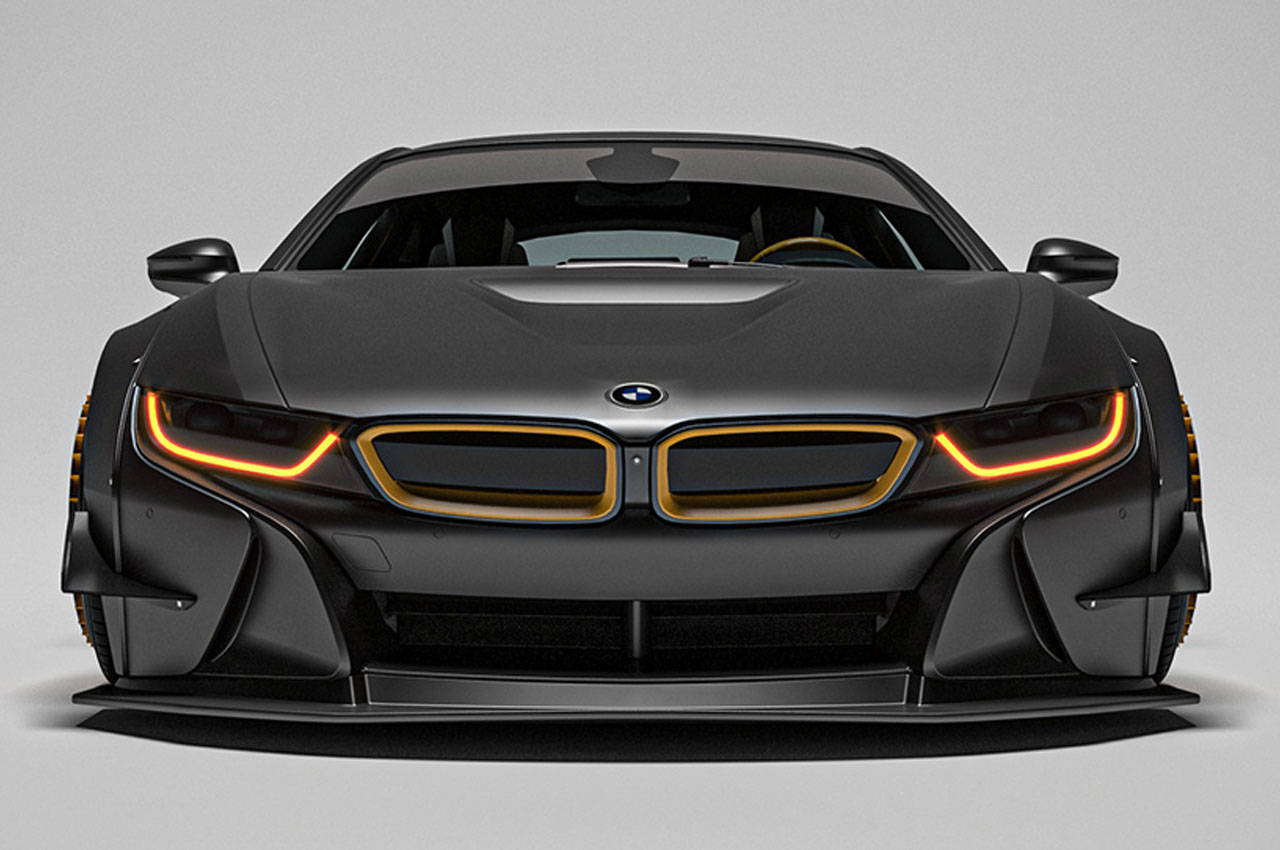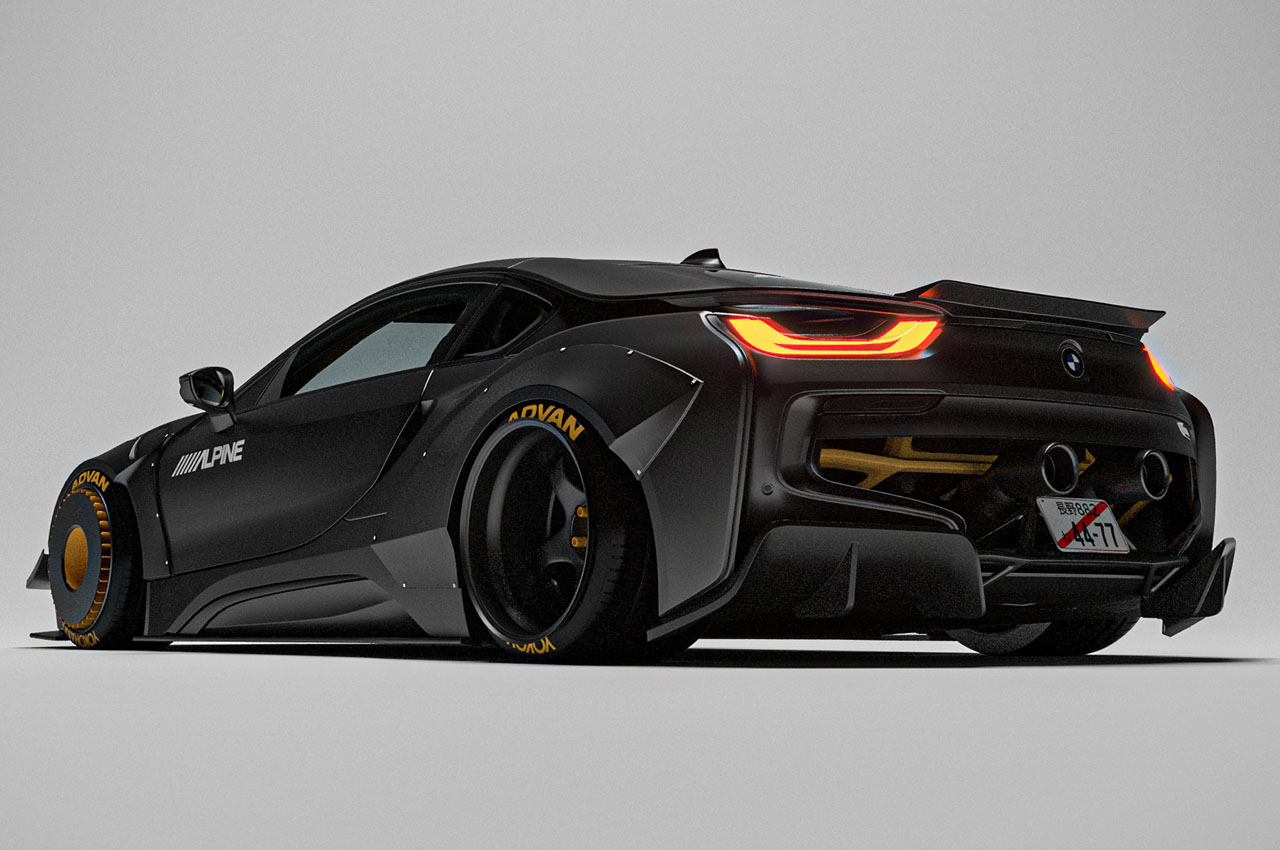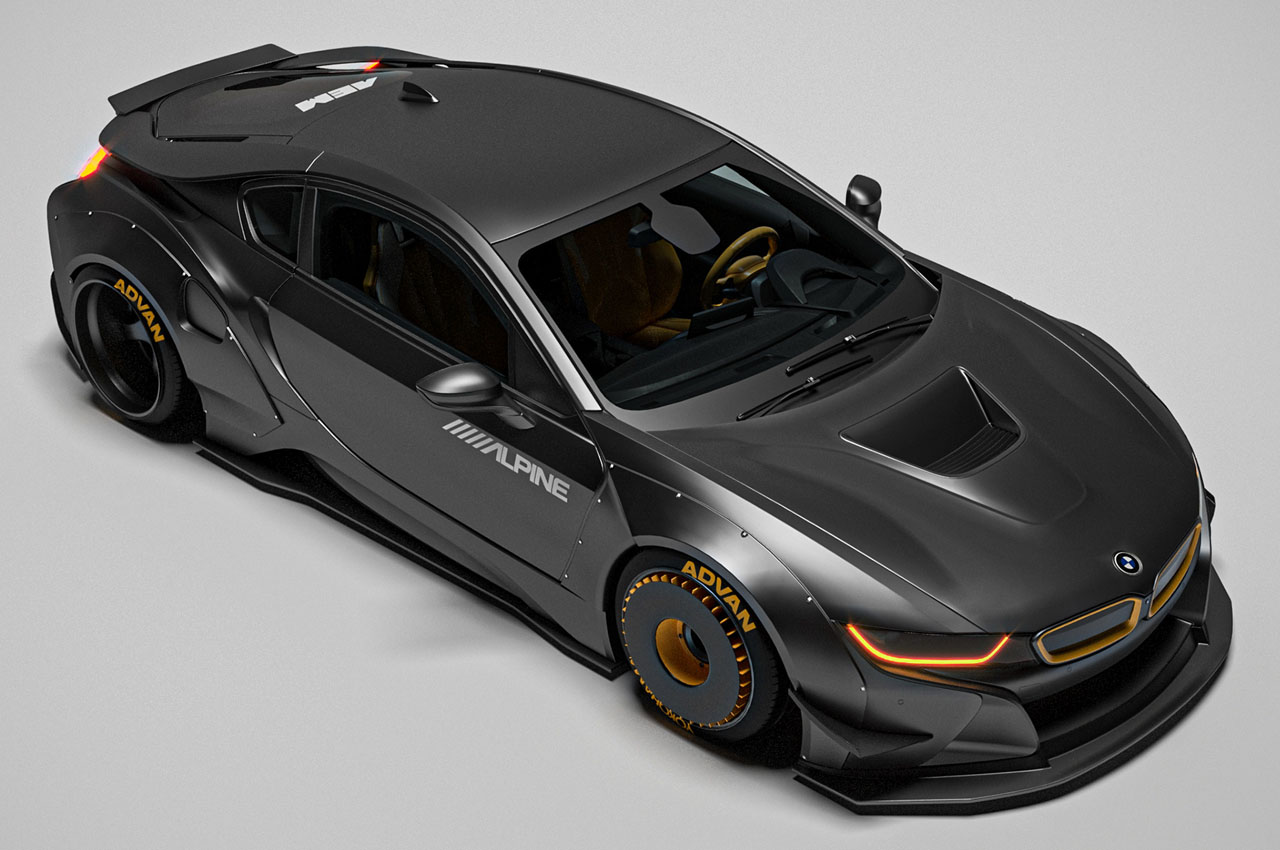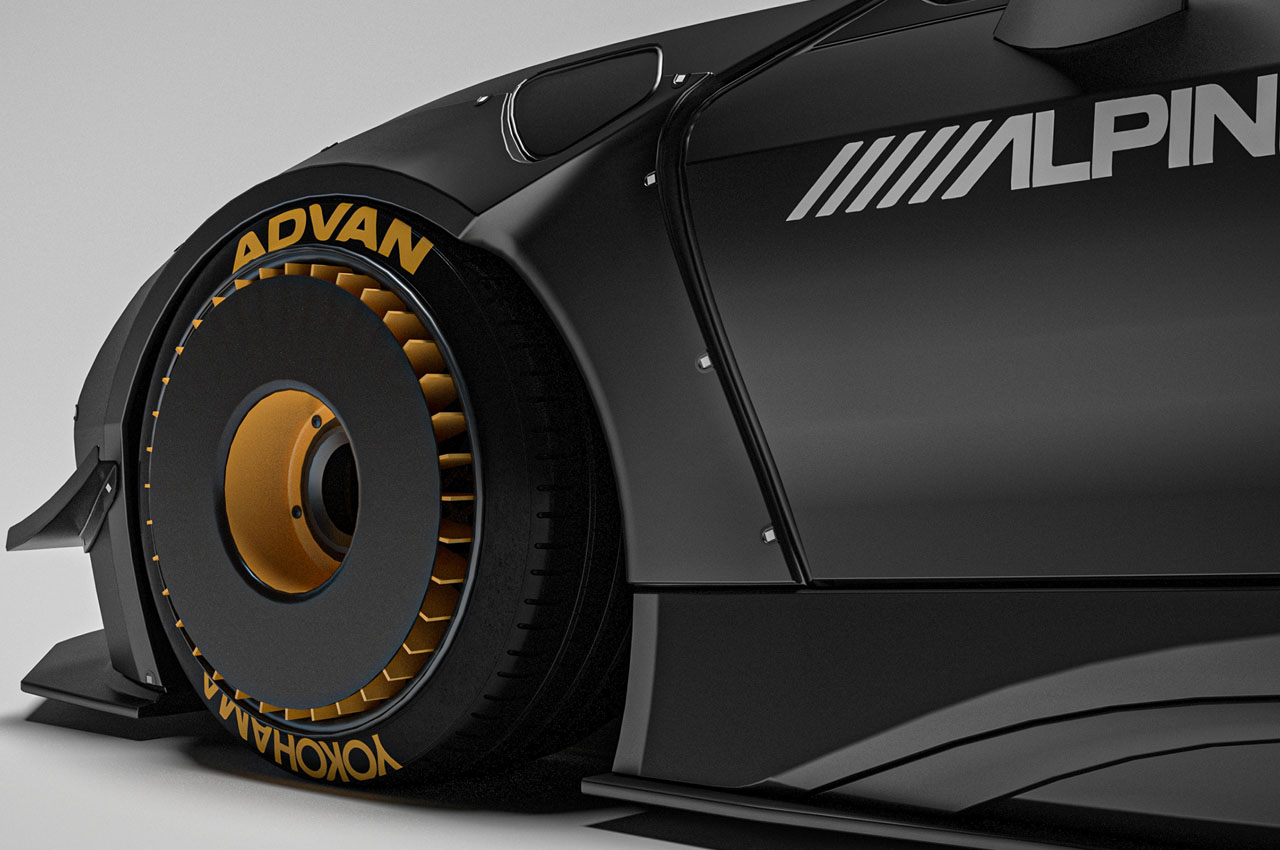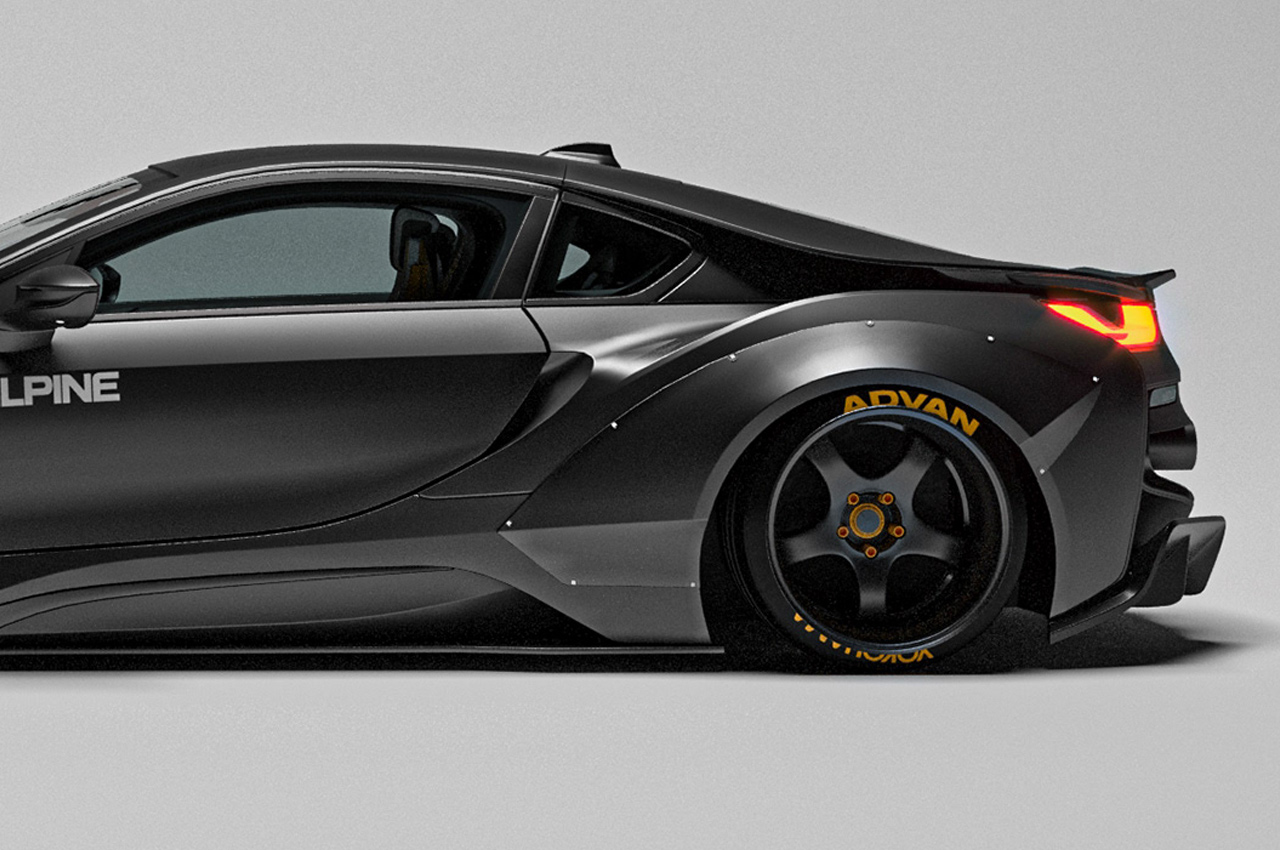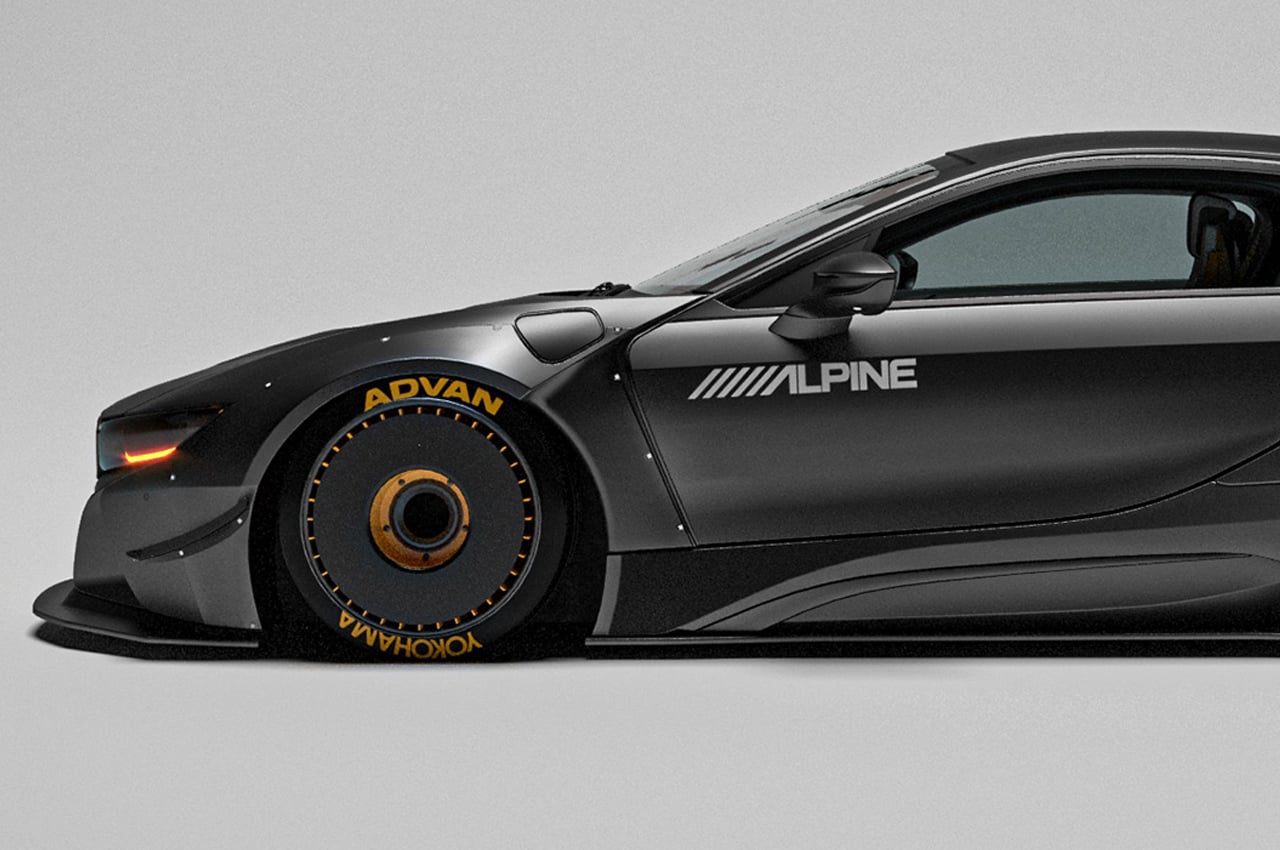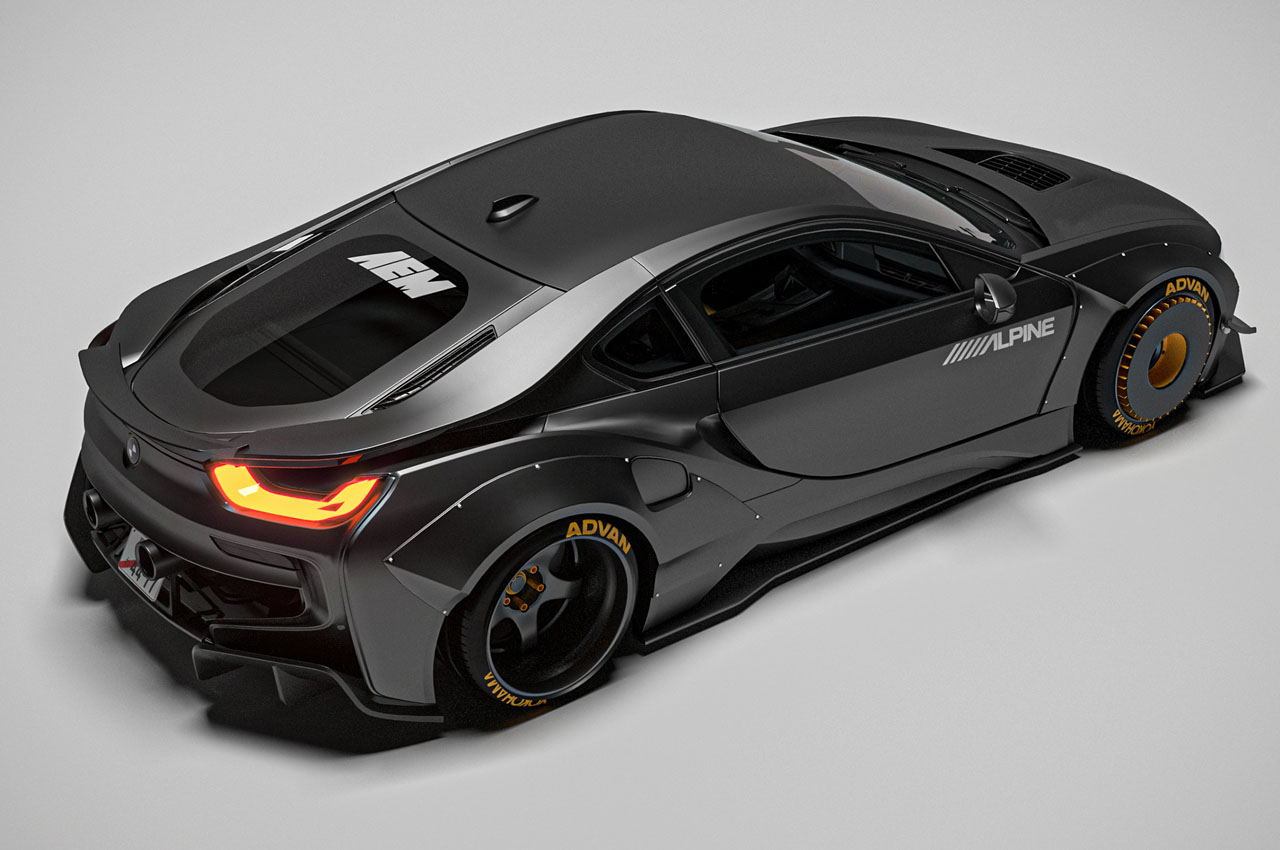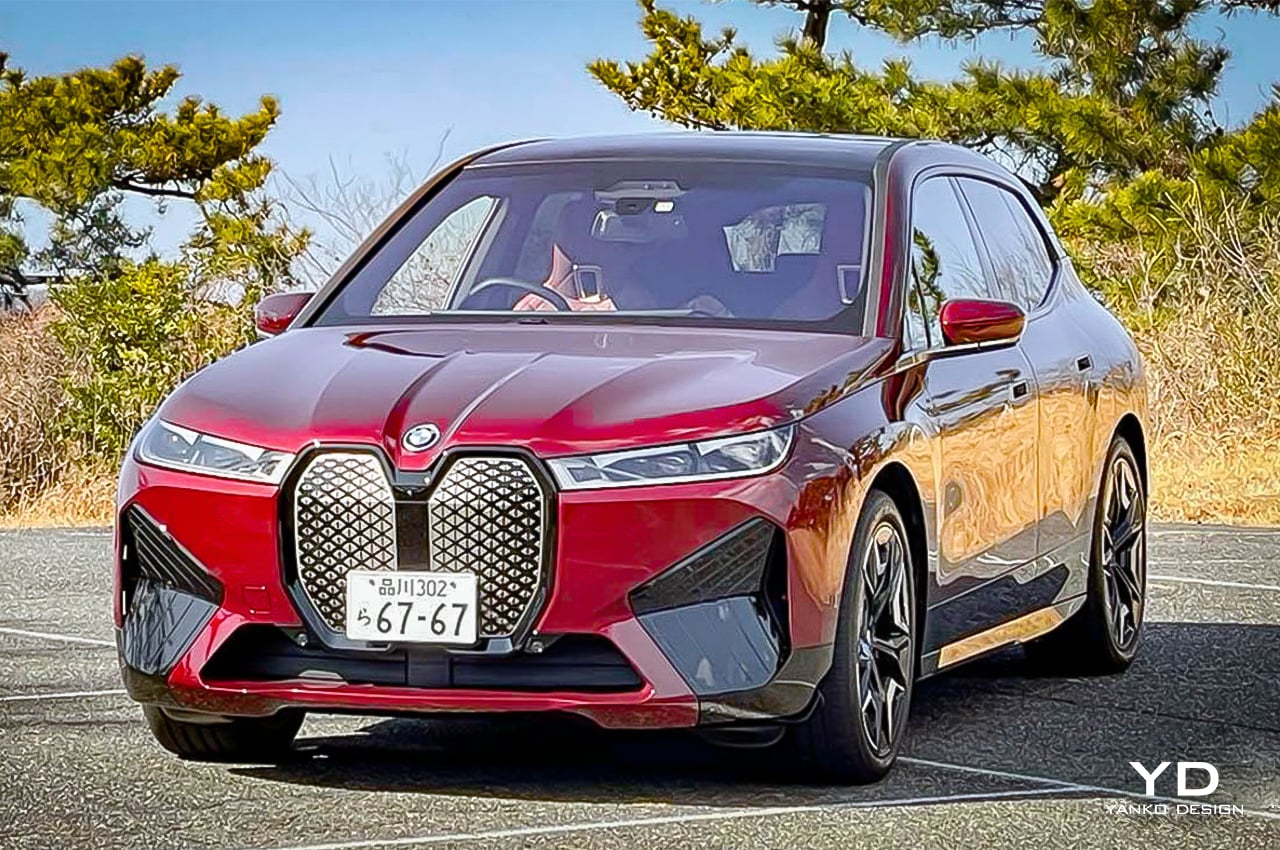
When you think of BMW’s signature cars, most people immediately conjure up images of high-performance ‘M Division’ stars like the stonking M3 and M5. Now while this very German brand makes brilliant internal combustion-powered vehicles, the world is going electric, and rather quickly. And to cater to the winds of change, the company needs a different style of flagship car. It needs a totally new signature model that stands head and shoulders above its rivals, a flagship that’s pure electric SUV and futuristic. The BMW iX is such a car.
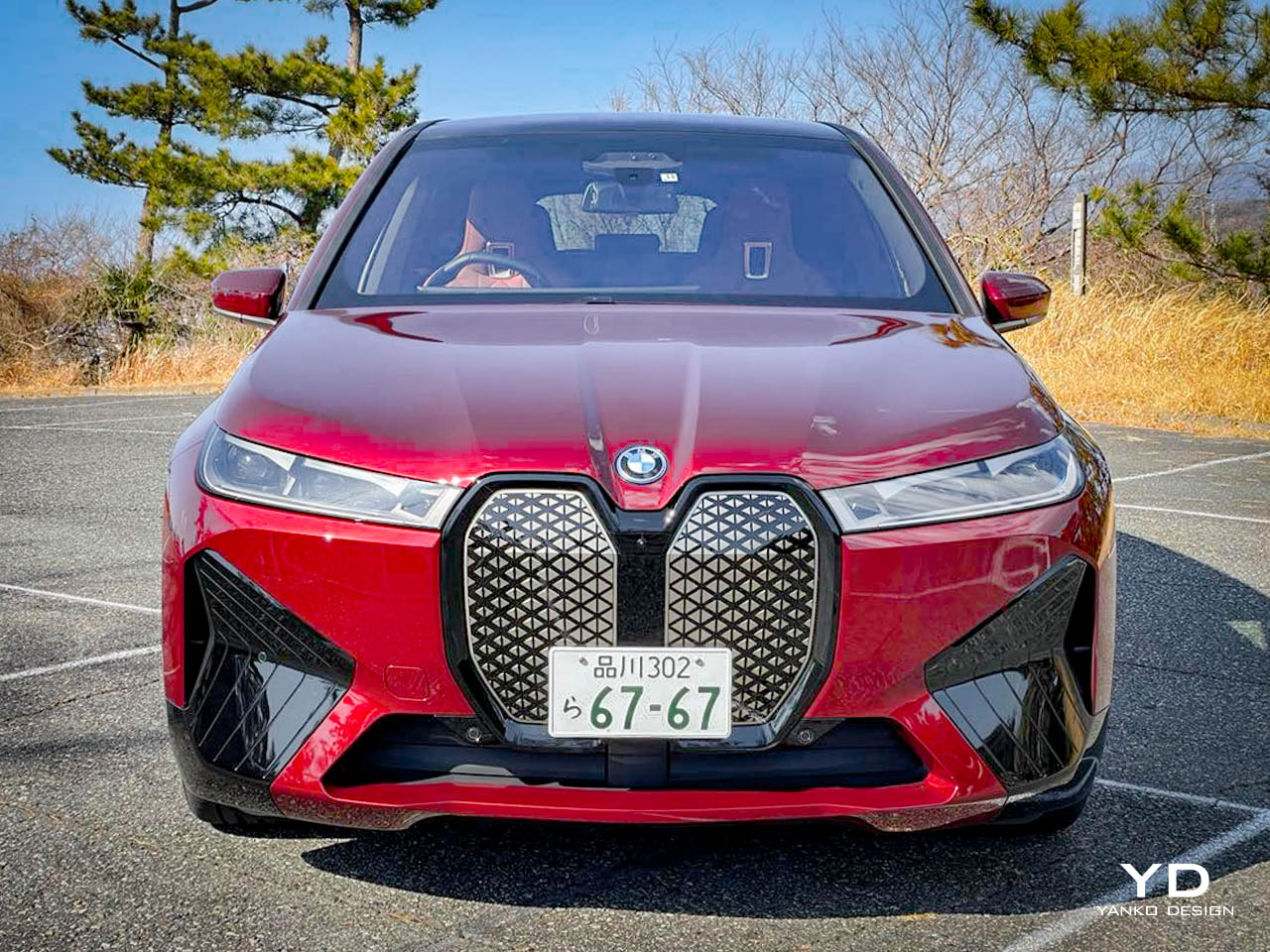
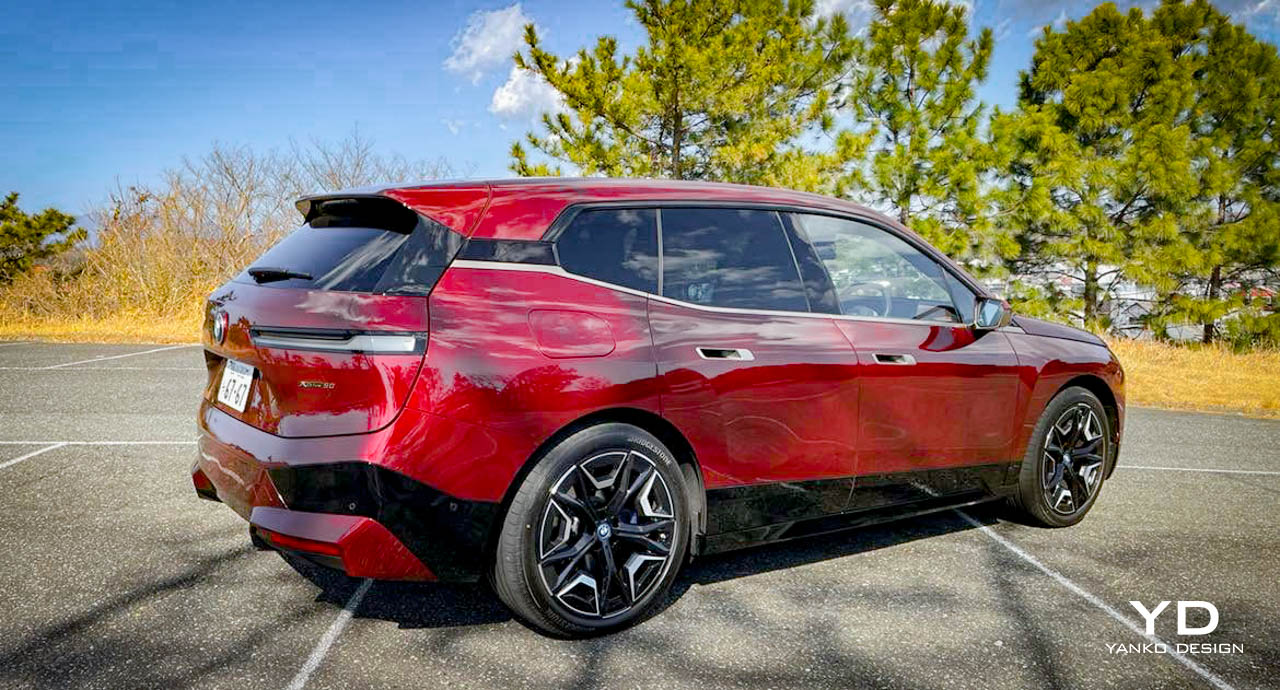
That polarizing new kidney grille dominates design chatter
Looking like an SUV that Ironman might use to drive his kids to school in 2030, the iX boasts next-generation styling that makes this Tesla Model X rival stand out from the crowd. BMW claims that with the iX, they will gain over 50% market share of all-electric vehicles by 2030. Totally new from the ground up, the iX boasts 516-hp twin motors, over 300 miles of range, and quick charging from 10% to 80% in around 30 minutes. It is certainly a bold and ambitious move, but just how good is this techno tour de force battery electric vehicle (BEV)? We got behind the wheel of the iX xDrive50 to find out.
The iX’s exterior looks like nothing we’ve ever seen from the Munich-based carmaker. And it’s big too, eclipsing the Tesla Model Y, Audi e-tron and Ford Mustang Mach-E in the dimension department. To be honest, when we first saw the edgy, muscular iX silhouette with its new bolder interpretation of the 4-Series’ controversial kidney grille, we had more question marks than compliments. Many readers will recall the radical, polarizing, vertically-enhanced design on the 2020 4-Series grille that seemed to dominate industry chatter for a whole year. Some said it looked like a koala nose, while others likened it to rabbit teeth, a la Bugs Bunny. I can’t argue with either of those descriptions, although after several hours with the car, I started to like the exterior styling as I found this grille blends in better on the iX than the 4-series.
BMW’s head of design, Domagoj Dukec, said last year, “if you want to create something that stands out, it must be distinguishable and it has to be different. It’s not our job to please everyone, just our customers.” With the new grille, BMW has definitely created something that stands out, and yes, it does not please everyone. But it has certainly made its mark among customers with strong sales in its younger target audience. And at the end of the day, that’s what counts. Right?
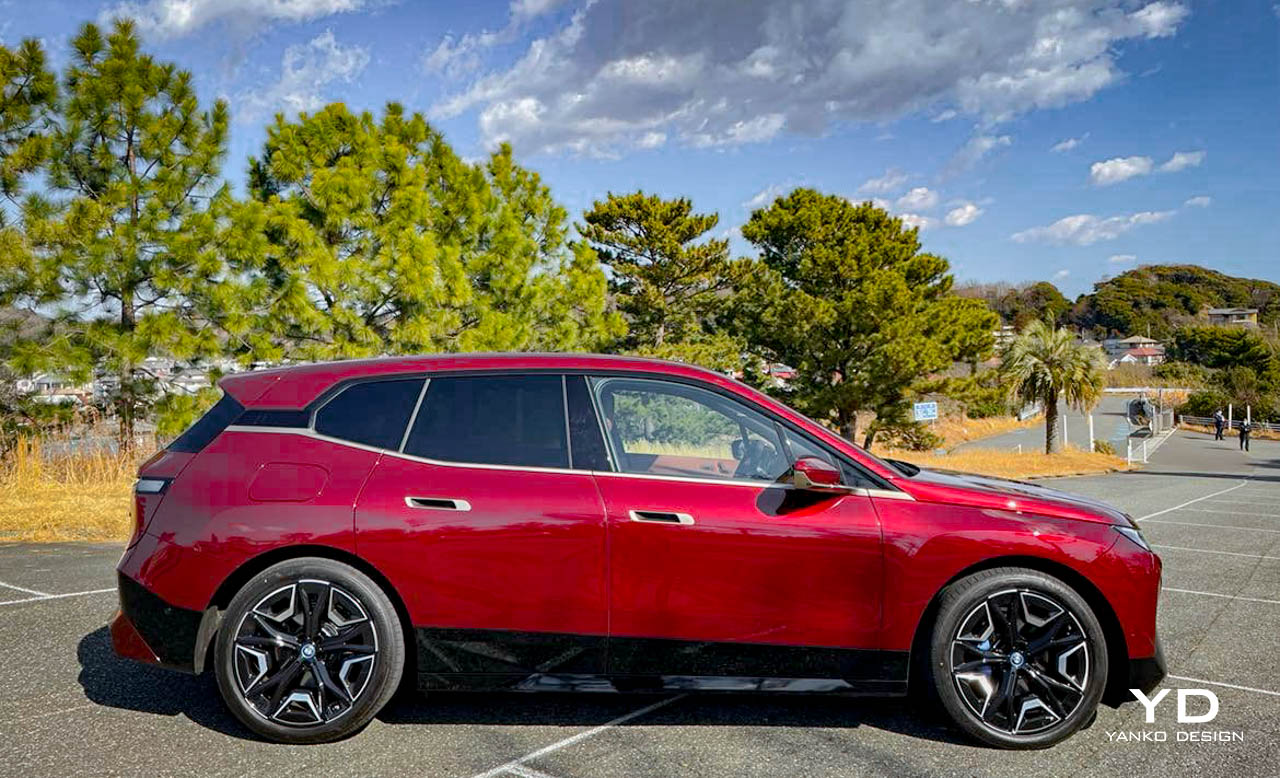
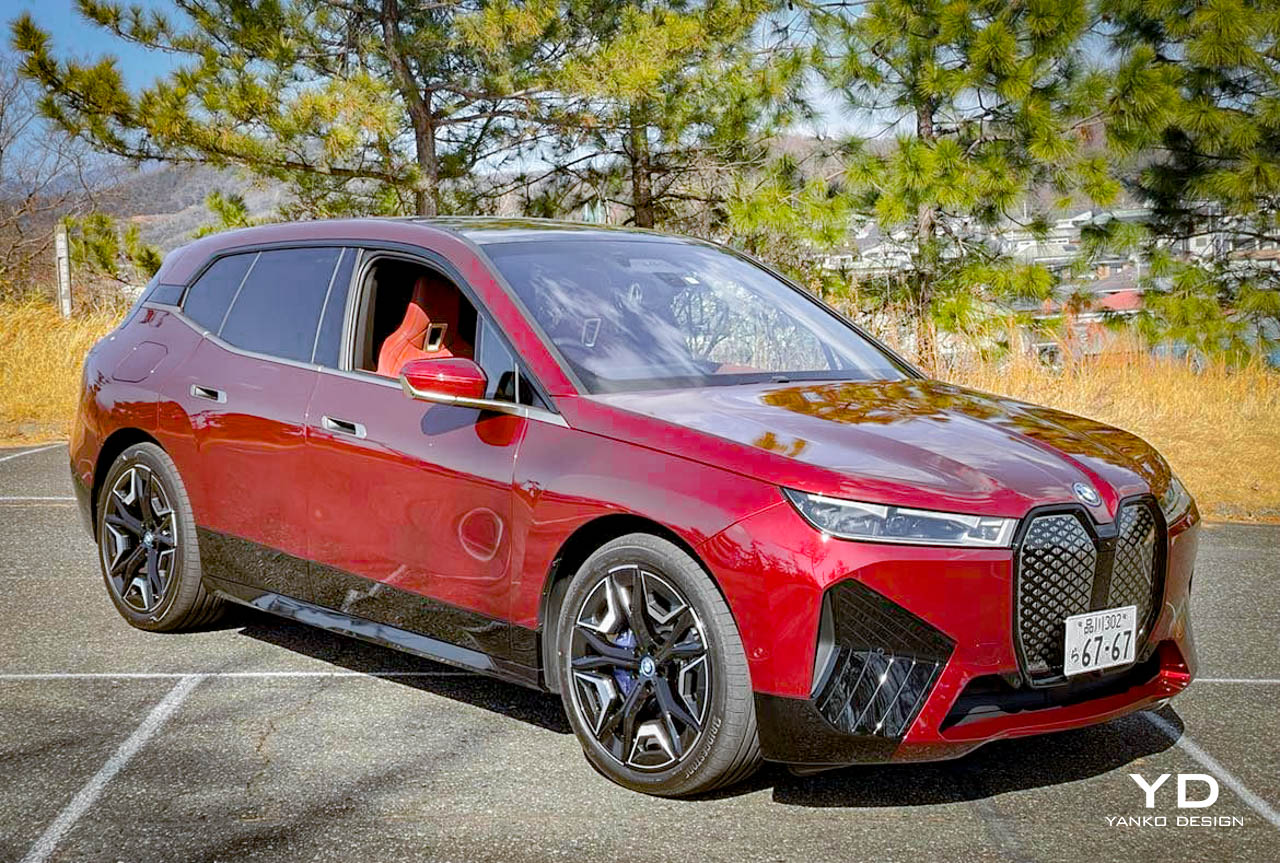
It’s magic! The BMW grille repairs itself?!
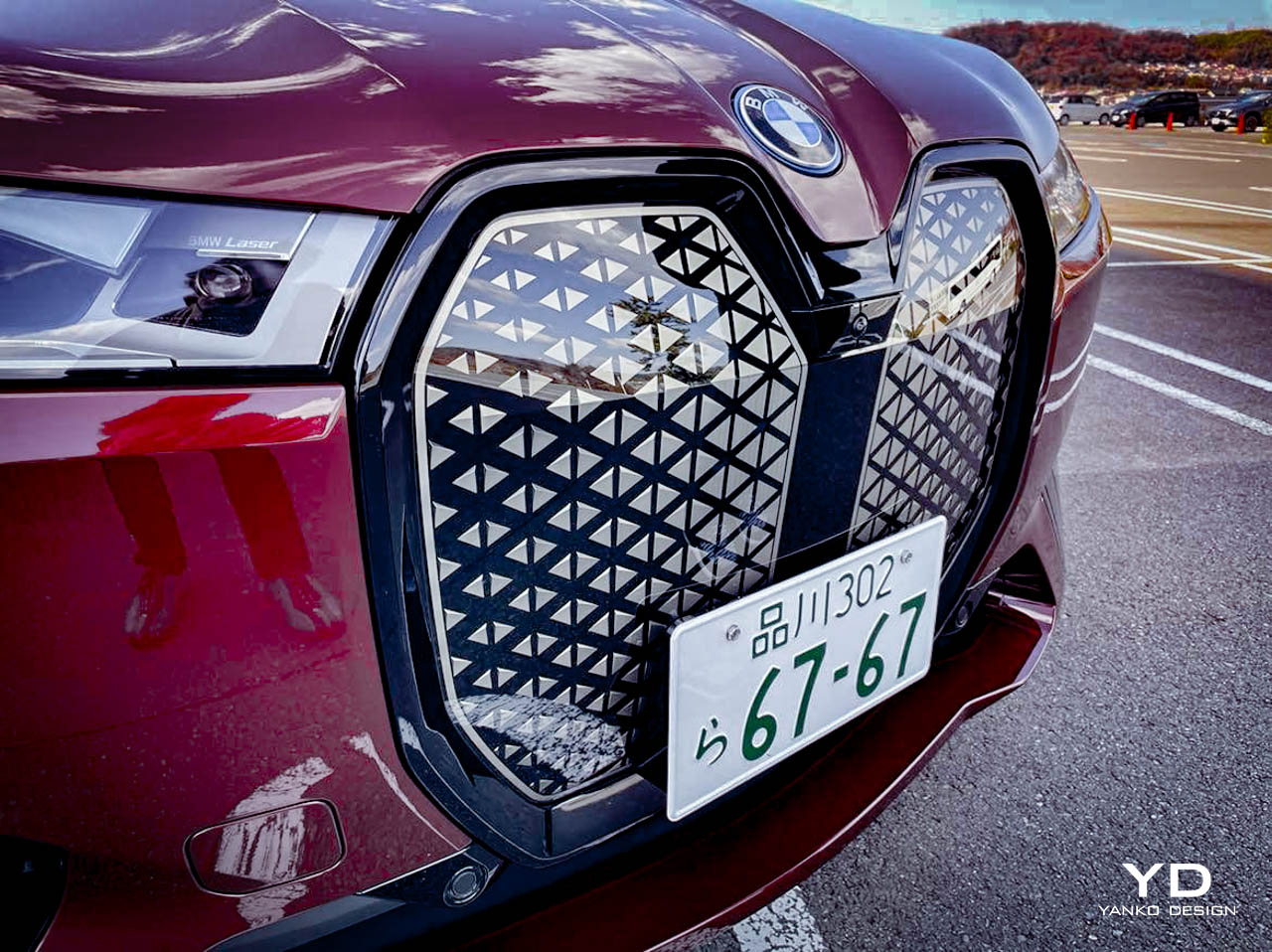
But this new grille is not just pushing the boundaries of contemporary design norms. It also offers some unique innovative features which deserve a special mention. In fact, the grille is not even a grille. From a distance, this space almost looks like it’s full of intricate metallic and piano black elements shaped into a multi-layered diamond-like pattern. However, when you get up close and personal and rub your fingers over it, you discover that the grille is made of a material that feels like plastic. According to BMW, this plastic surface is actually covered with a thin layer of polyurethane coating which gives it the power to heal itself if it gets scratched or damaged — kind of like well-known superhero Wolverine.
Why fit such a feature? Say you’re parked in a shopping mall and someone accidentally bangs their shopping trolley into your new kidney grille. No problem because the polyurethane automatically ‘repairs’ light scratches within 24 hours when left at room temperature, or even in under five minutes under hot air from a hairdryer. And why is protecting the grille so important? Behind that enormous grille, you’ll find a set of sensors that allow the iX to see the world in front of it and relay that information to the onboard safety systems in real time. So if the grille has scratches, then the forward visibility and sensor operation could be compromised. That’s not the only feature to stand out on this next-generation grille. Behind it you’ll find a heated element that allows the grille to melt away ice and snow to—you guessed it—allow those hidden sensors to be able to see the road ahead in wintery conditions.
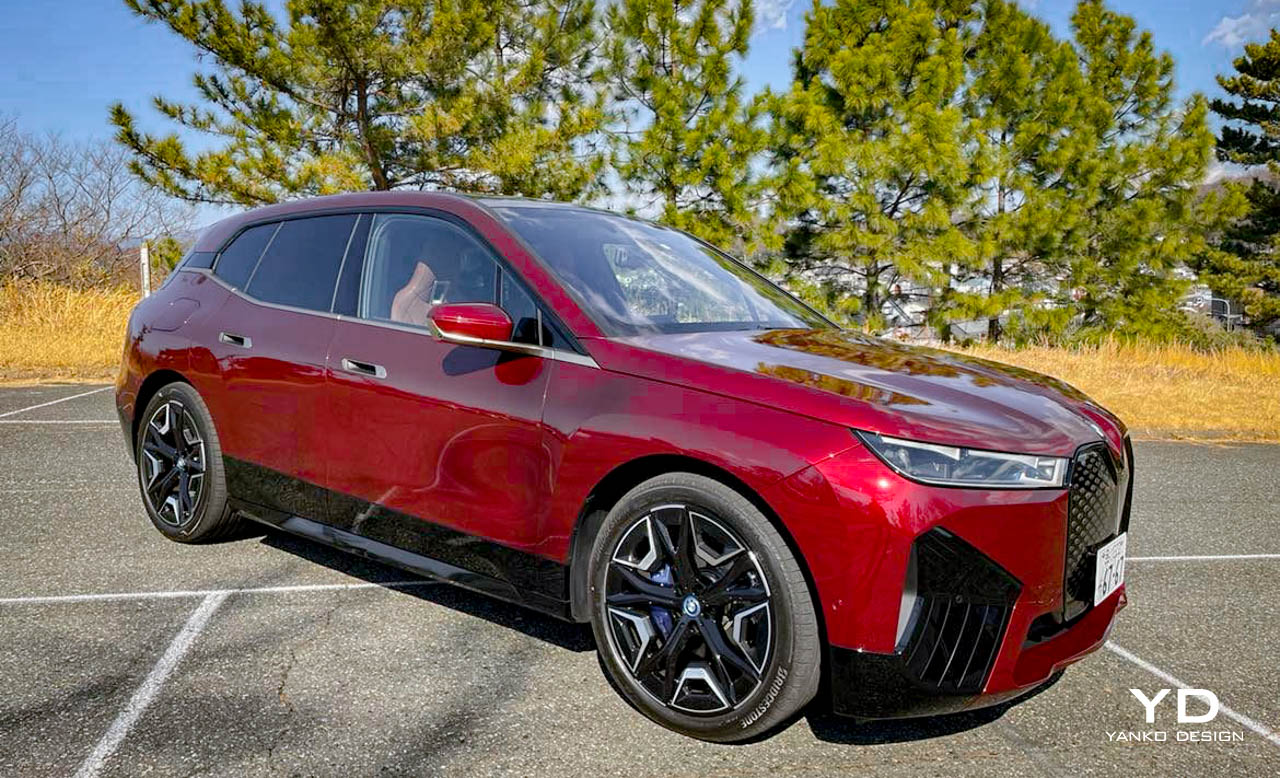
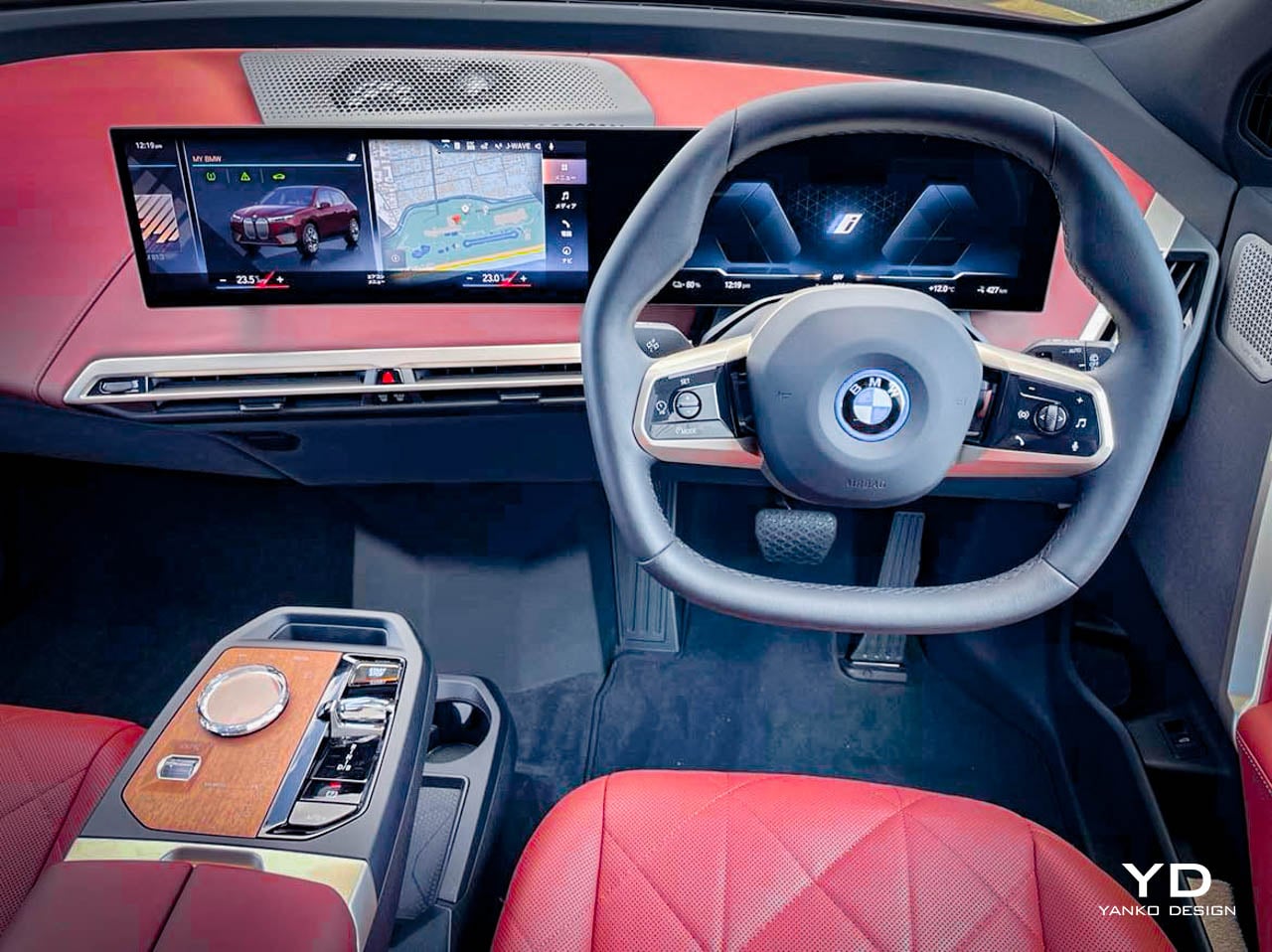
One feature that will certainly raise a few eyebrows is that you cannot open the hood on an iX. According to BMW engineers, there will be no need for owners to ever open their hood. In fact, if you see one with its hood up then that’ll mean something has gone horribly wrong with the mechanicals requiring instant dealer rescue. The fact that you can’t open the hood is a shame because it means that you don’t have a ‘frunk’ (front trunk), a feature found so often on BEV’s these days. You may also wonder how does one fill up the washer fluid? Easy. Just push to open the BMW logo above the grille and top up your washer fluid. Necessity is the mother of invention, so they say. That washer fluid logo feature is a clever, elegant solution to a potentially problematic design conundrum. Thumbs up to BMW designers there.
The sleek upslanting ‘Laser’ headlights and practical bumper integrated brake vents complement the grille design to give the iX a unique futuristic look necessary to make an impact in the market. While not quite as dramatic as the front end, the side view is highlighted by flared fenders and huge 22-inch wheels as well as hollow copper-colored door handles that perfectly matched the rather classy Aventurine Red body color on our iX test car. The floating C-pillar, with a gloss blacked-out section to match the tinted rear windows, connects subtly with the roof spoiler to complete a stylish, sporty silhouette.
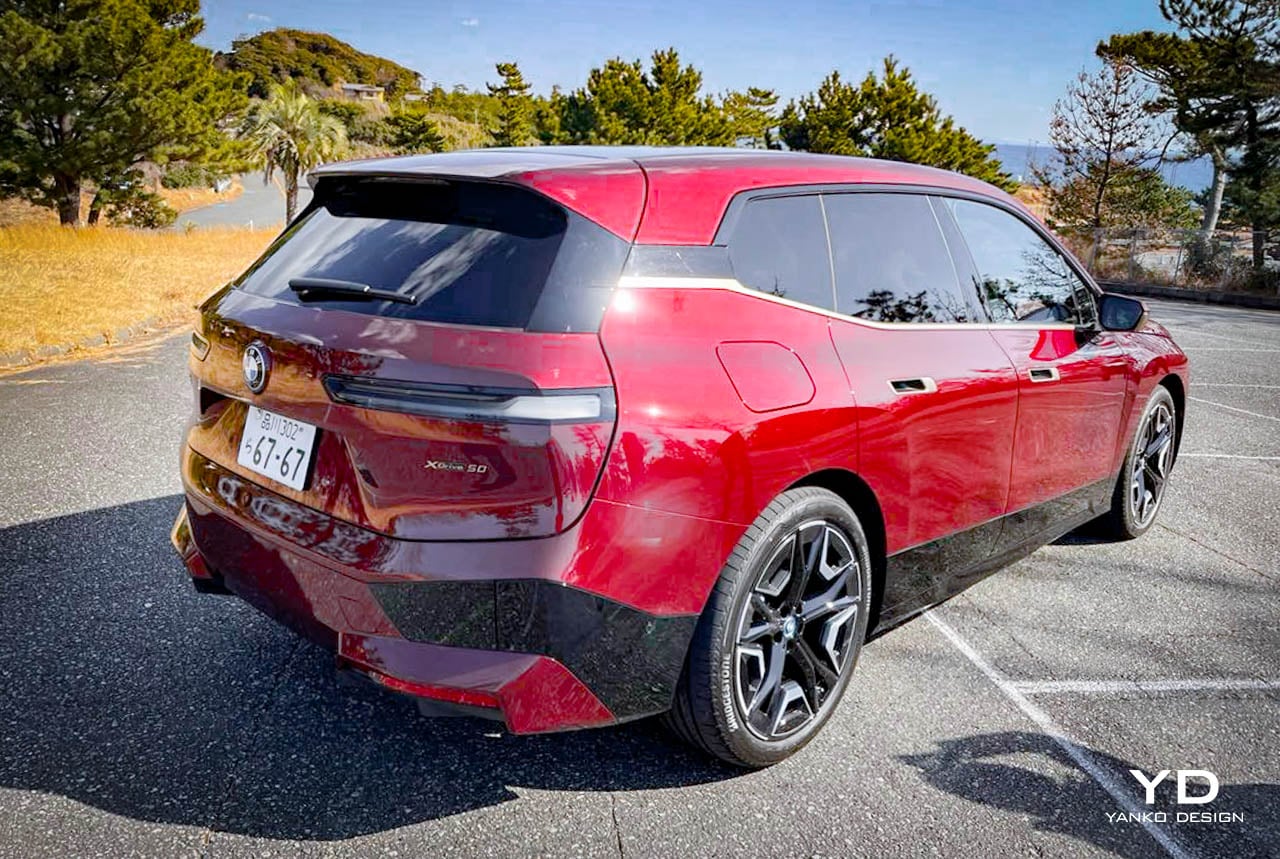
Far more appealing however is the rear end. This is by far my favorite angle of the car to look at. The sharply angled rear window leads down to a narrow wraparound taillight treatment that sits in amongst some of the most beautifully contoured surfaces and lines you’ll ever see on an SUV.
There is one problem though. With most SUVs, the taillights are normally split across the tailgate and the rear body panel. With the iX, however, it’s all integrated into the tailgate. So when you raise the tailgate your brake lights disappear into the air meaning that people behind you cannot see your car clearly at night. The solution? BMW has had to design a second set of lights and integrate those into the rear corner bodywork. Form has unfortunately won over function here. This I feel is extremely wasteful as it means customers are paying extra money to have this ‘backup’ set of tail lights. This design also eats into luggage space with the iX only offering 500 liters of space in contrast to the BMW X5’s 650 liters, which is a similarly sized car.
Stunning! The iX’s cockpit is next-level design and functionality
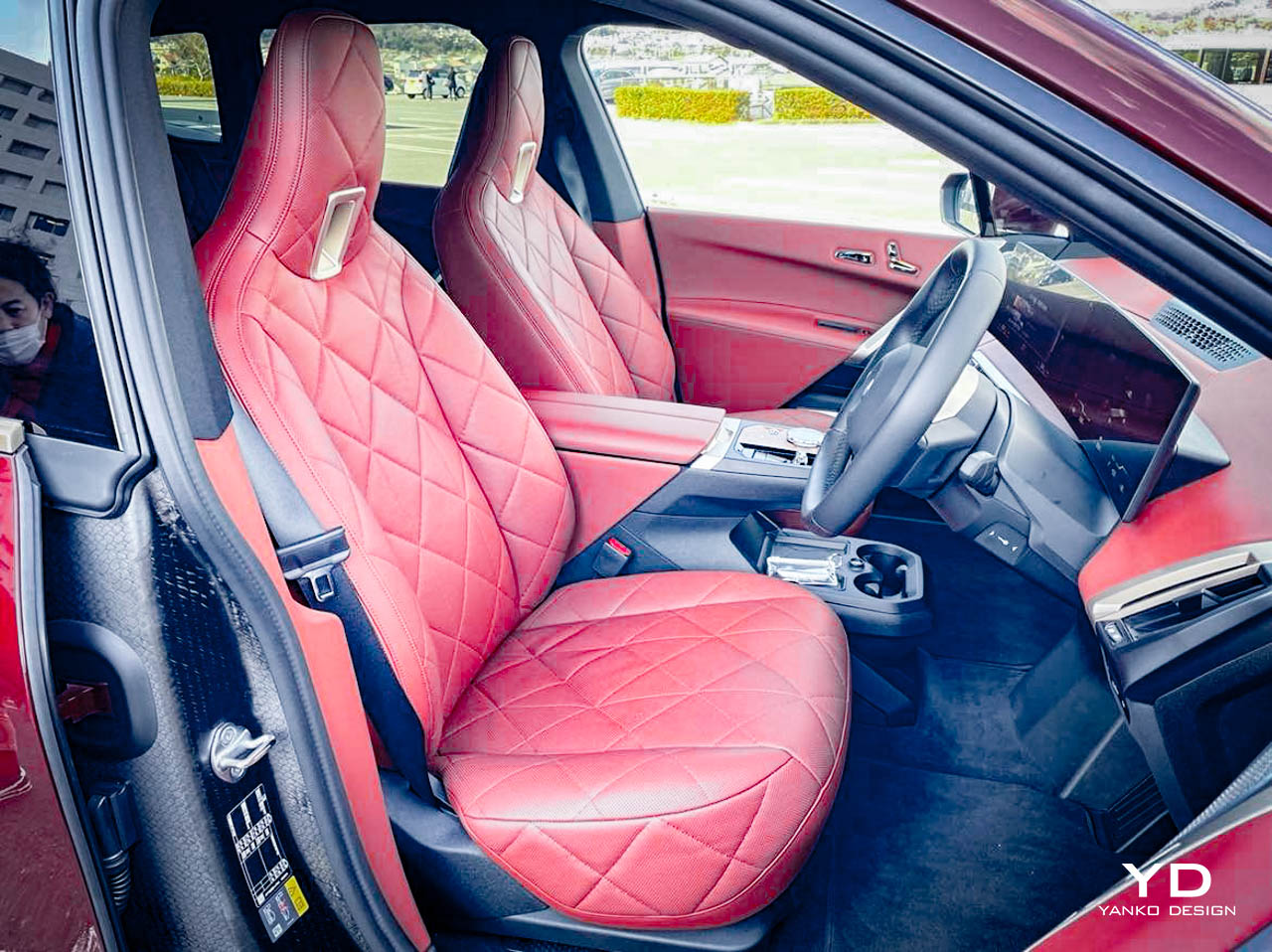
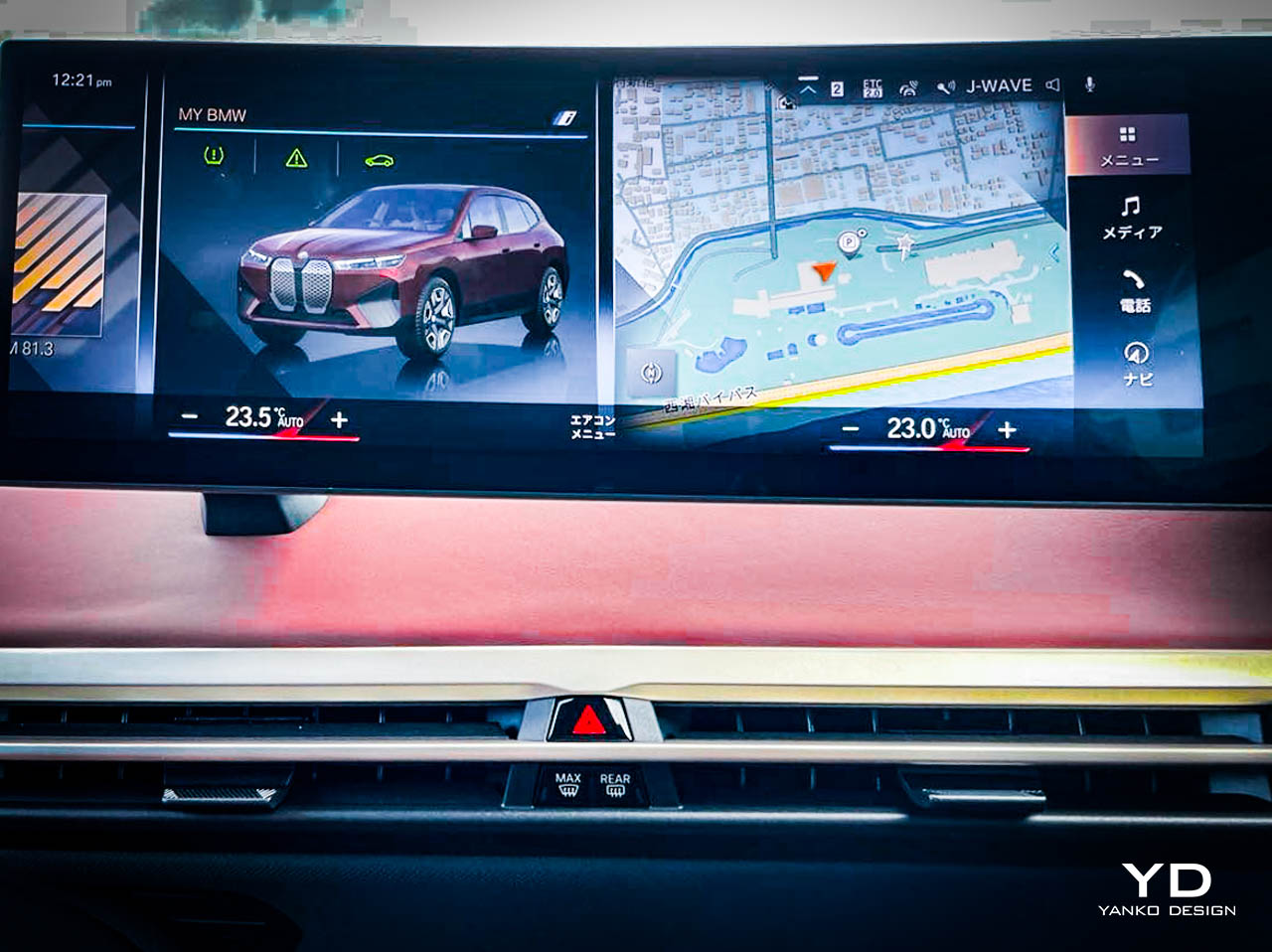
So what’s the iX like inside? Stunning. No matter what you might think about the exterior, especially that grille design, the interior is simply breathtaking. The caramel tan-colored leather seats and dashboard, aluminum accents and huge cockpit-wide curves touchscreen instrumentation set the mood for BMW’s signature BEV. The result we see in the iX’s cabin is what happens when a carmaker gives its design team free rein to design something new, innovative, and cool.
Where to start? I adore the high-quality luxurious materials used inside. I adore the shape and feel of the seats and their special stitched inlays. I like the shape and feel of the curved 12-inch touchscreen for driver information and a massive hi-definition 15-inch display for all of your infotainment features. It feels like 2030 in here! I even adore the shape of the octagonal steering wheel. The floating center console with its next-generation i-Drive system boasts a gorgeous new design highlighted by a crystal dial and intuitive touch sensors. It also has a crystal gear shift lever as well as crystal knobs on the doors. The only downside, if you can call it that, is the fact that the crystal knobs and dial can cause some glare to shine in the driver’s face when direct sunlight hits it.
Interestingly the iX is packed with lots of sustainable materials. The olive leaf logo on the dashboard indicates that the dye used to color the leather inside the iX is sourced from olive leaf extract rather than non-biodegradable chemicals found in so many other cars. Apparently, the leather is sustainable as well, although we are not quite sure what that means.
In the back seats, you get loads of legroom and headroom and comfortable leather seats. This ample amount of headroom is aided by a clever panoramic glass sunroof design with electrochromic shading that allows occupants to merely press a button and either allow the sun in or shut it out. Apart from the good visibility, there are also two USB-C ports in each back seat and dedicated climate controls for both seats. There’s no doubt that the rear seats are just as comfortable as the front seats.
The Driving Experience
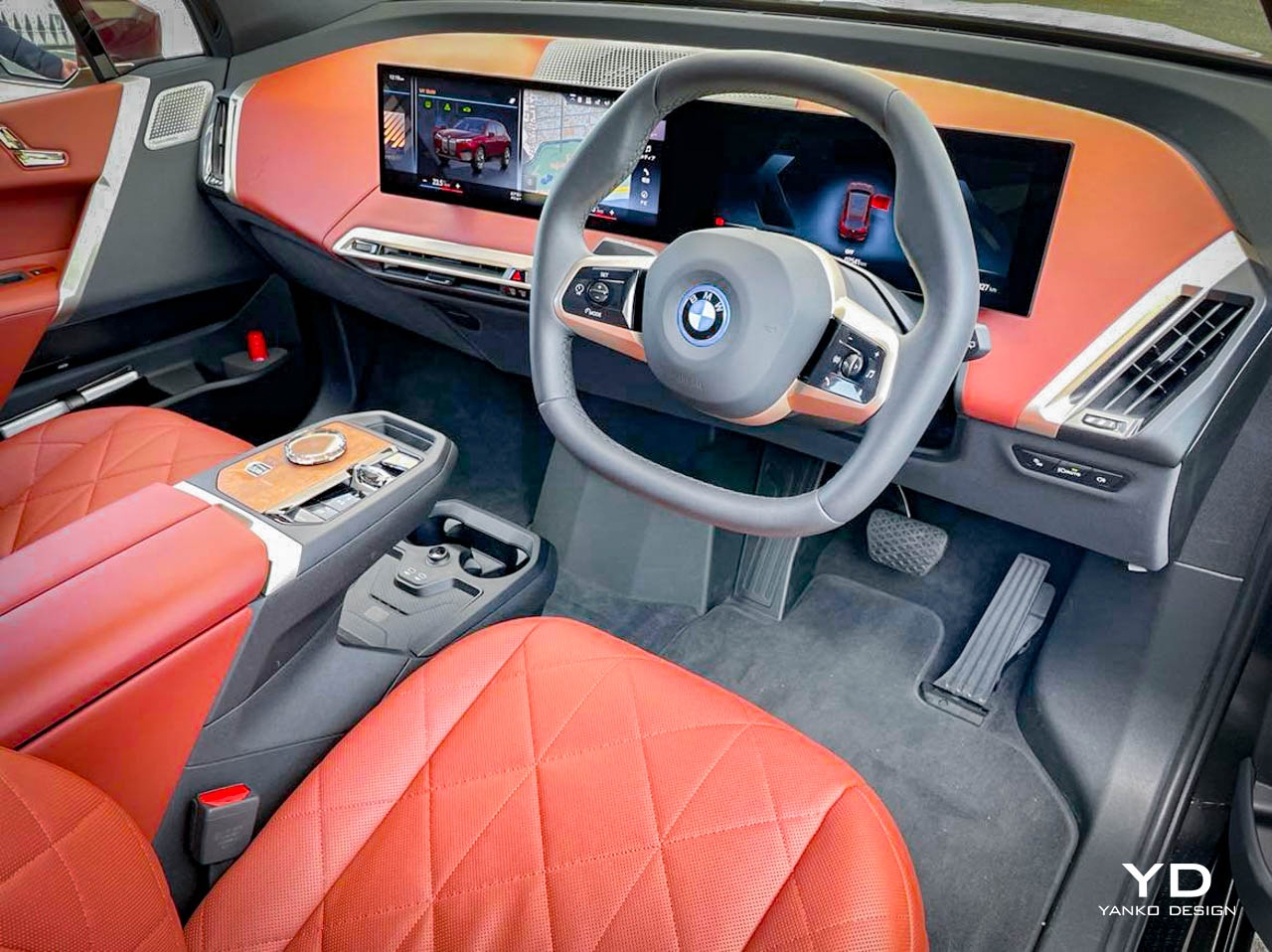
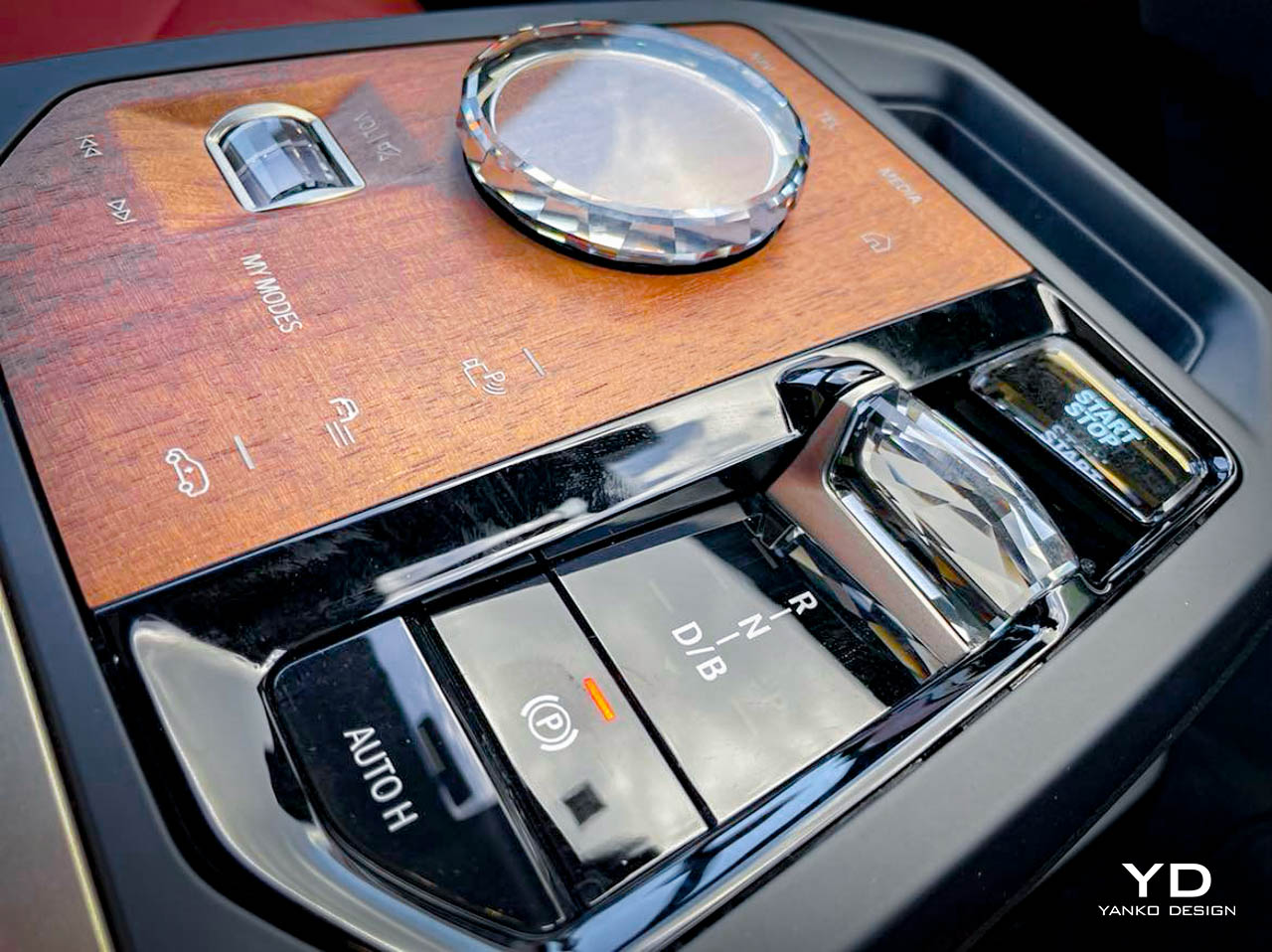
What’s it like on the road? There are two versions of the iX — the entry-level iX xDrive40 and the flagship iX xDrive 50, which we are testing. Both cars a very similar with 4WD, the main difference being the size of the battery packs, the power of the electric motors, and the amount of range.
Two electric motors and a dual-motor system provide all-wheel-drive through a gutsy 516 horsepower powertrain. It will jump from zero to 60-mph in 4.2 seconds and a top speed of 124-mph. This version packs a large 106.3-kWh battery pack that BMW says will deliver over 300 miles of range, and from the time we spent in the car, our estimates put that car’s real world range at around that figure. 200-kW DC fast-charging capability is standard and the iX can gain more than 75 miles of range in 10 minutes, or can be topped up using a quick charger from 10% to 80% takes around 30 minutes.
The first thing you notice about the driving experience is just how comfortable and quiet this car is. Of course, BEVs are generally quiet, as they don’t have gasoline engines, but the iX is a level above the rest. We could hardly hear any noise at all traveling at normal city traffic speeds, perhaps just the faintest of tire and wind noise and maybe a slight whir of the electric motors, but that’s about it. The air suspension, which comes as standard, is perfectly set up for this rather heavy 5,380 lbs SUV, delivering a buttery-smooth ride across most surfaces. Even on twisty roads, the instantaneous acceleration and pinpoint steering make this big, heavy SUV feel smaller than it is. Brakes are strong too with beefy six-piston calipers and large rotors offering ample stopping power.
As you’d expect the iX also comes with the latest safety features including autonomous emergency braking, parking sensors, automatic high beam headlights, and lane-keep assist systems. It also comes standard with a 655W, 18-speaker Harmon Kardon Surround Sound System or an optional Bowers & Wilkins Diamond Surround Sound system packing 30-speakers and 1,615 watts with a 4D function that vibrates speakers in the seats.
Pricing and Options
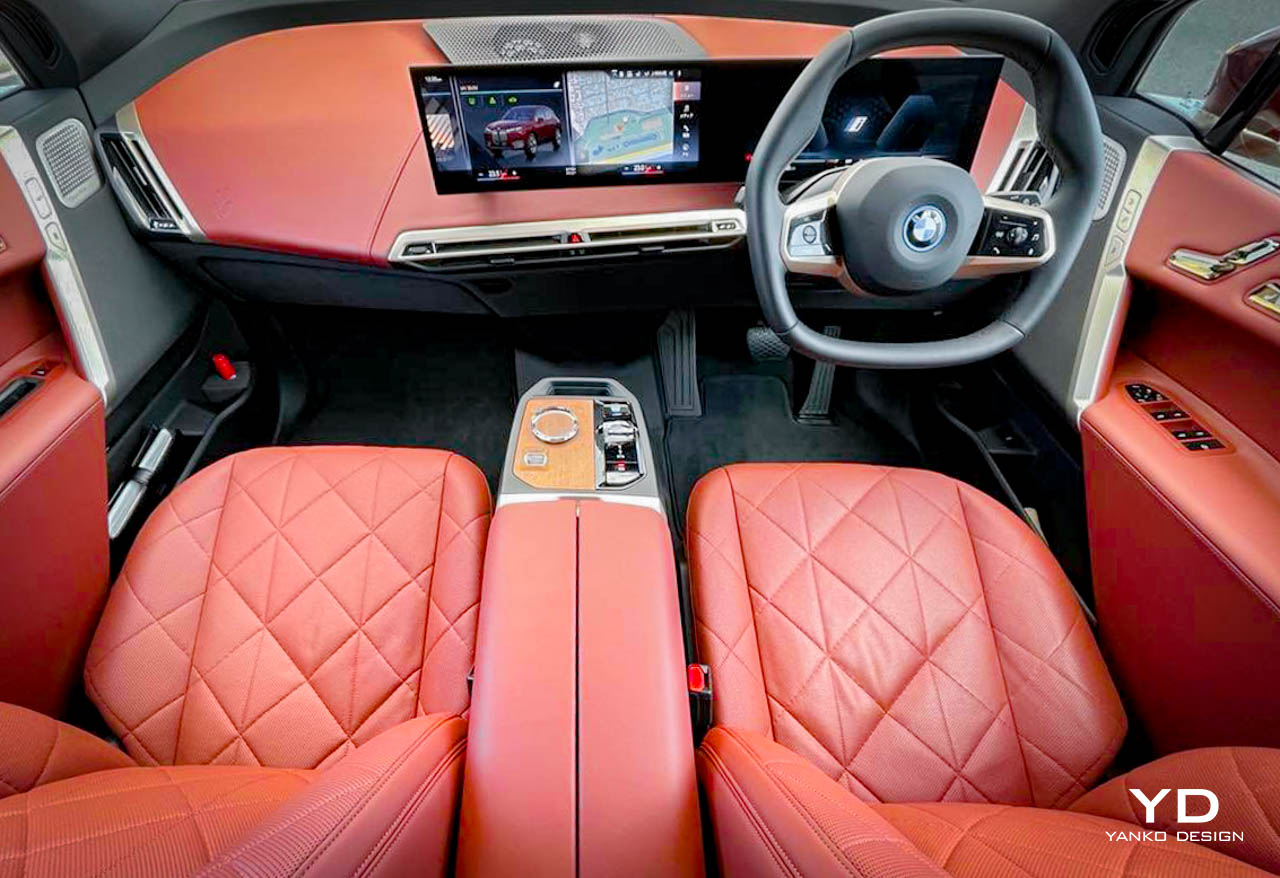
Pricing according to BMW will start at $84,195 in the U.S. However as prices for options were not available at the time of publishing, we are giving readers a reference of option pricing in Japan. The base xDrive50 starts at 11.16 million yen in Japan although our test car, with options, was priced at 13.89 million yen. In Tokyo, where I’m based, buyers can add the following options that will push the price up to 13.89 million yen. For the Aventurine Red metallic paint, you’ll pay 310,000 yen, 650,000 yen for the Lounge Package (including the special sunroof), 750,000 yen for the Technology Package, 158,000 yen for the Aerodynamic Wheels, and 220,000 yen for the Sports Package.
BMW has done a truly sensational job with its next-generation iX. If you can live with the grille, have the $85,000 in hand, and you’re looking for the next best thing in luxurious, quick electric transportation, then we highly recommend the iX xDrive50. As far as rivals, the iX really has none at present. Sure there are the Mercedes EQA, Audi e-tron, Jaguar I-Pace, and Tesla Model X, but when it comes to next-generation design, power delivery, ride and comfort levels, and an interior to die for, the iX wins the electric SUV battle hands down. For now, at least.
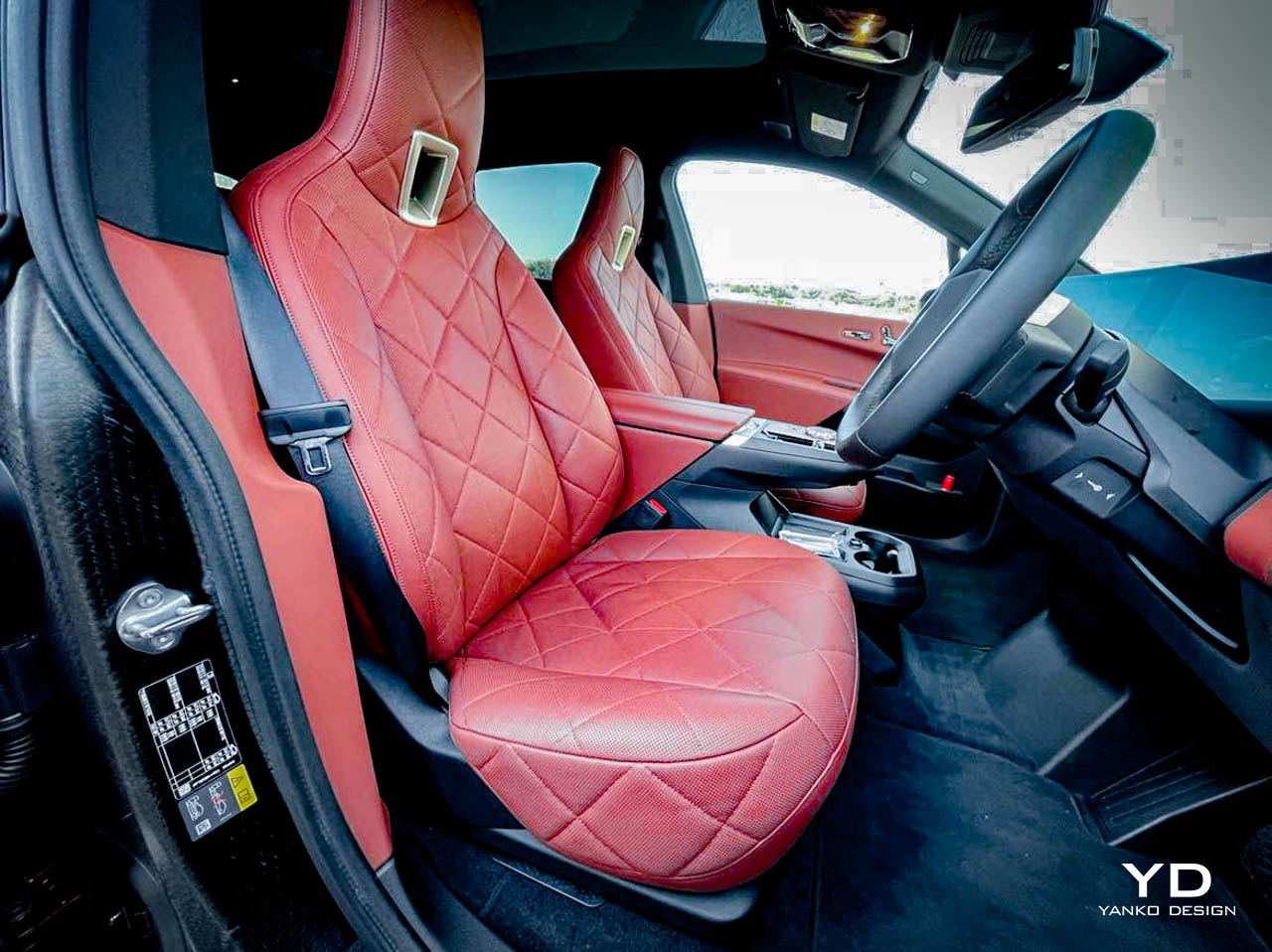
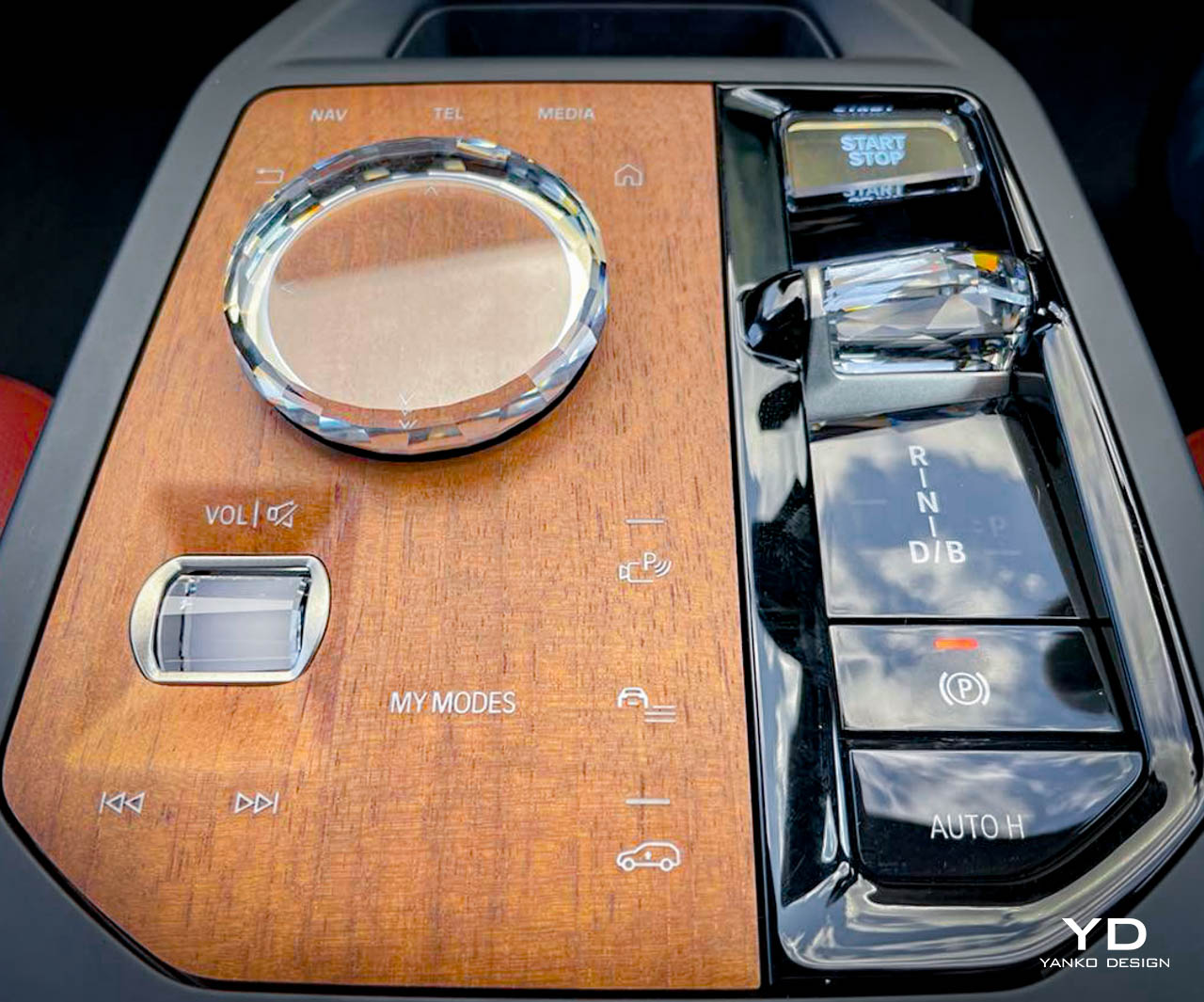
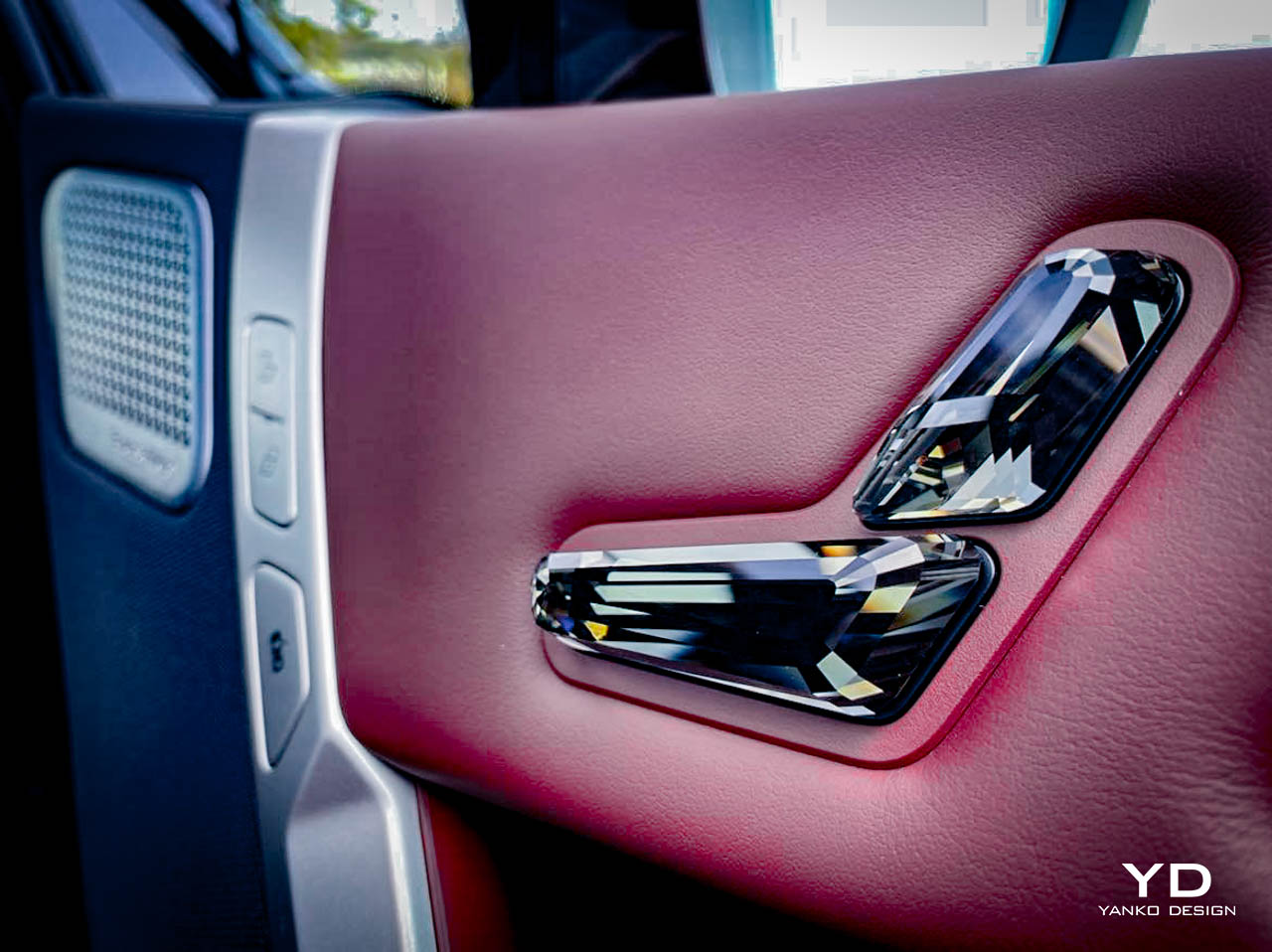
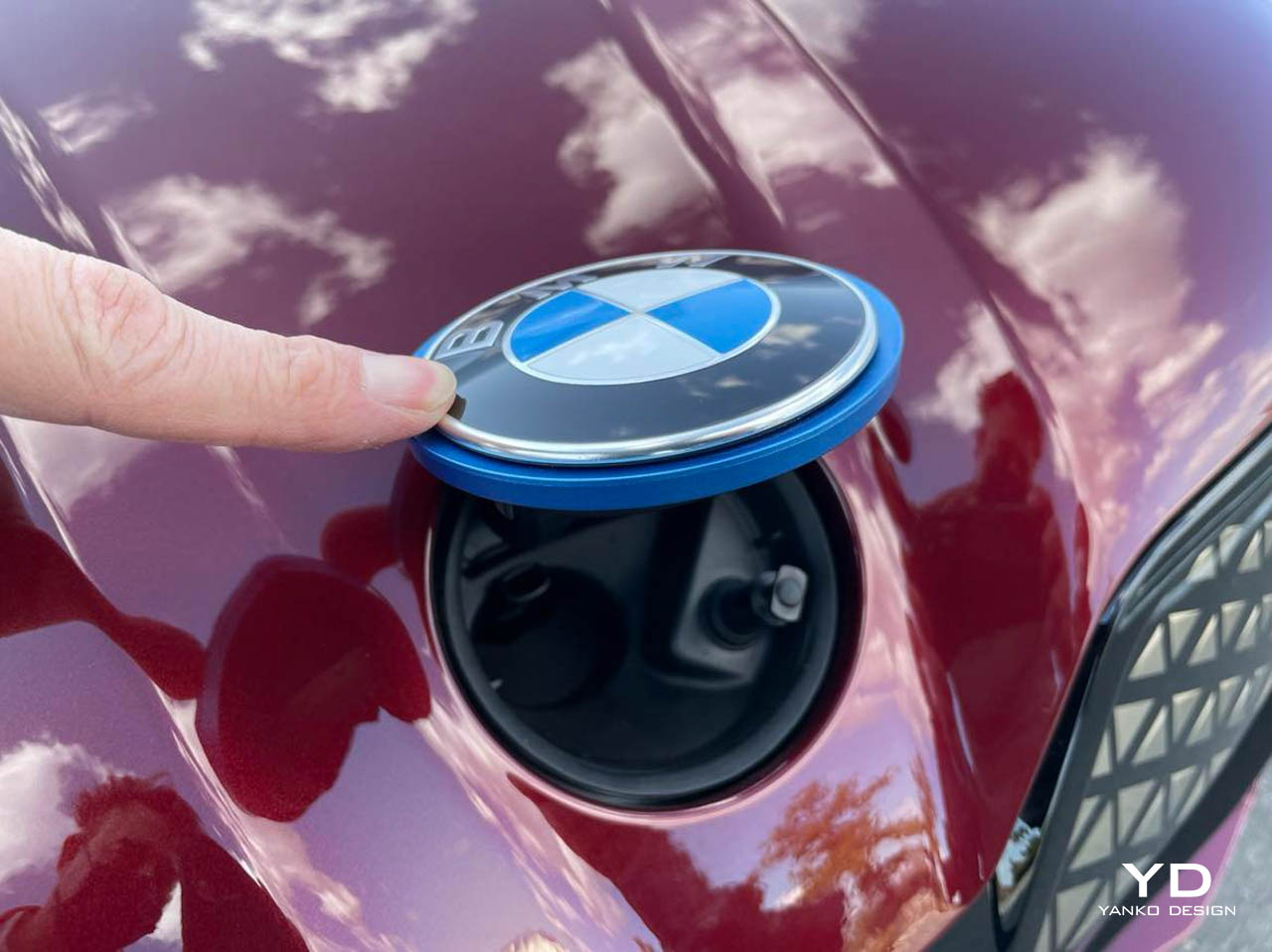
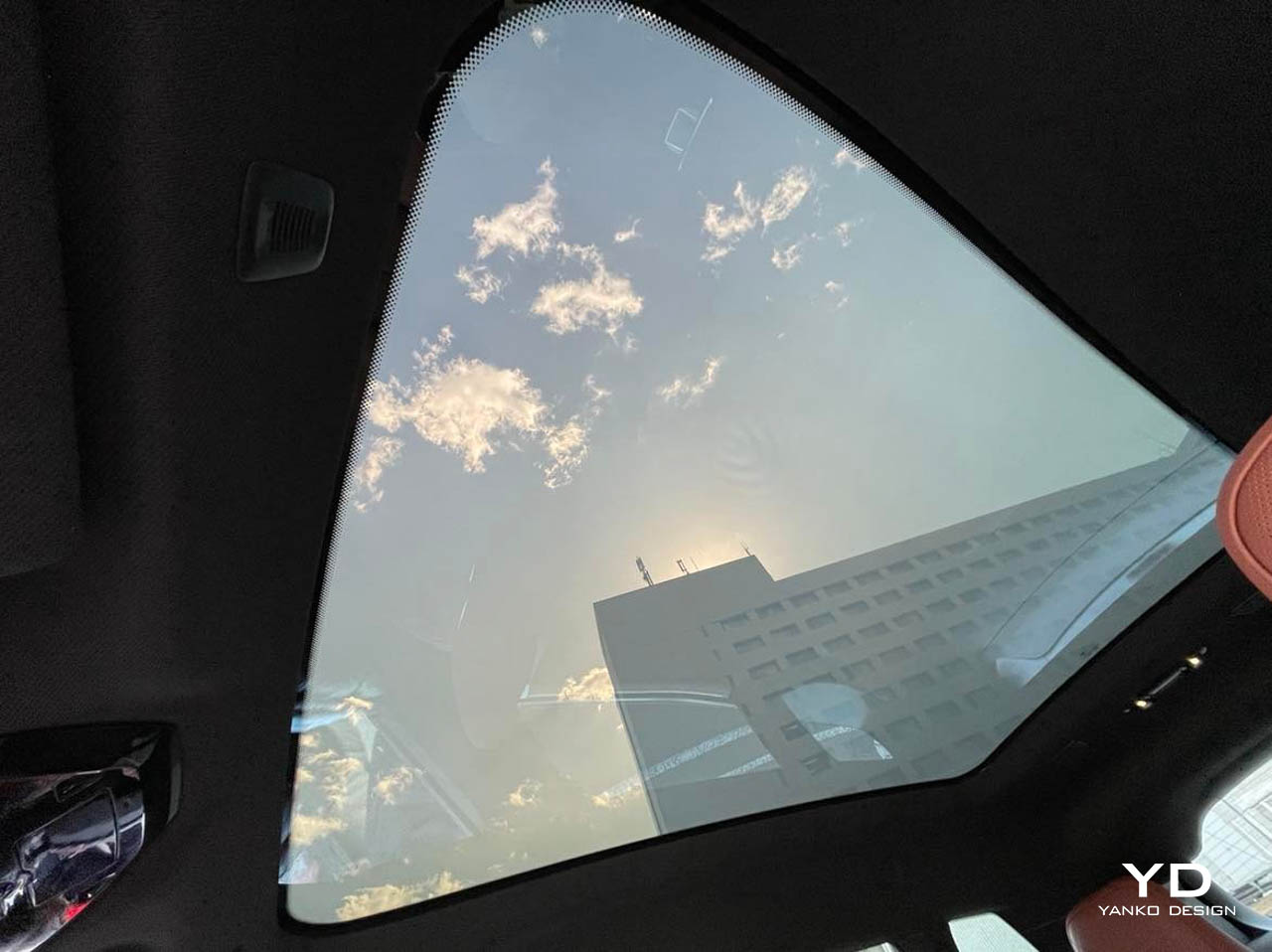
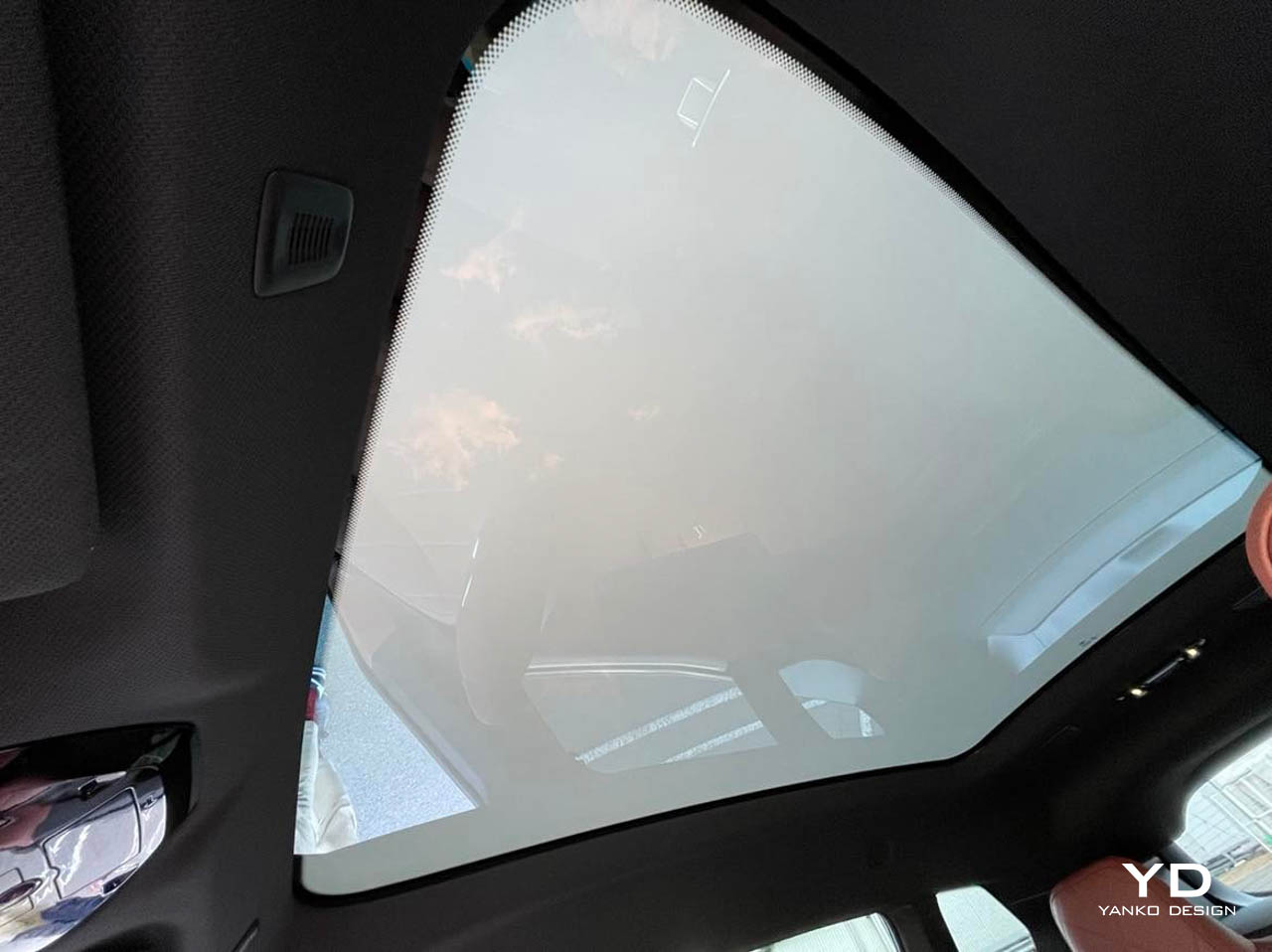
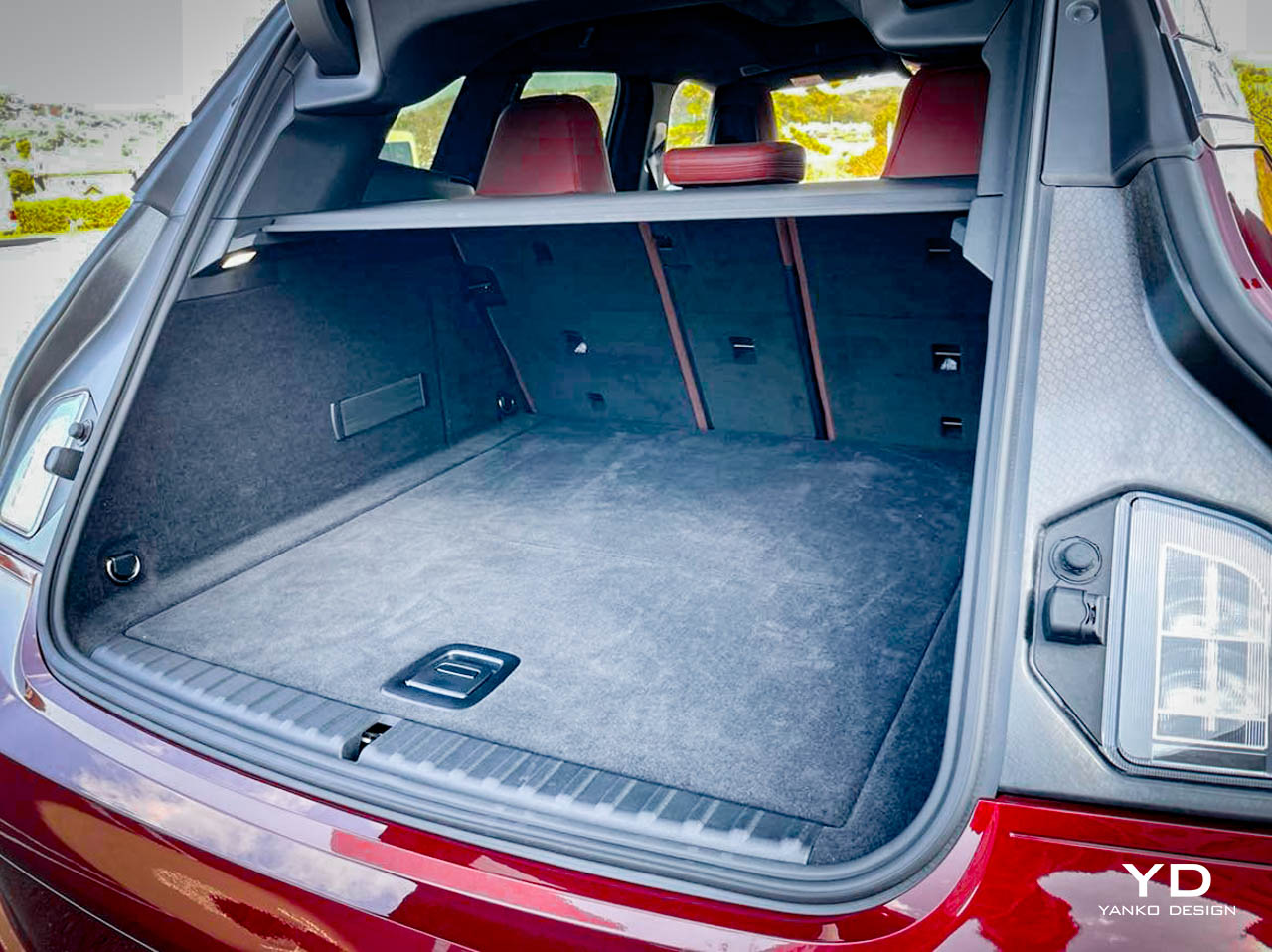
The post BMW iX xDrive50 (electric) REVIEW first appeared on Yanko Design.
